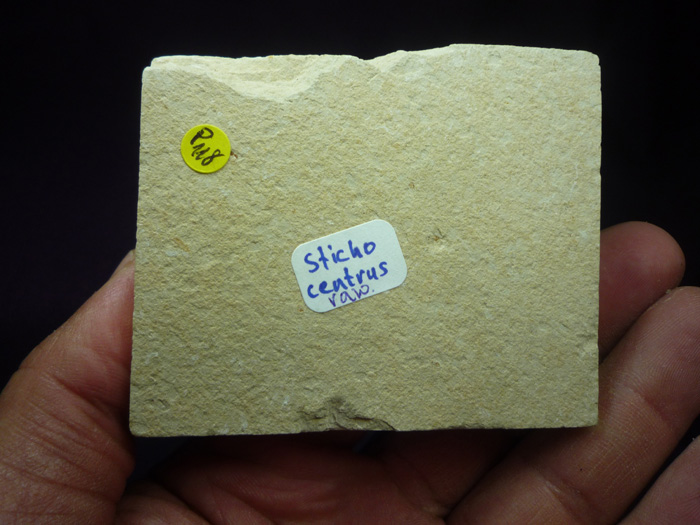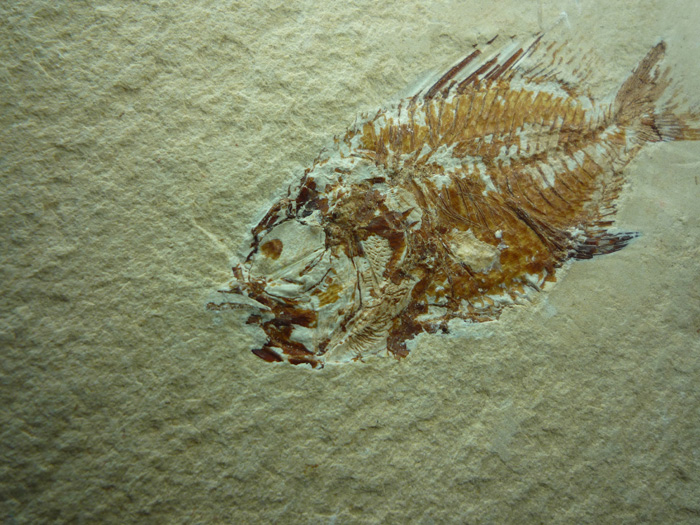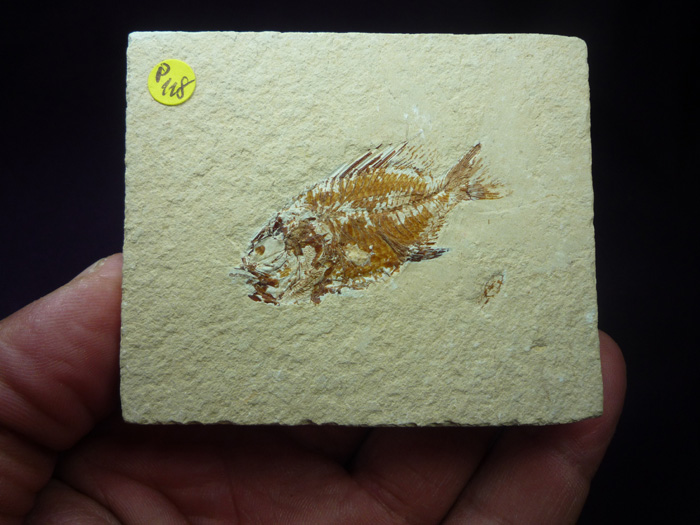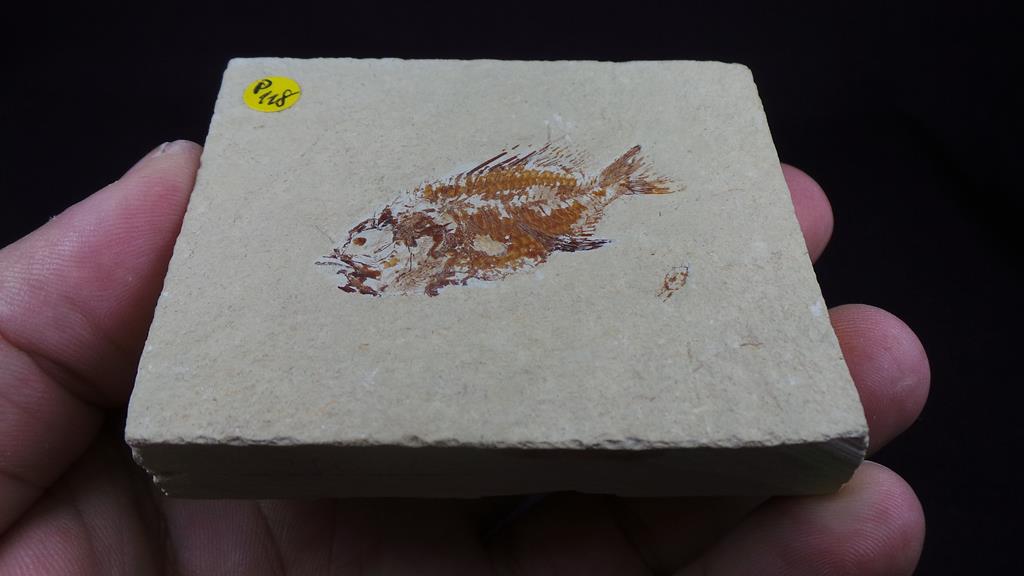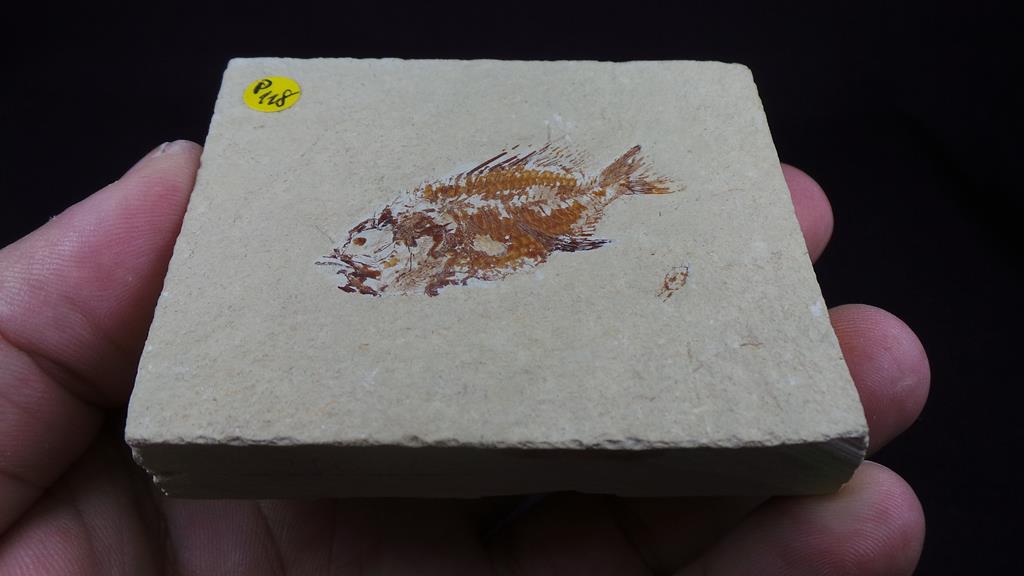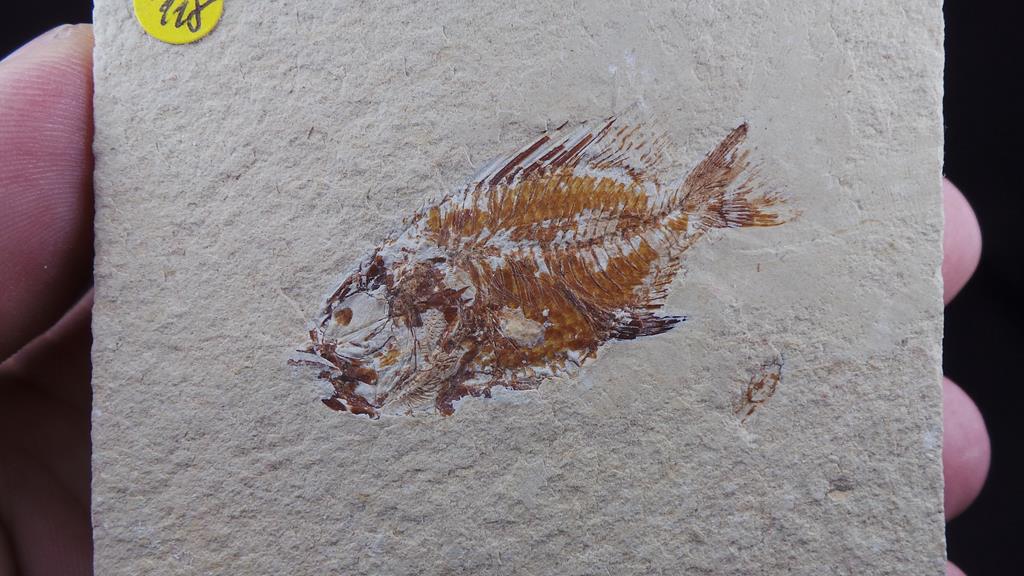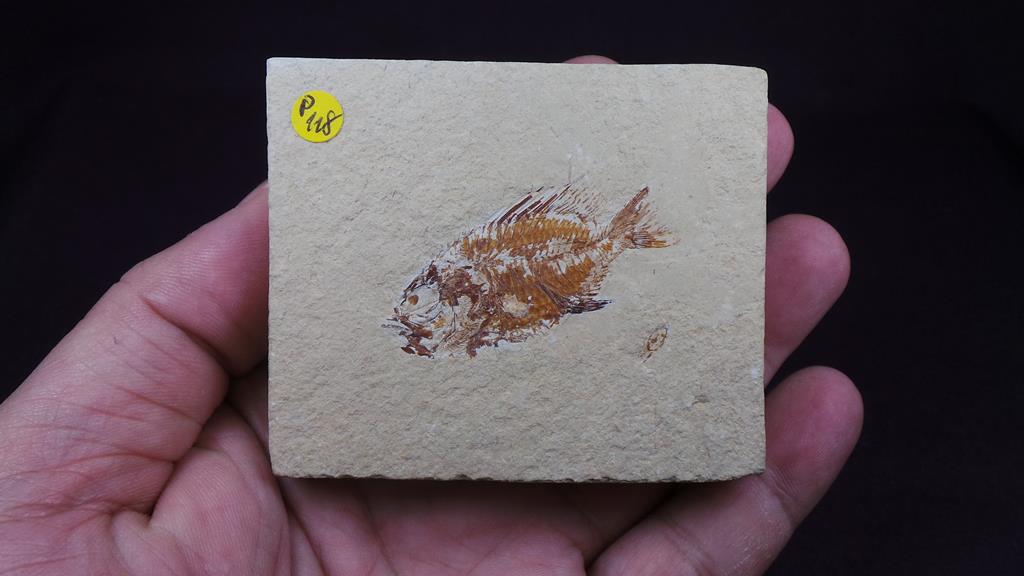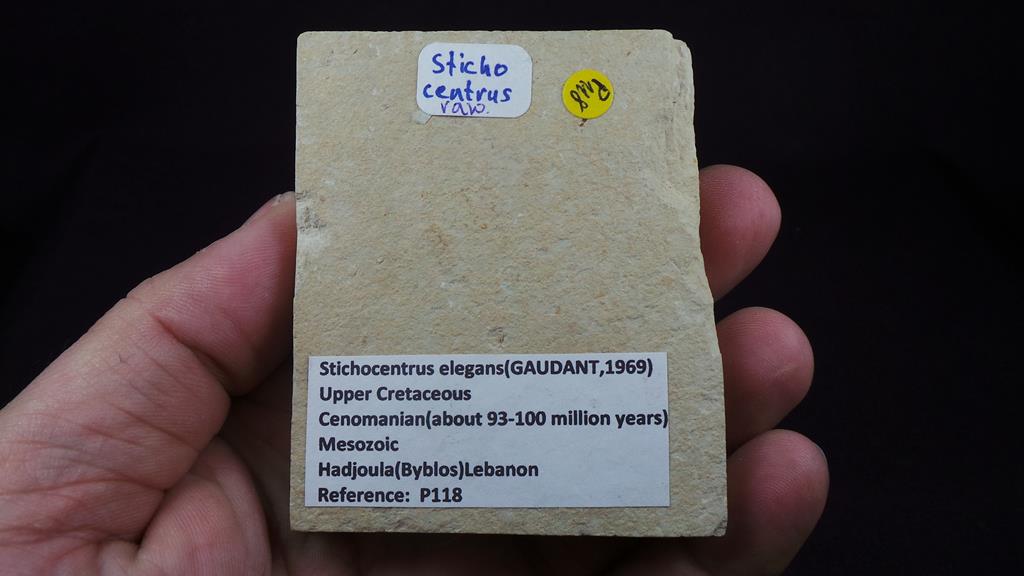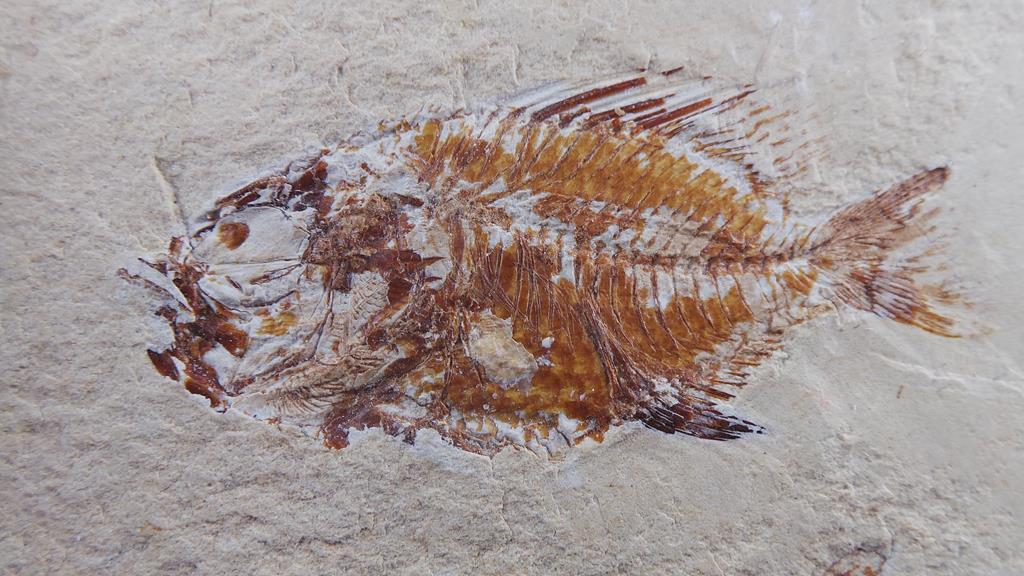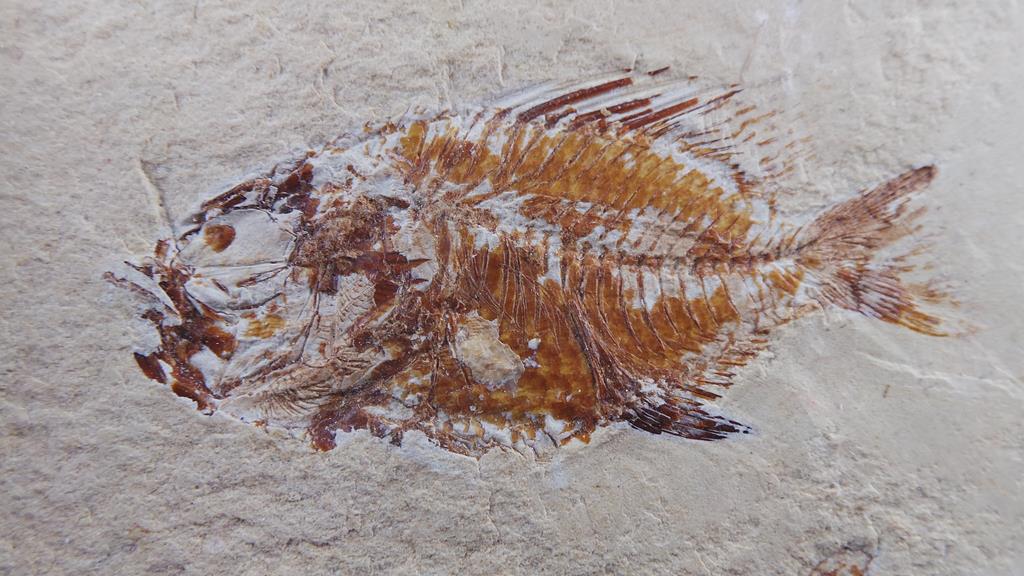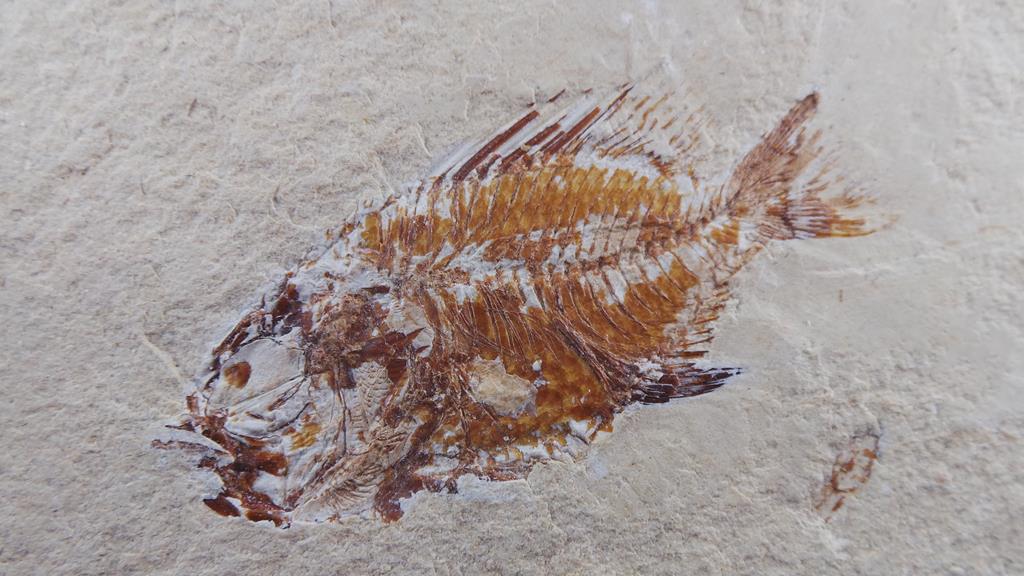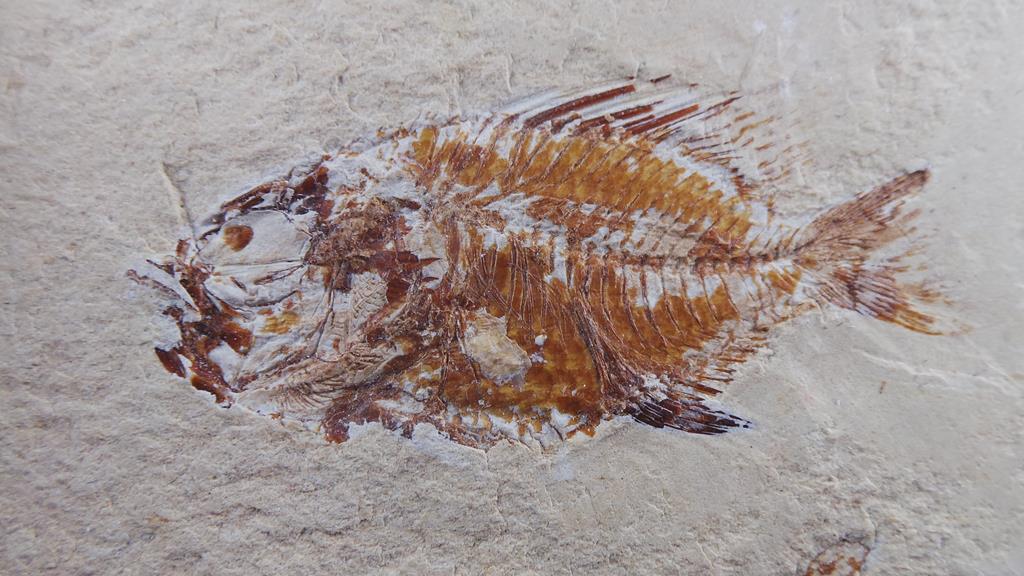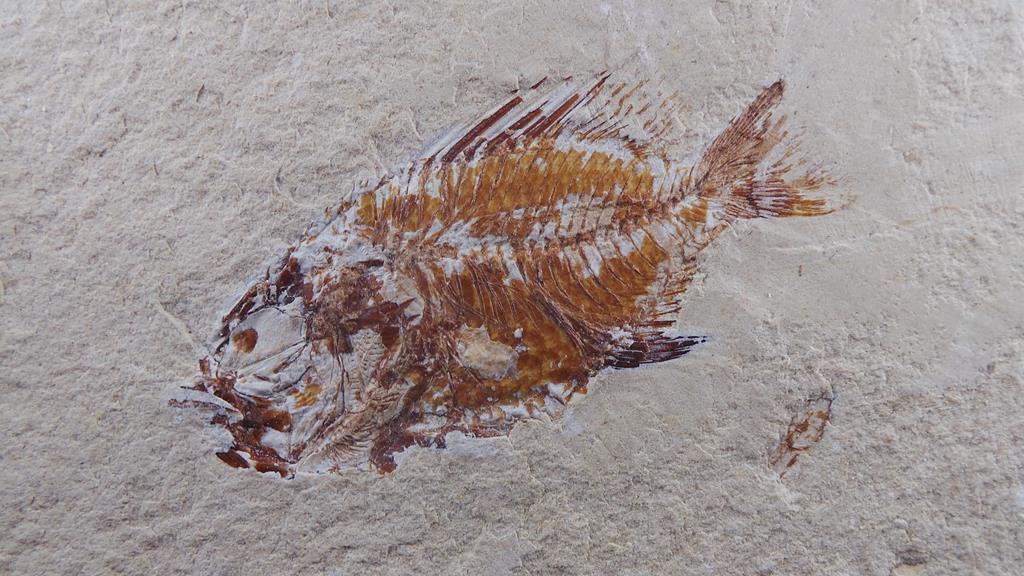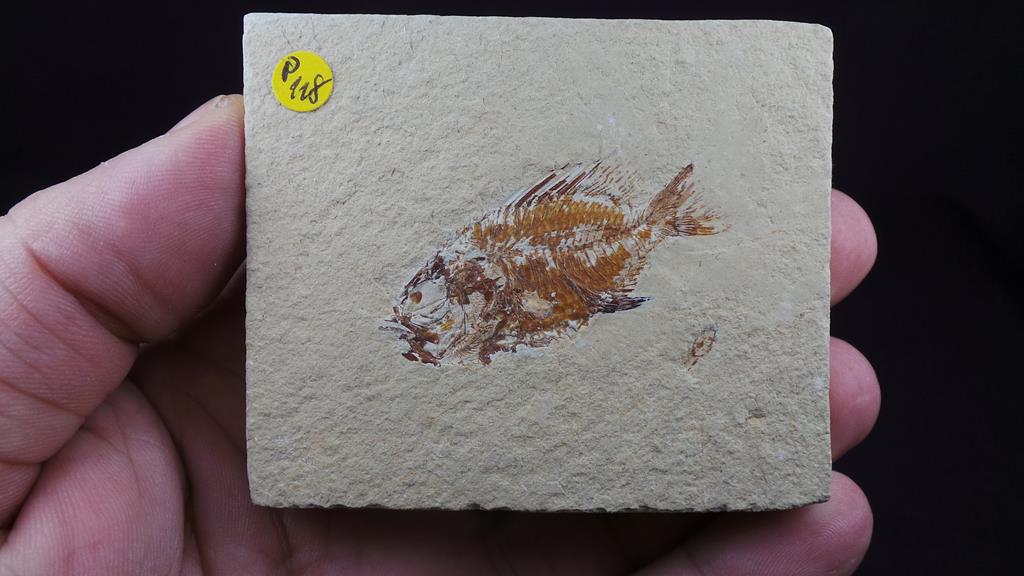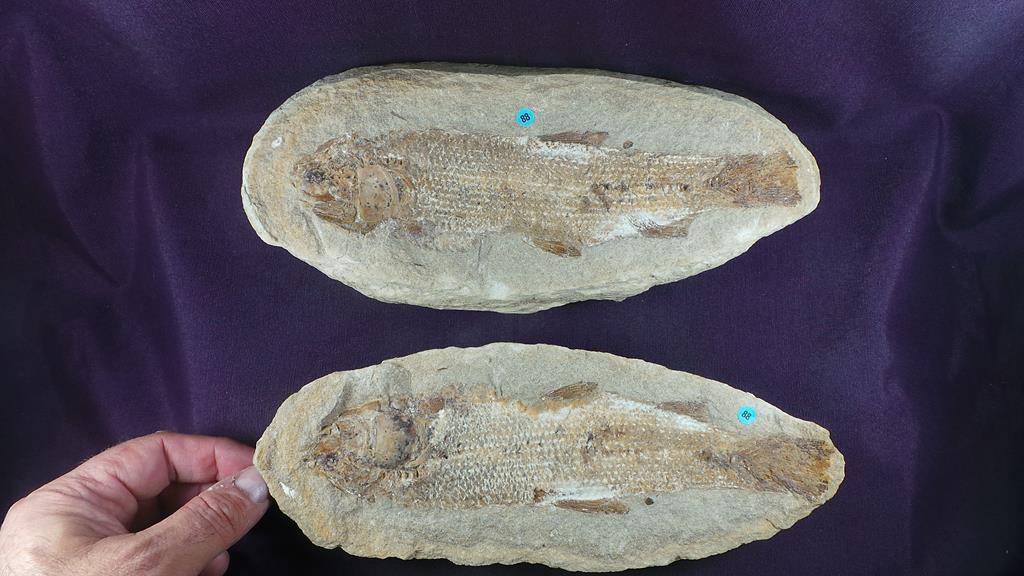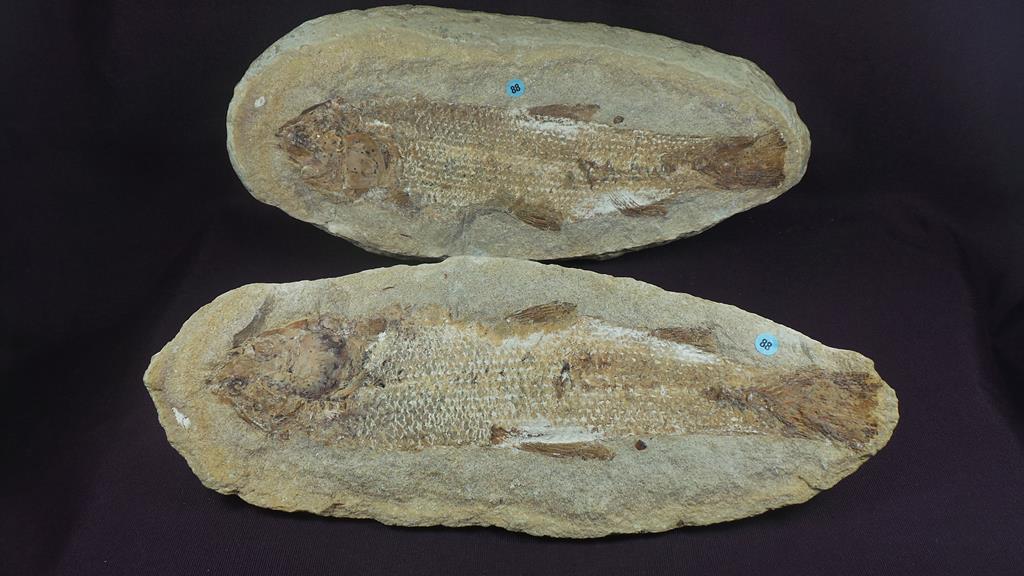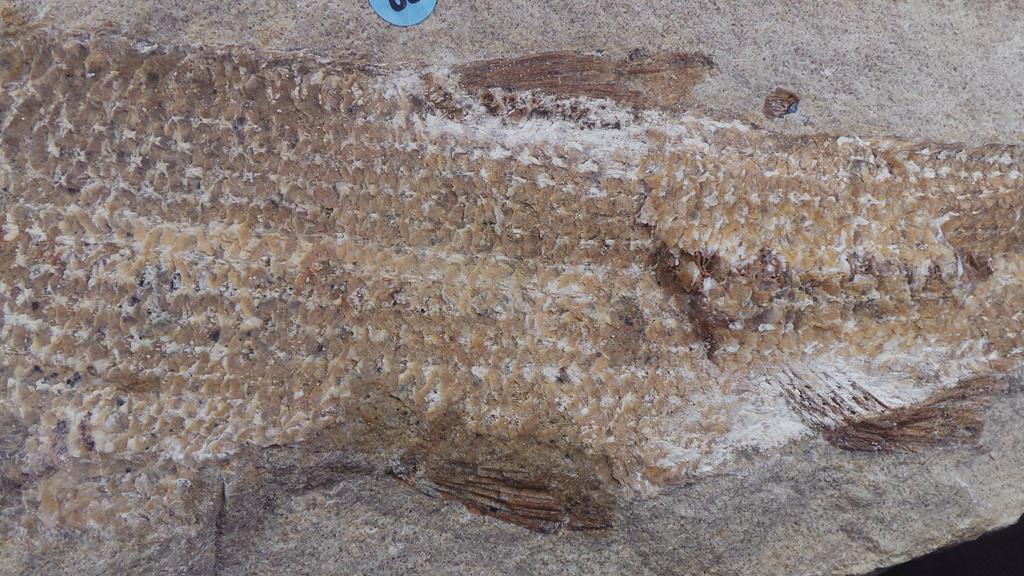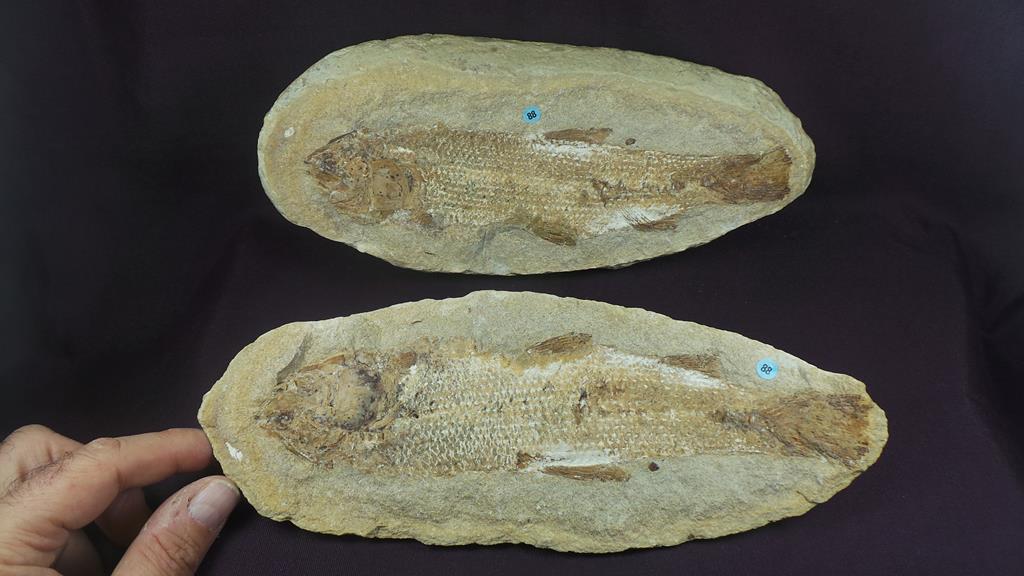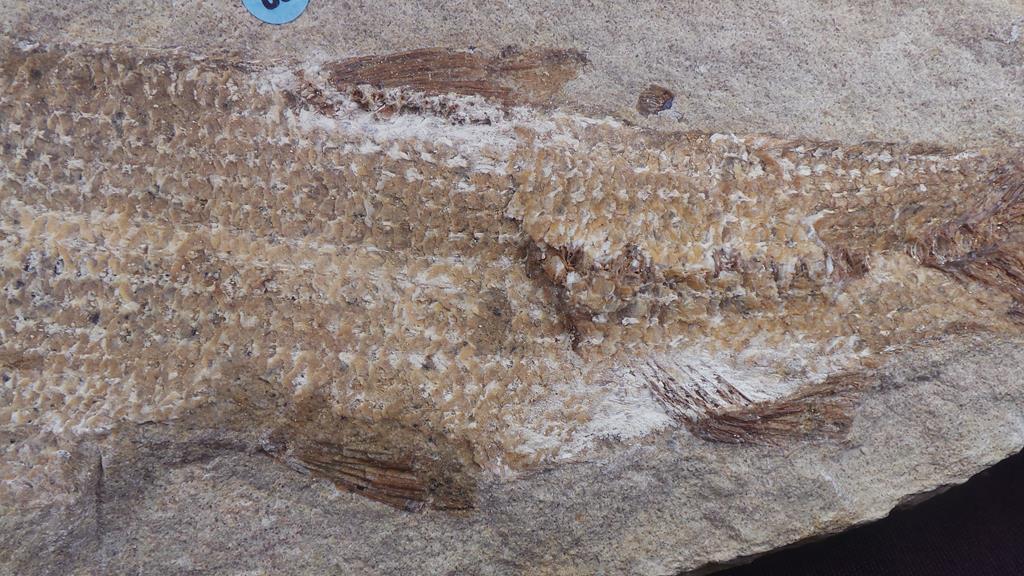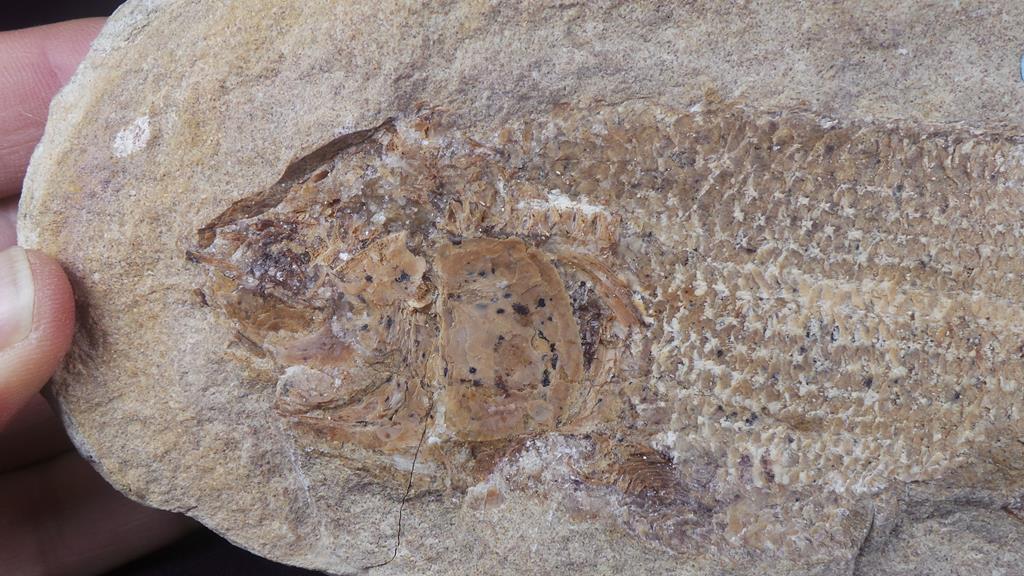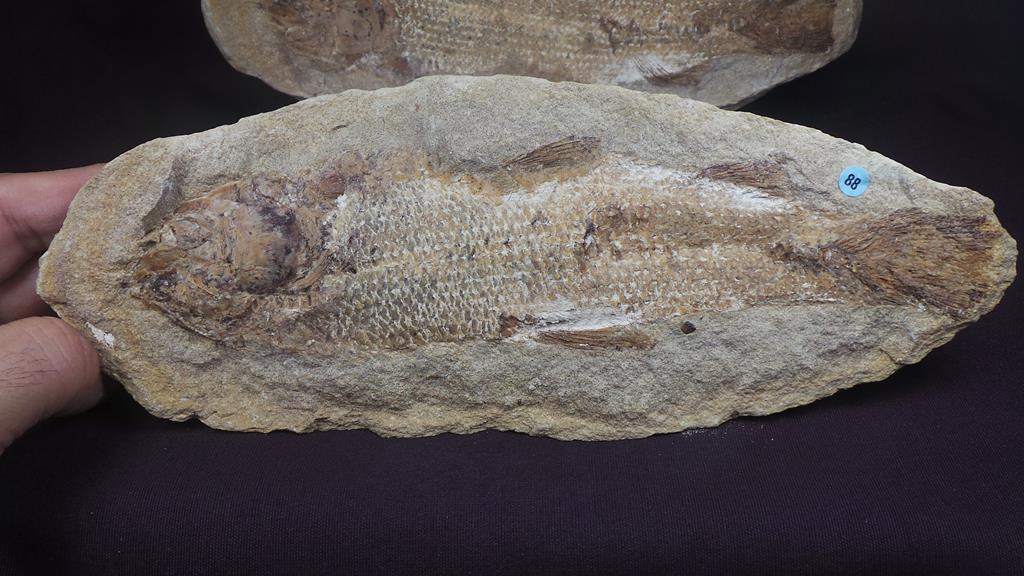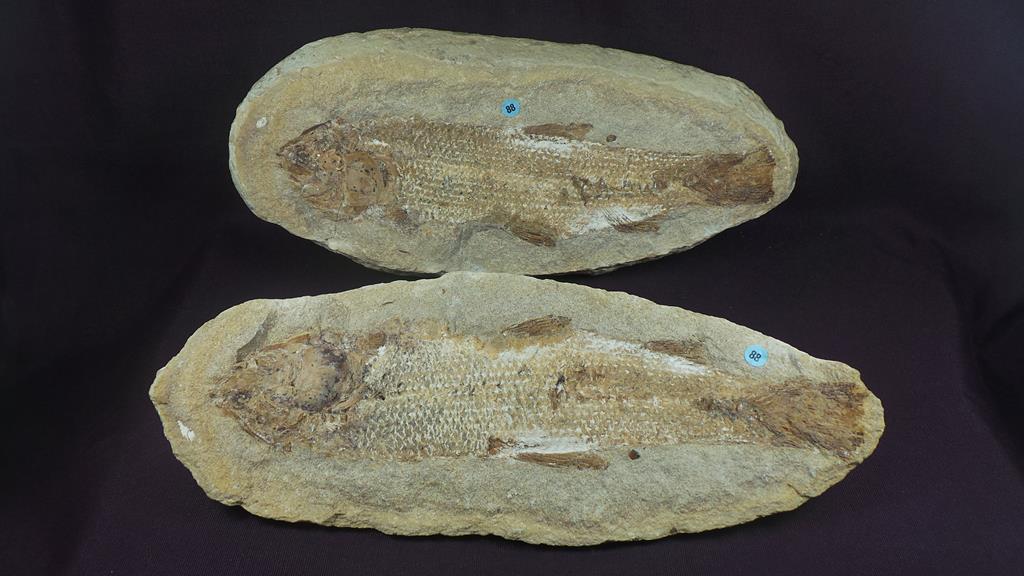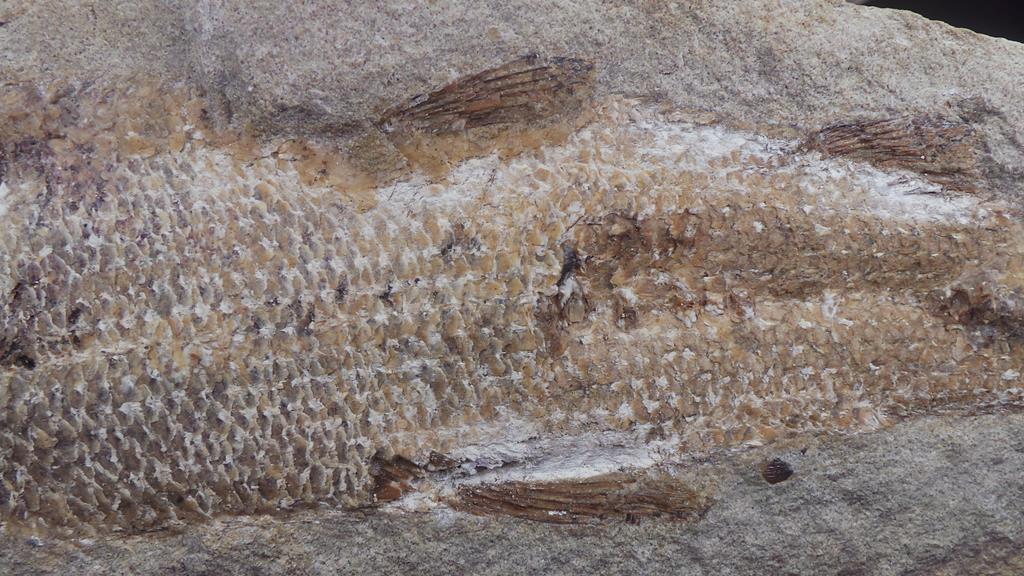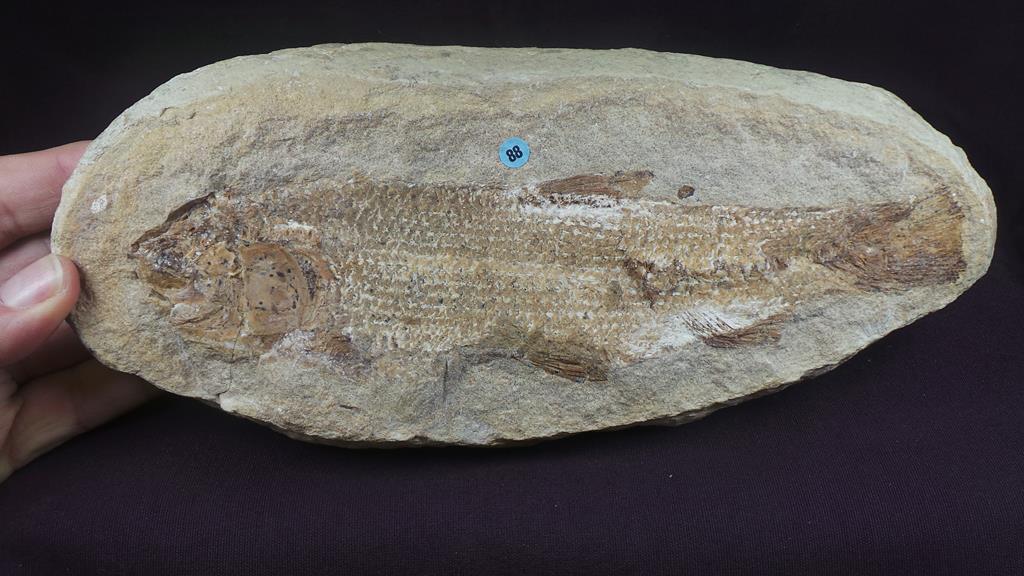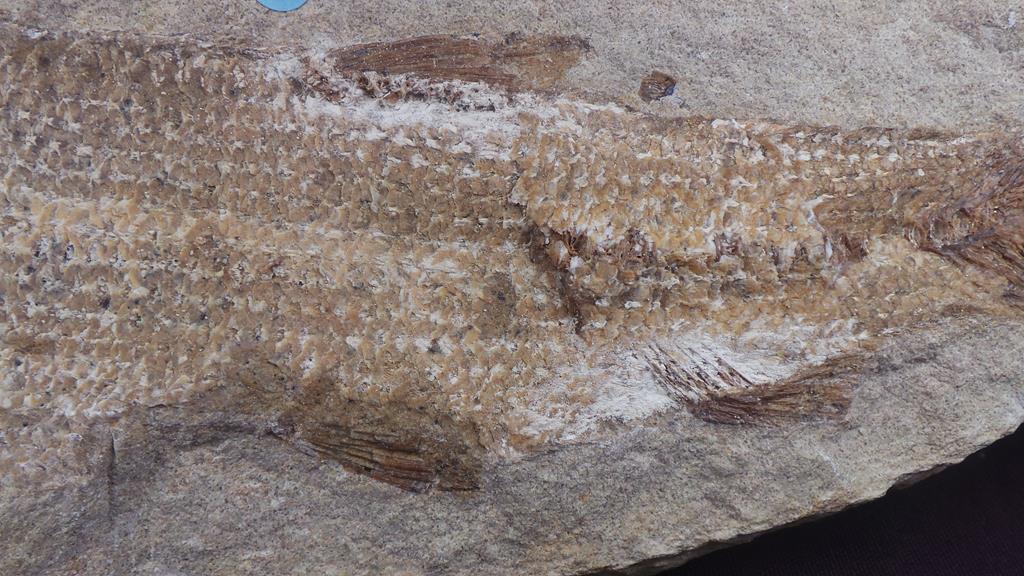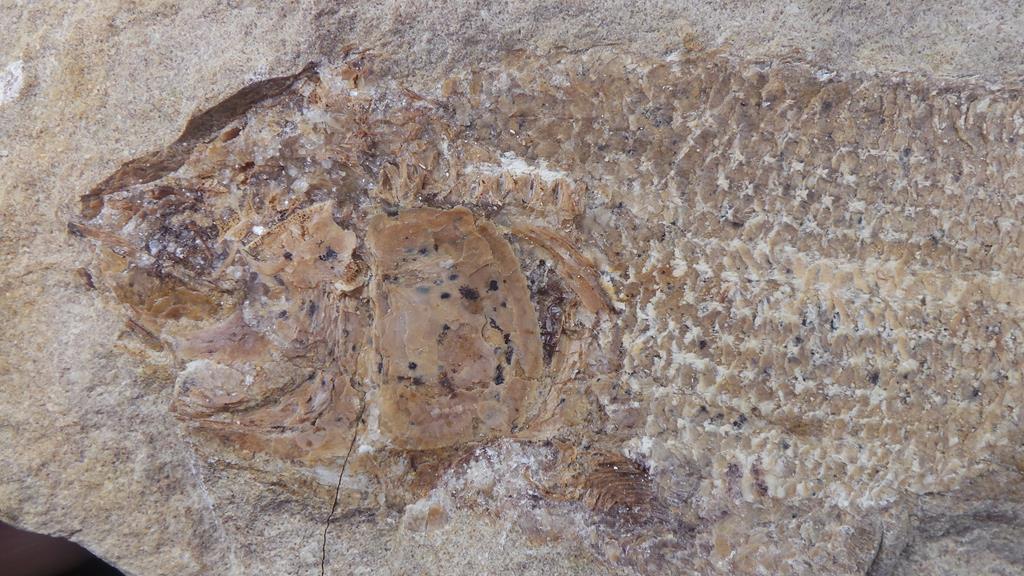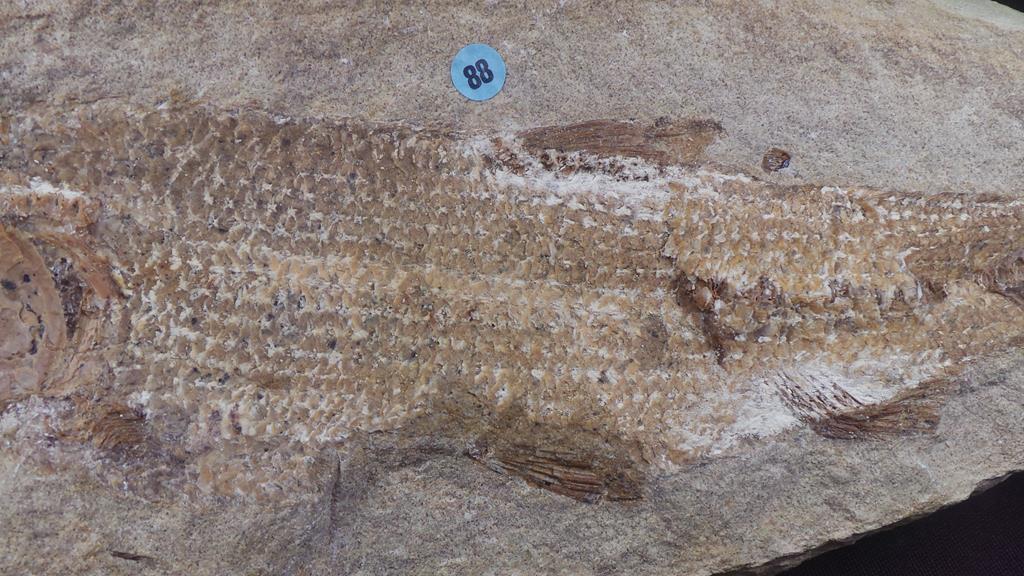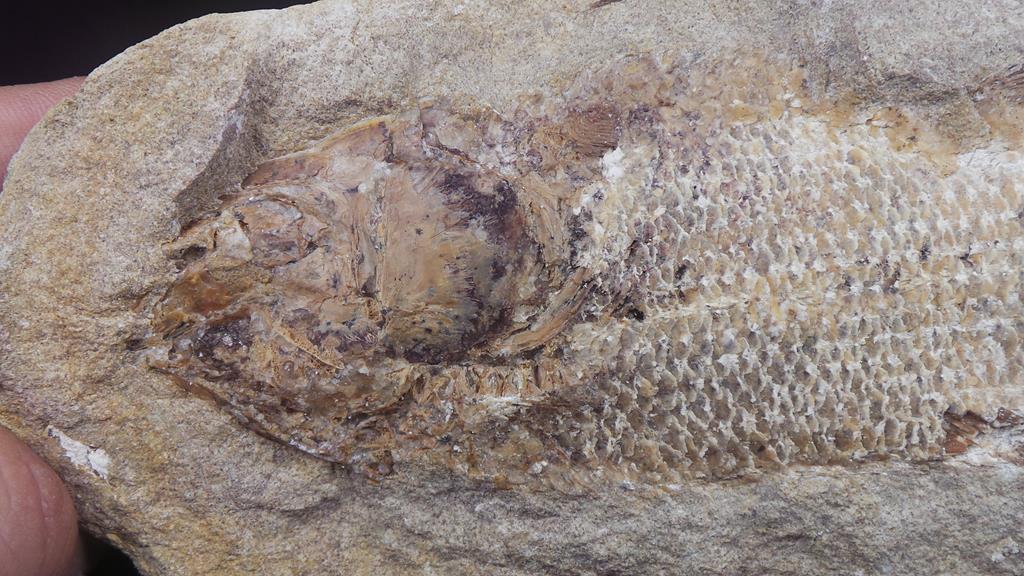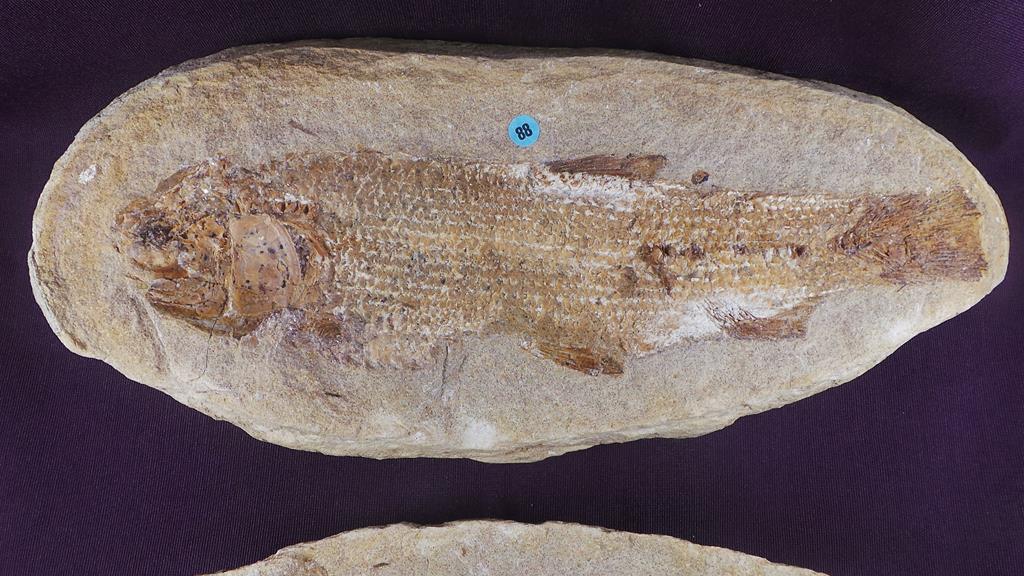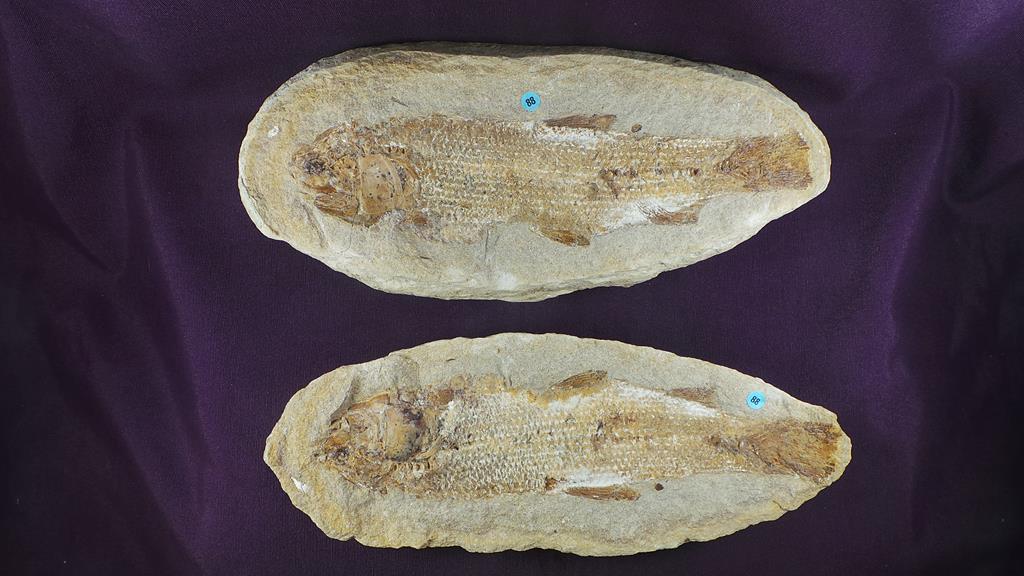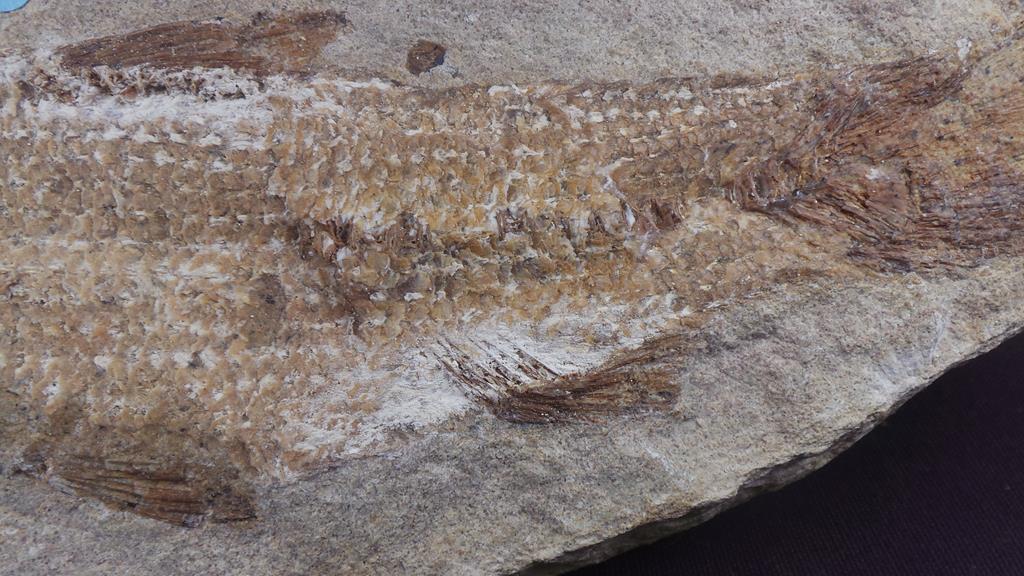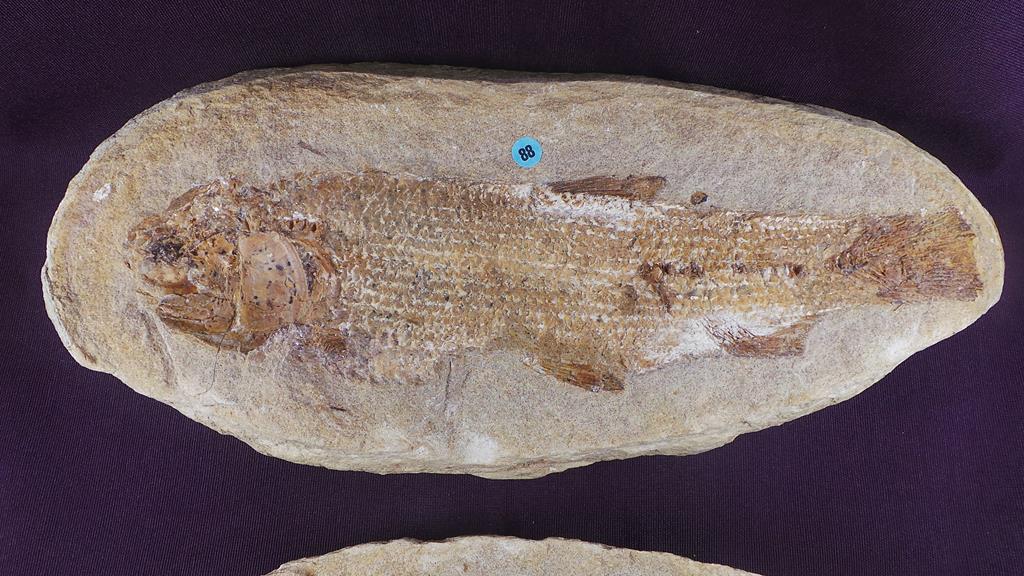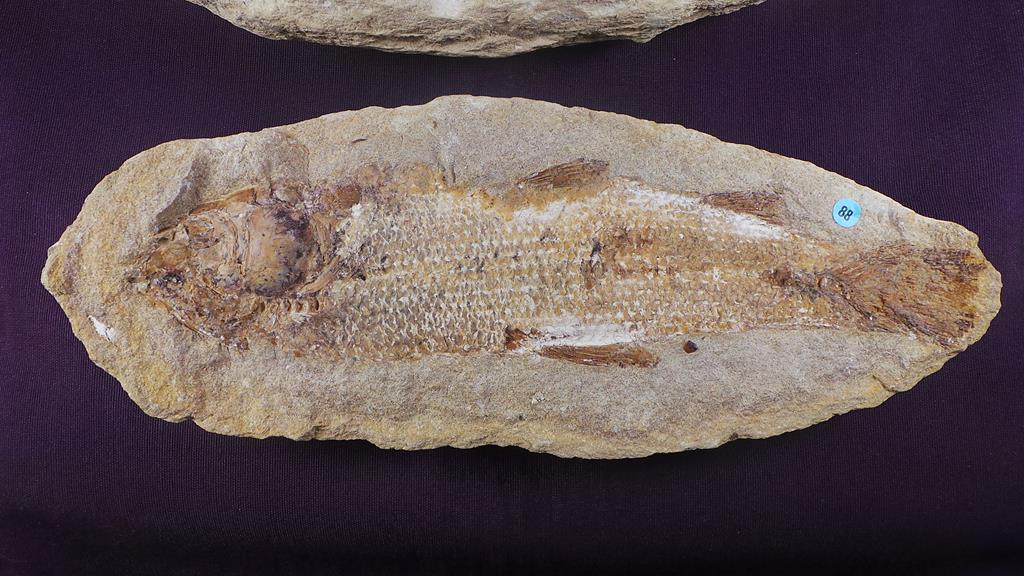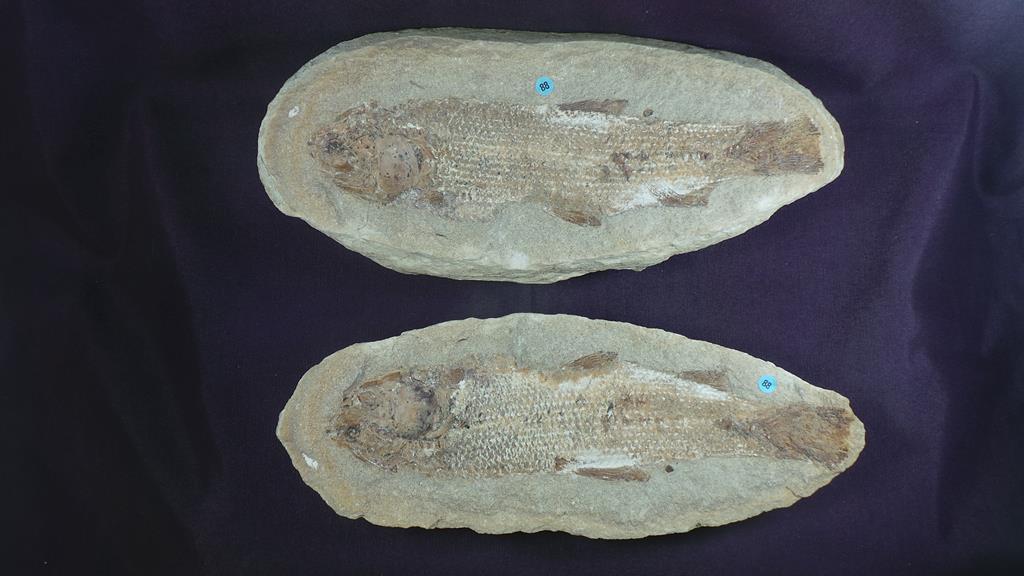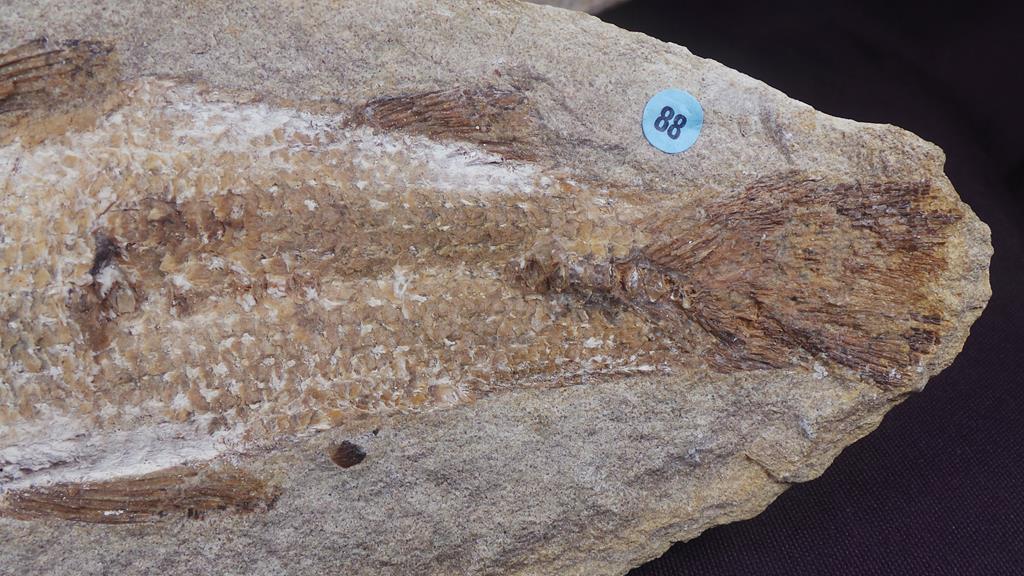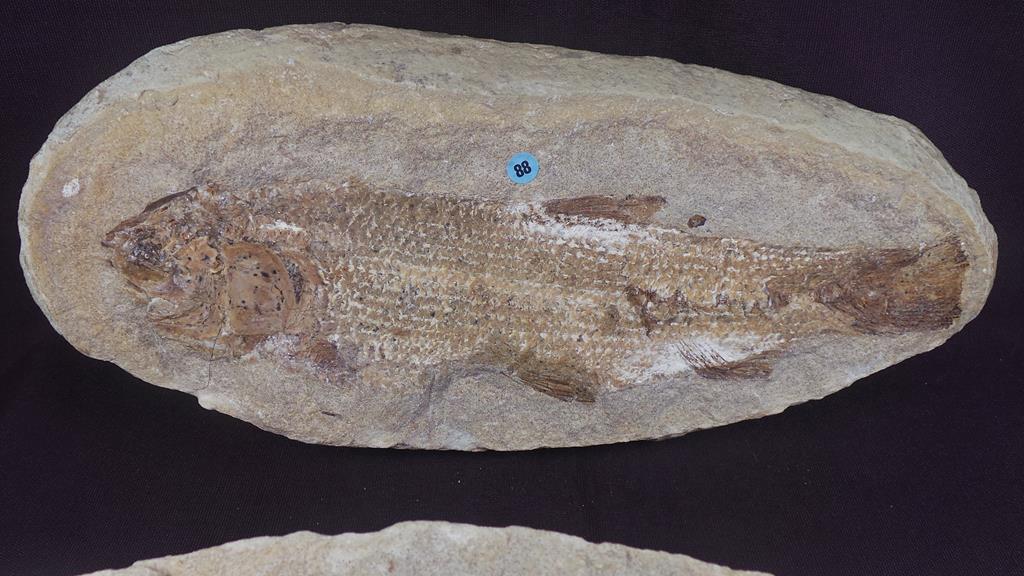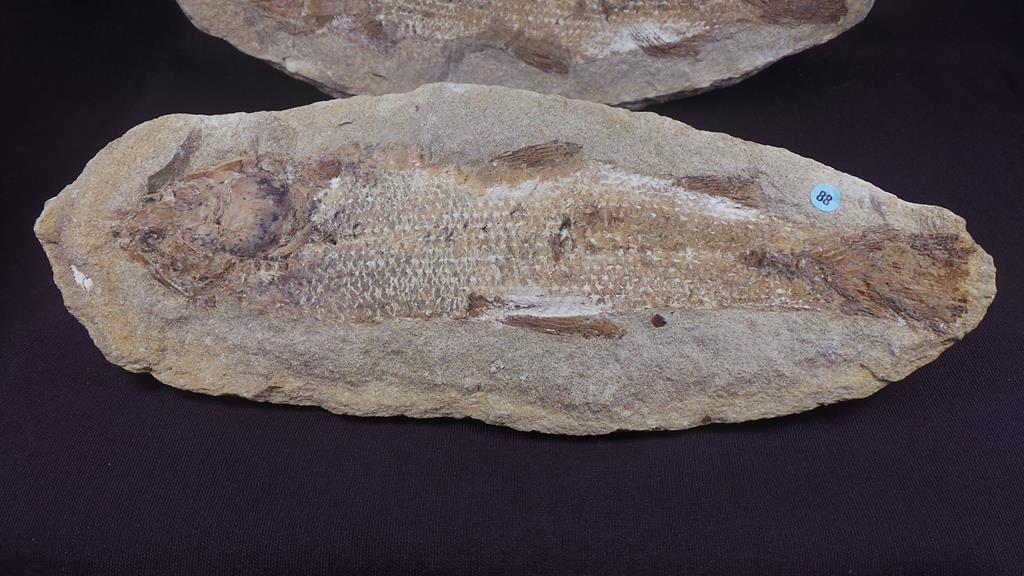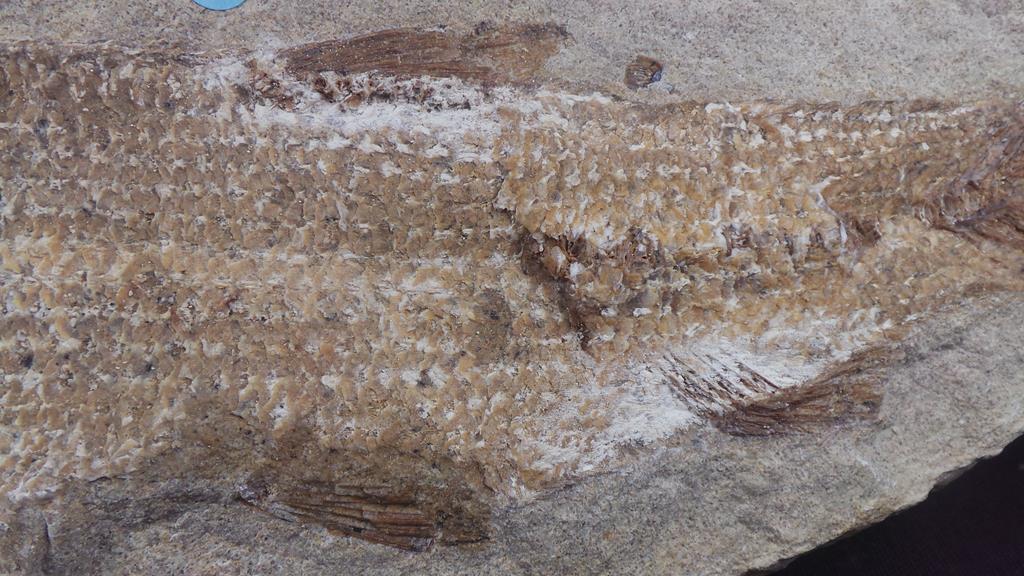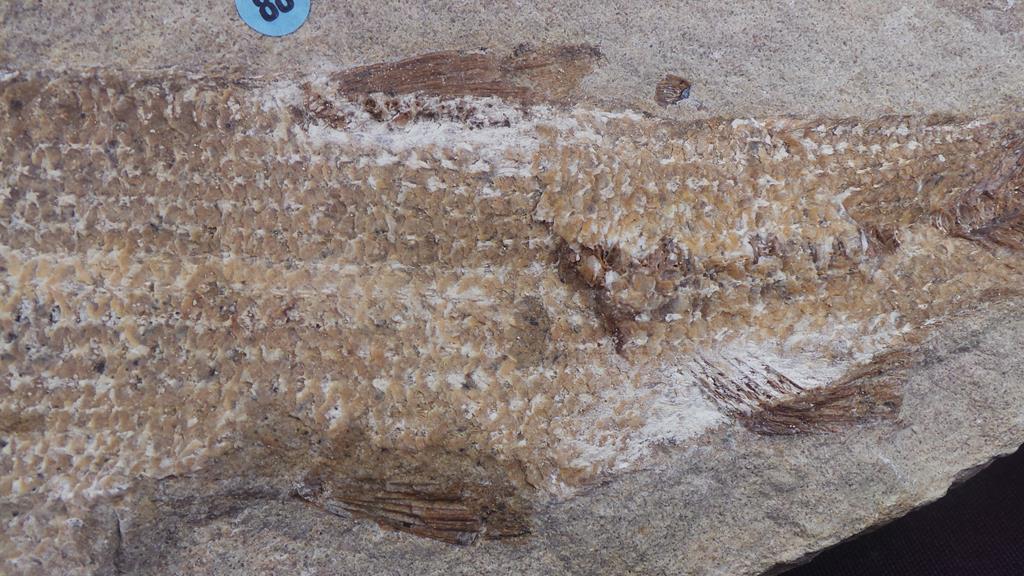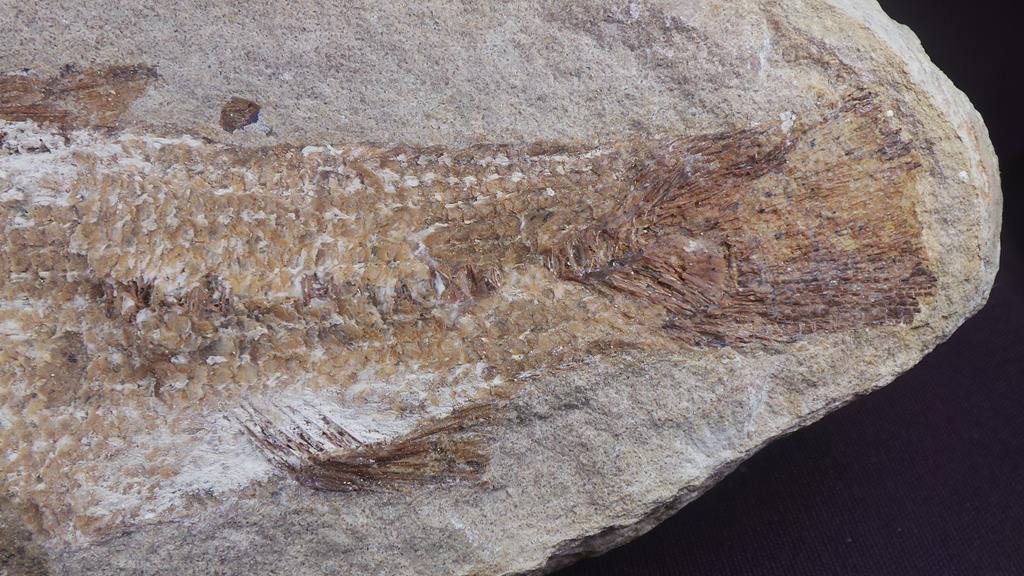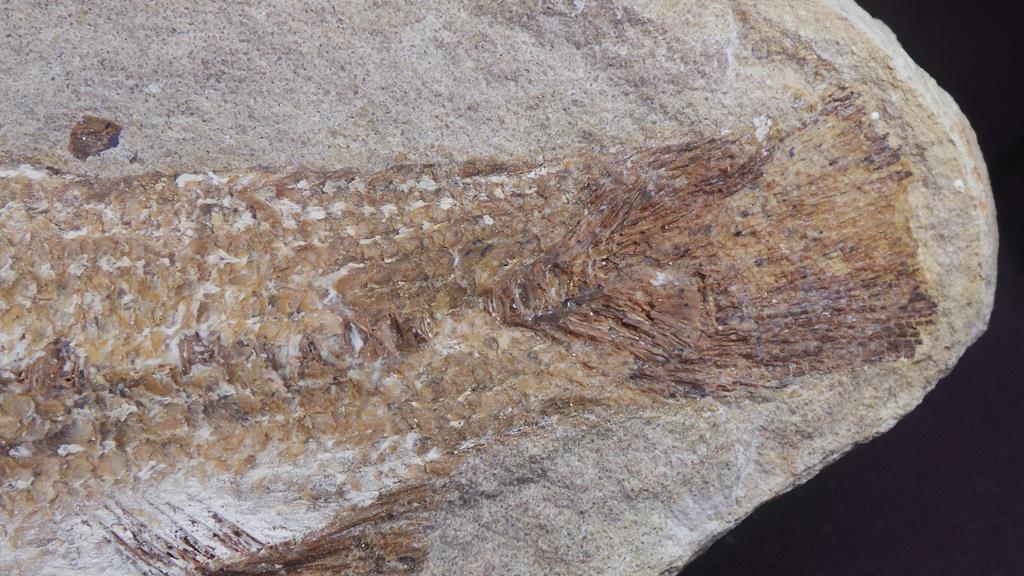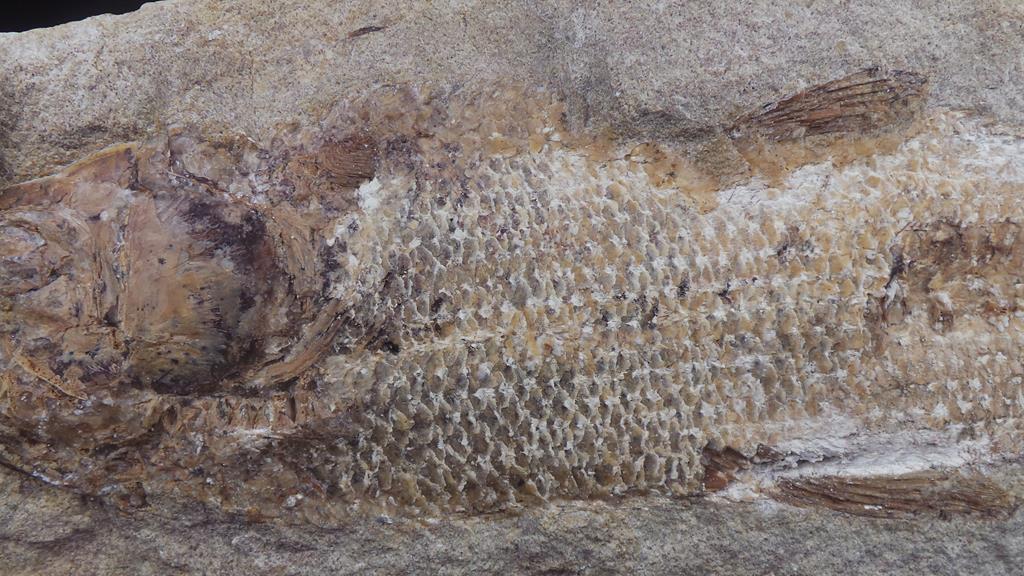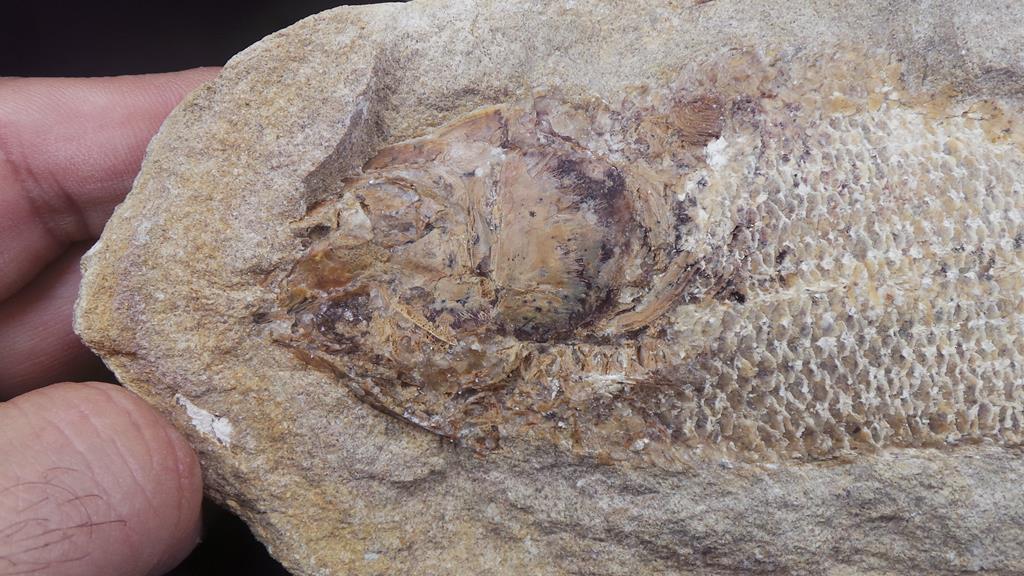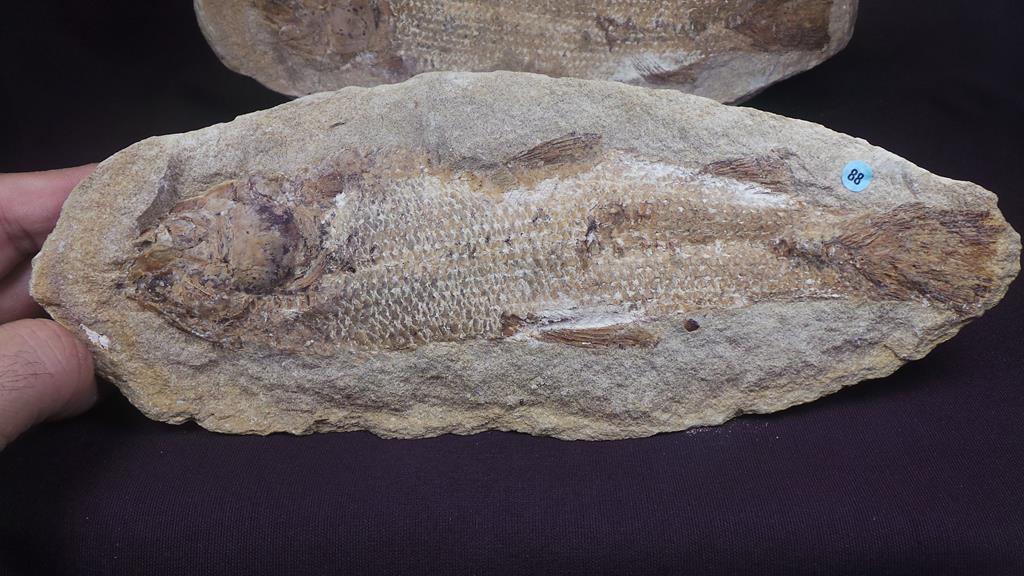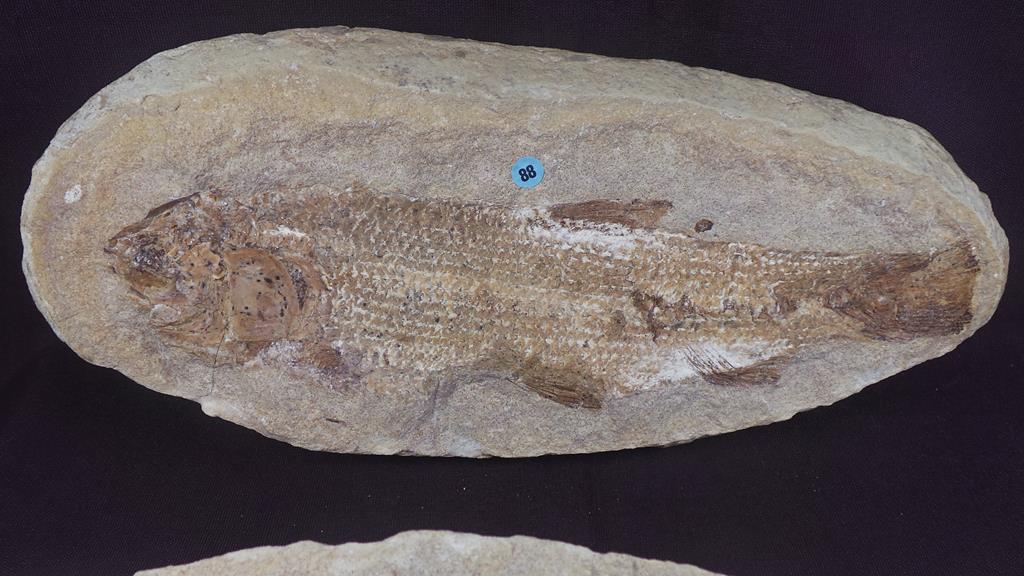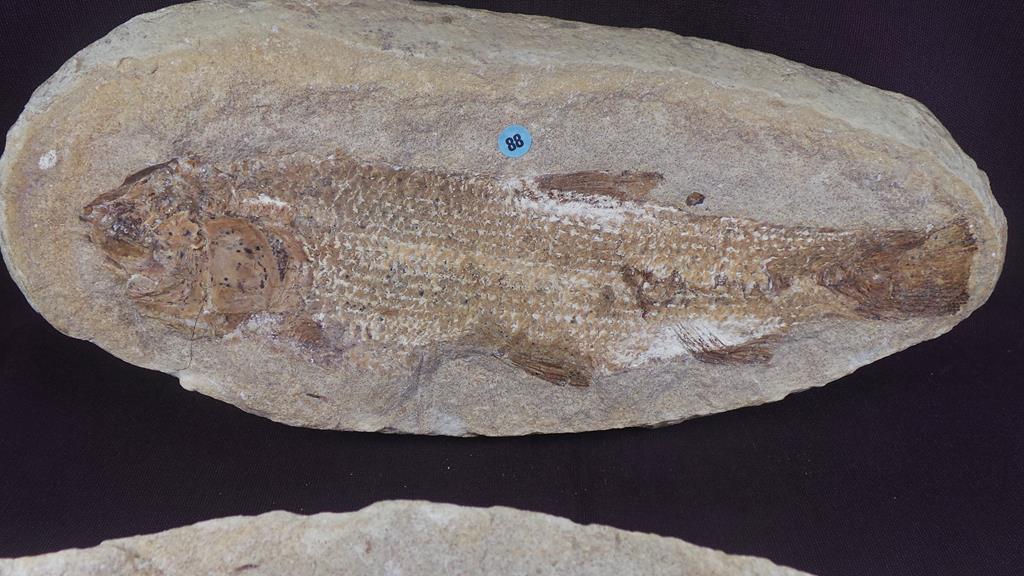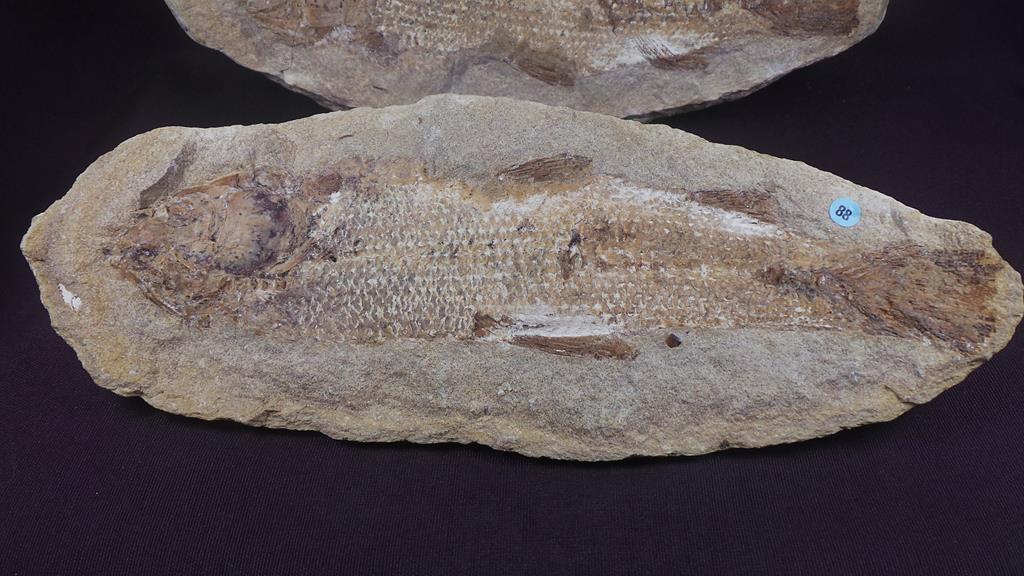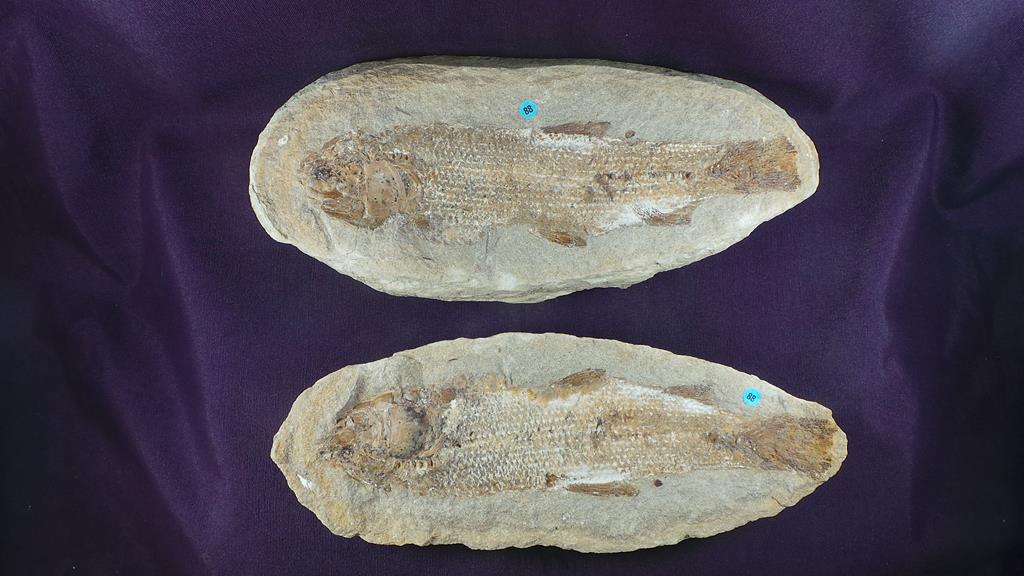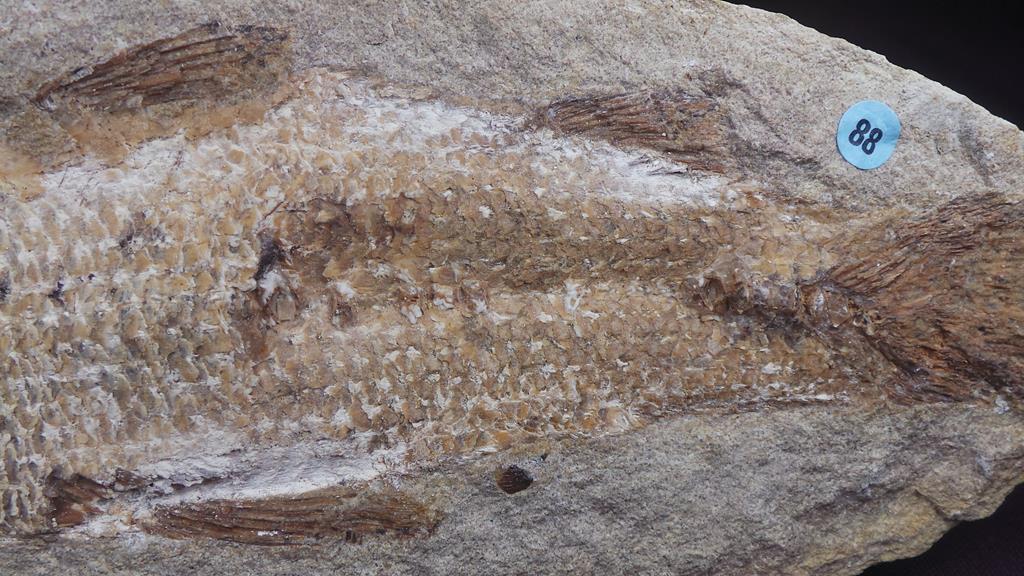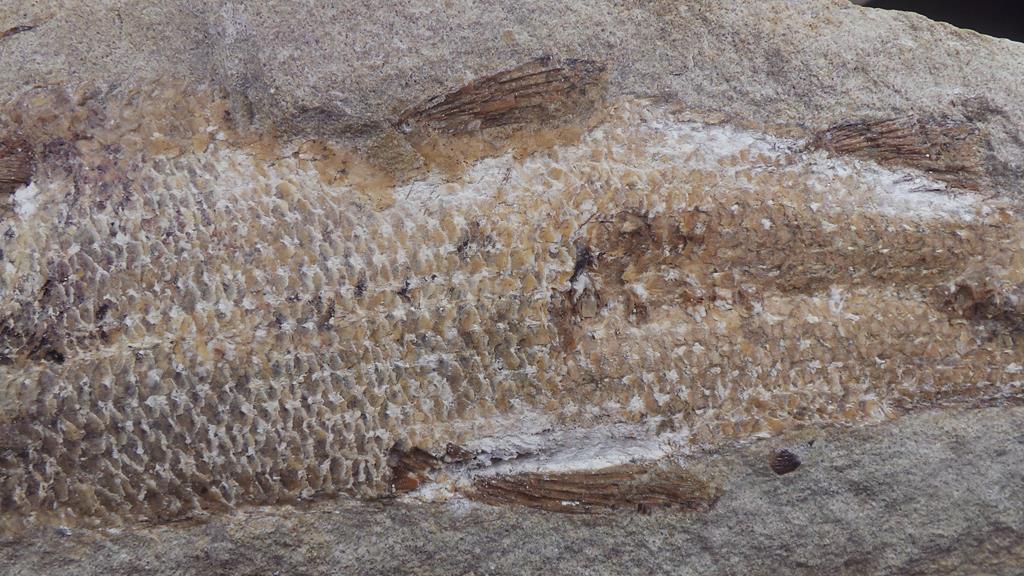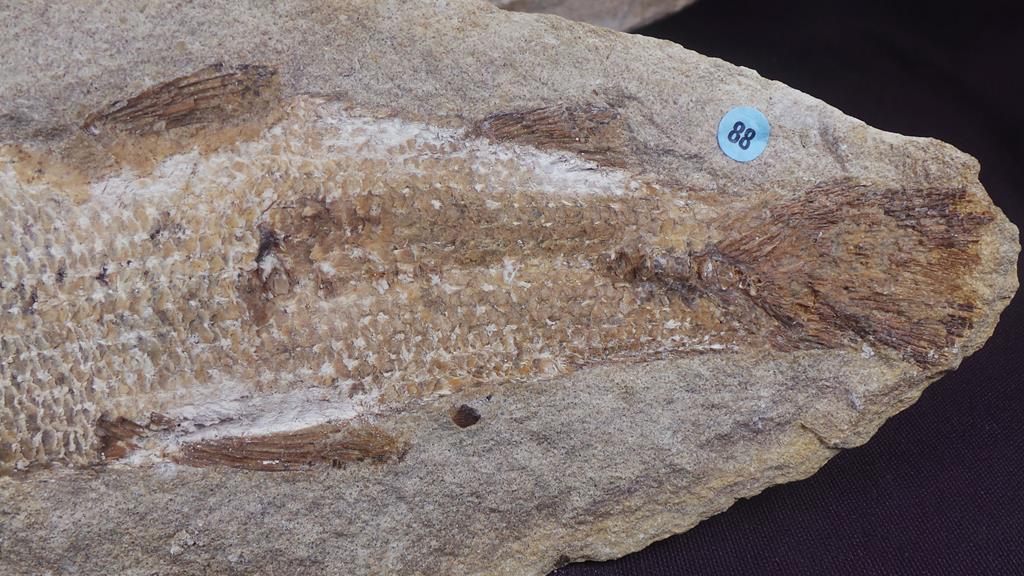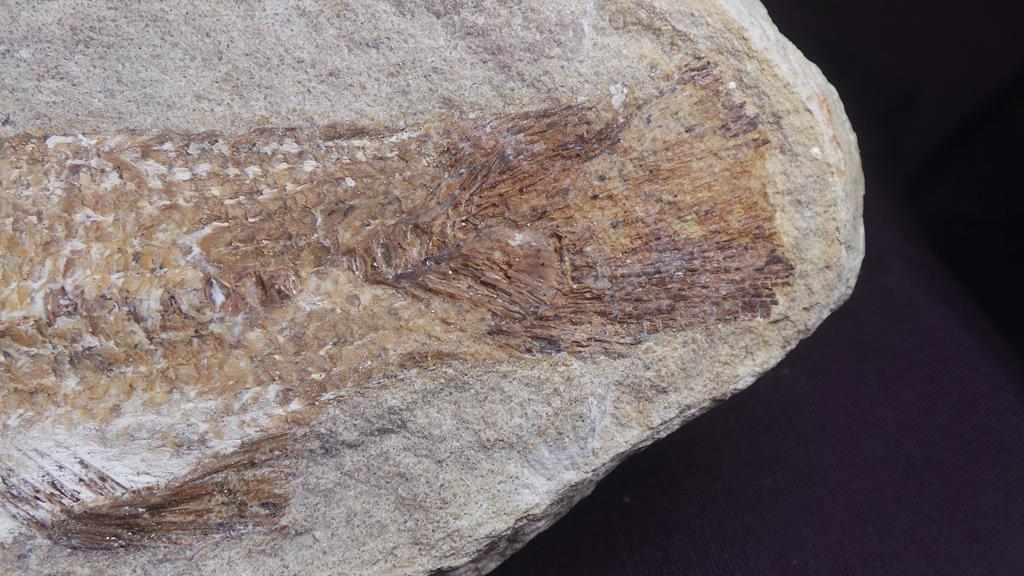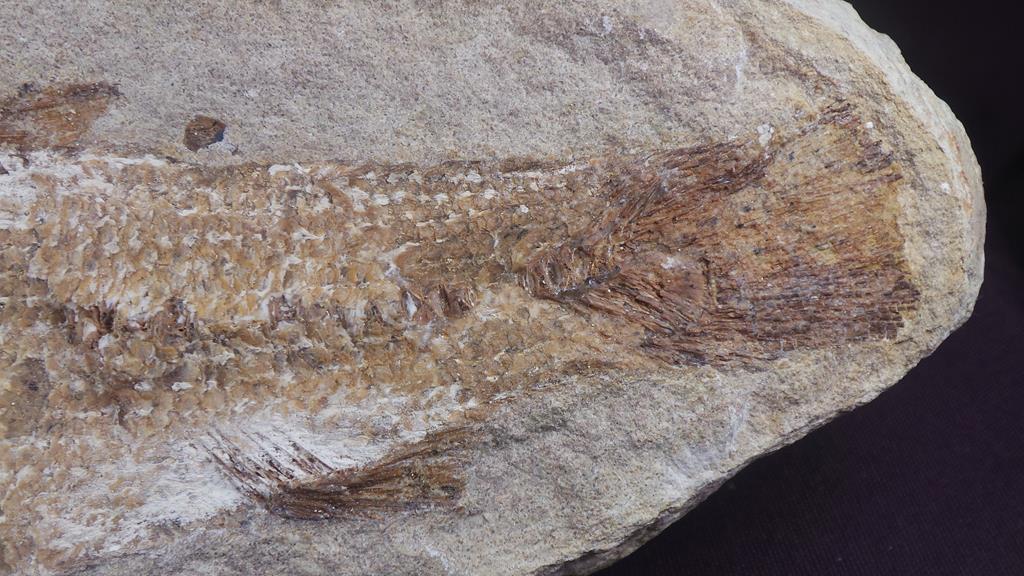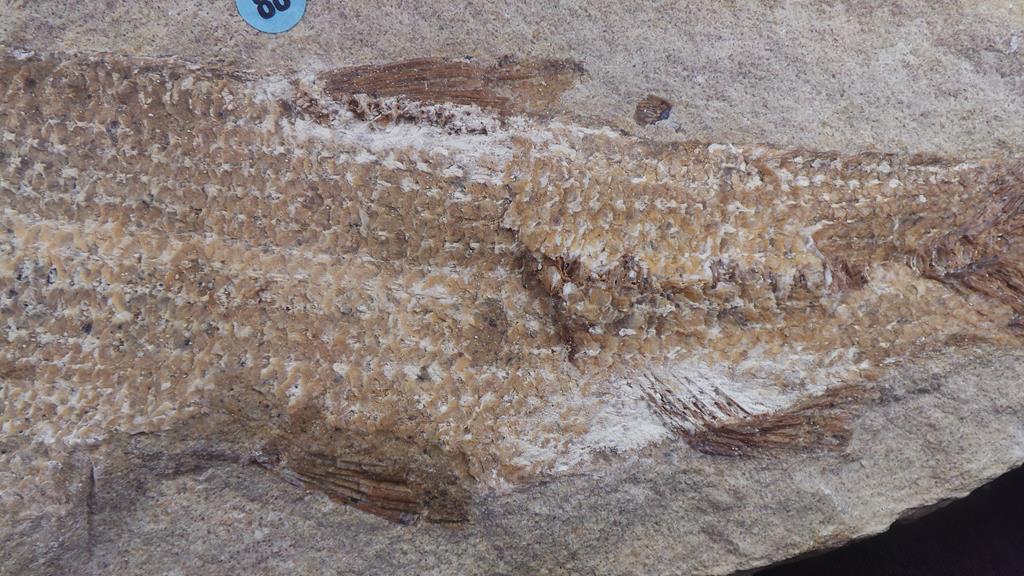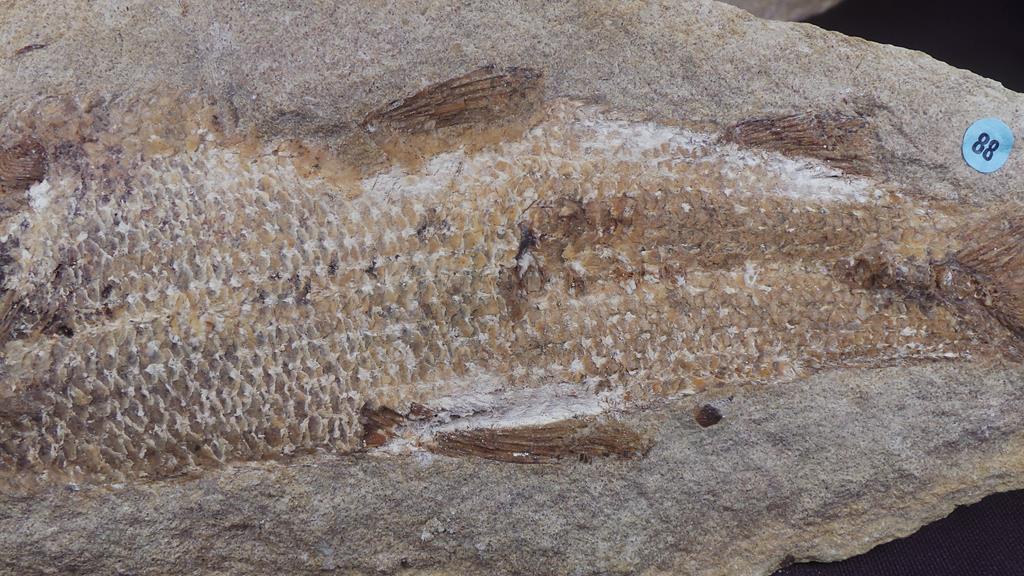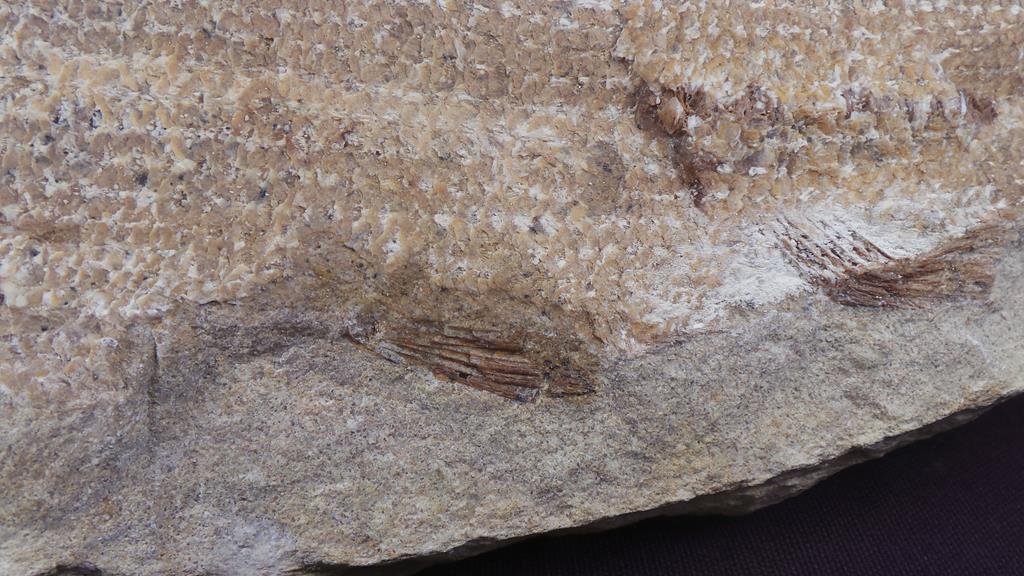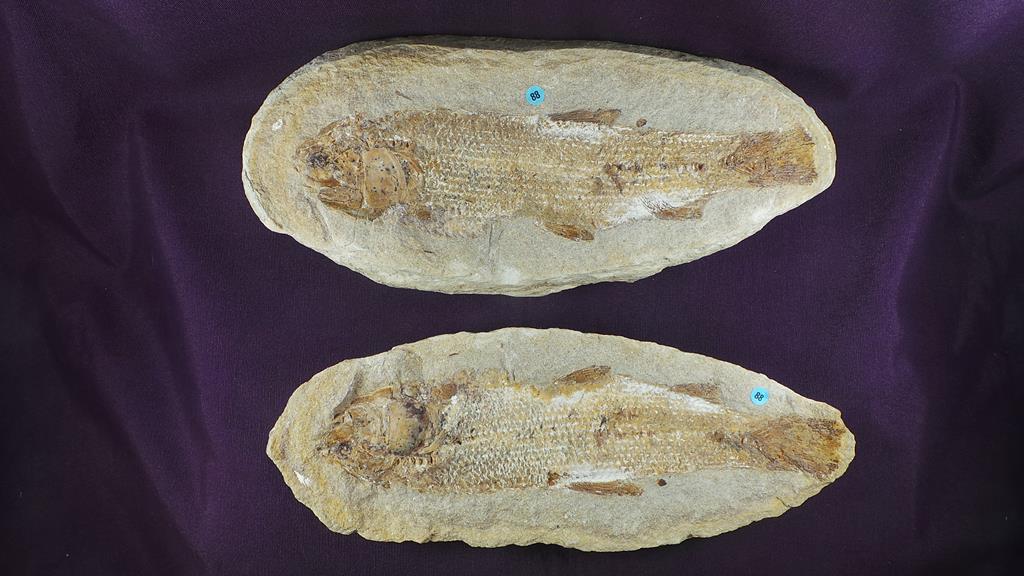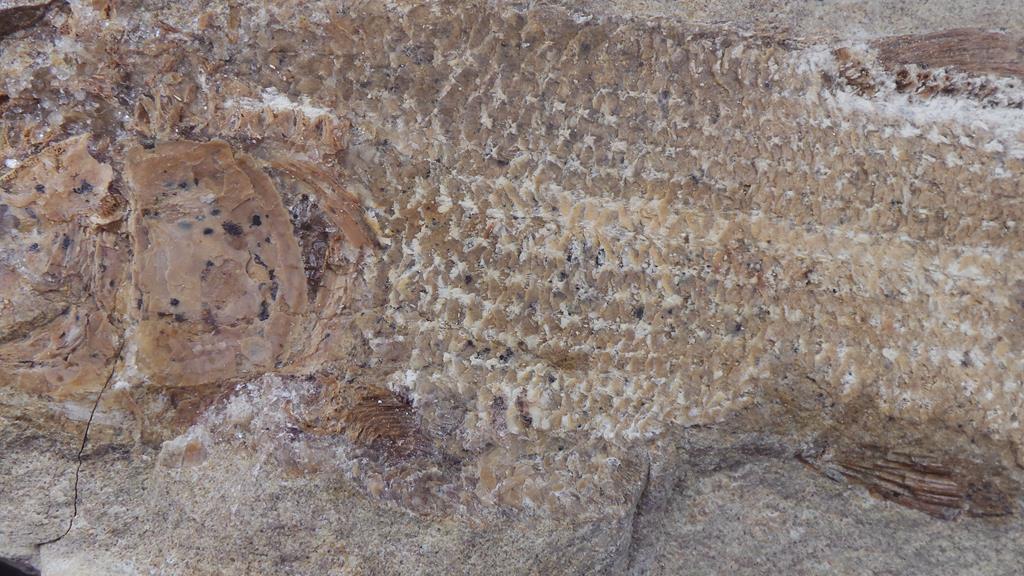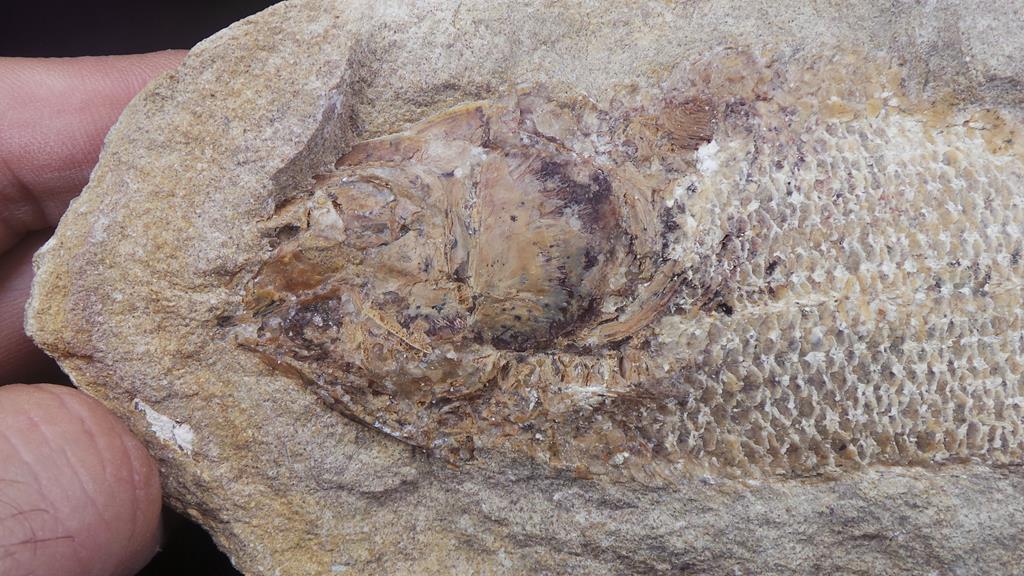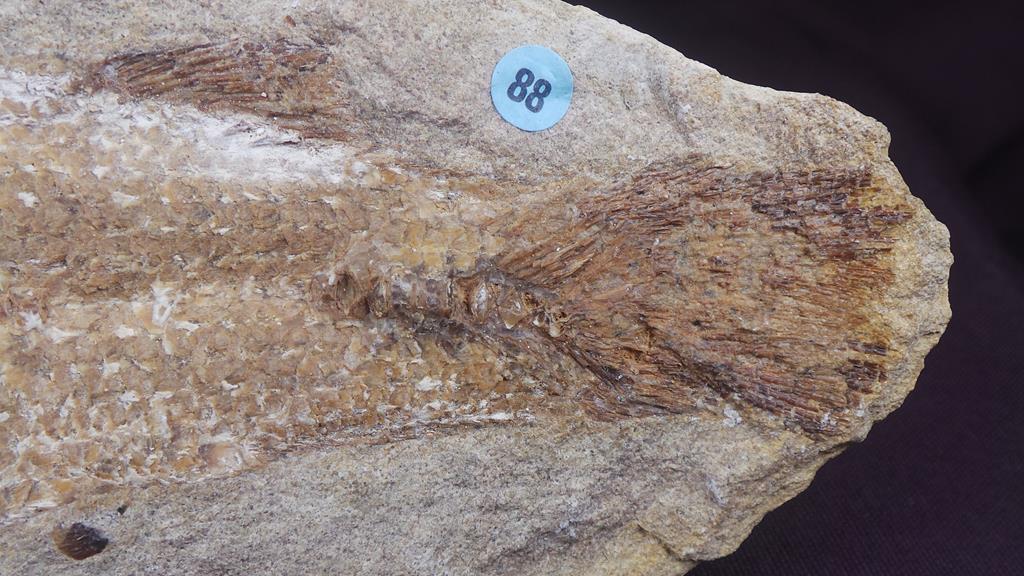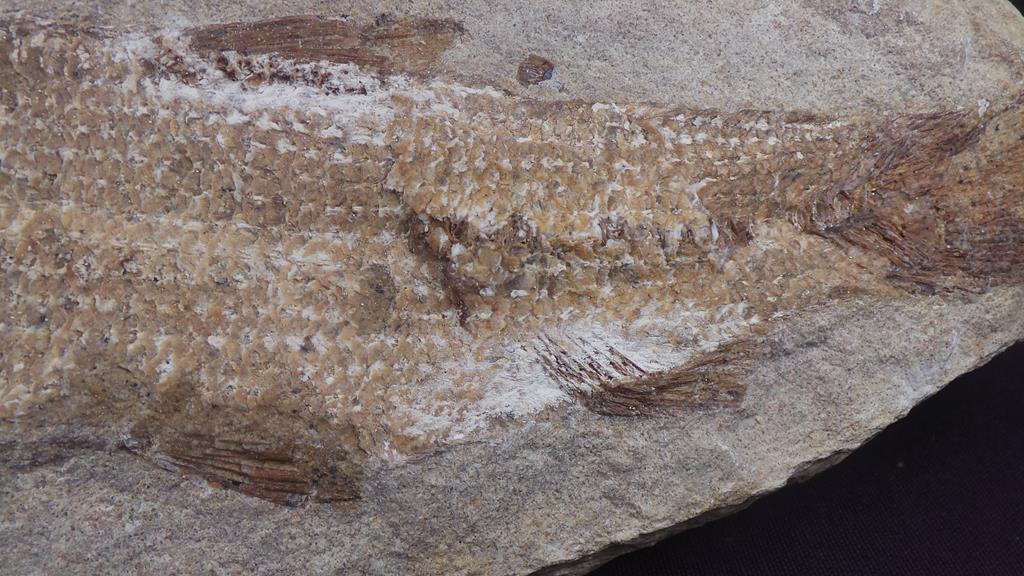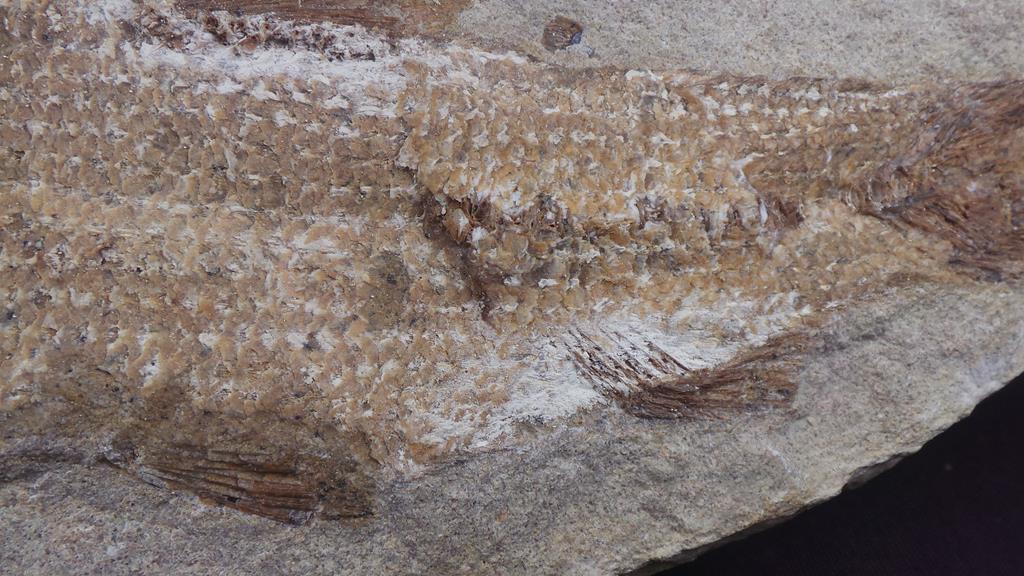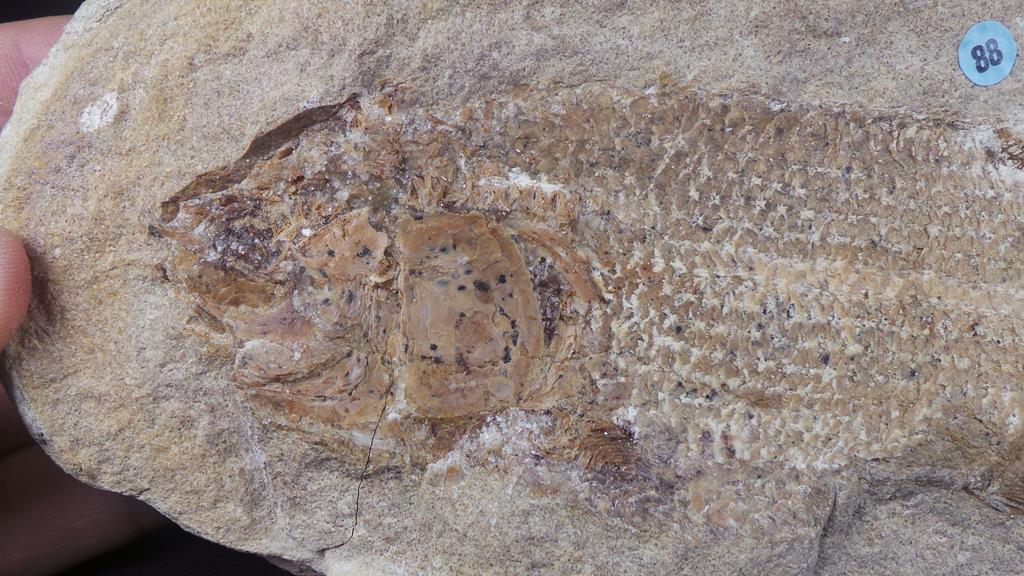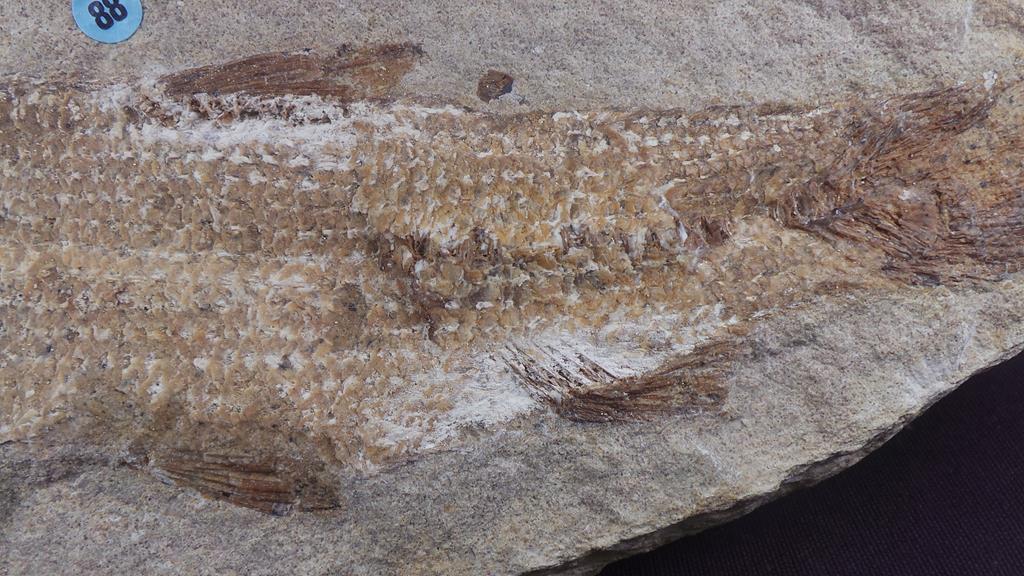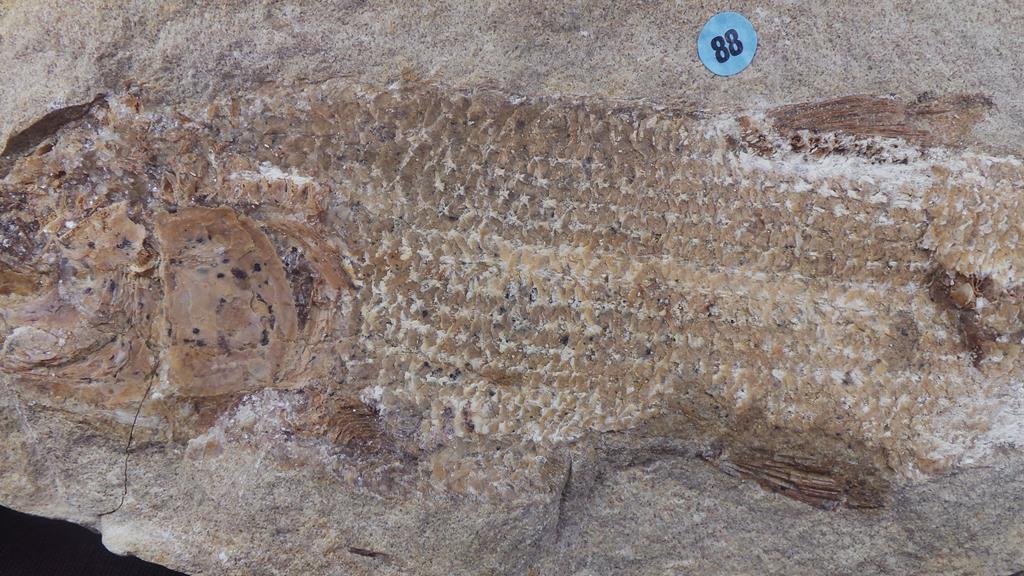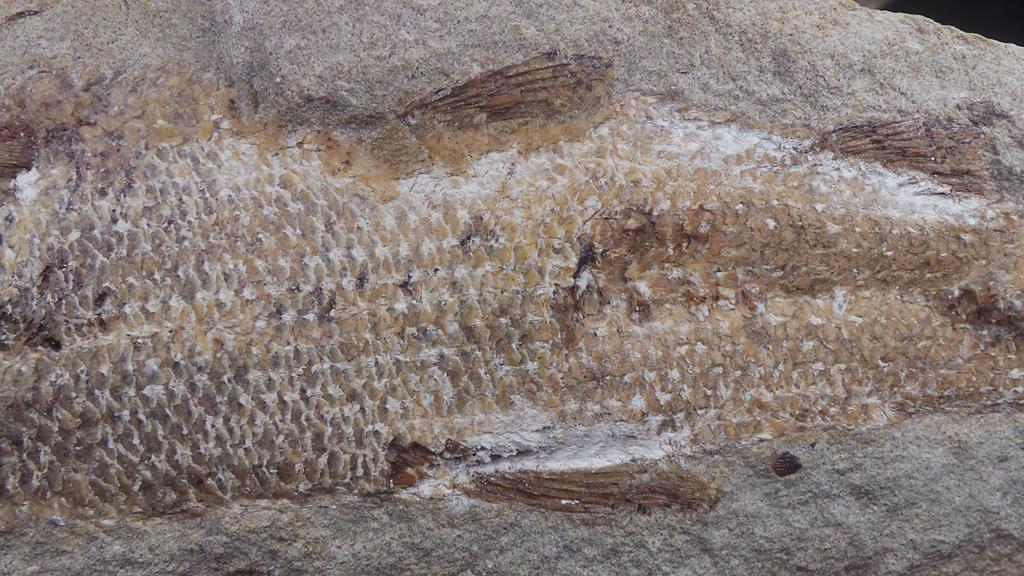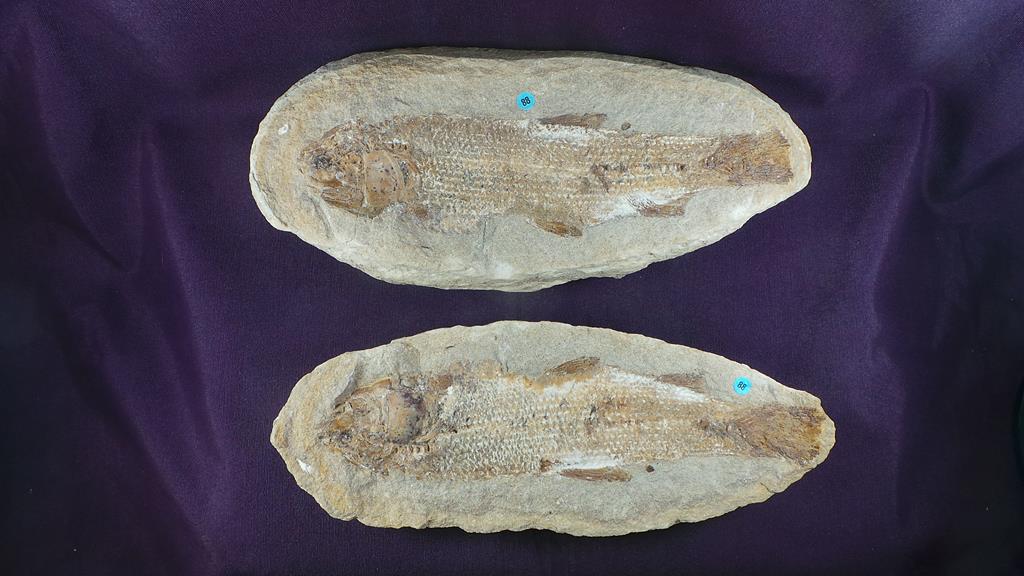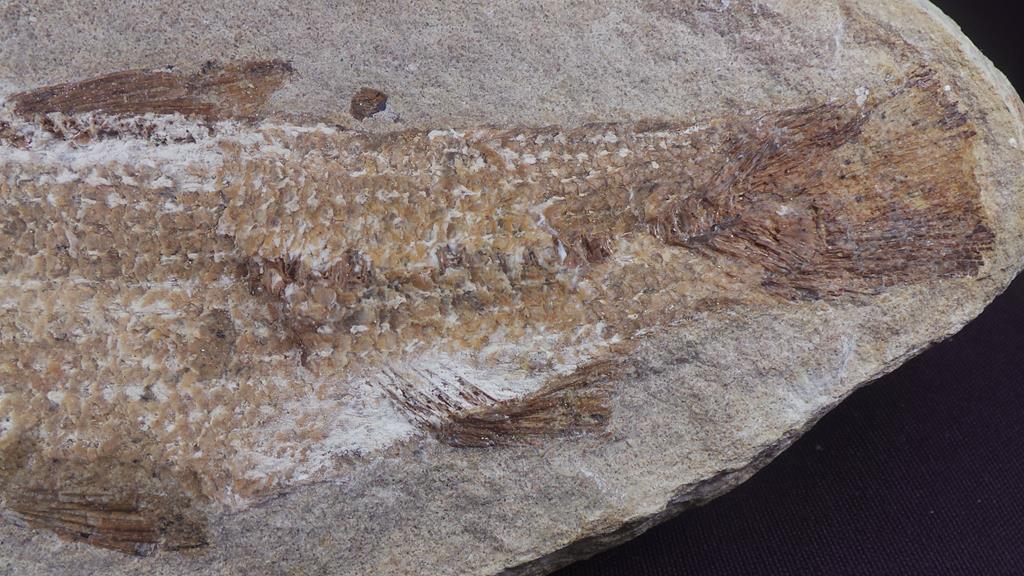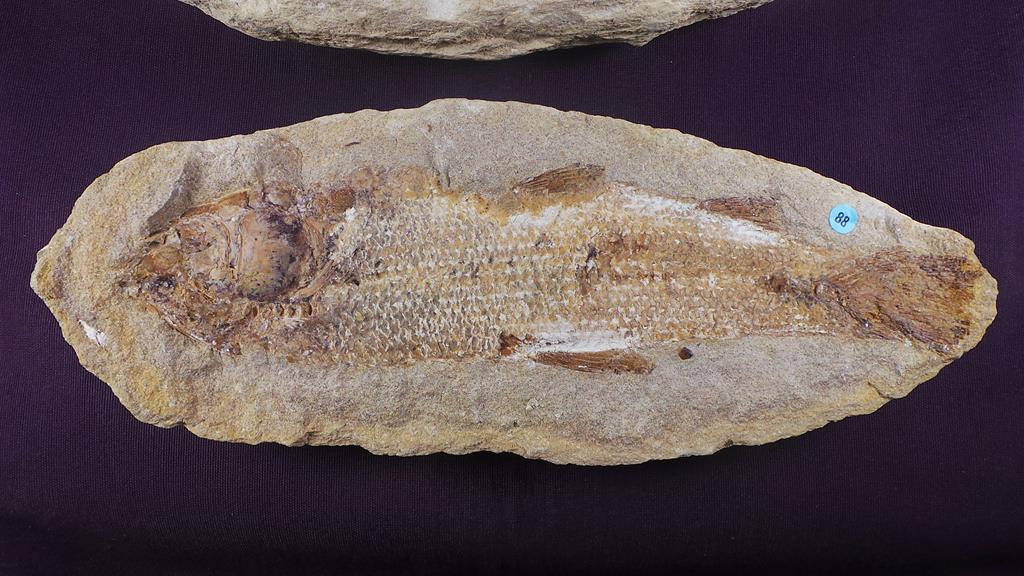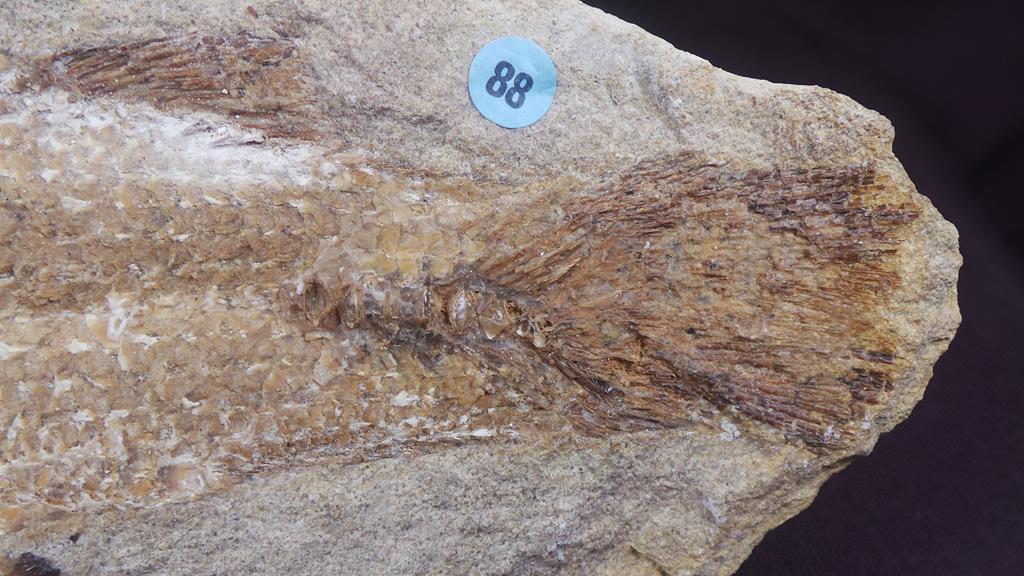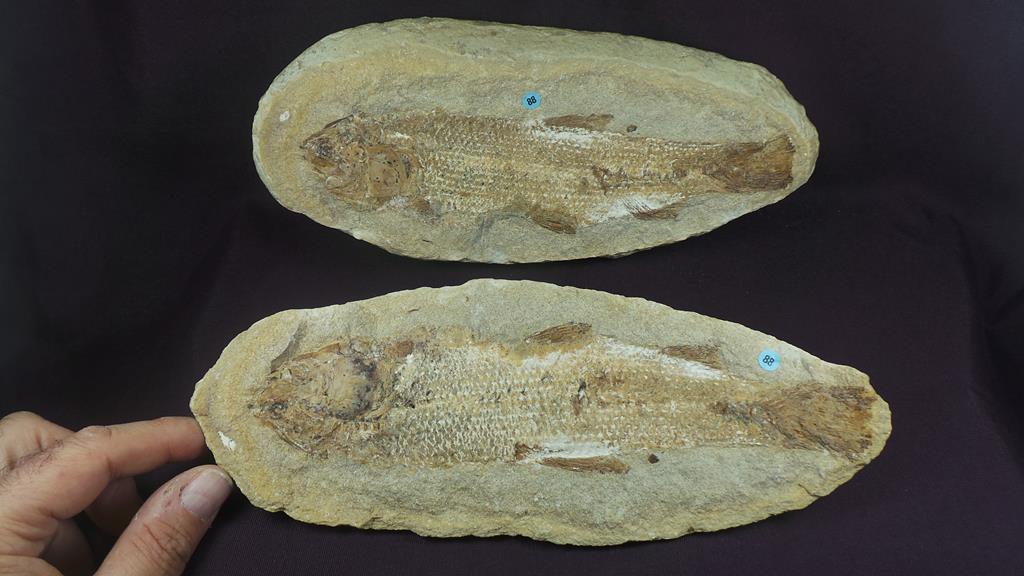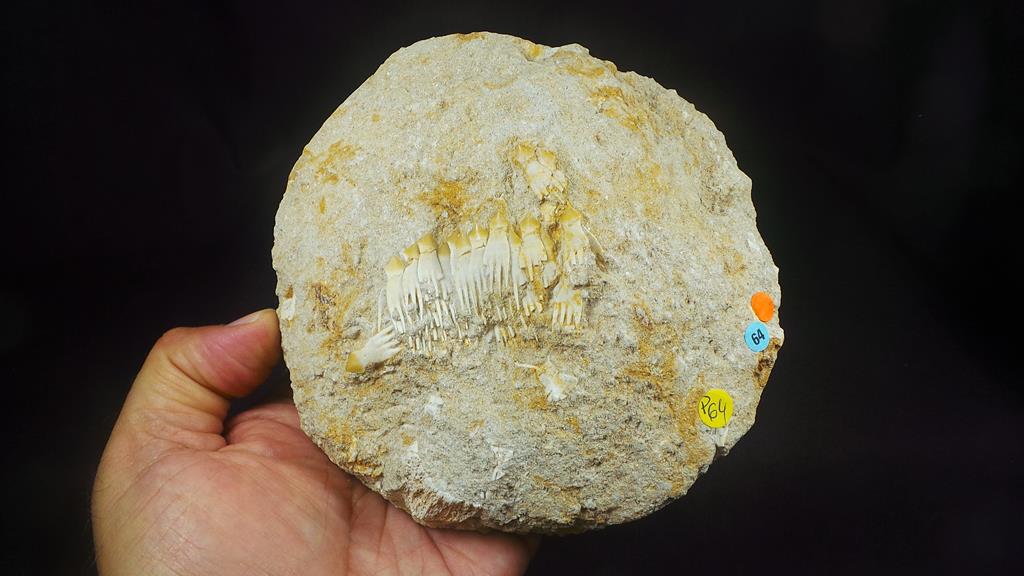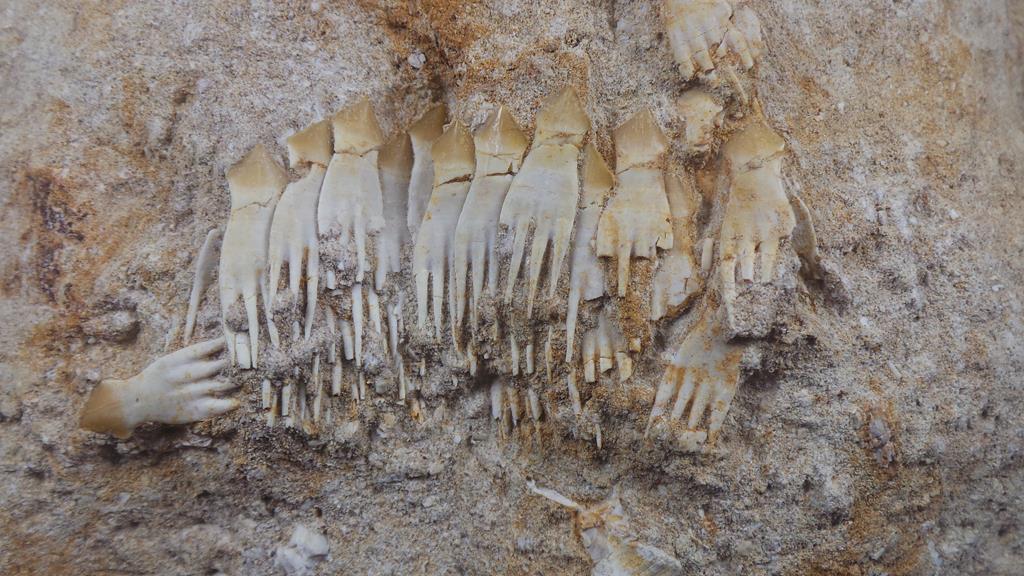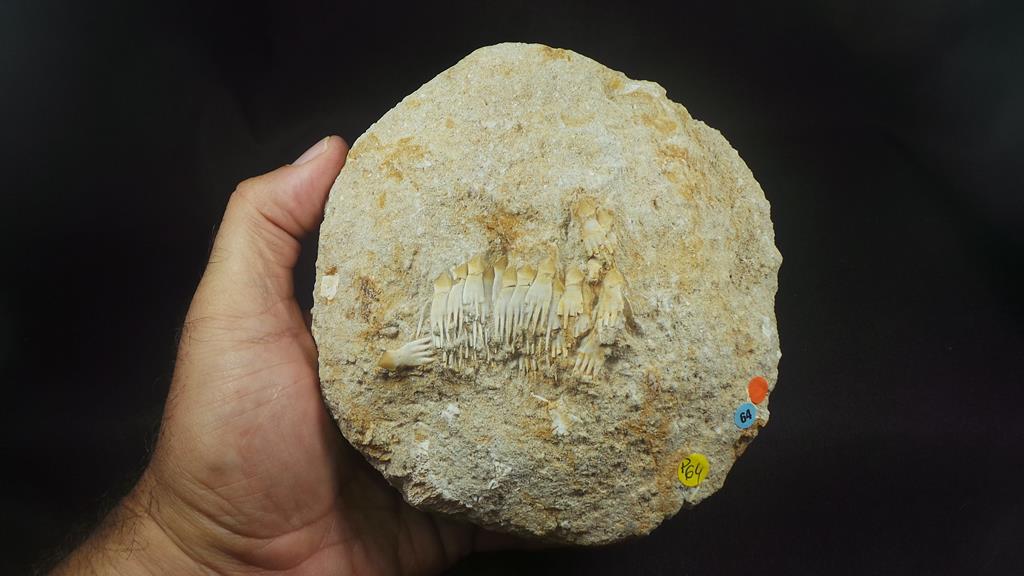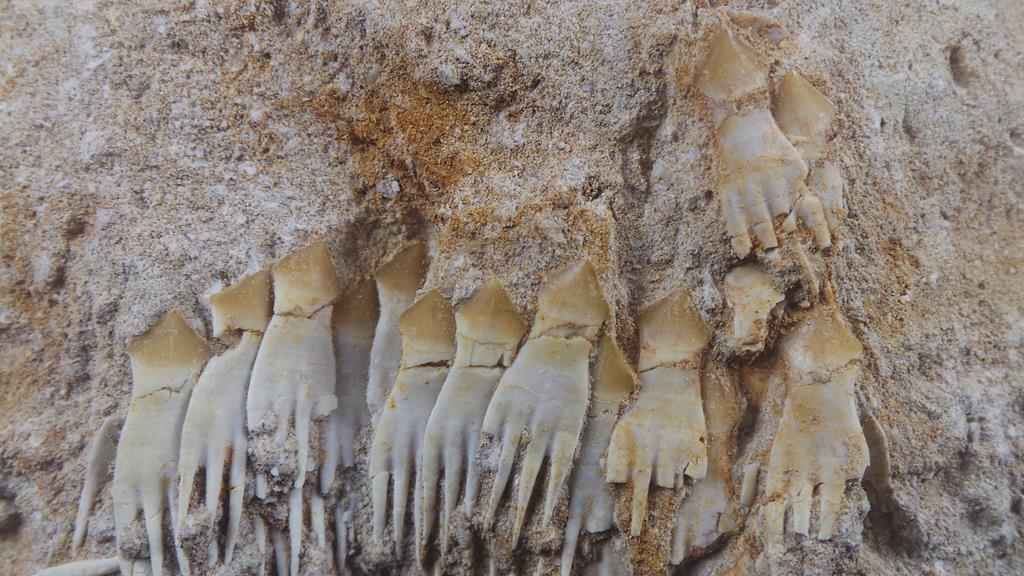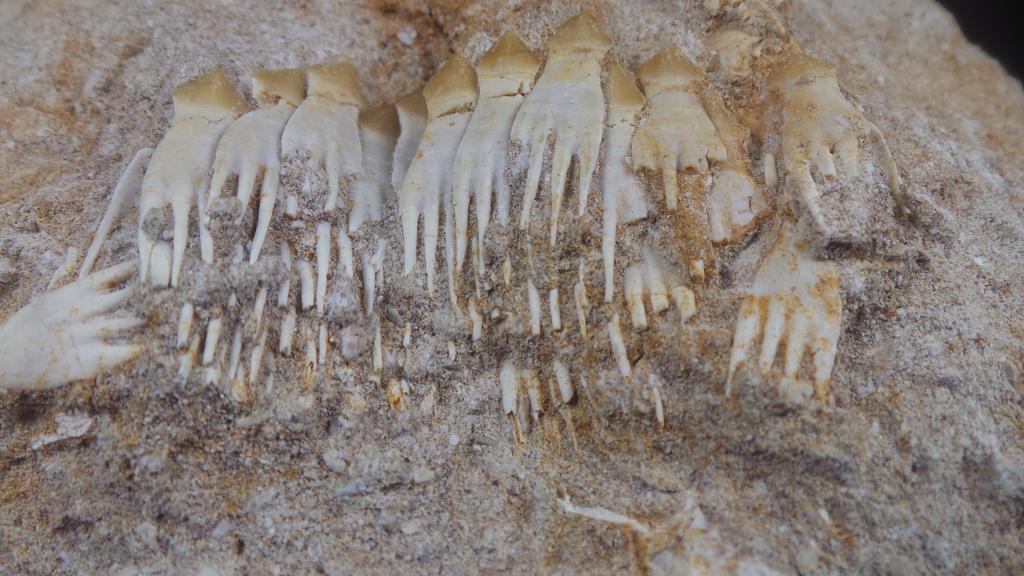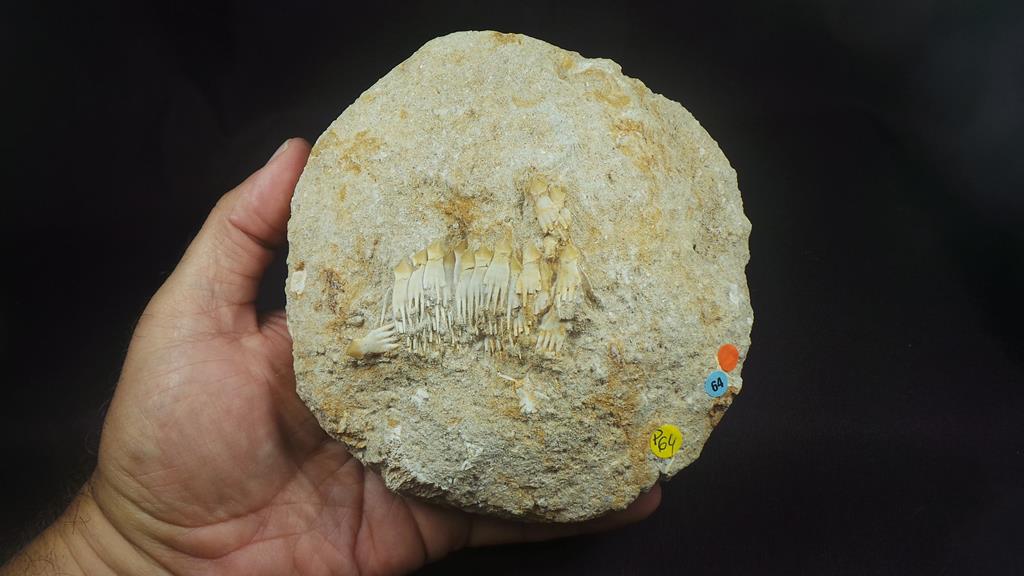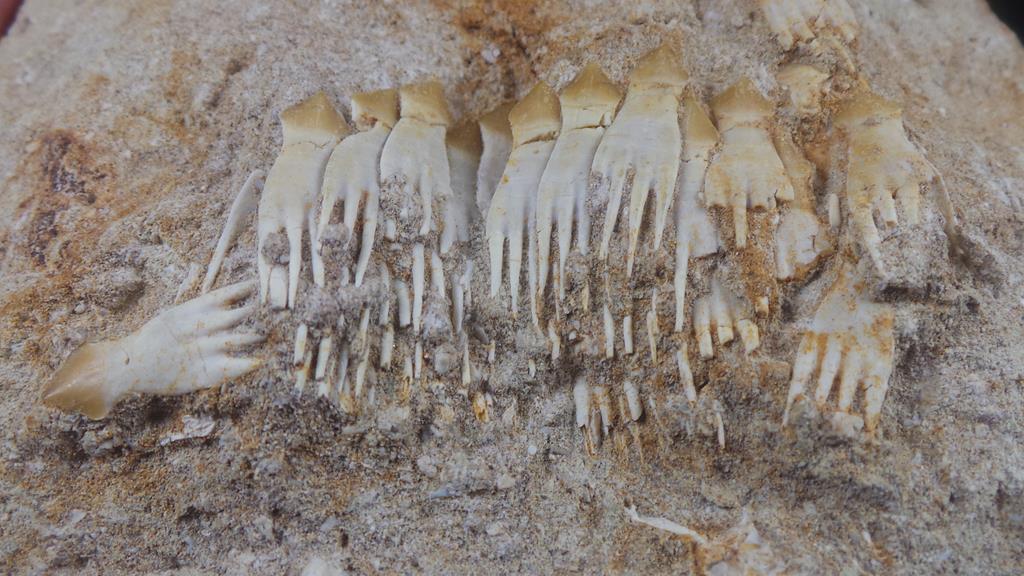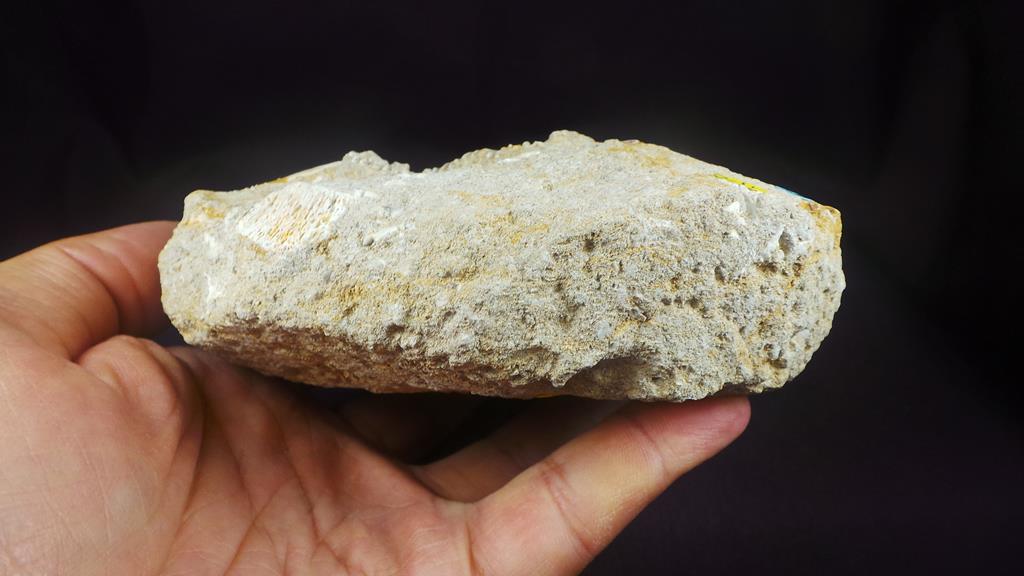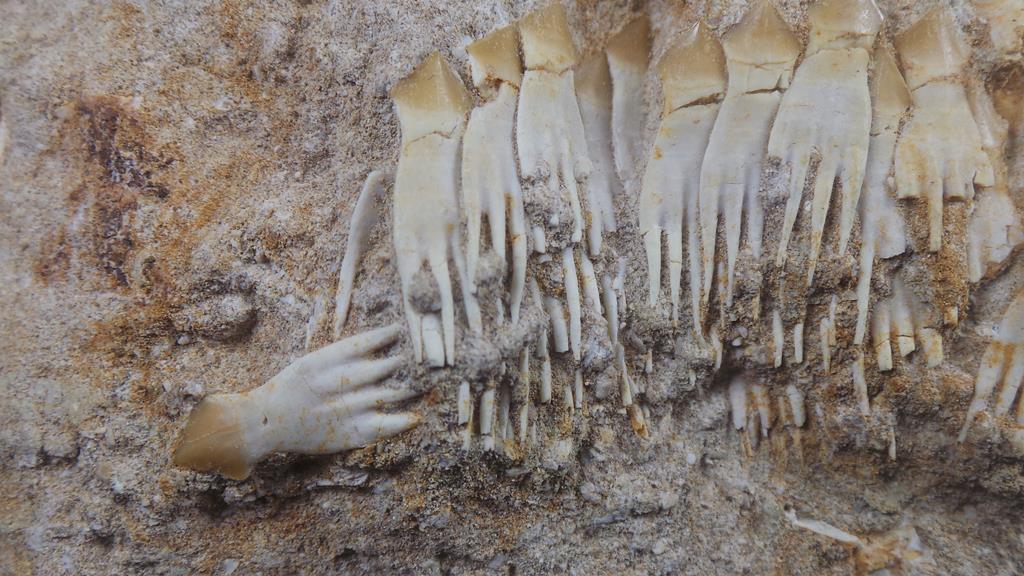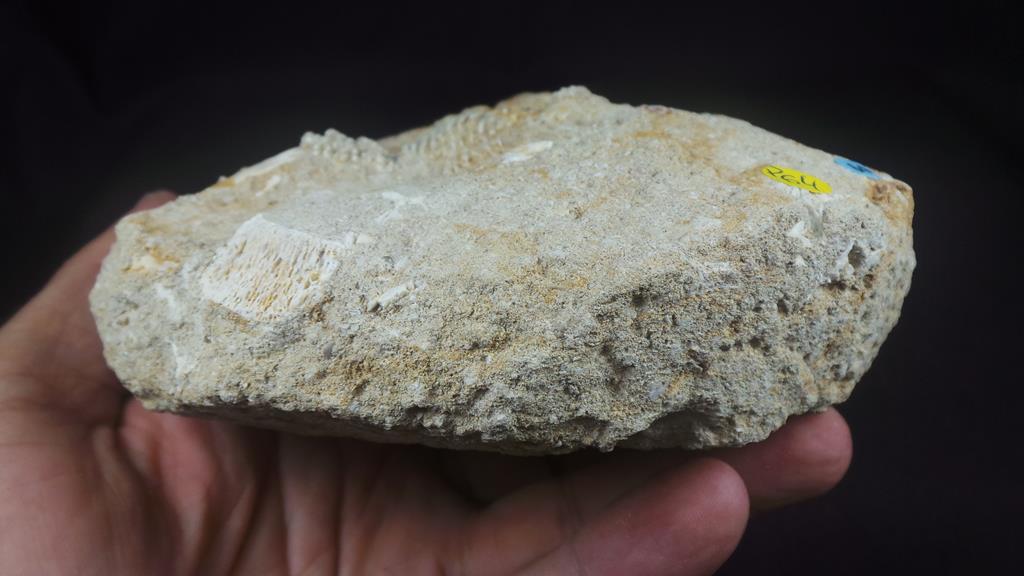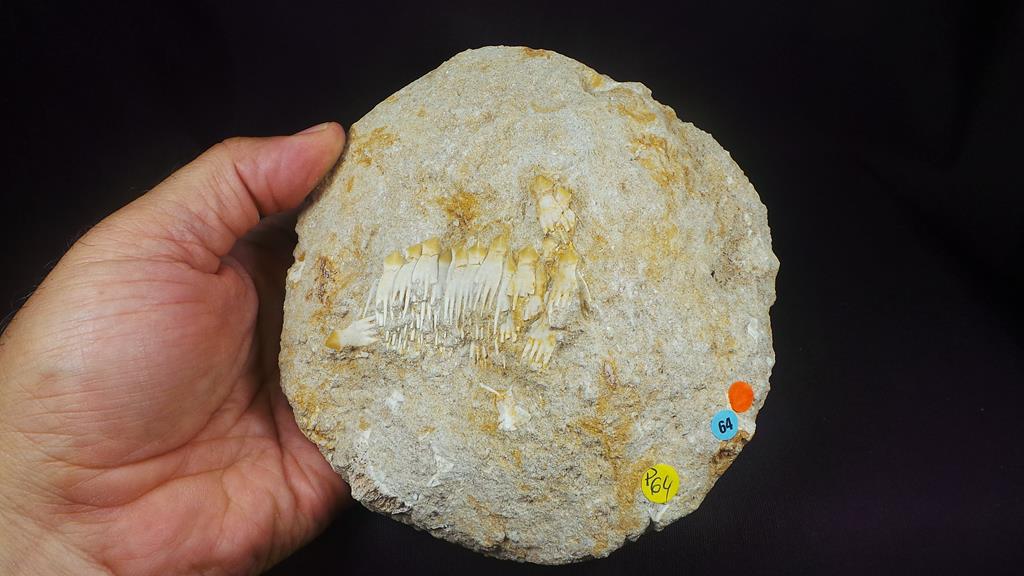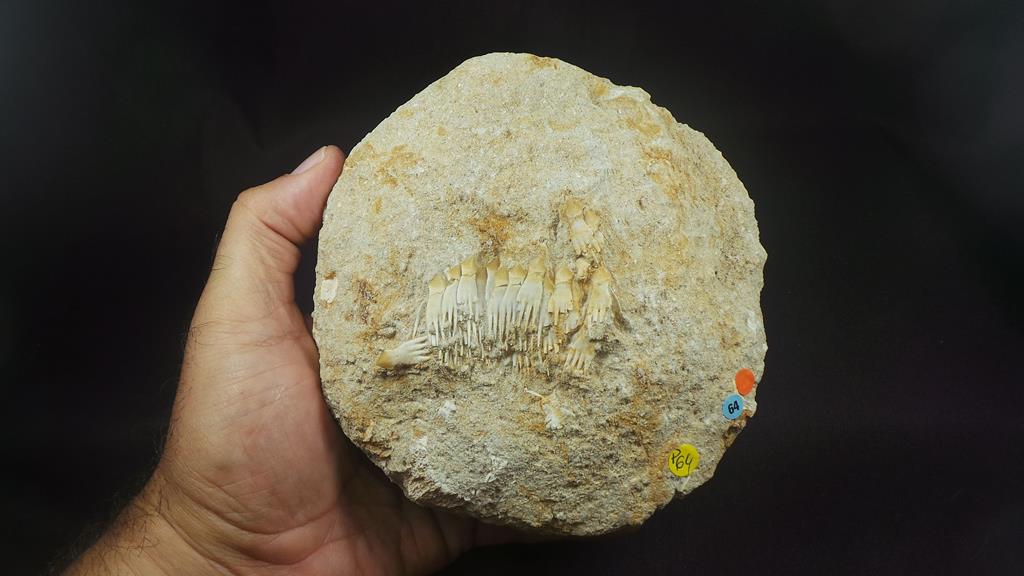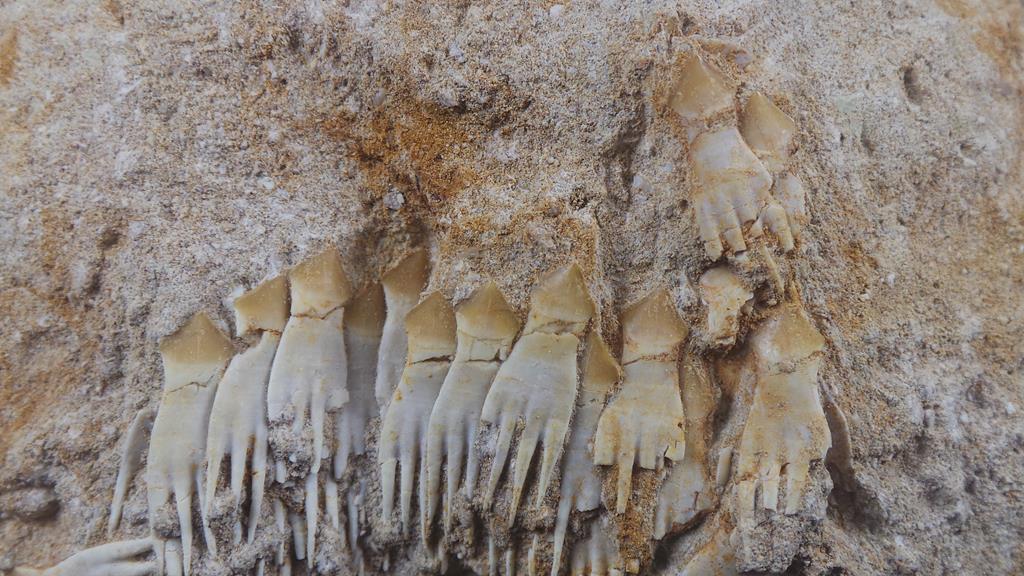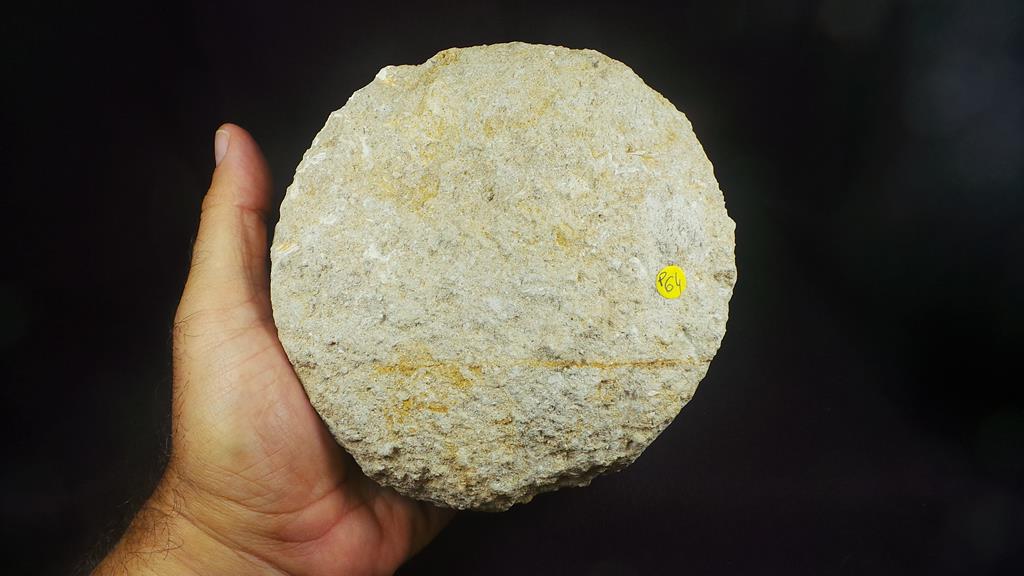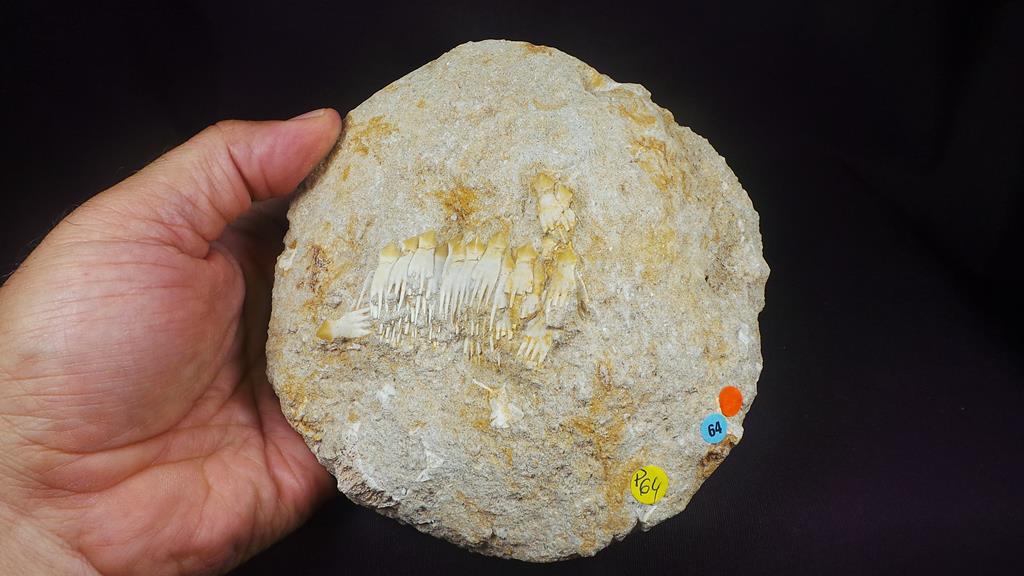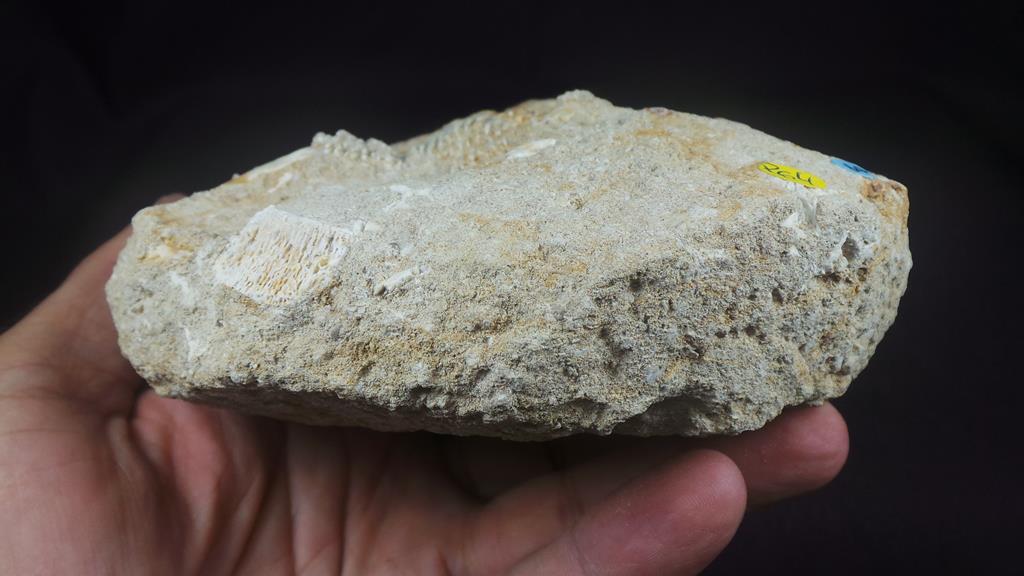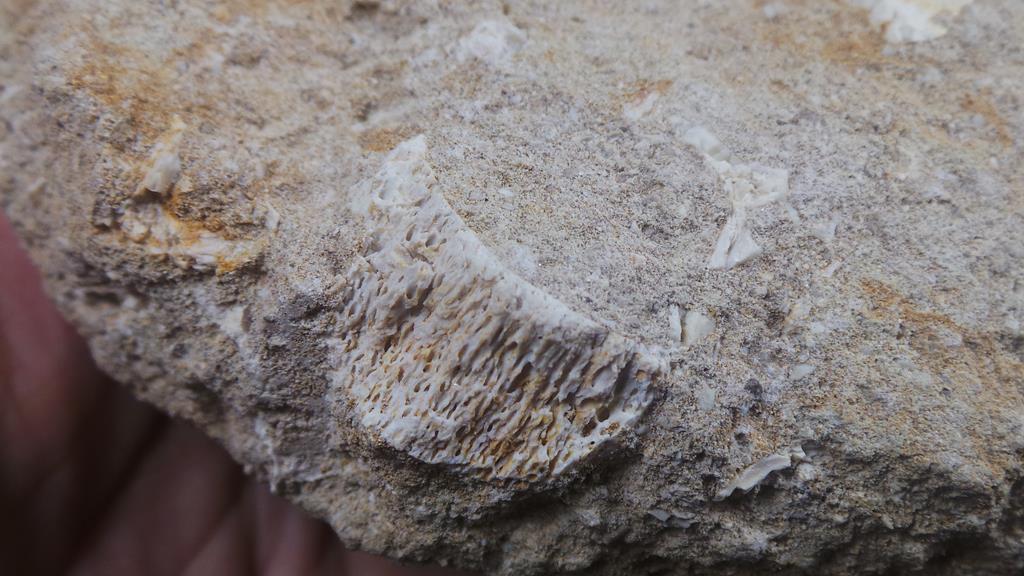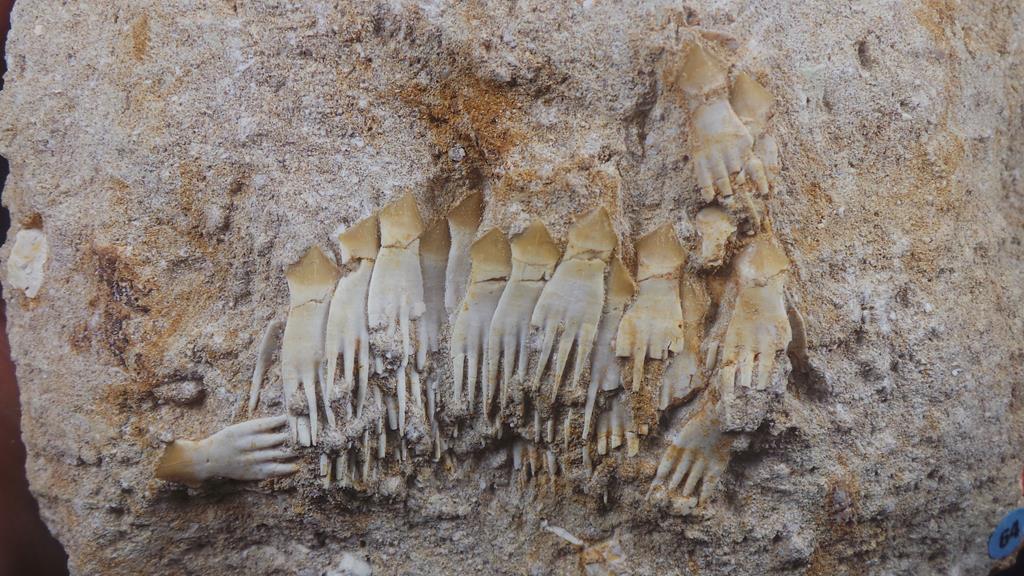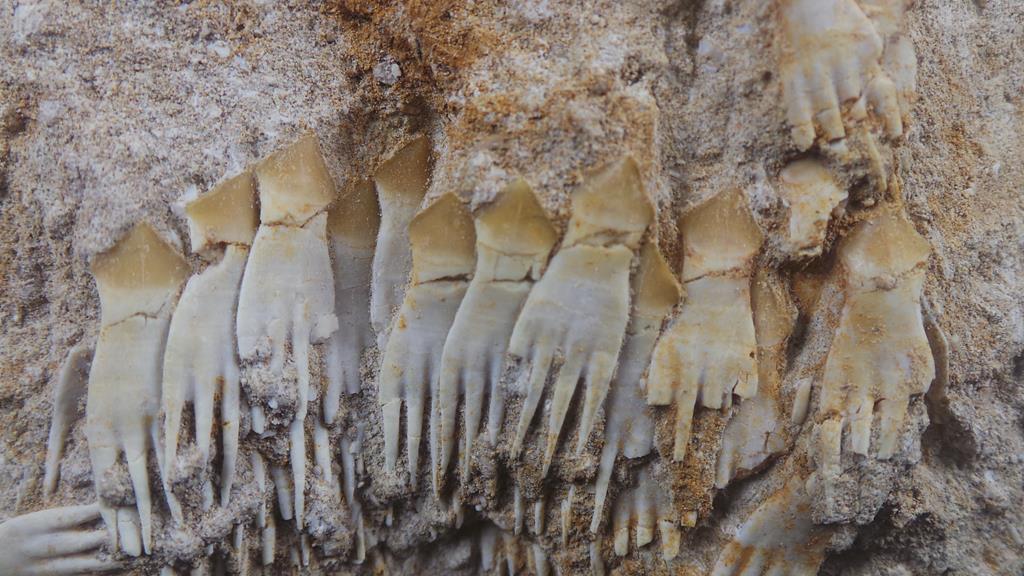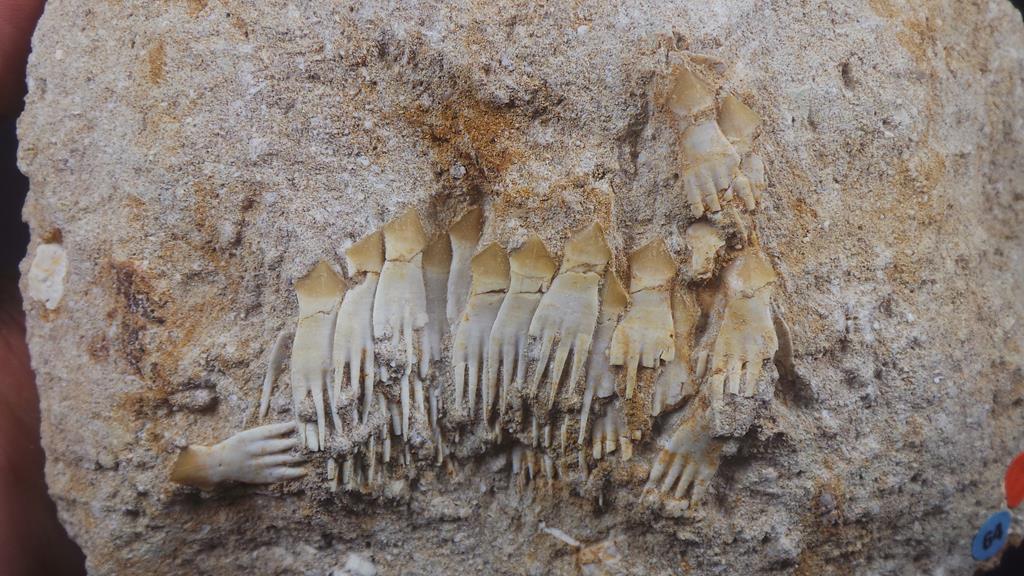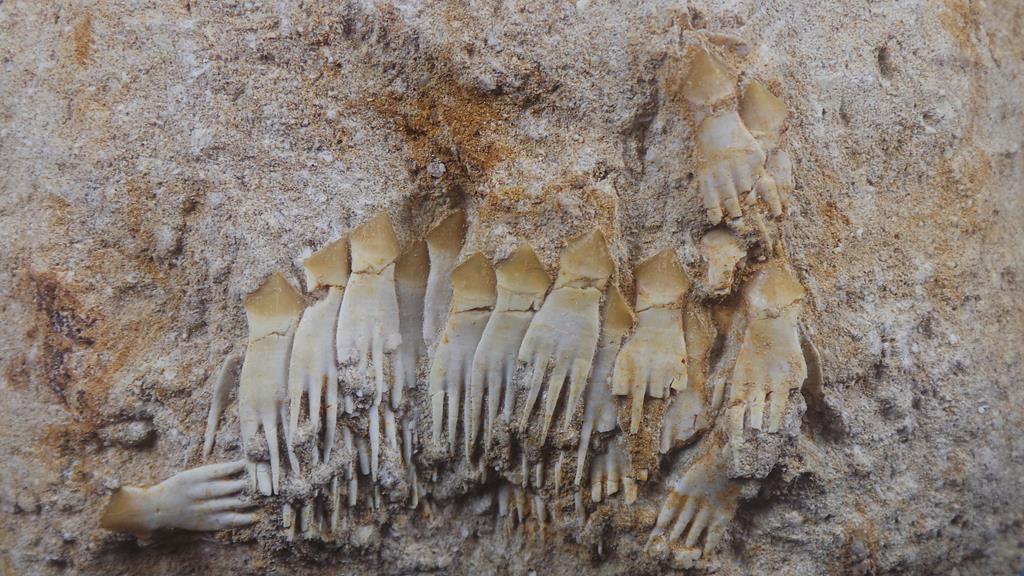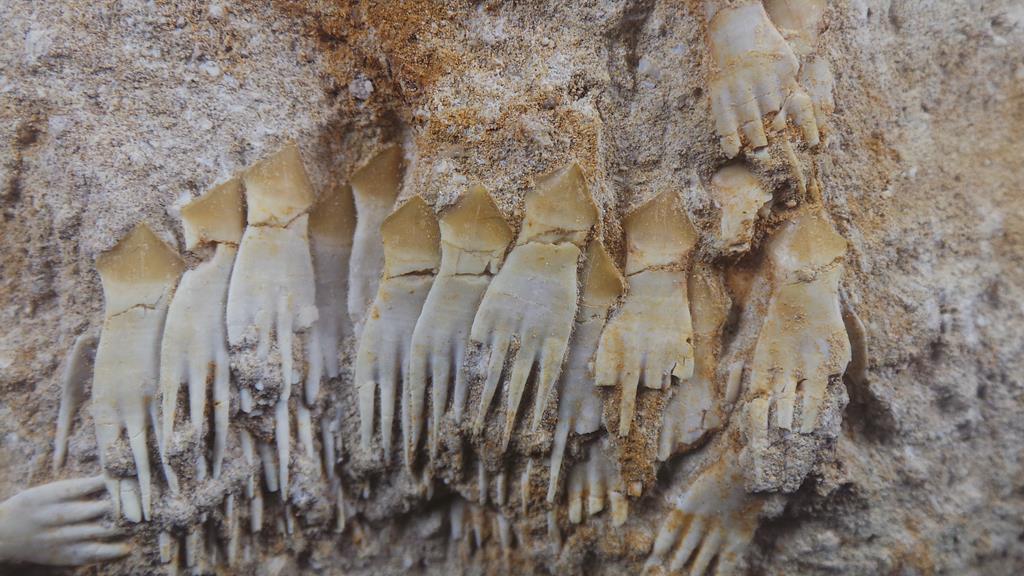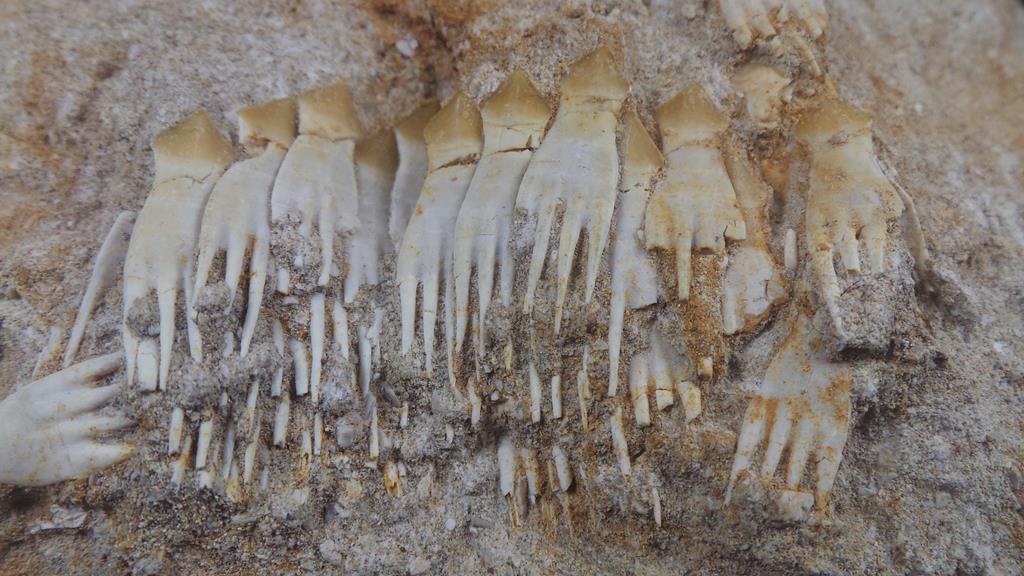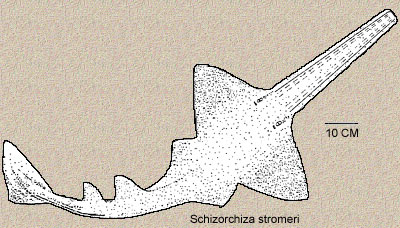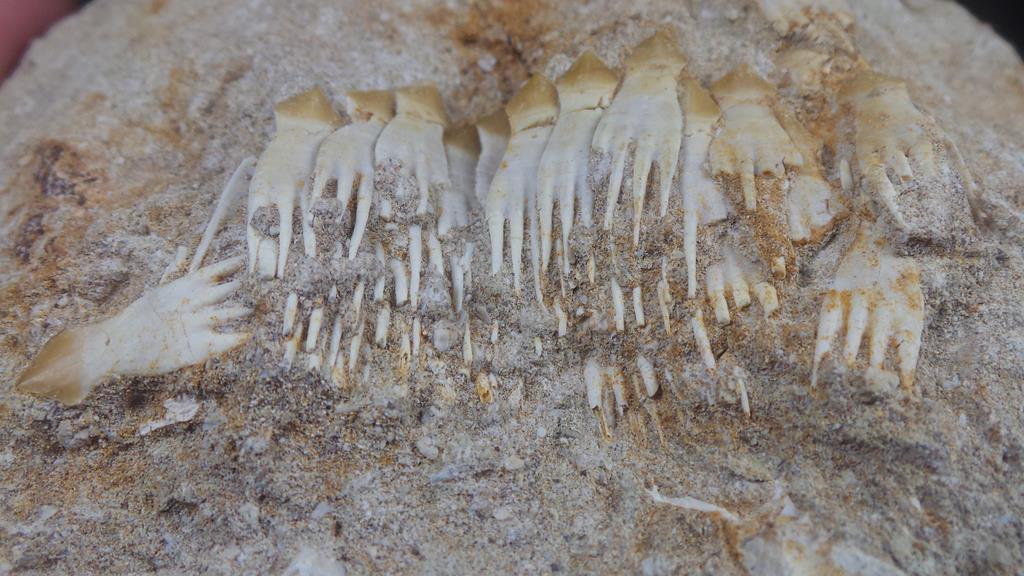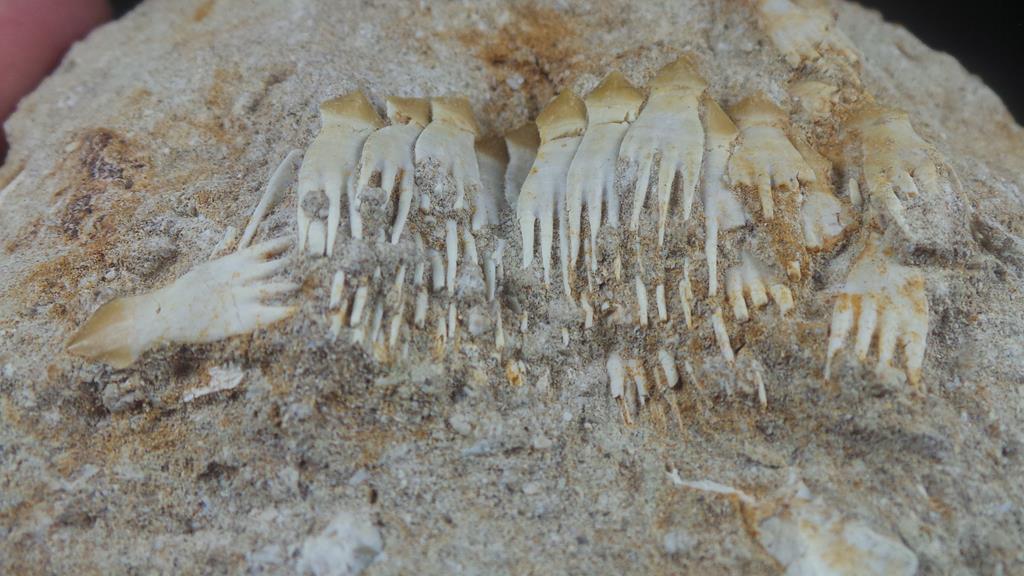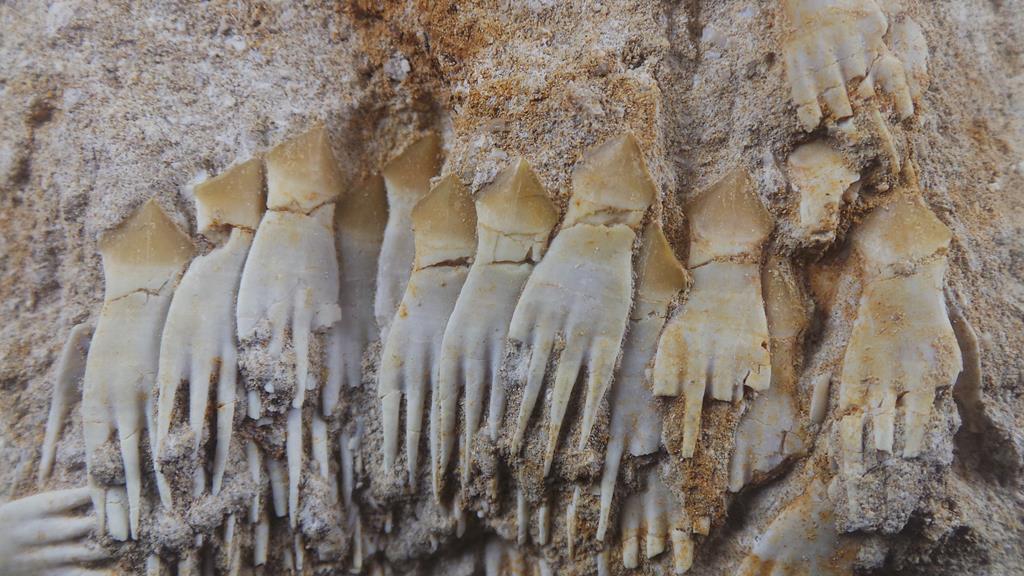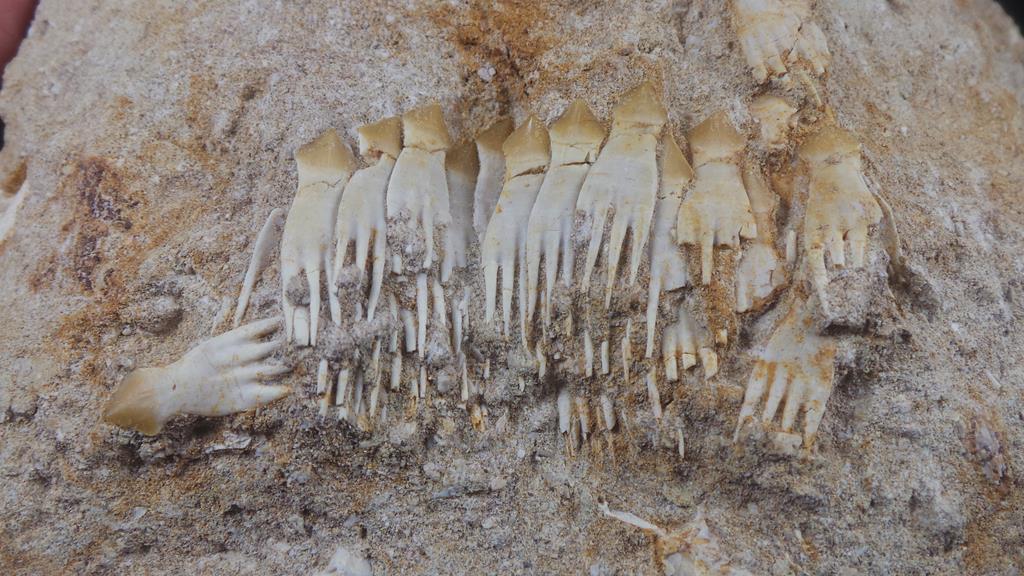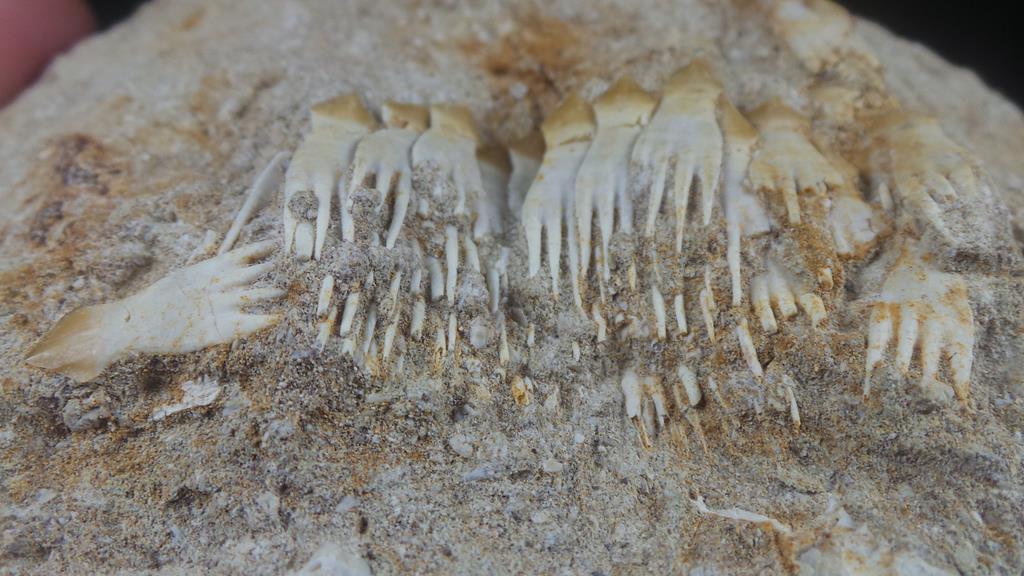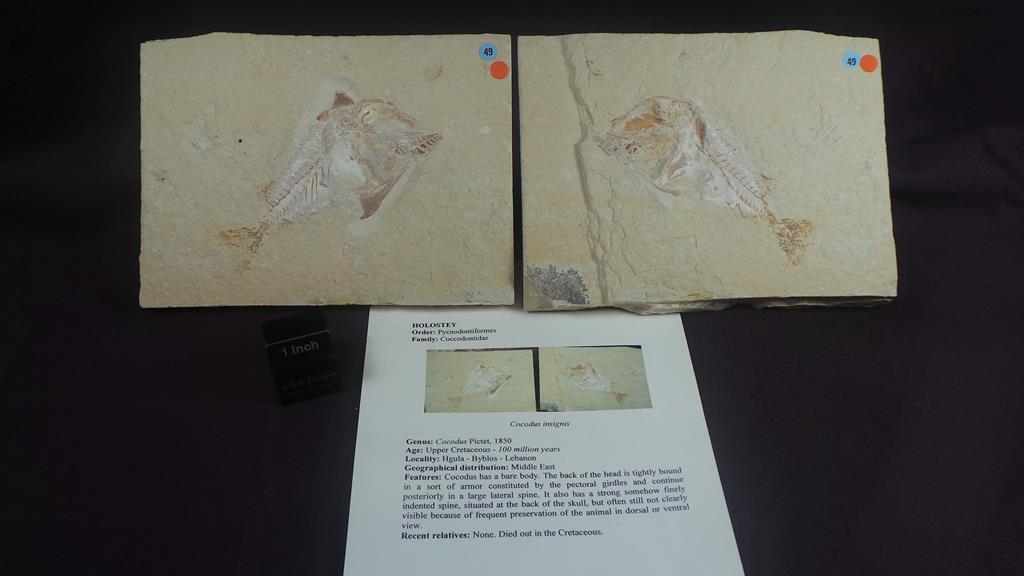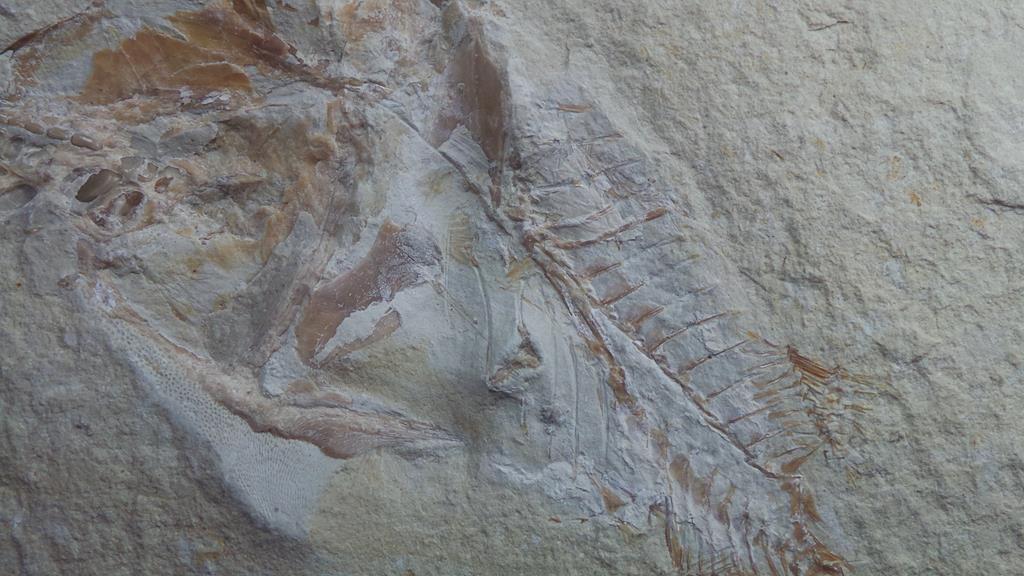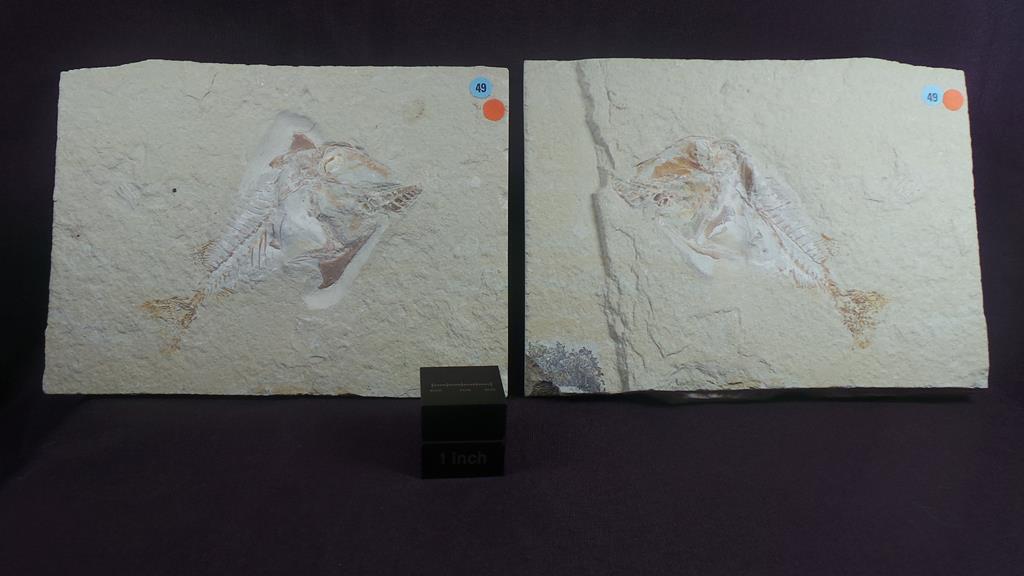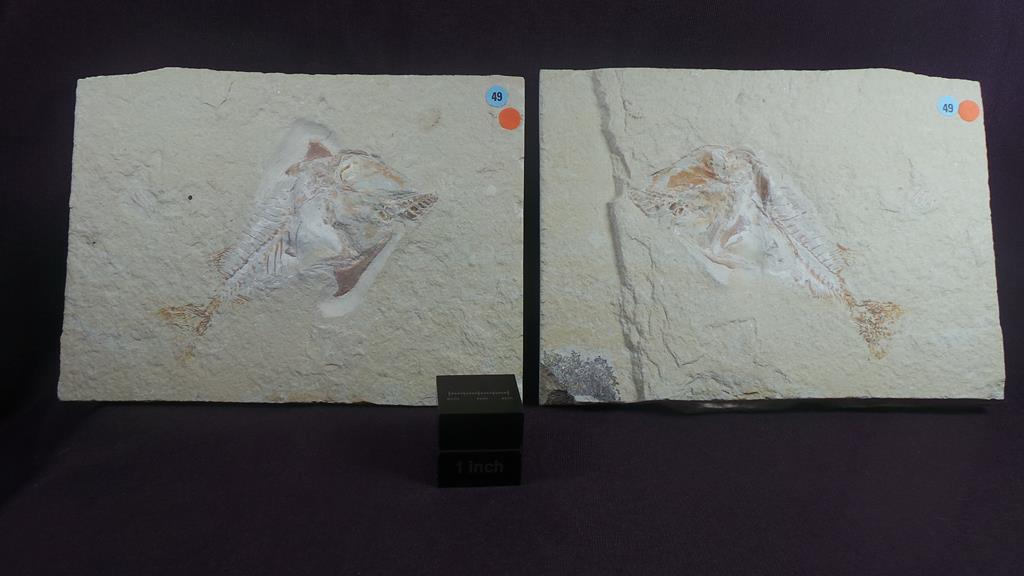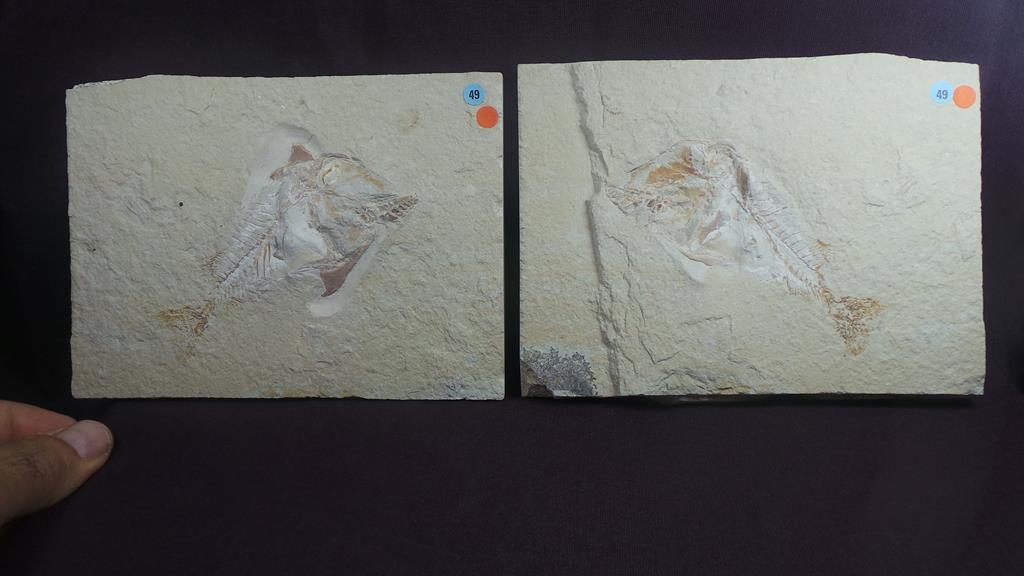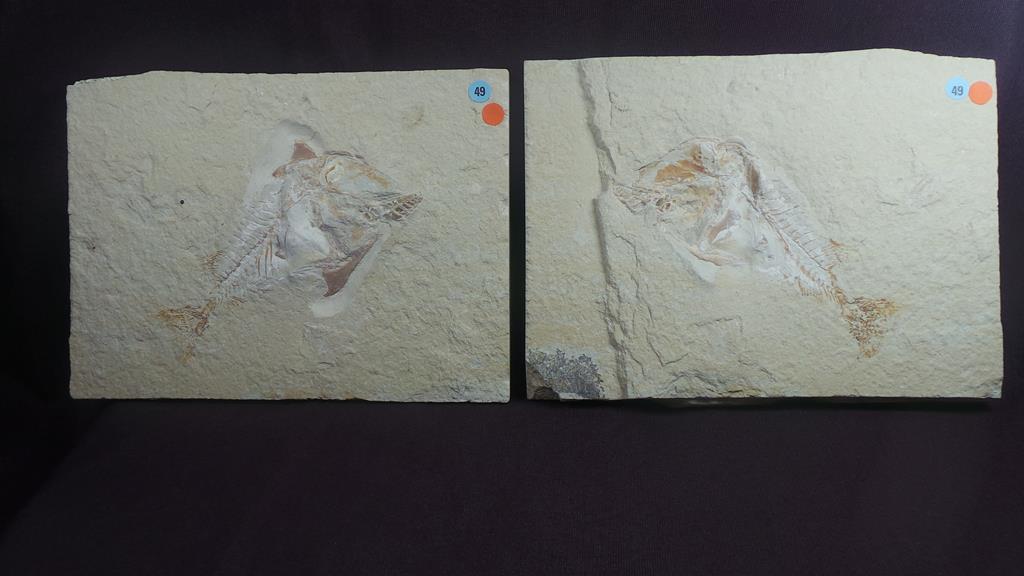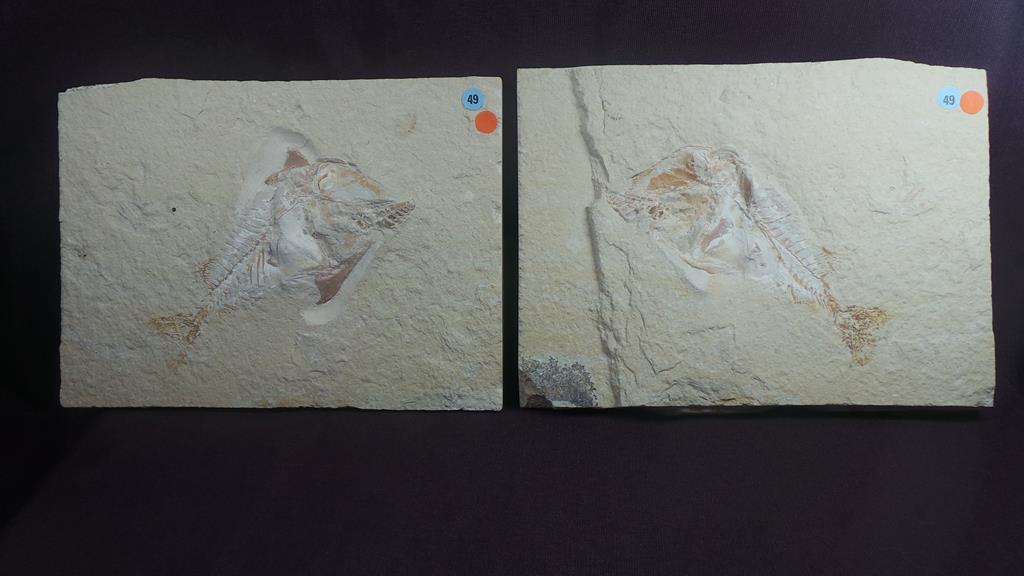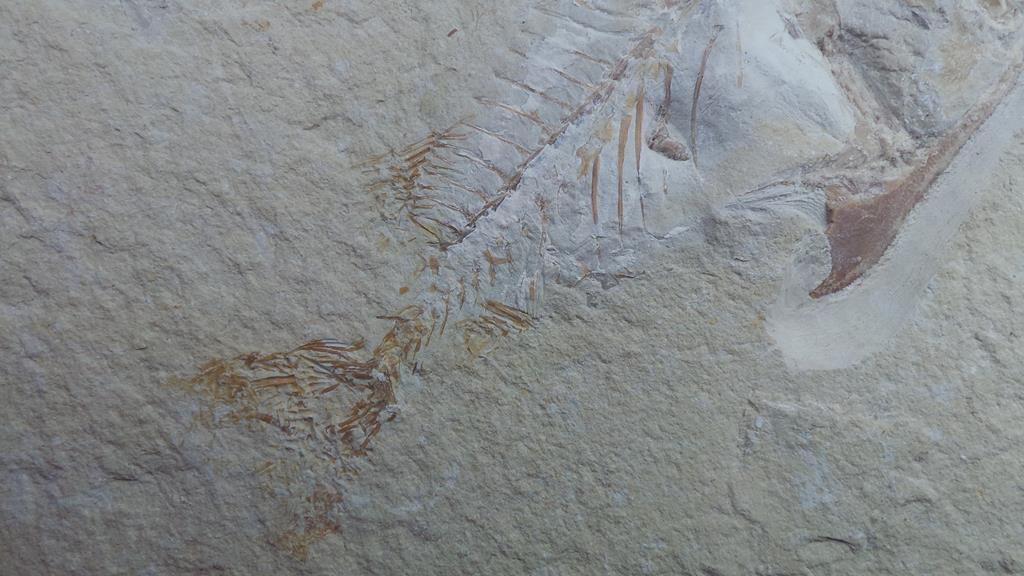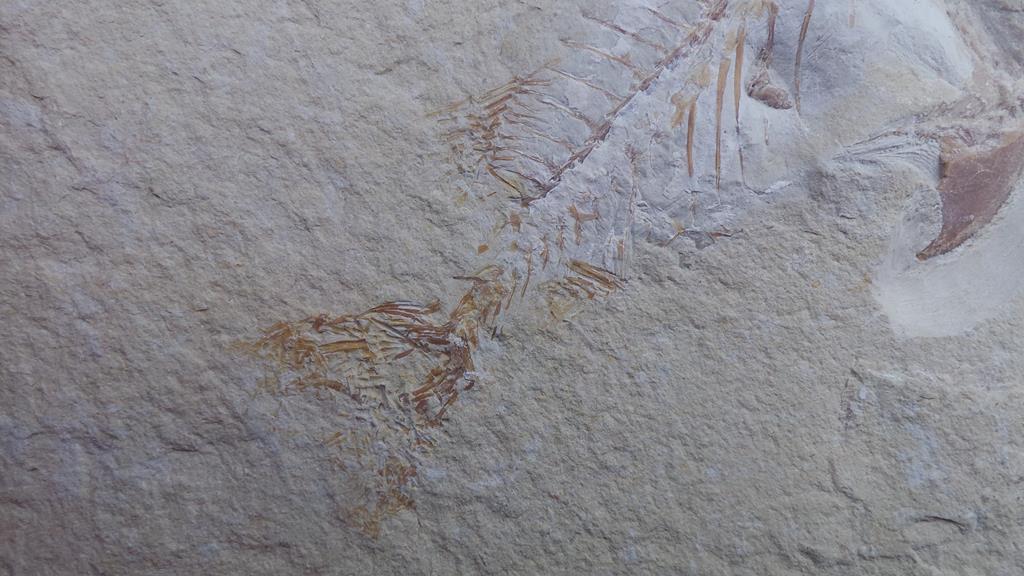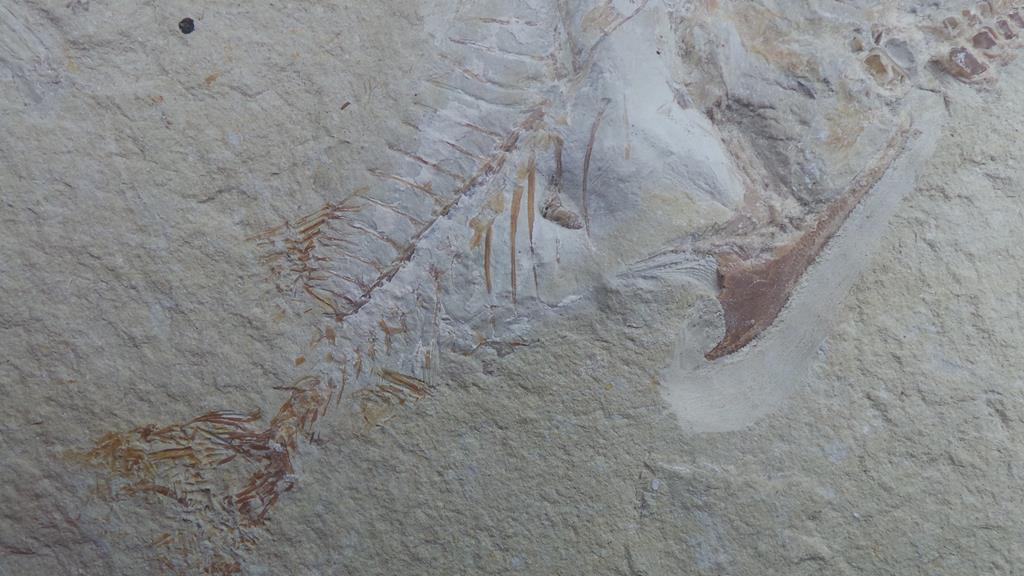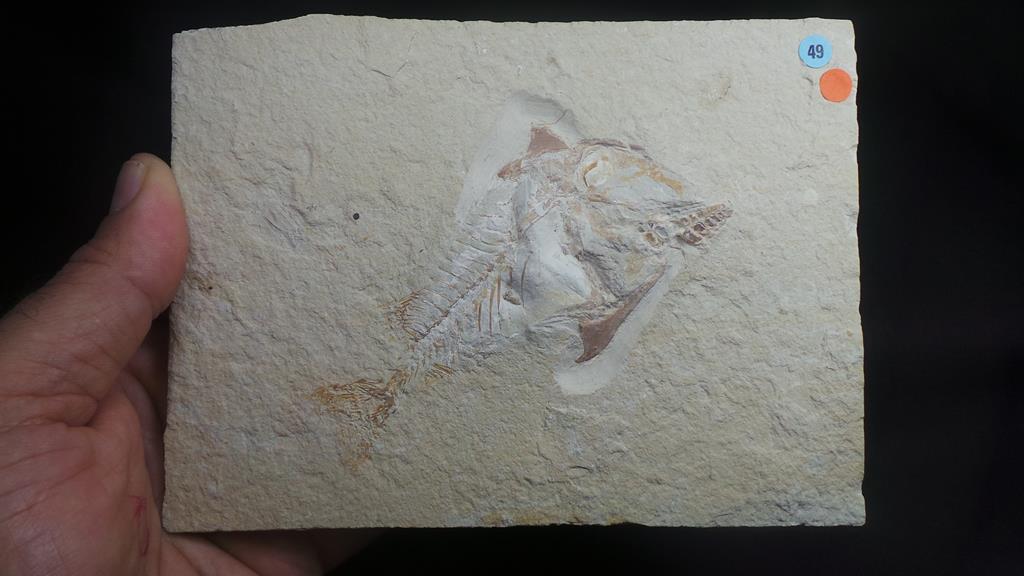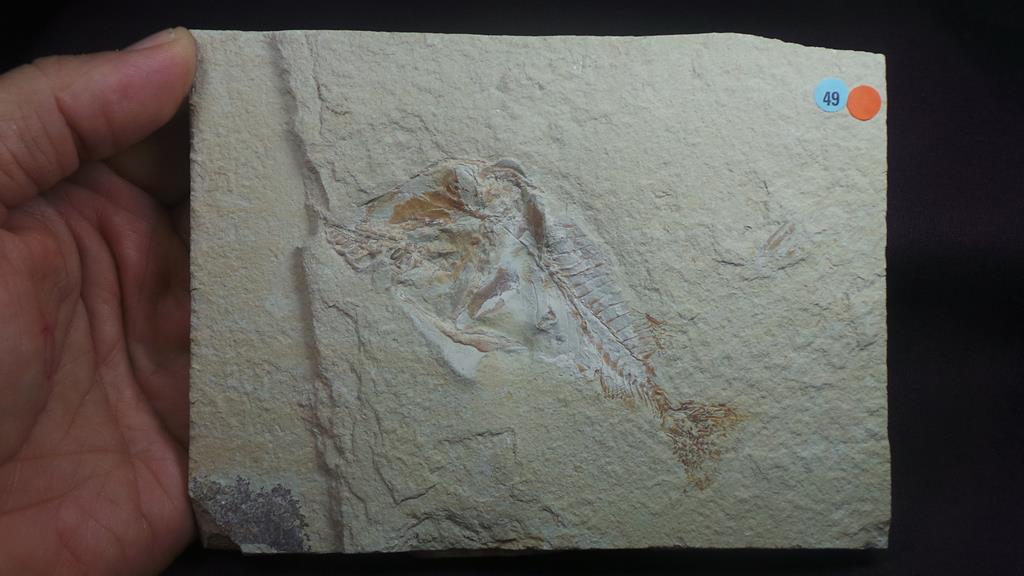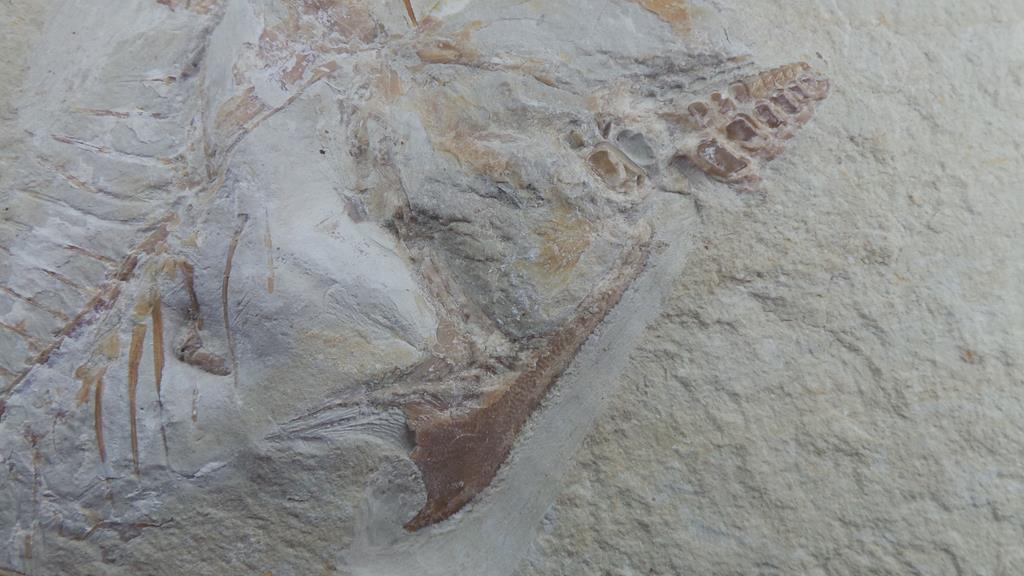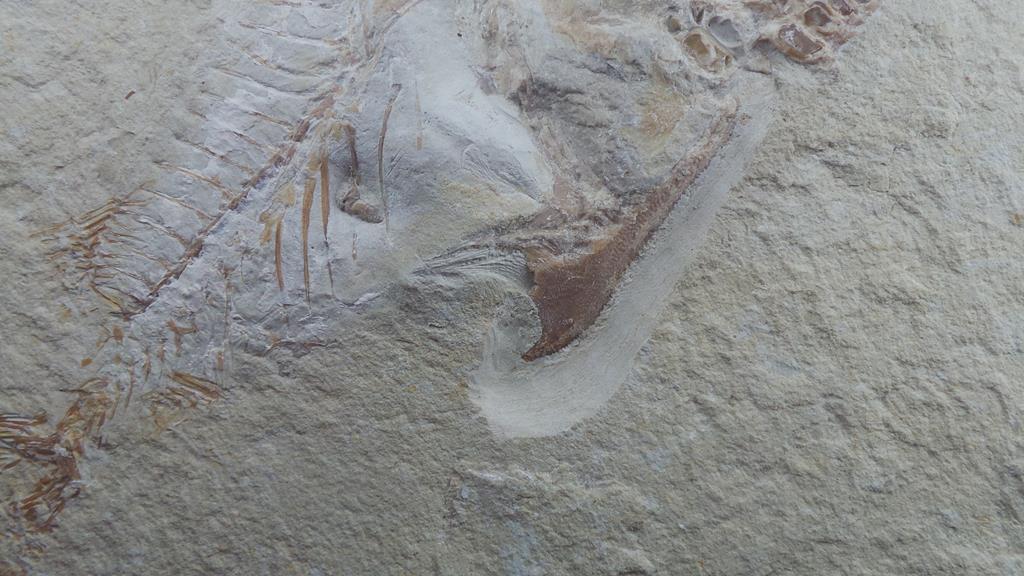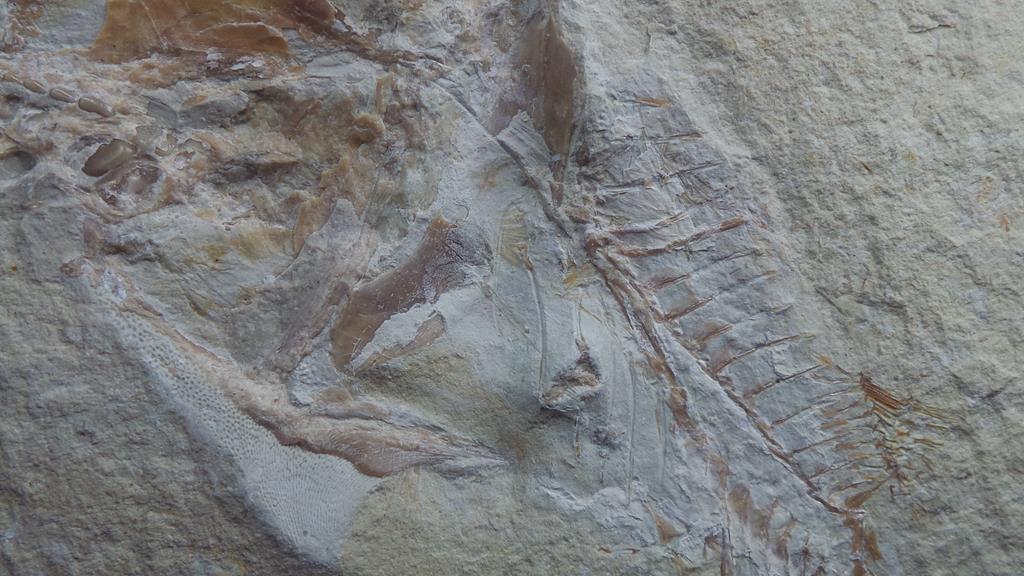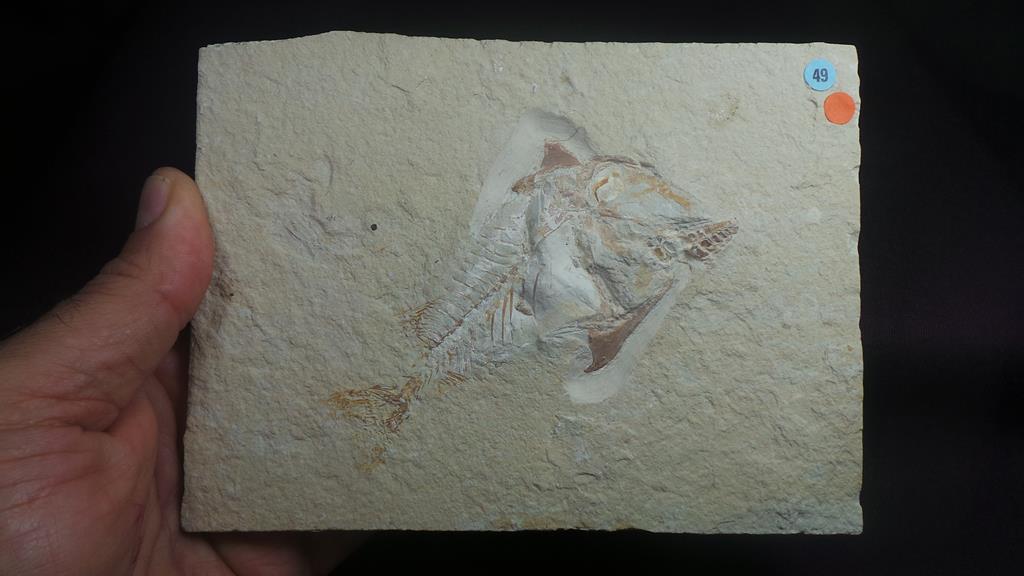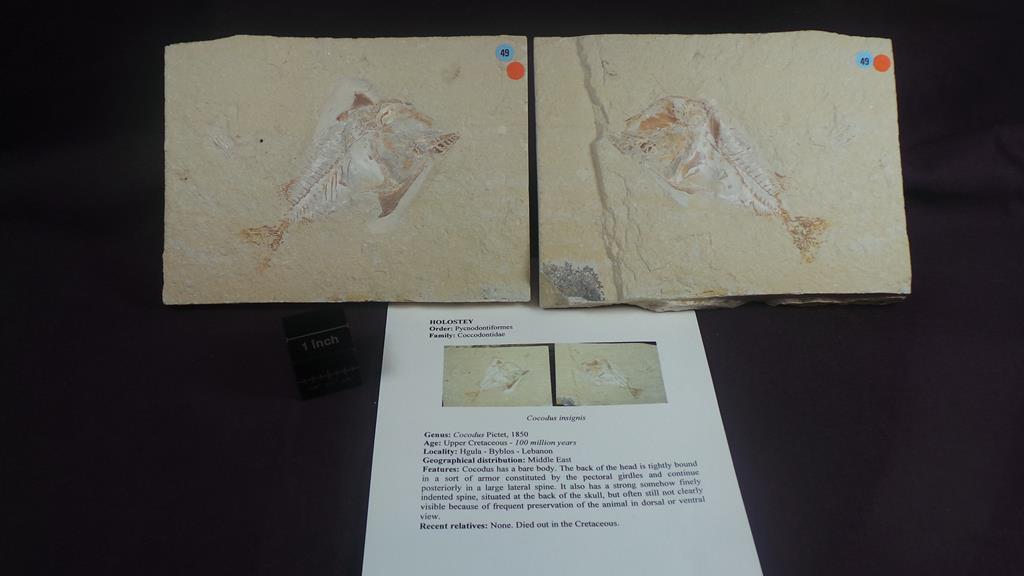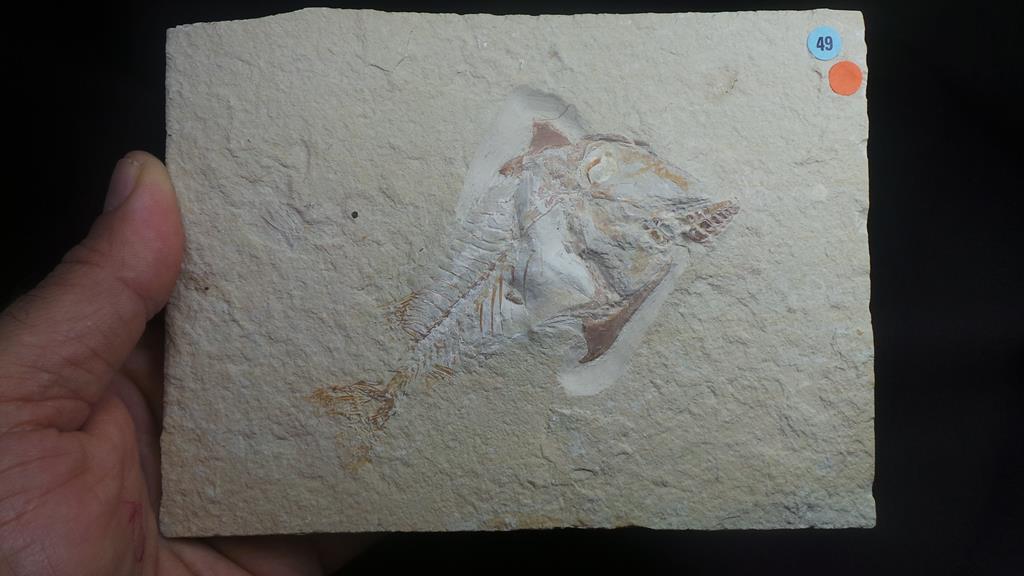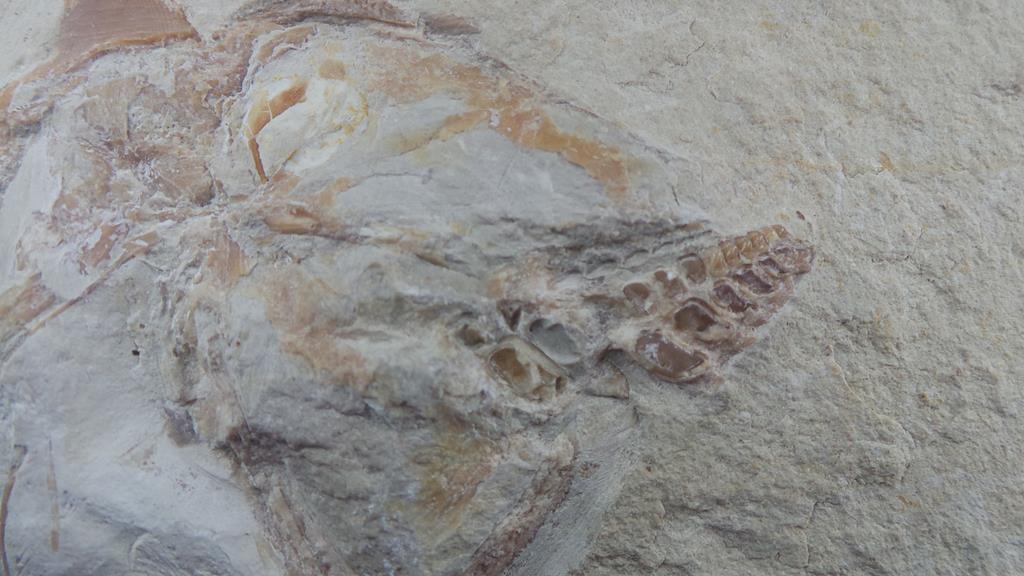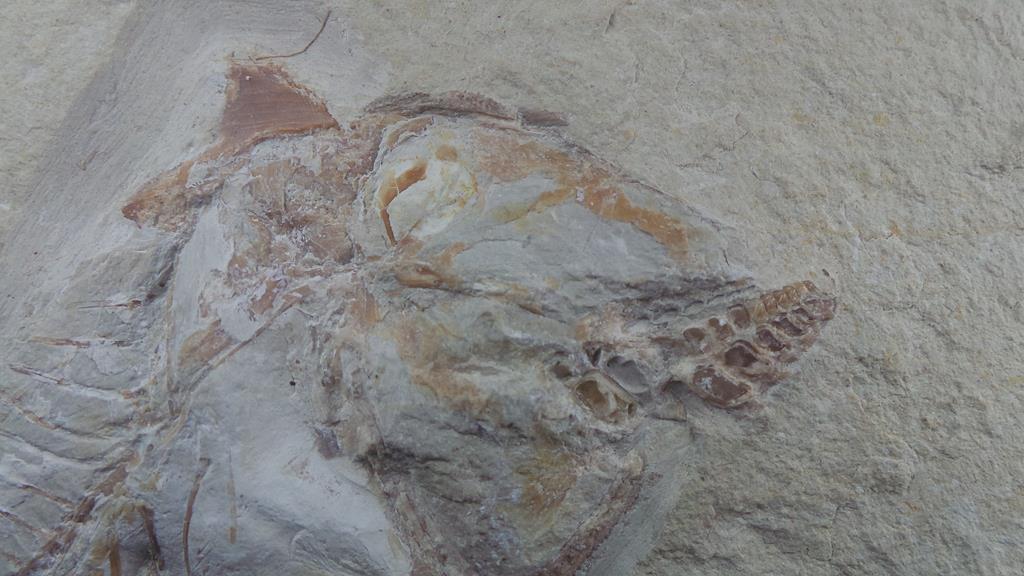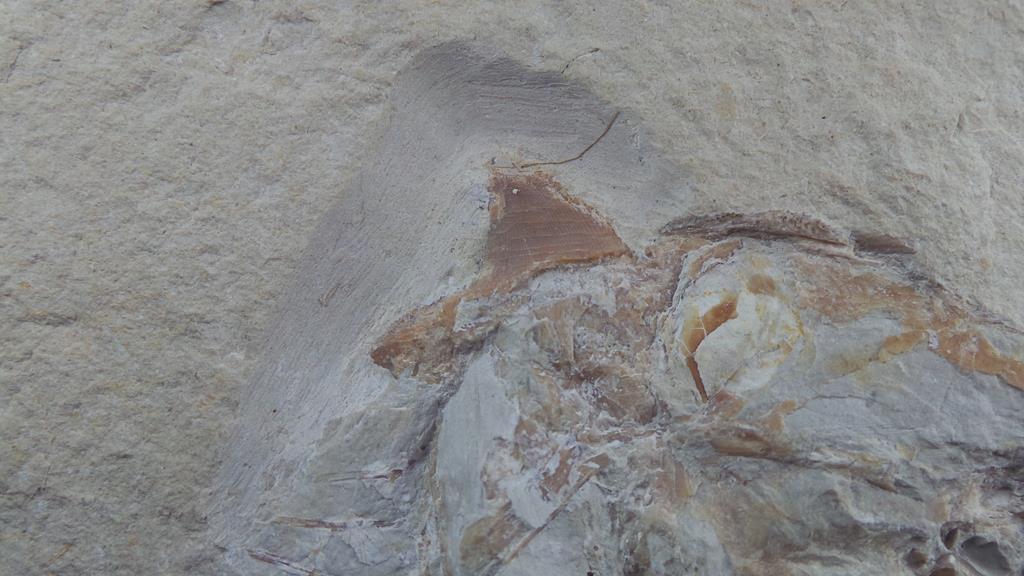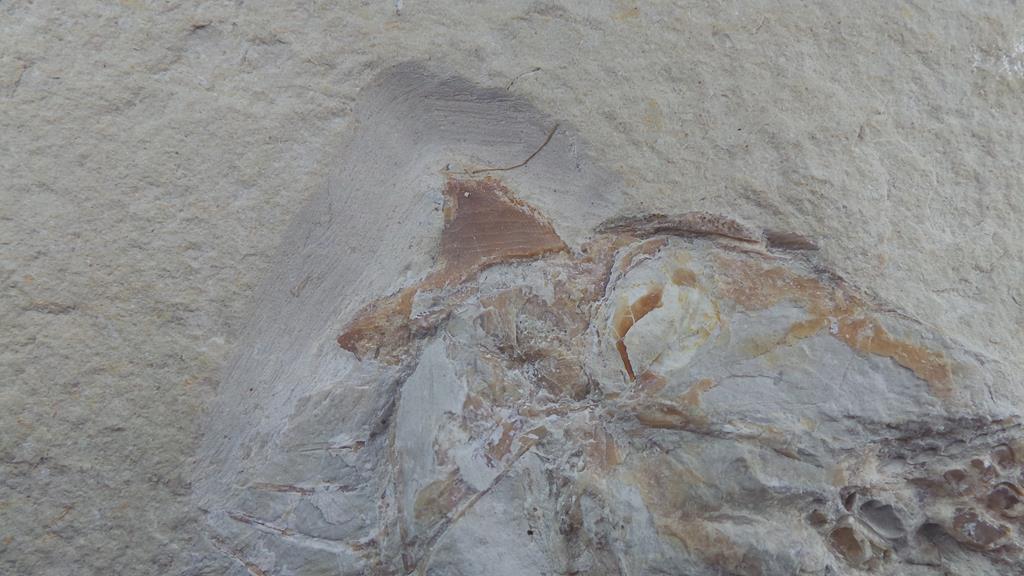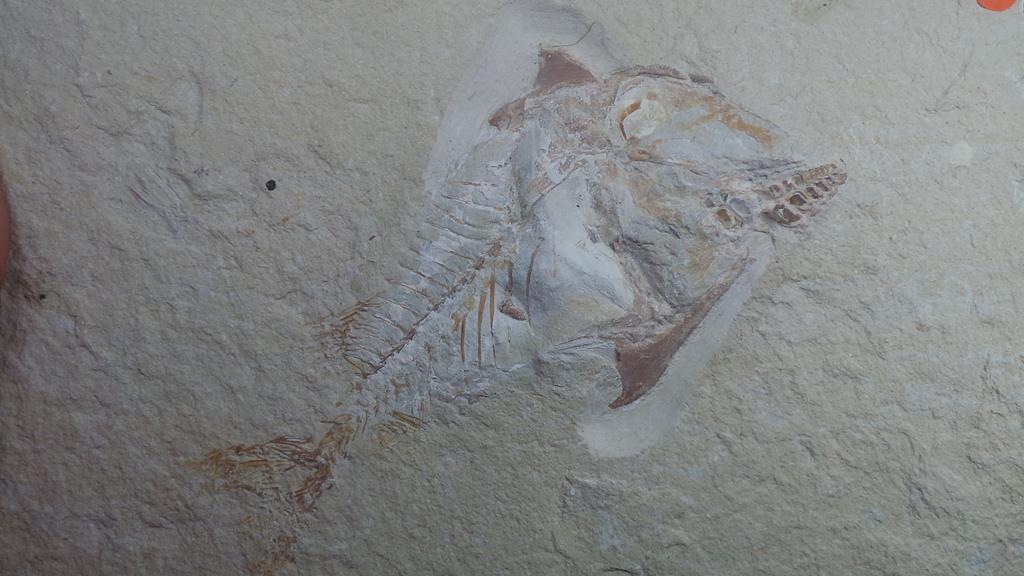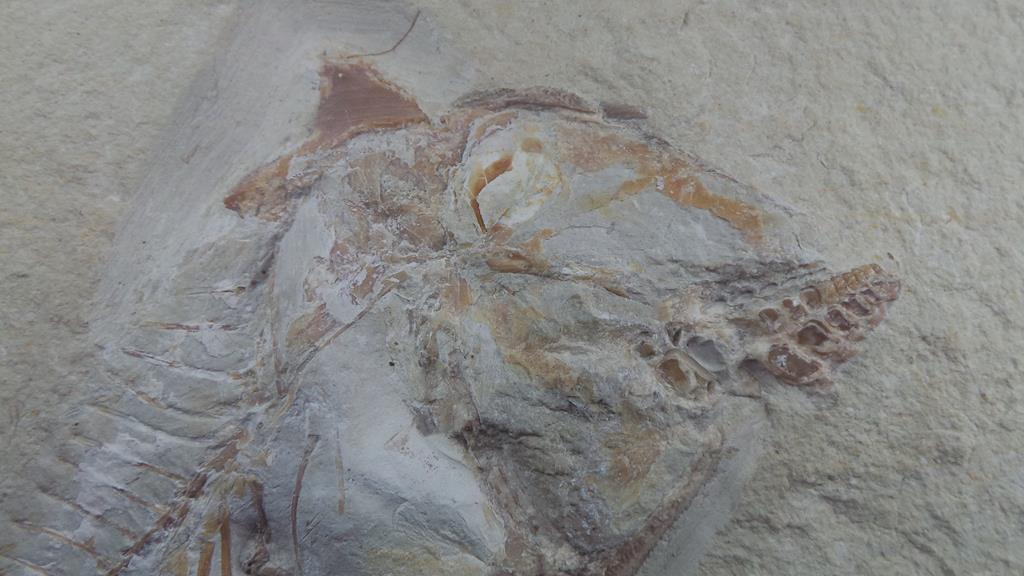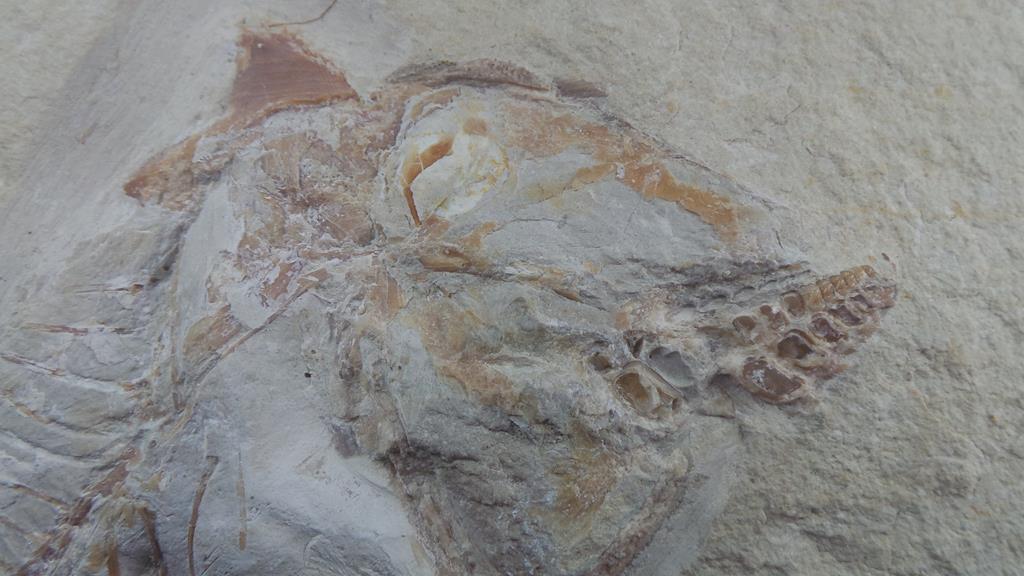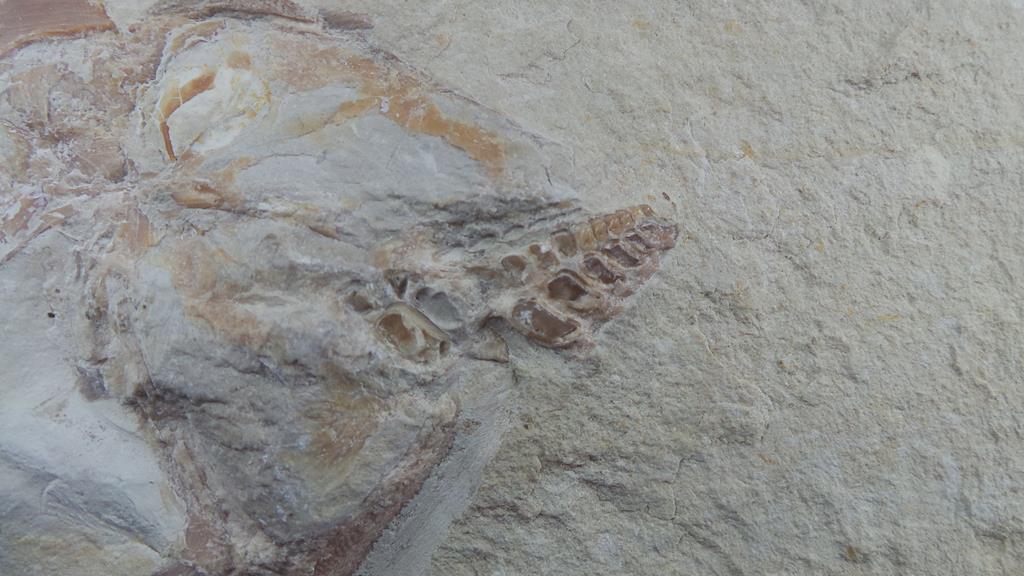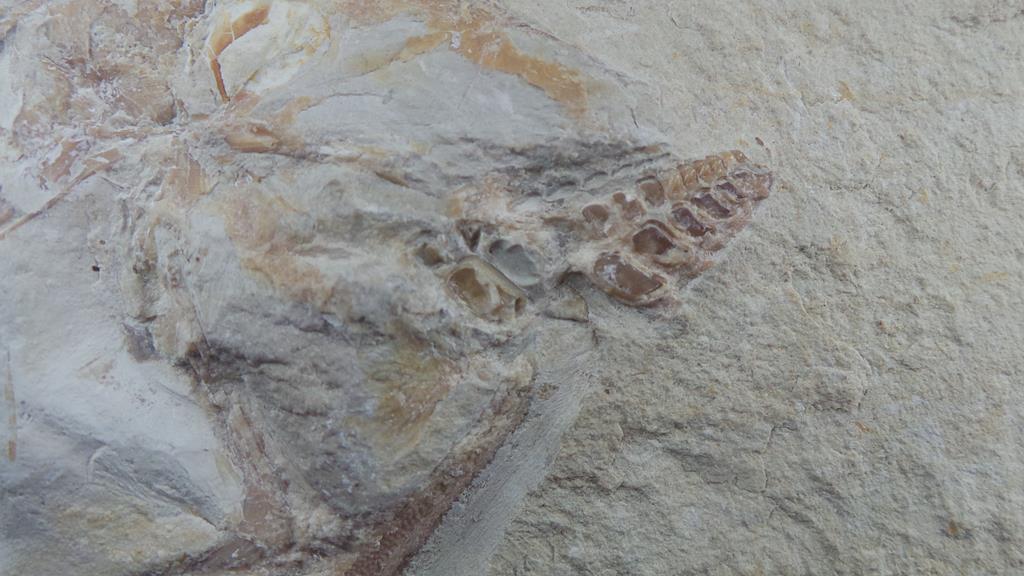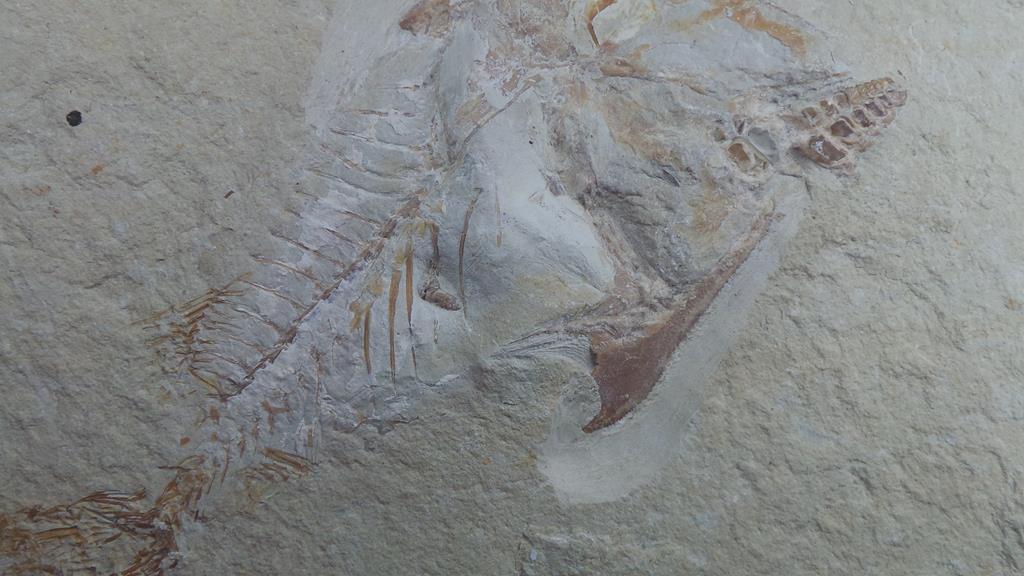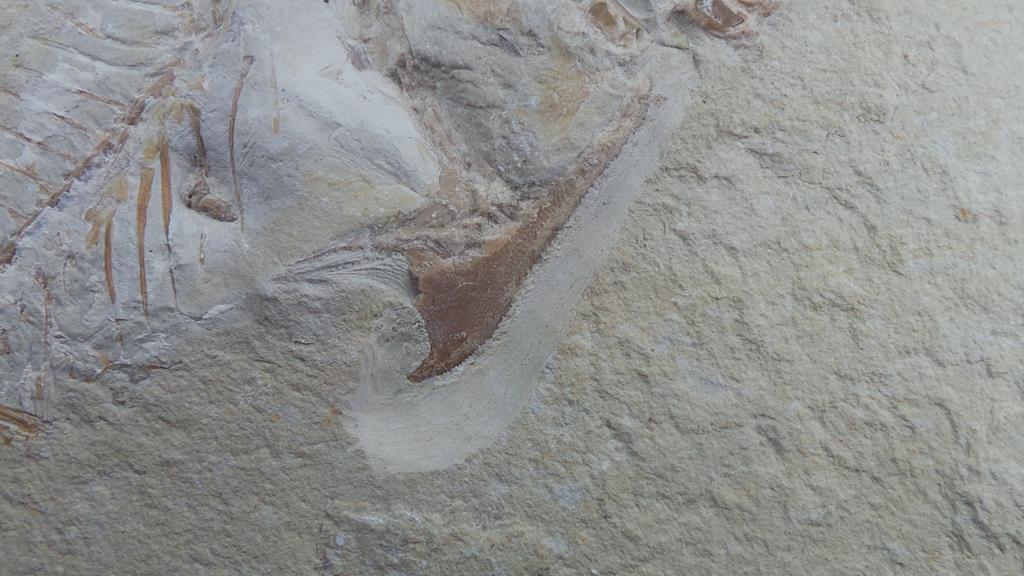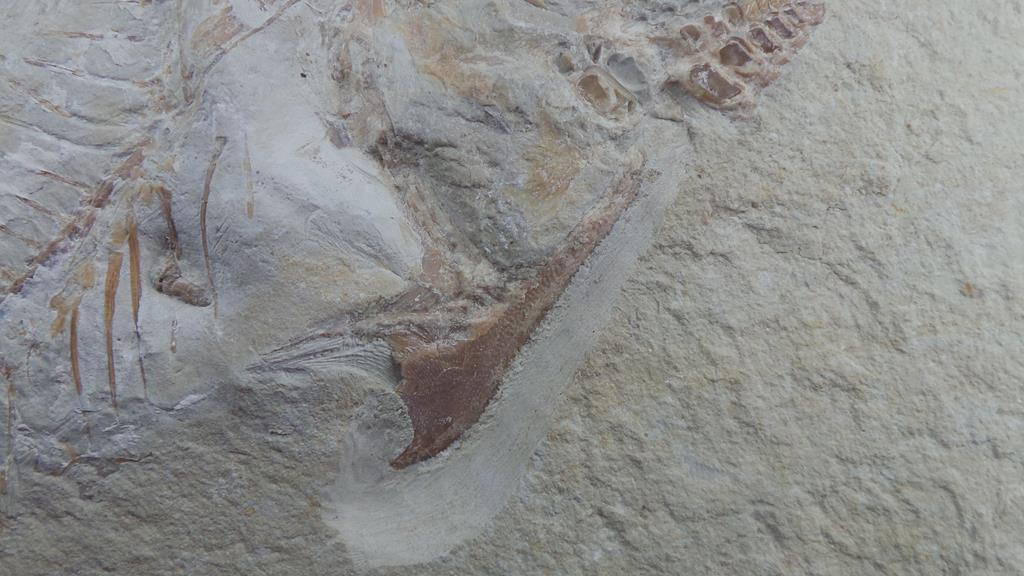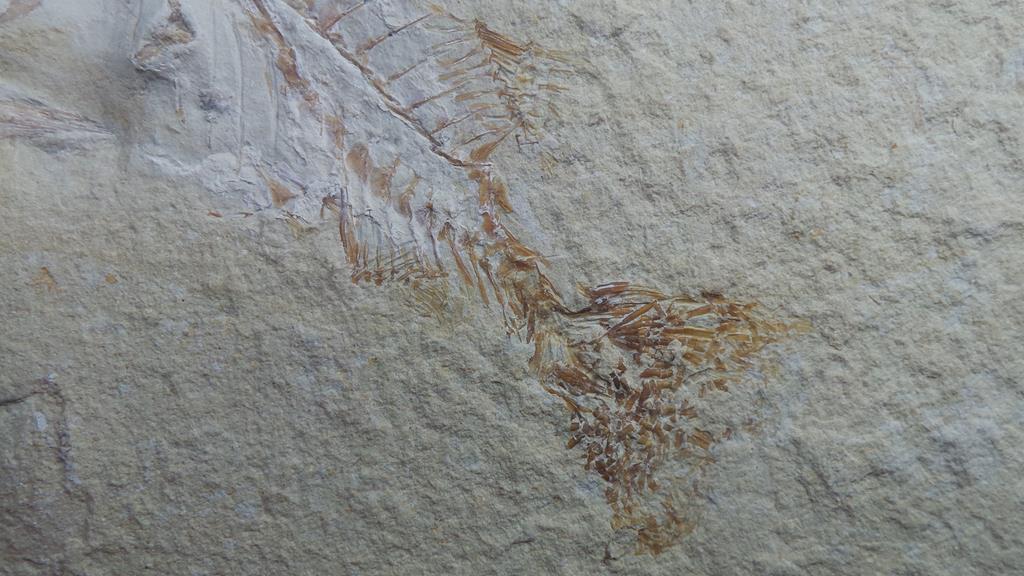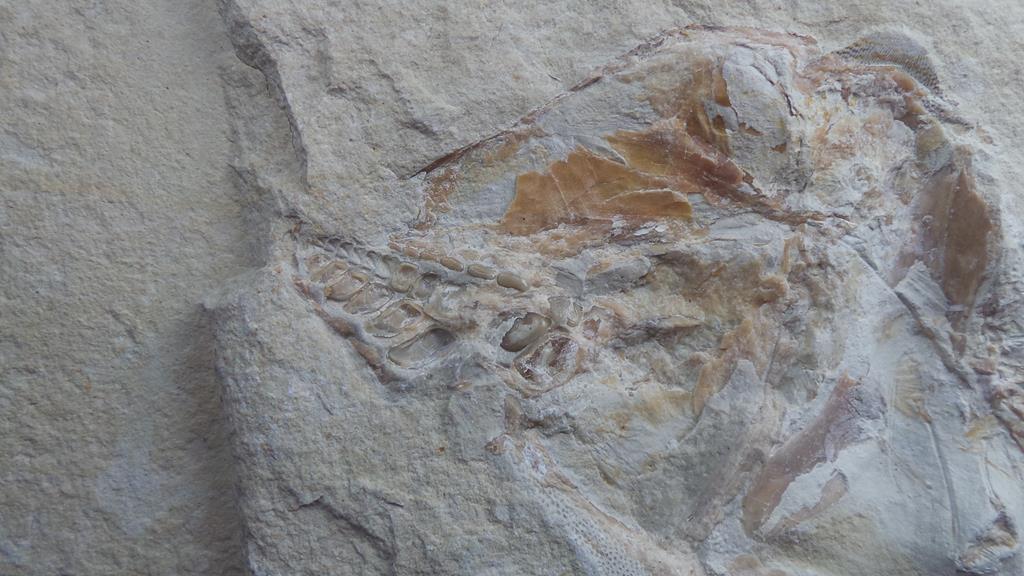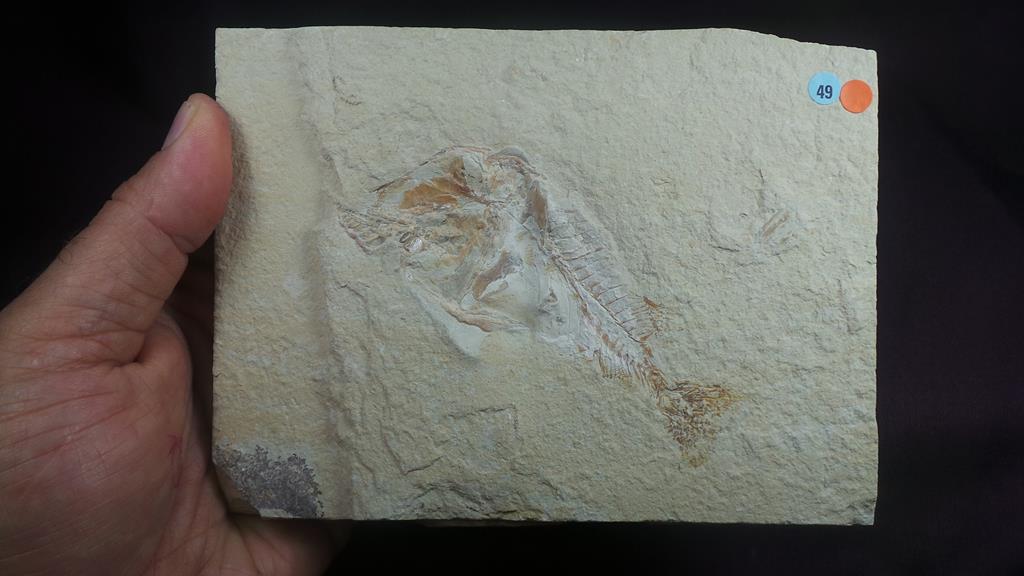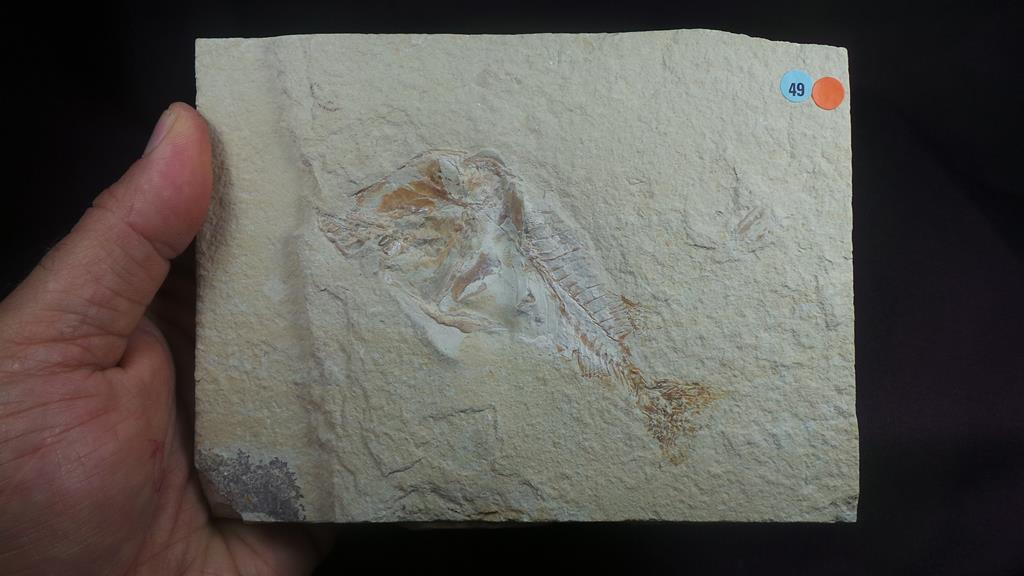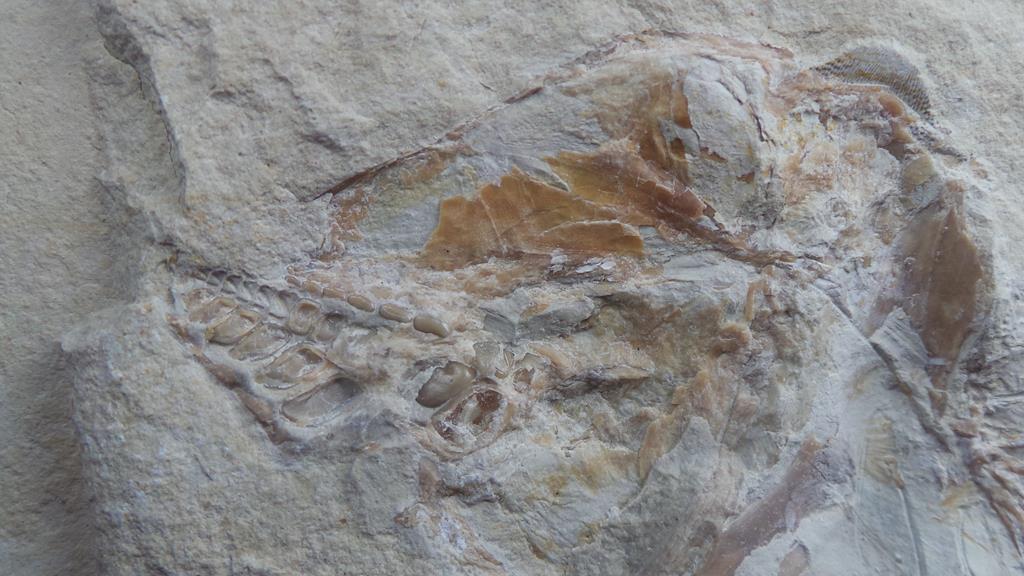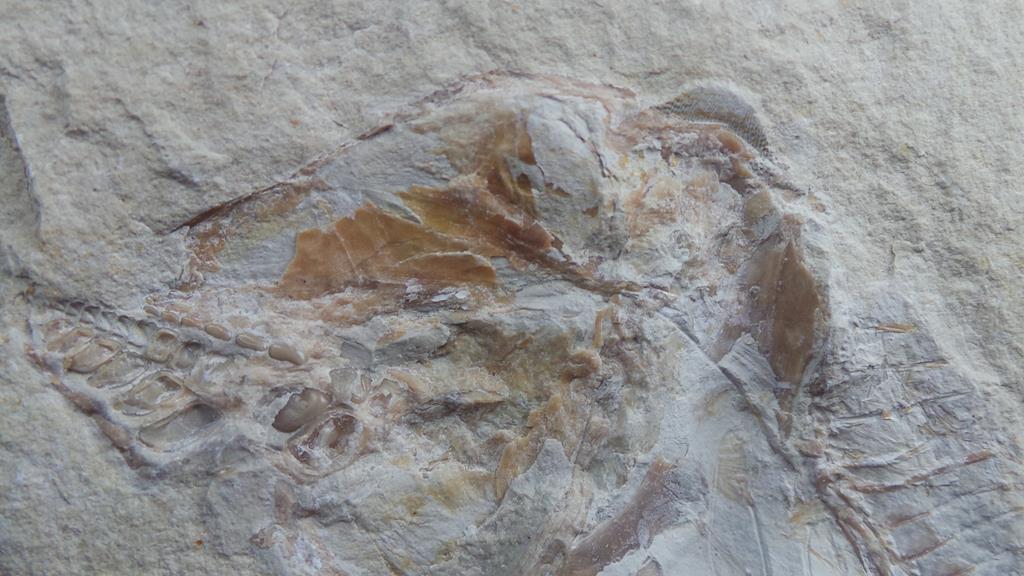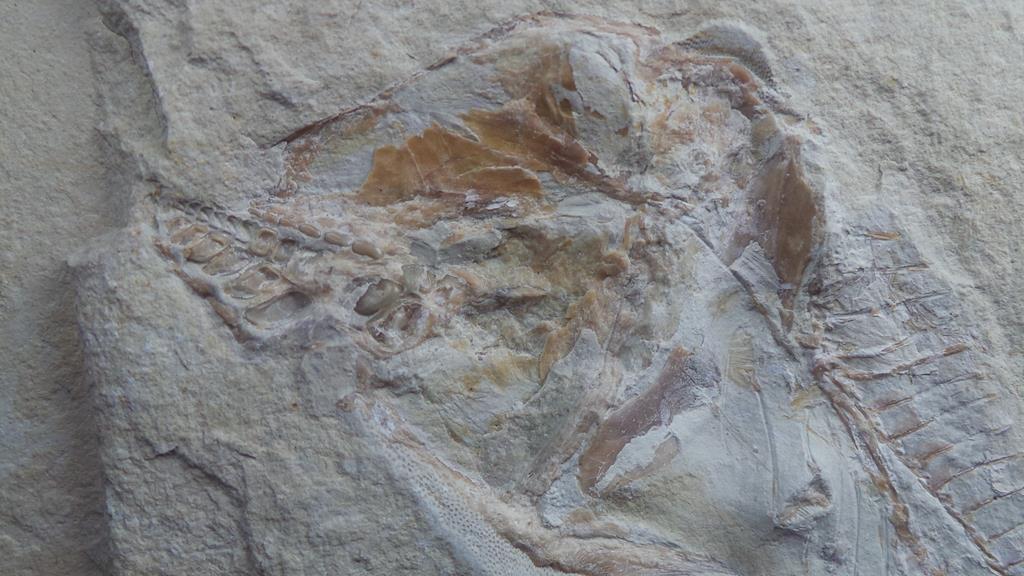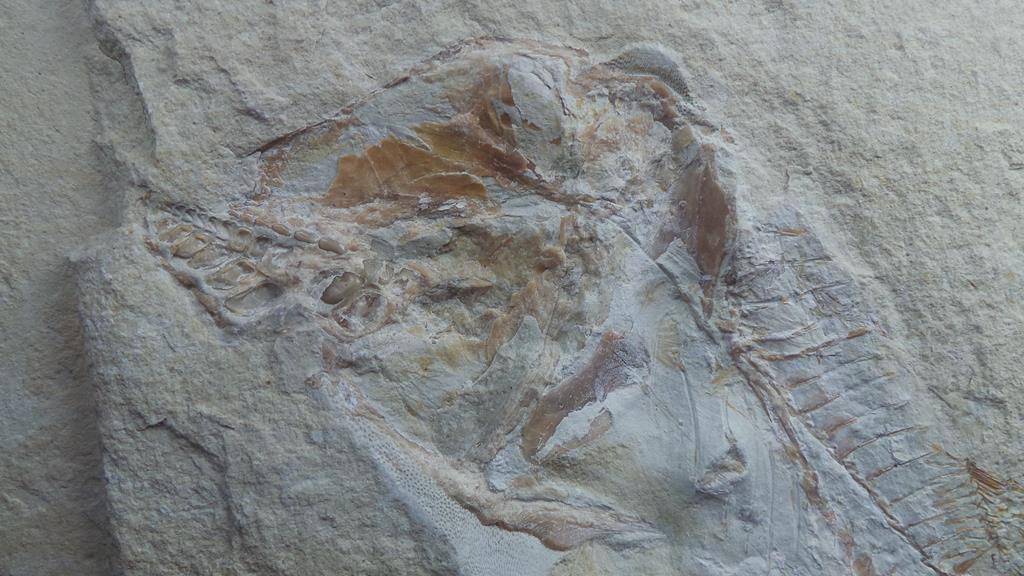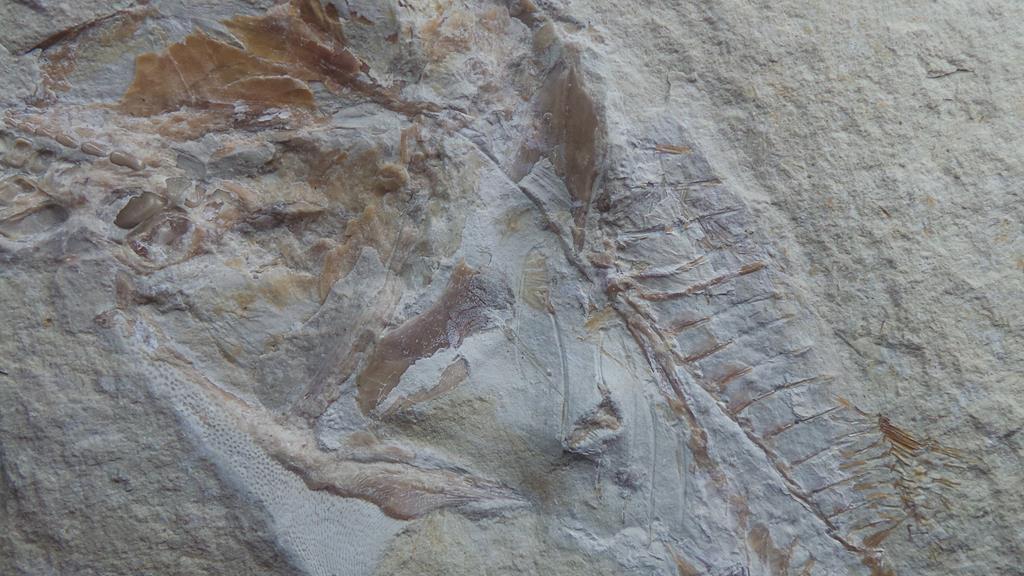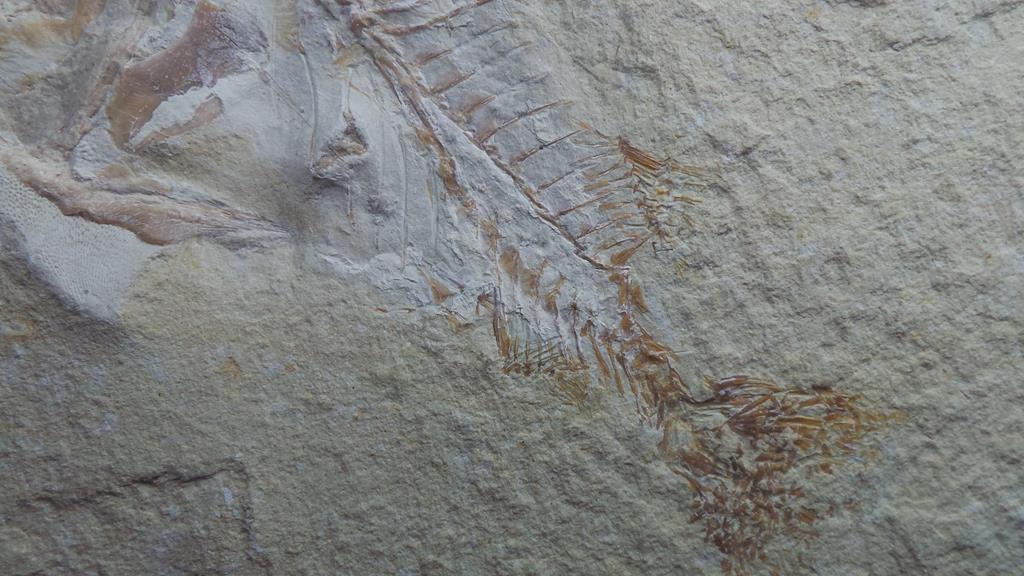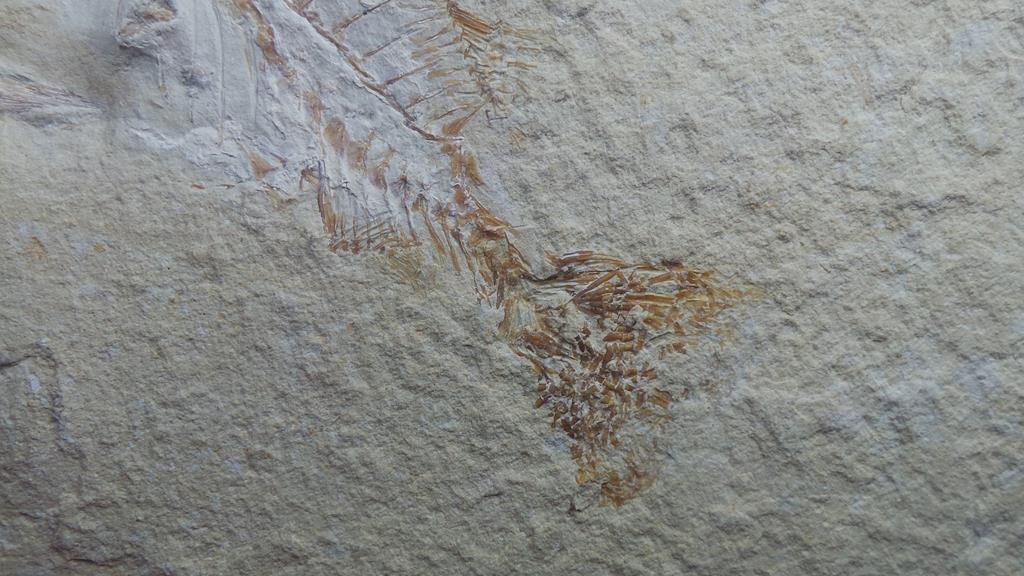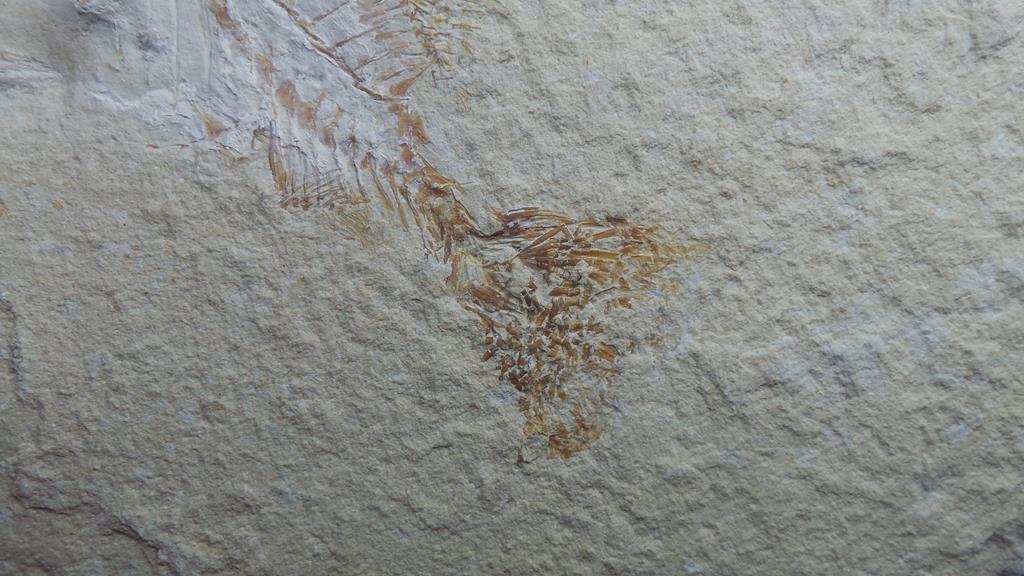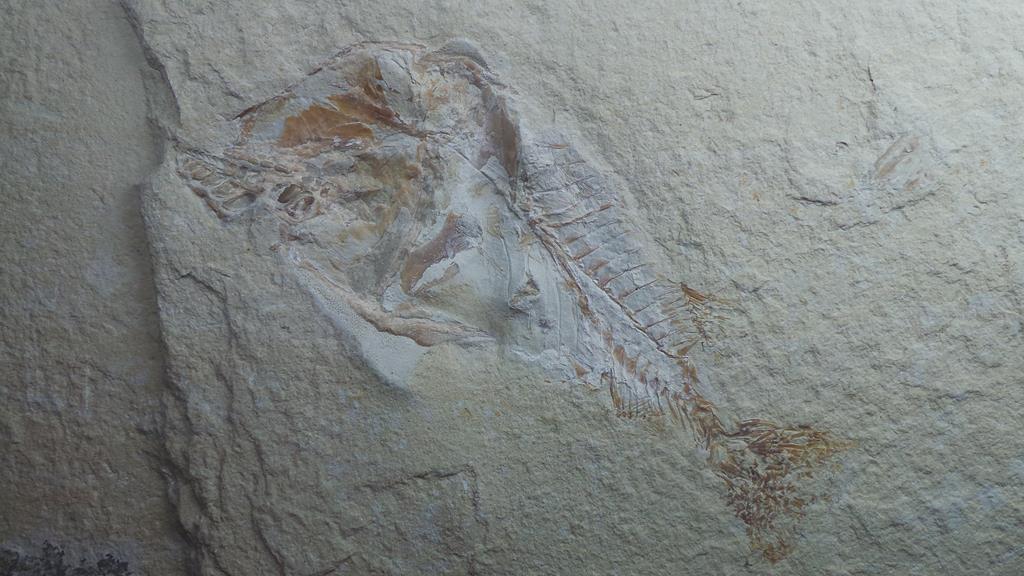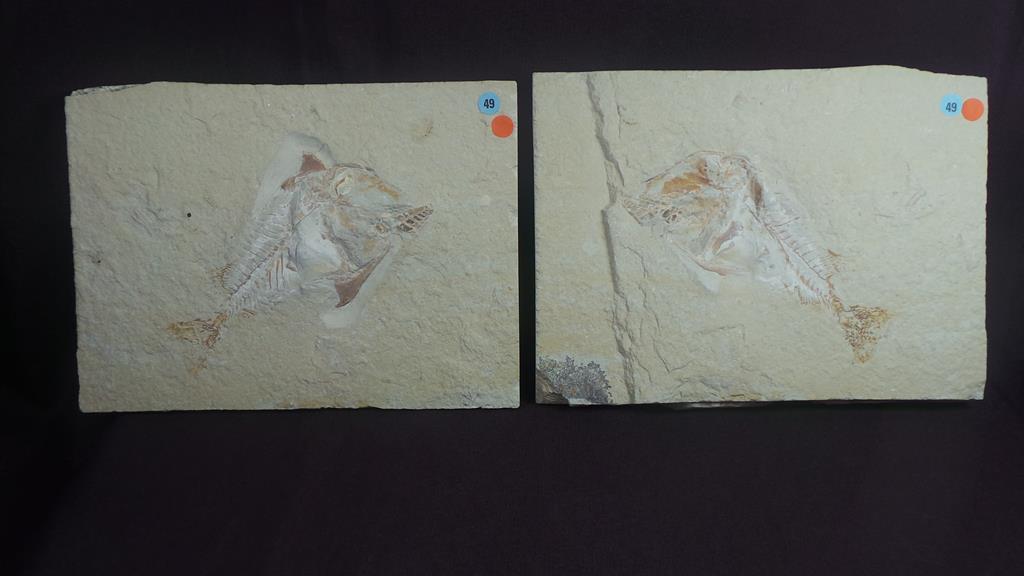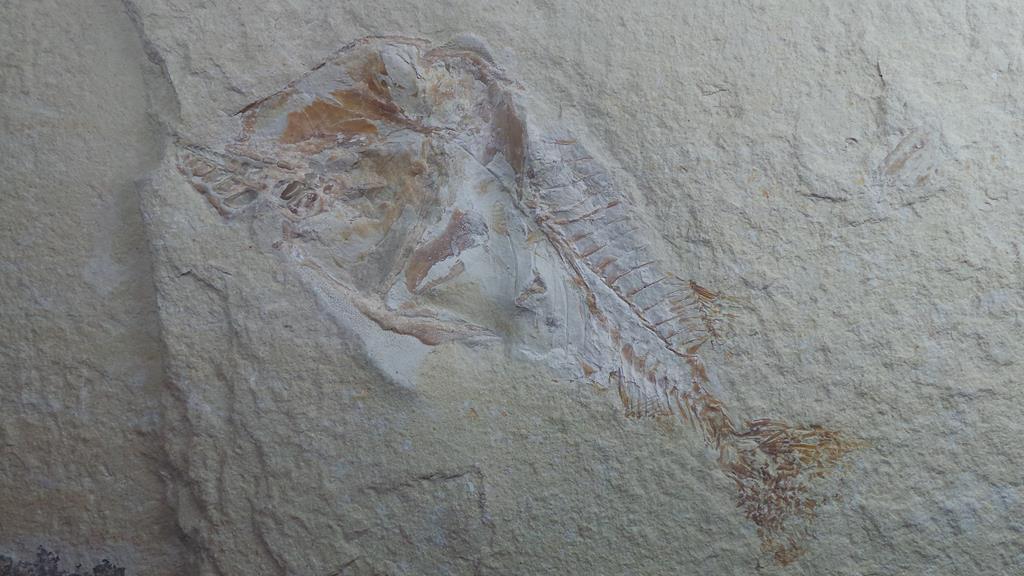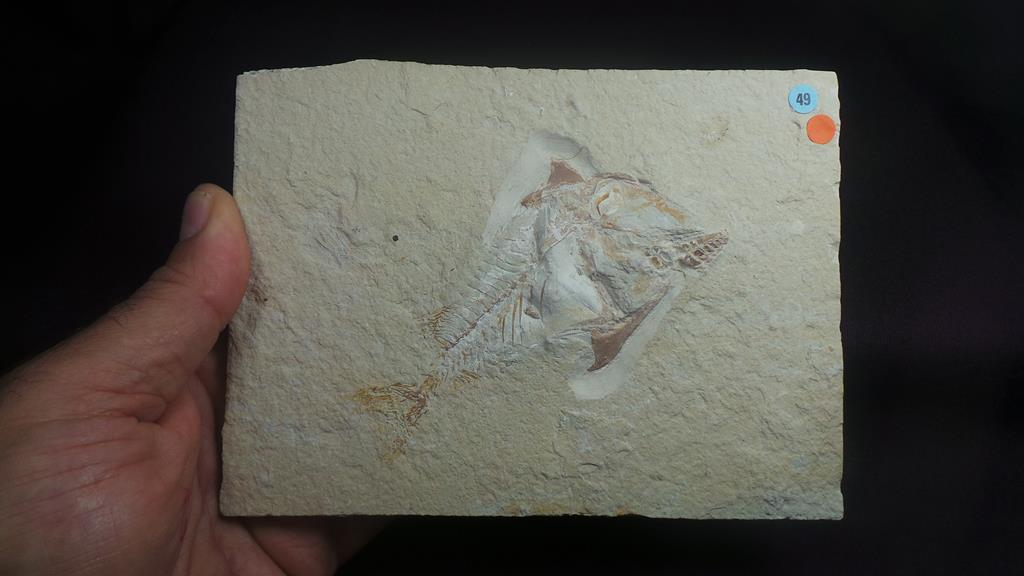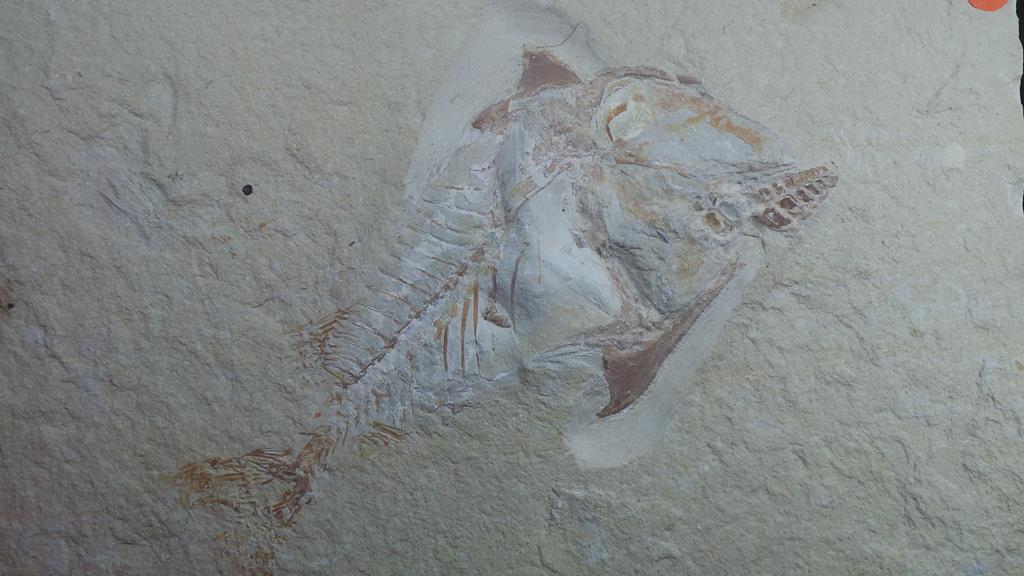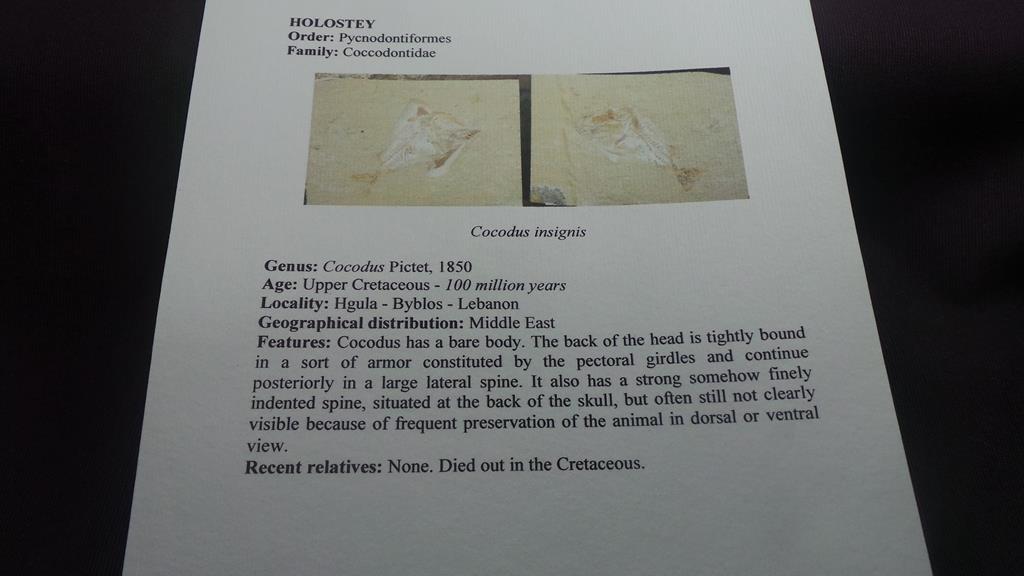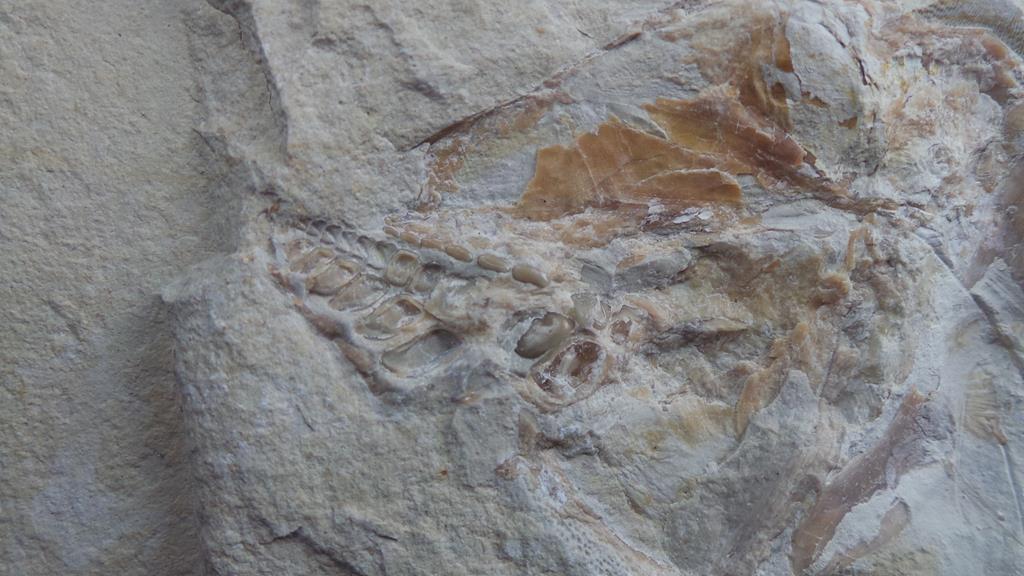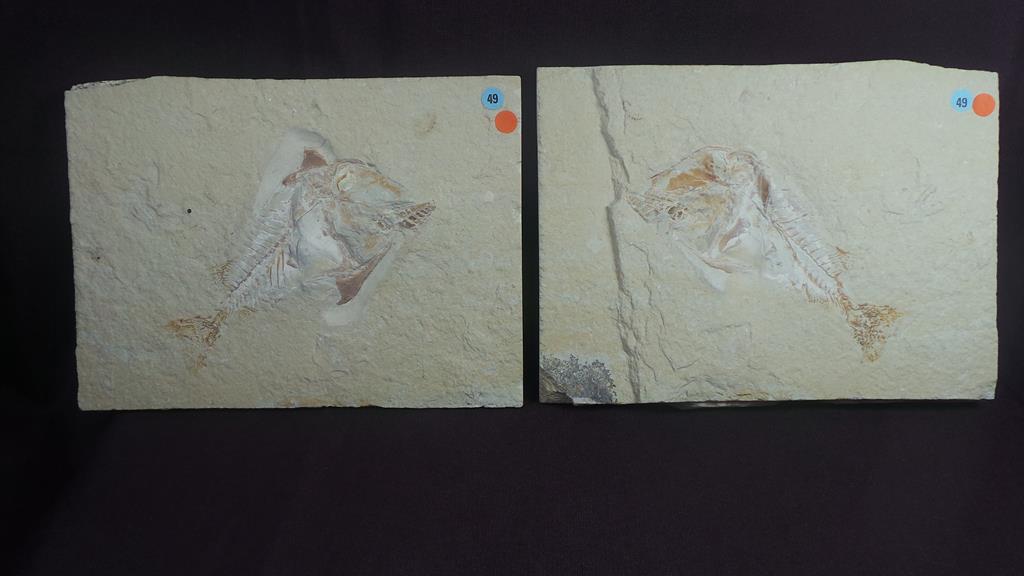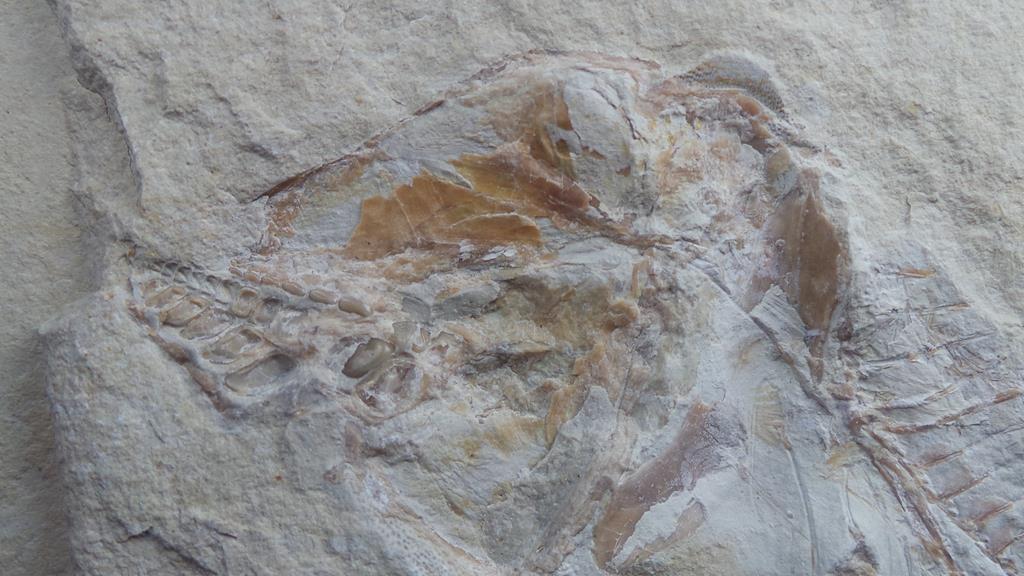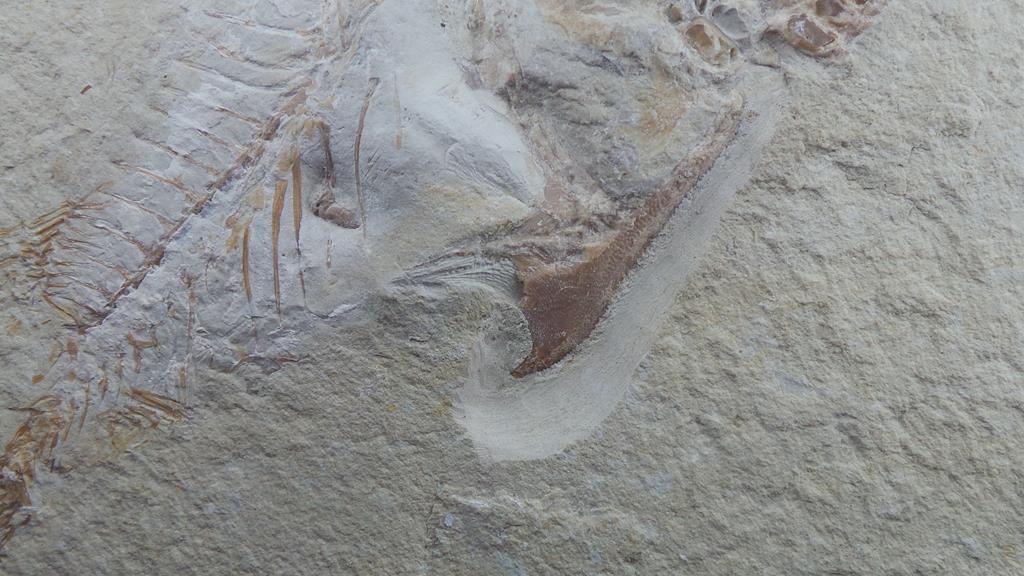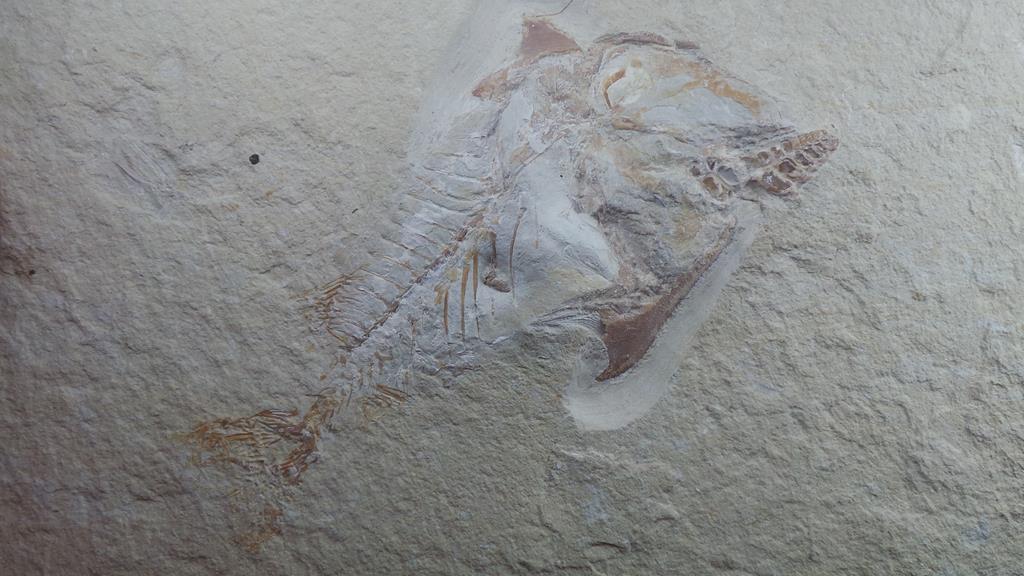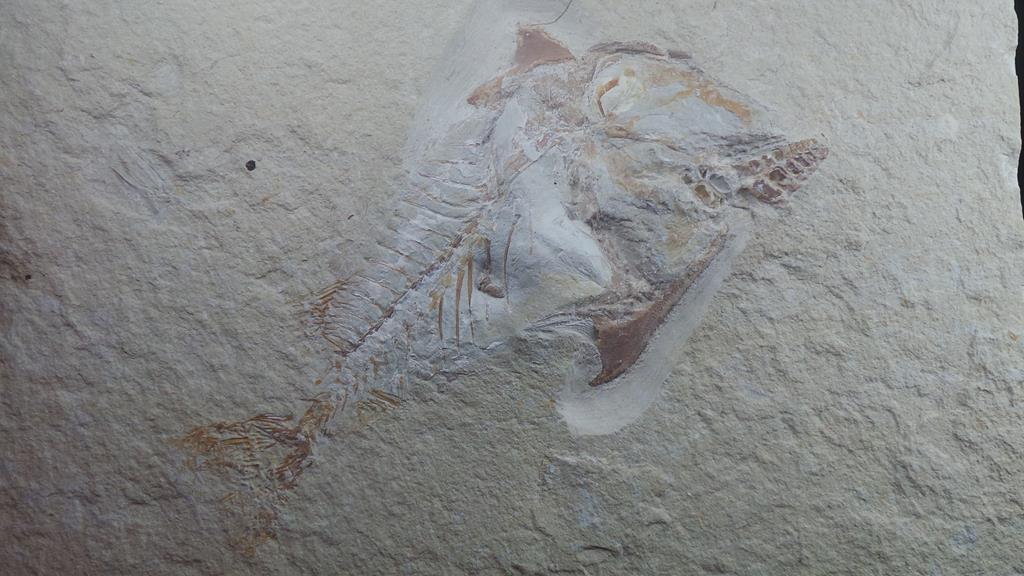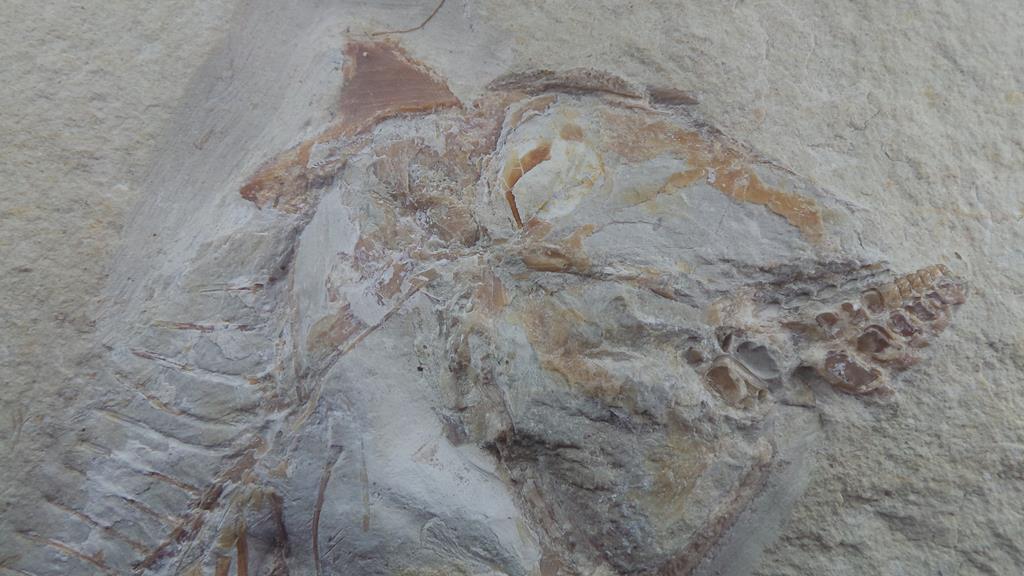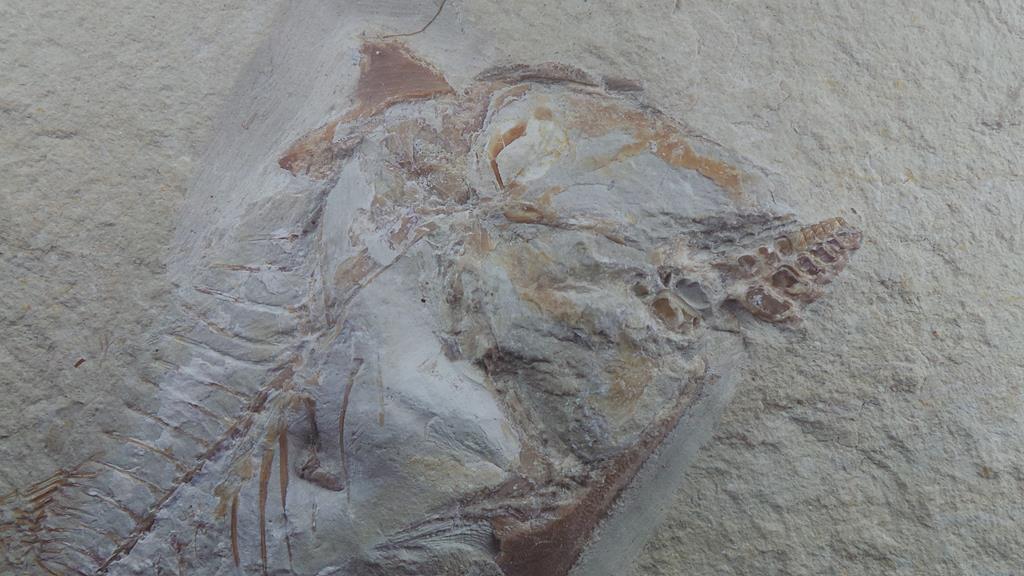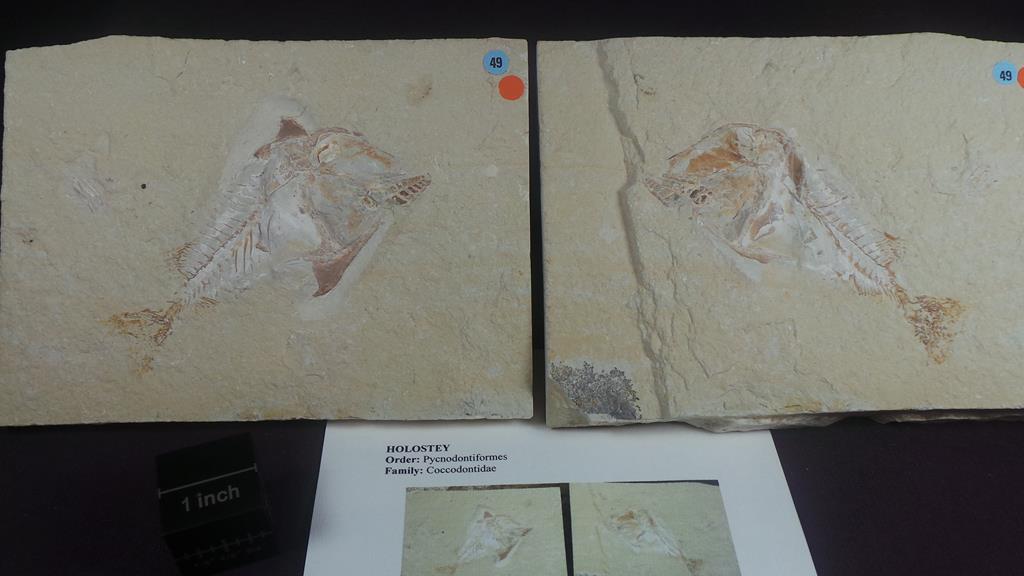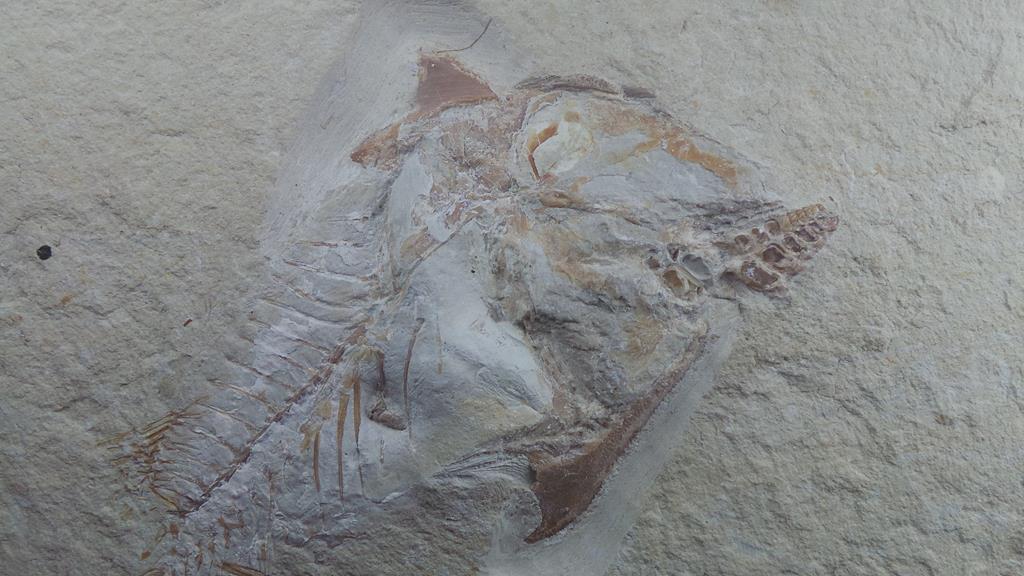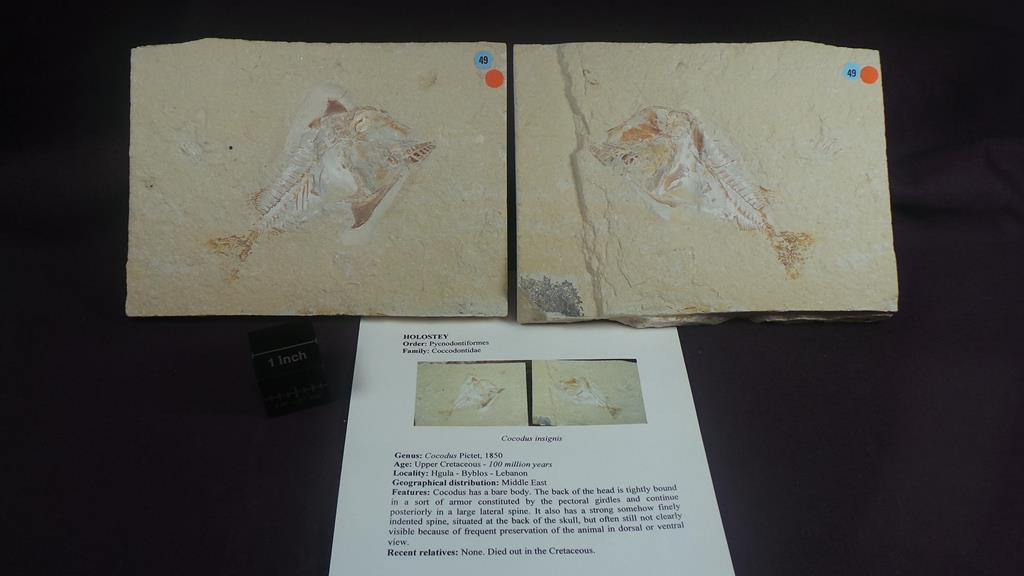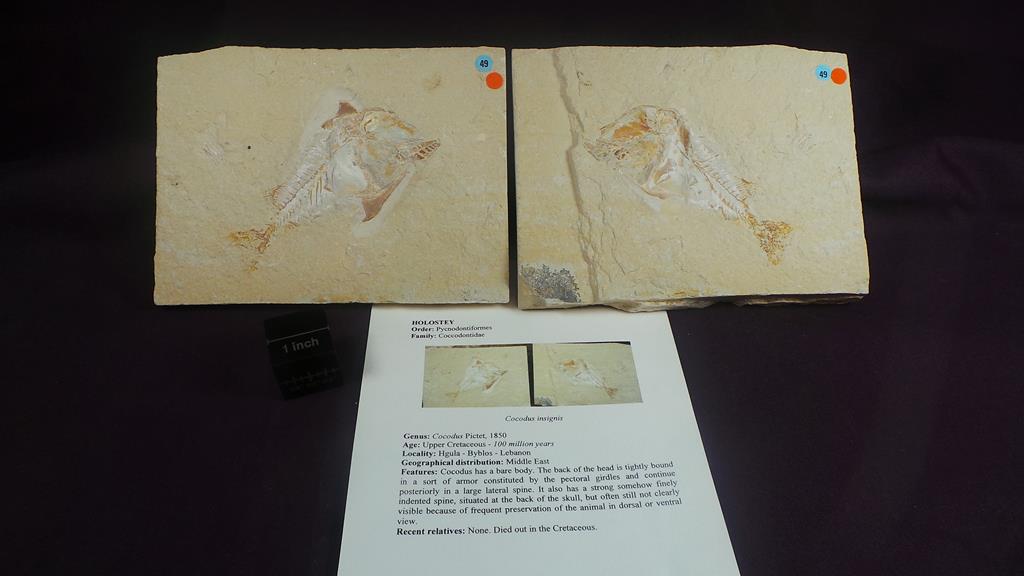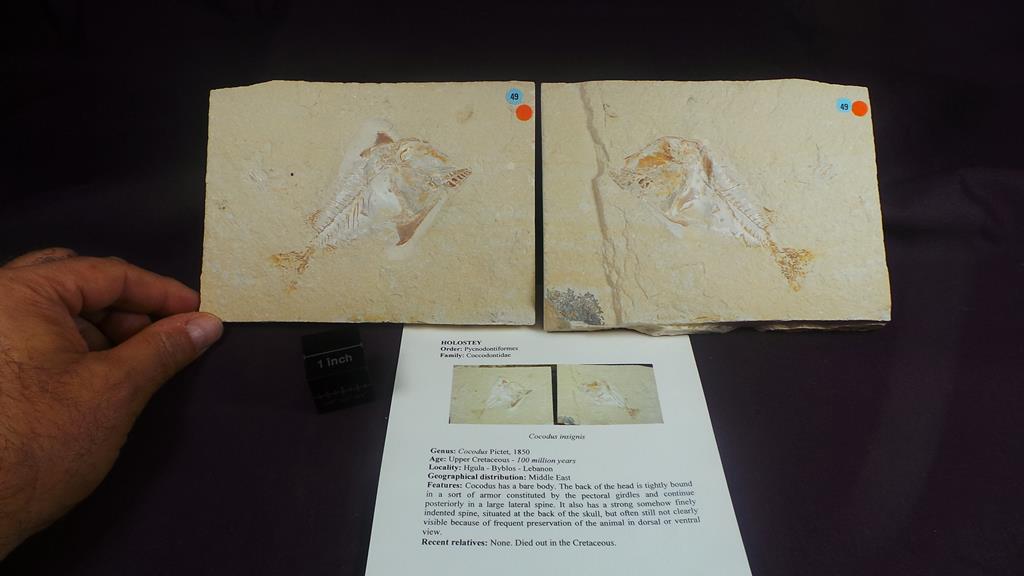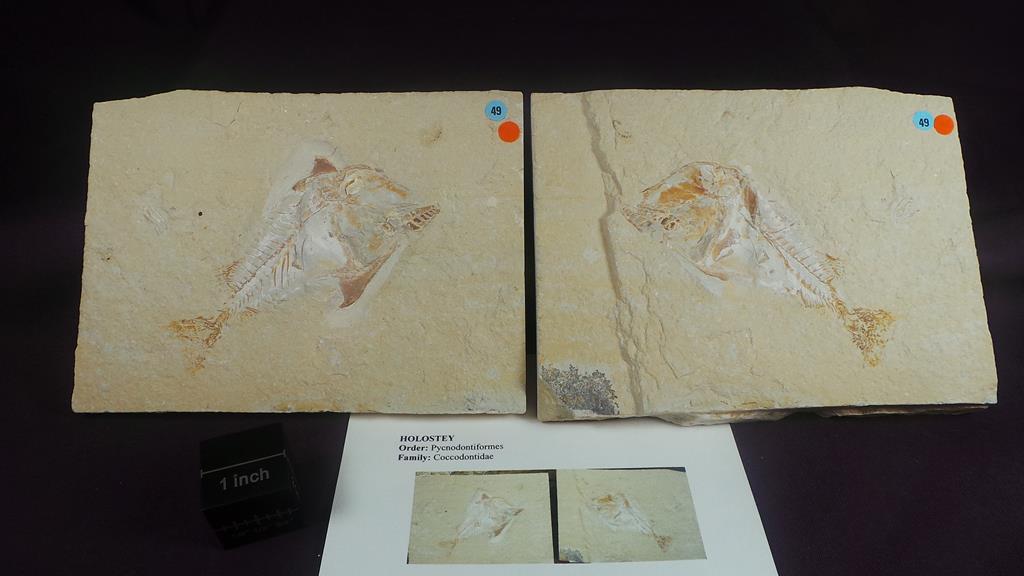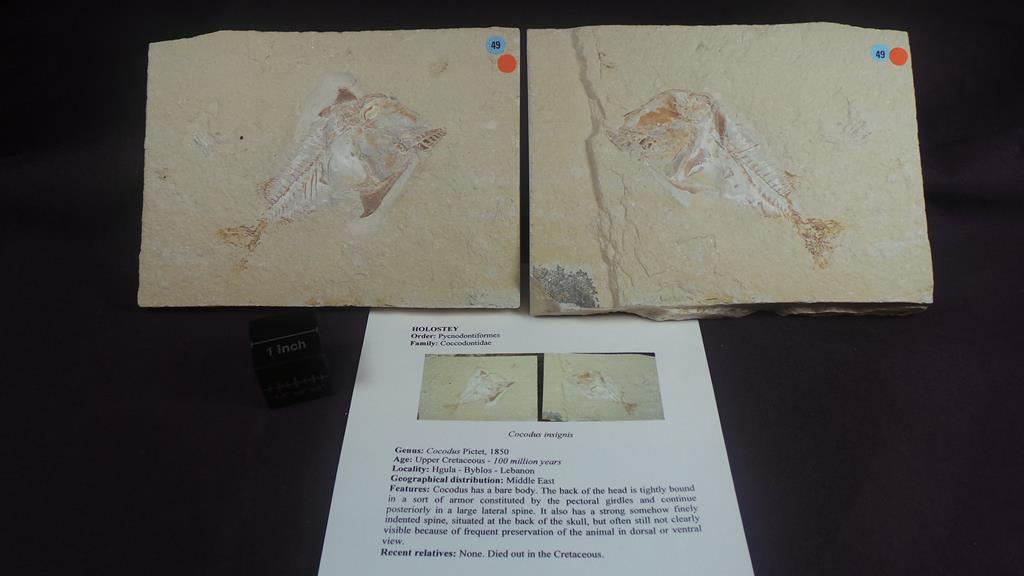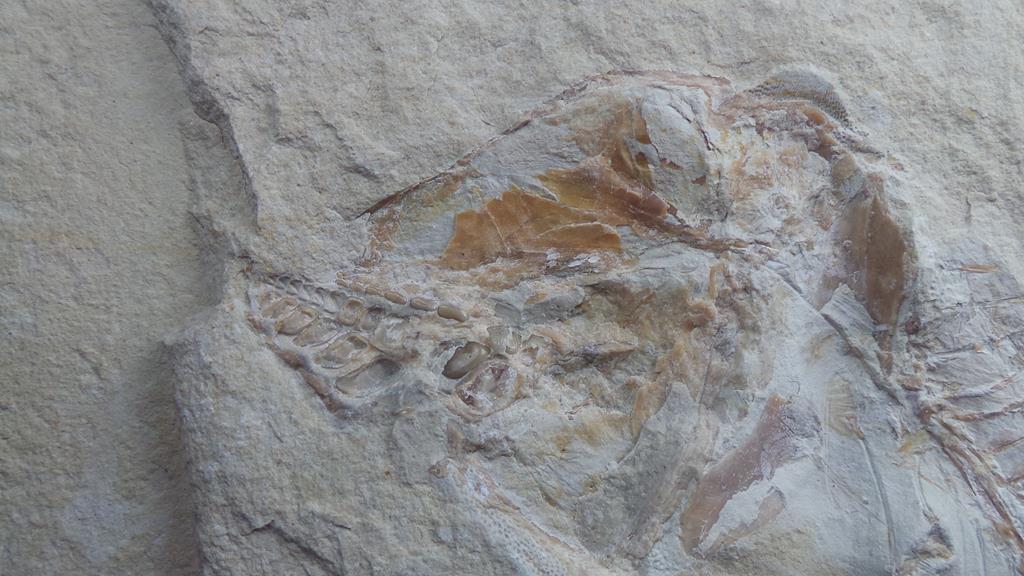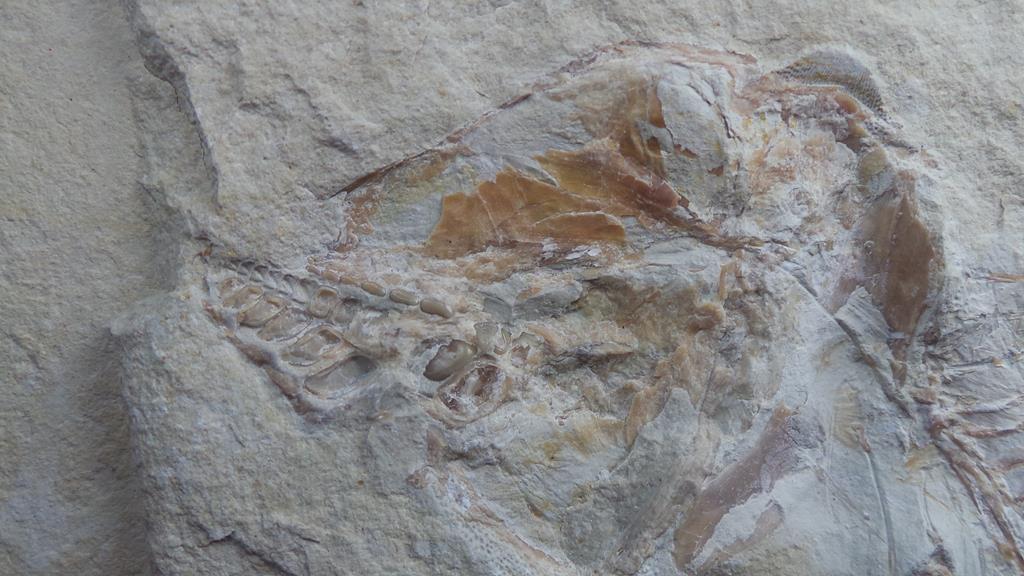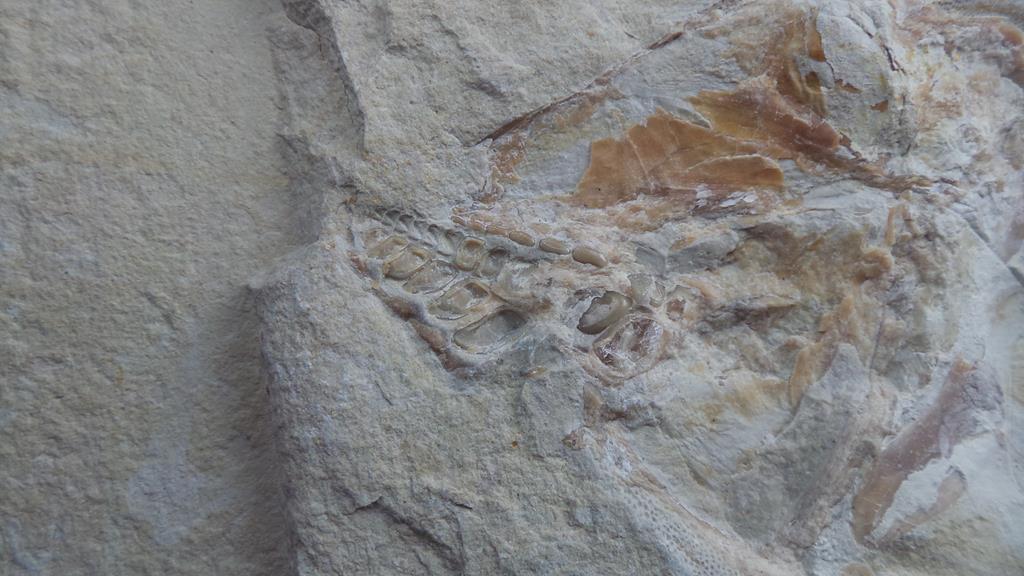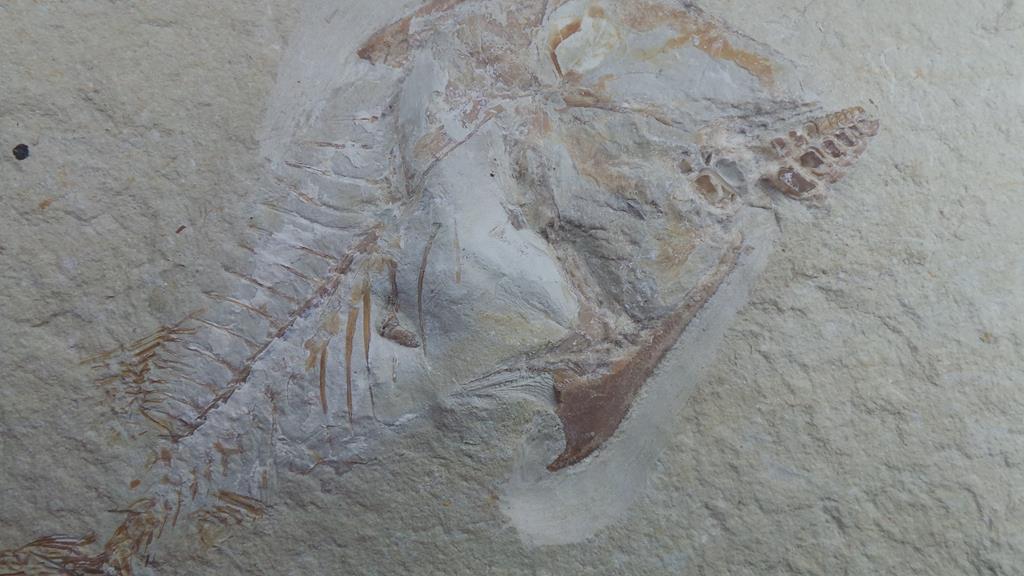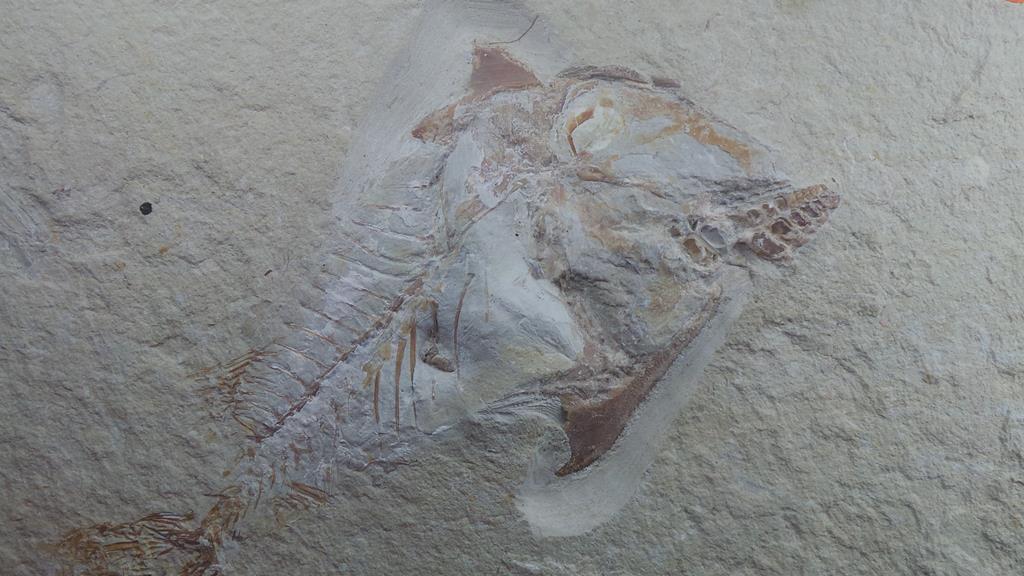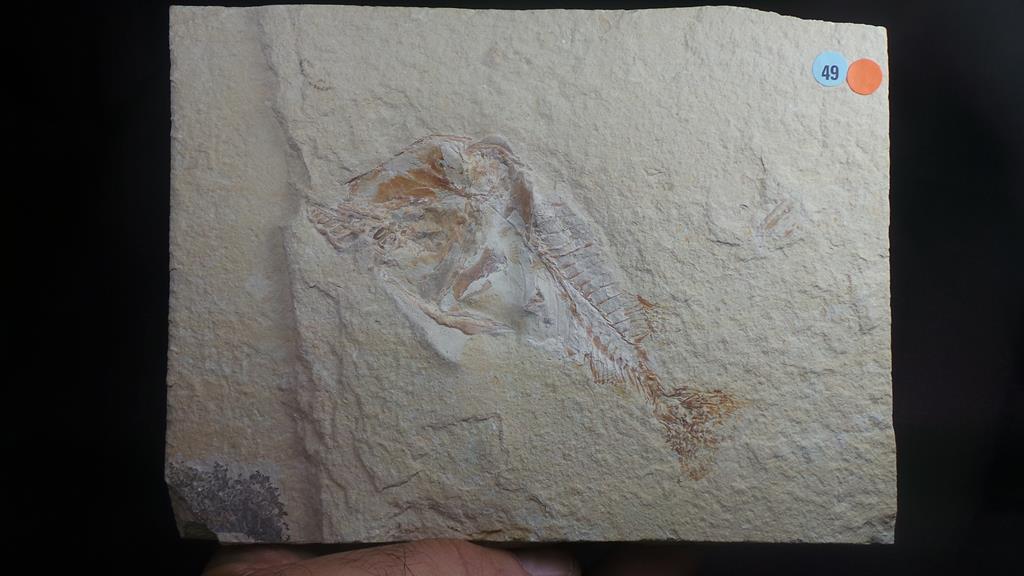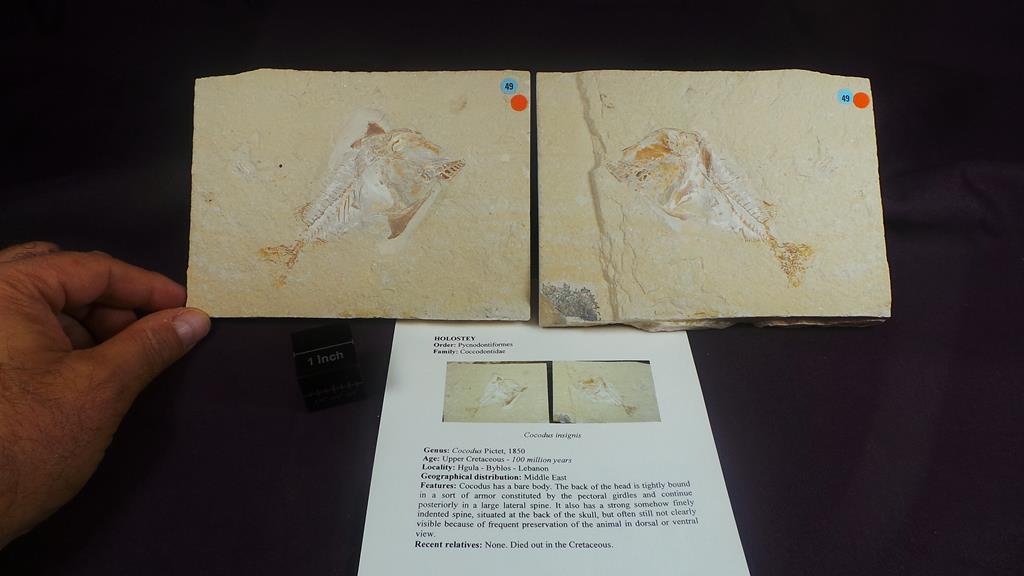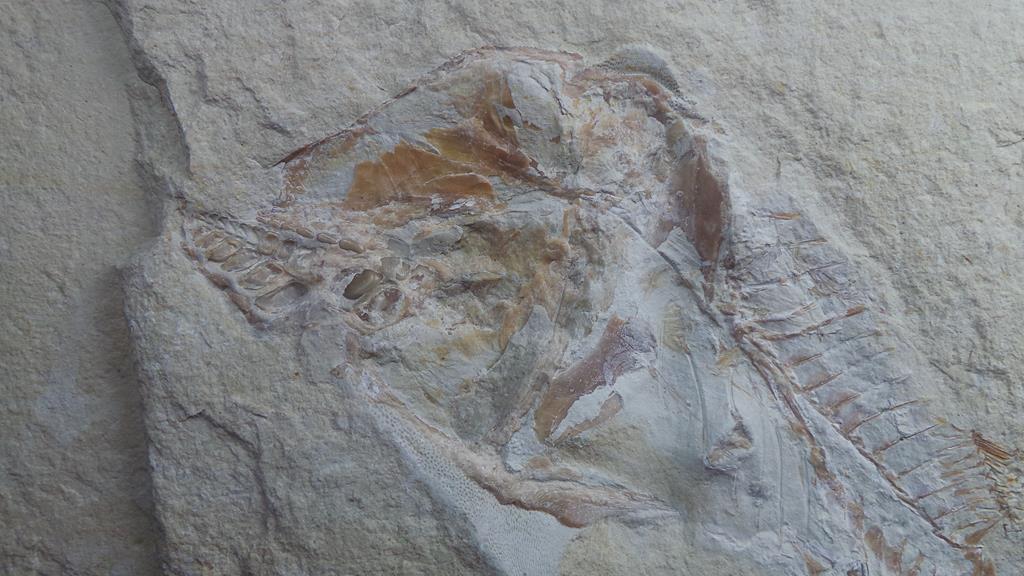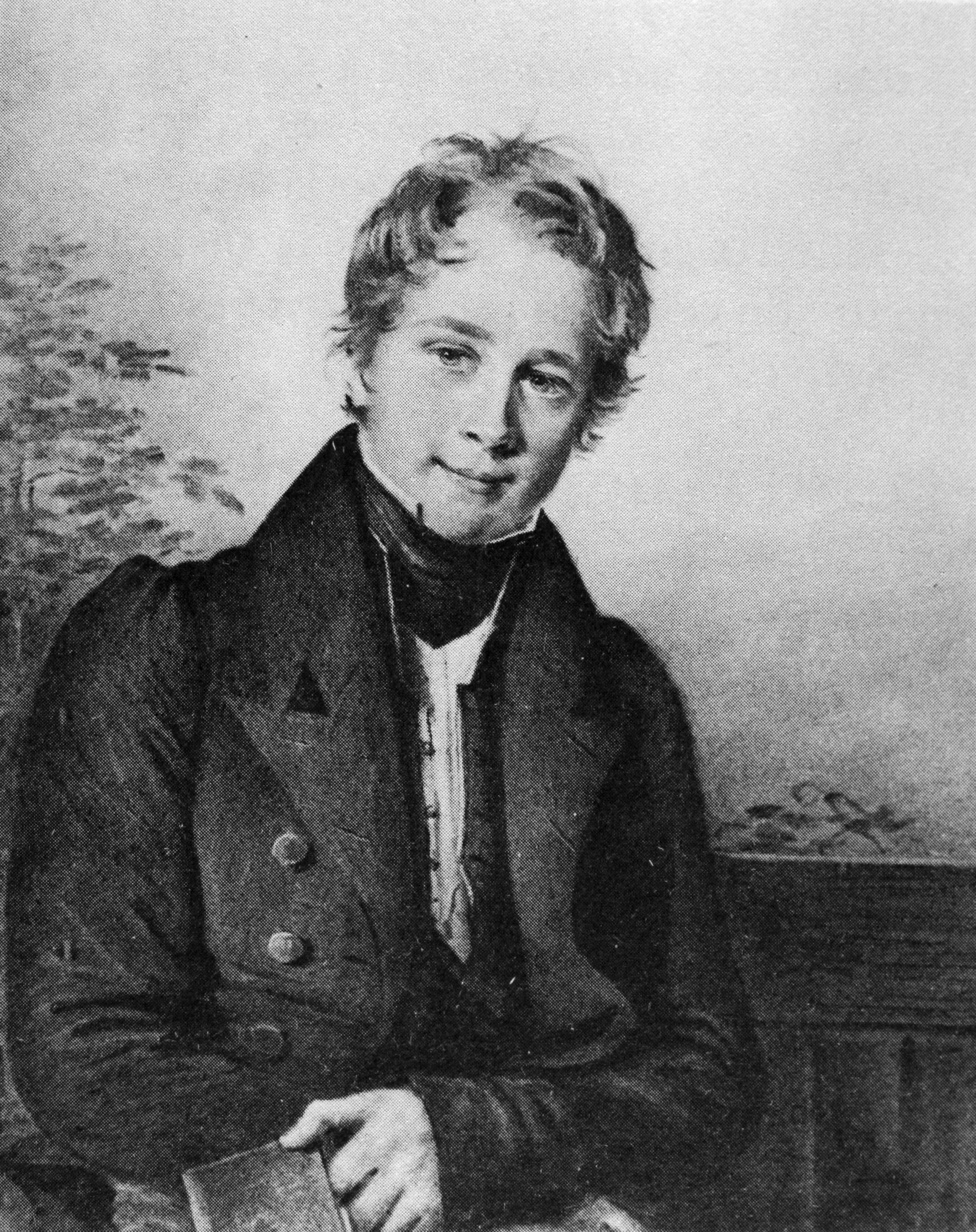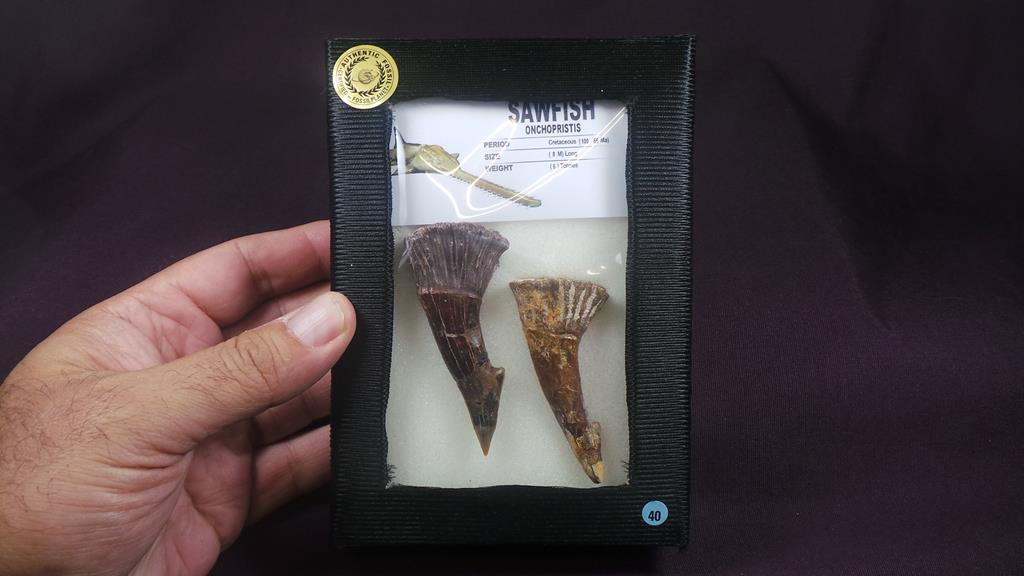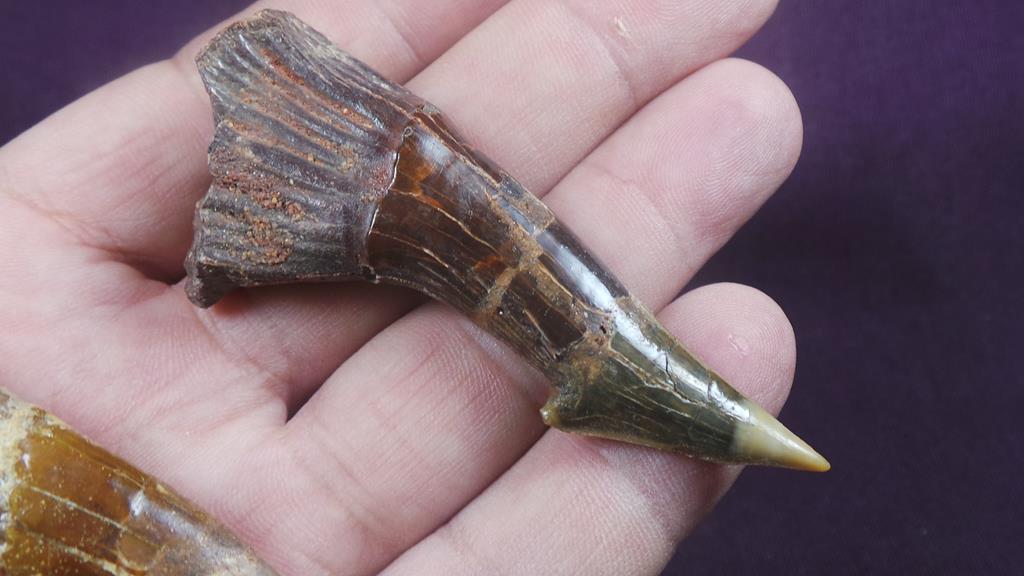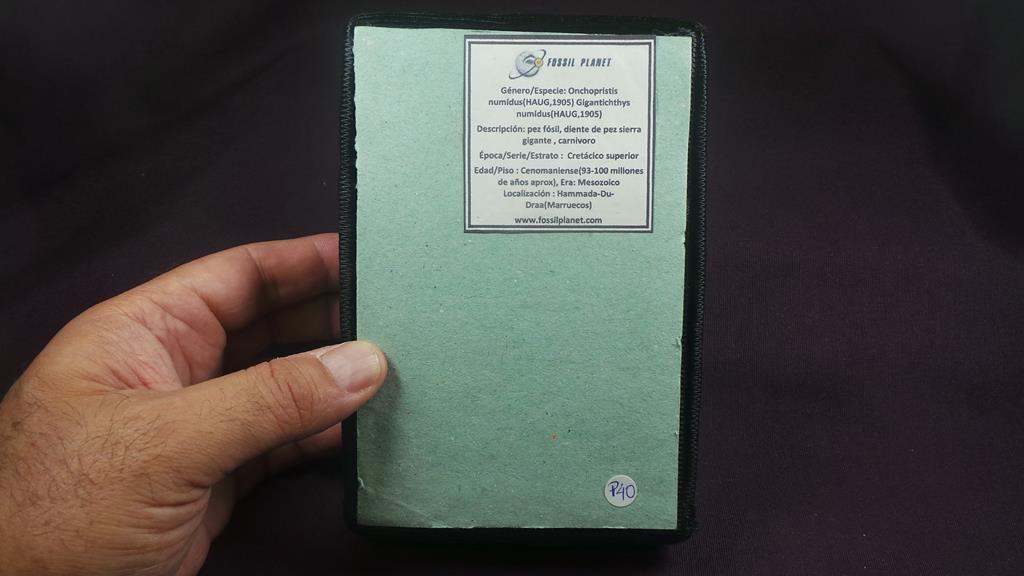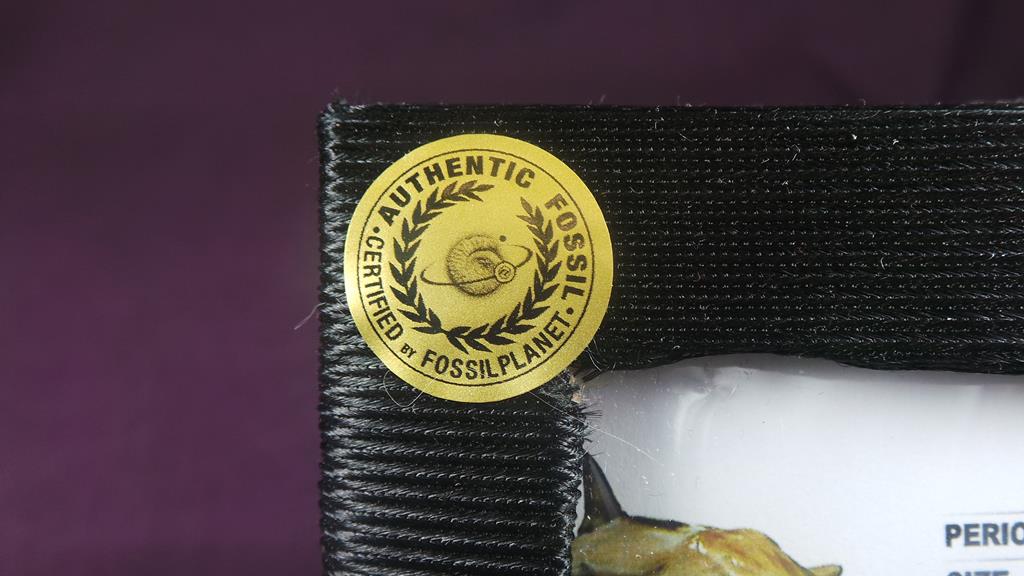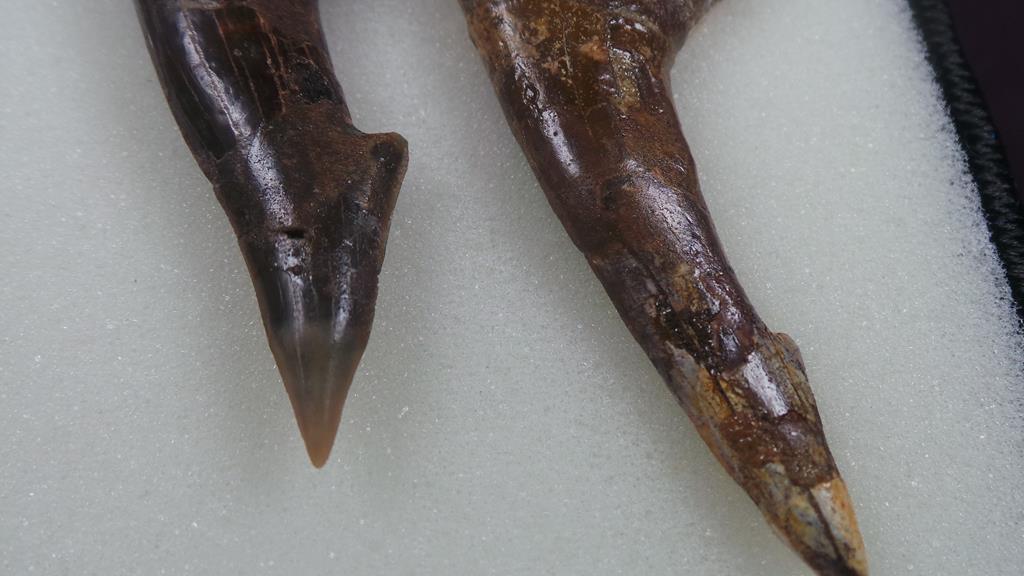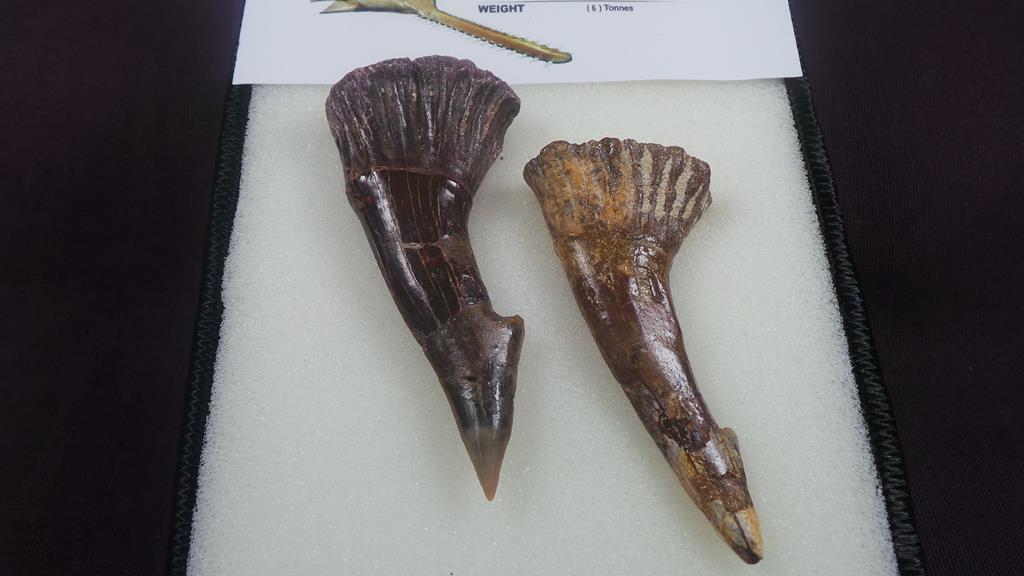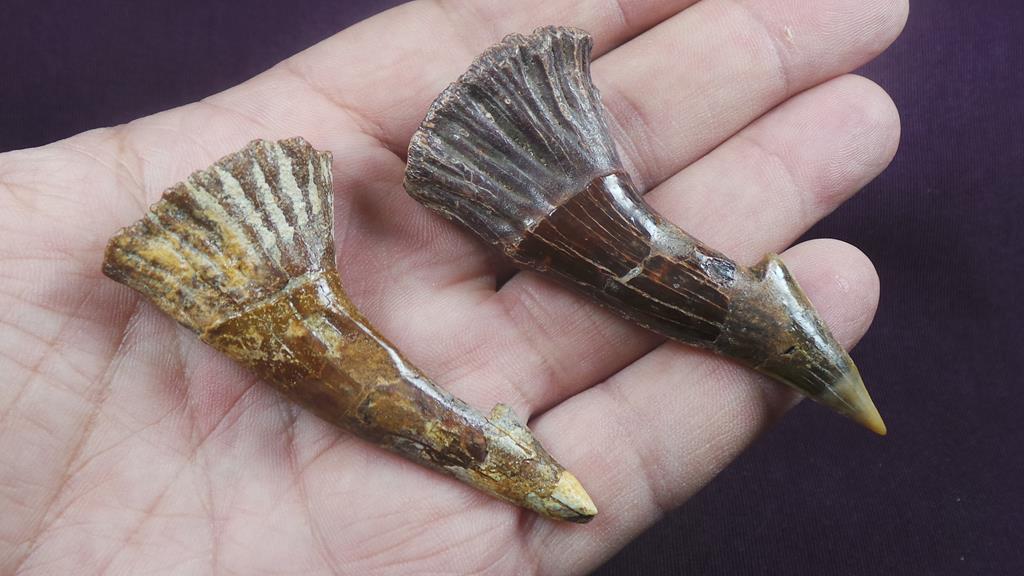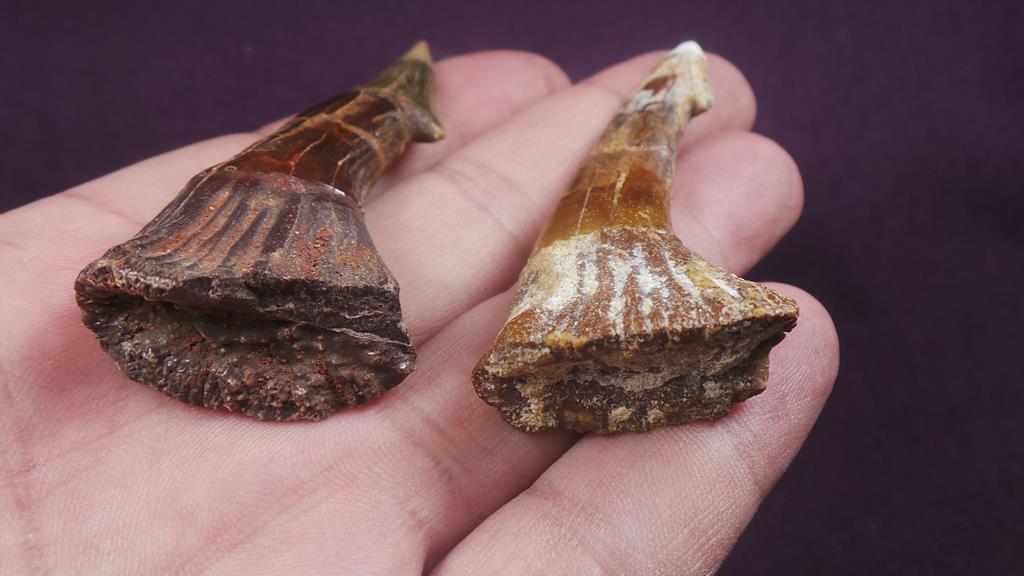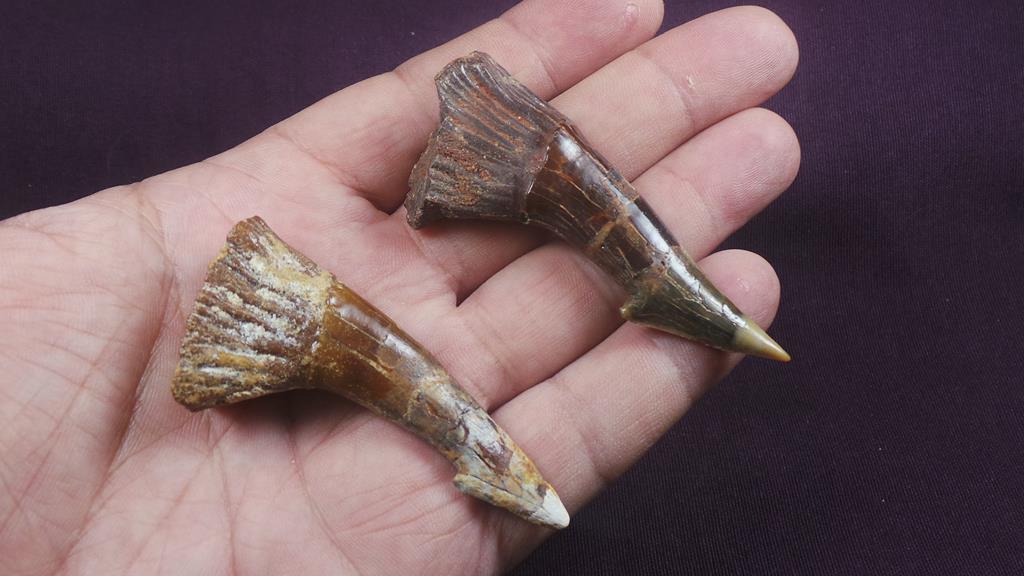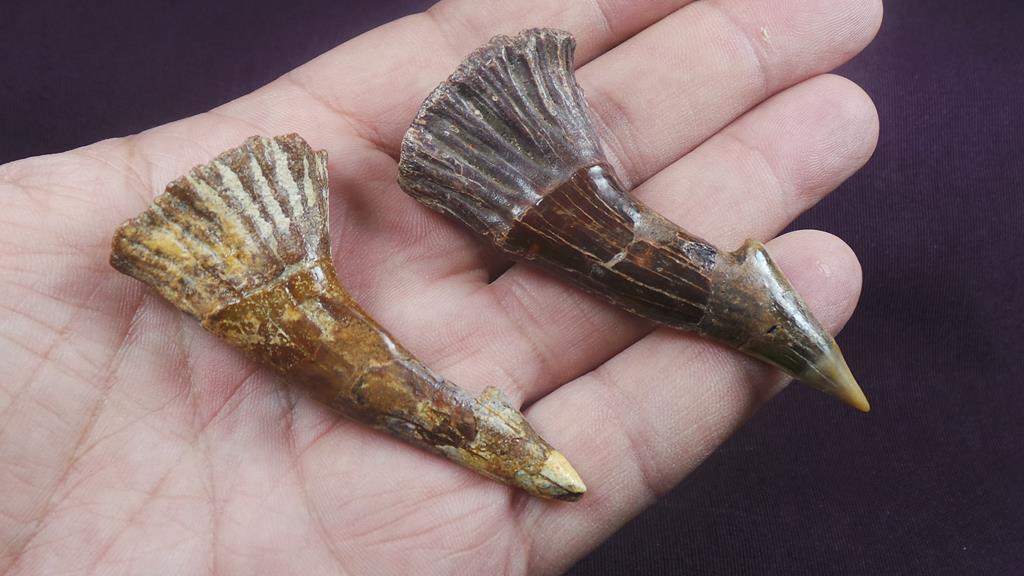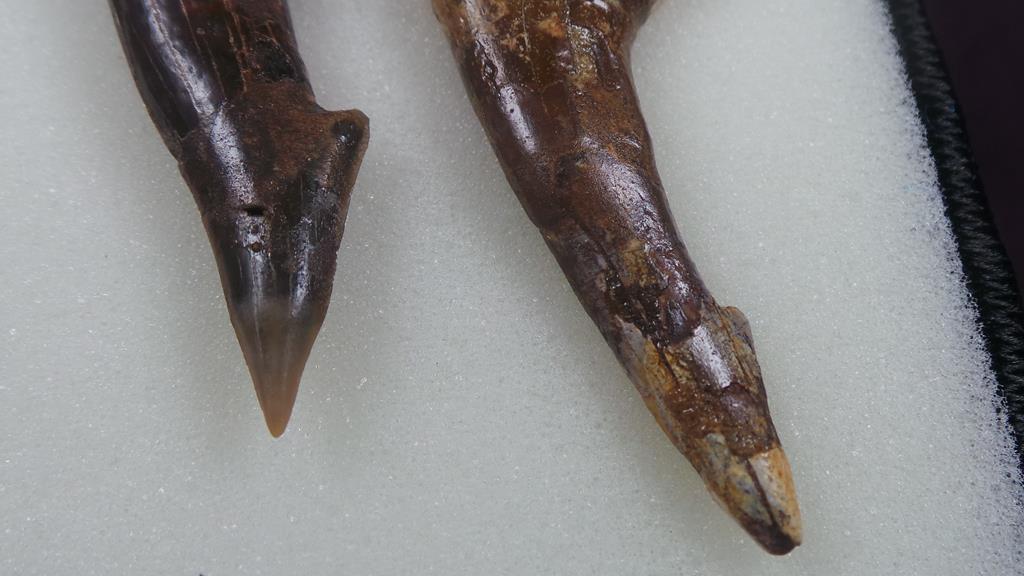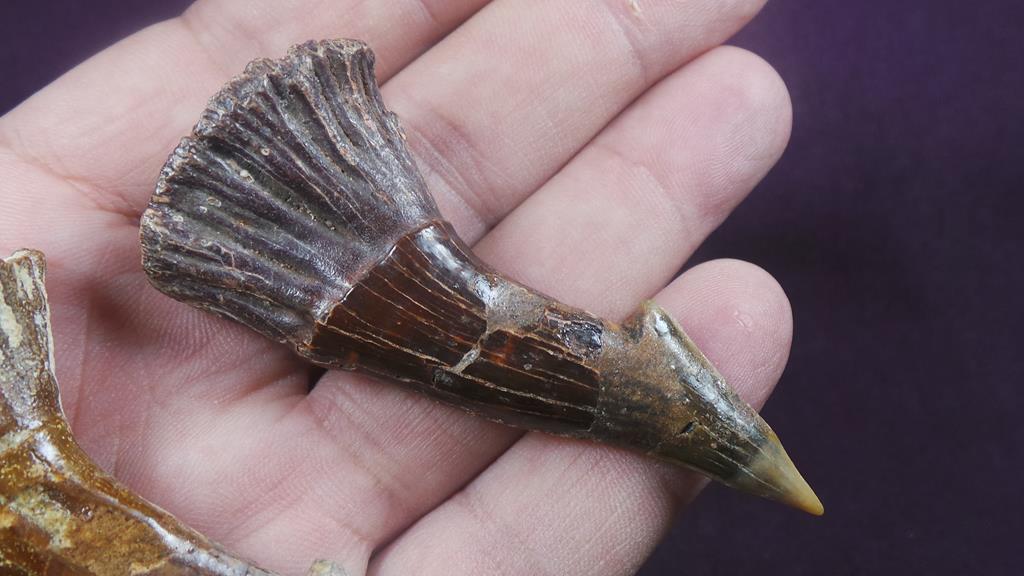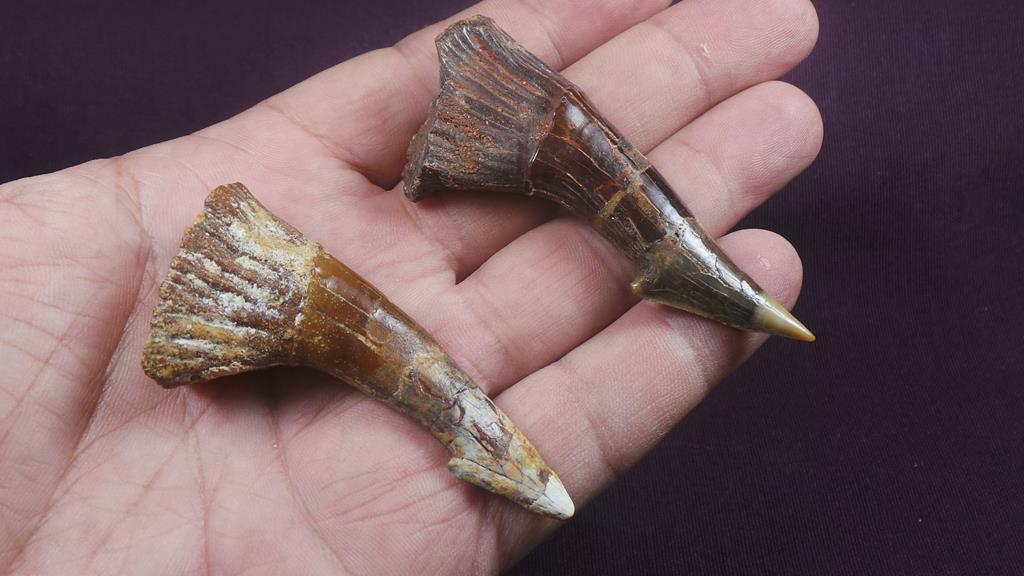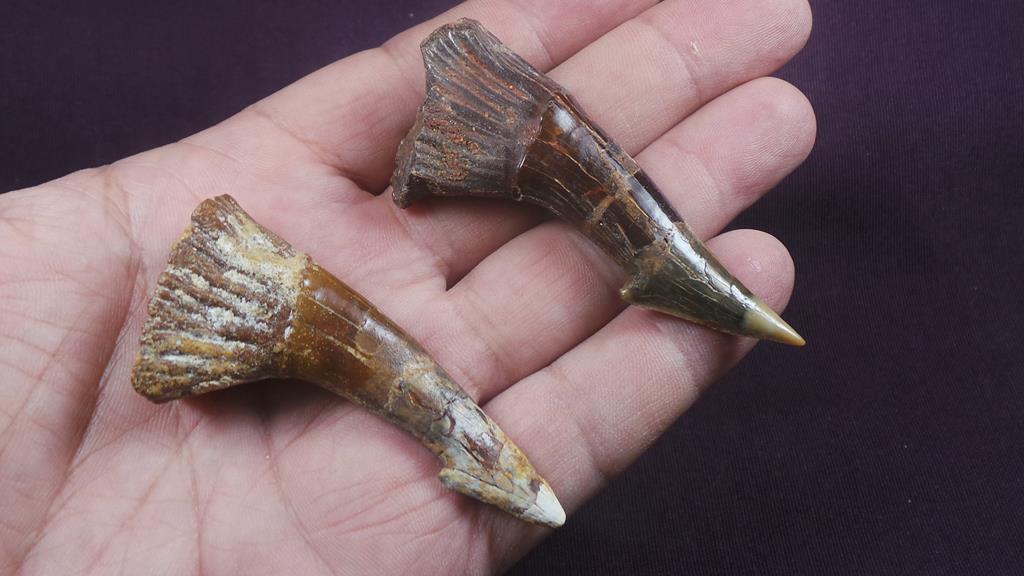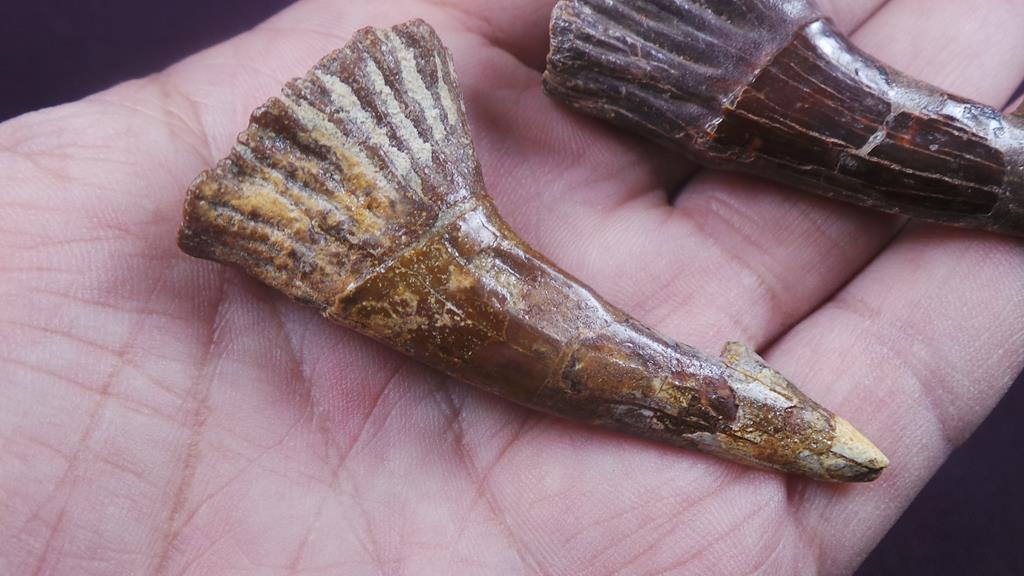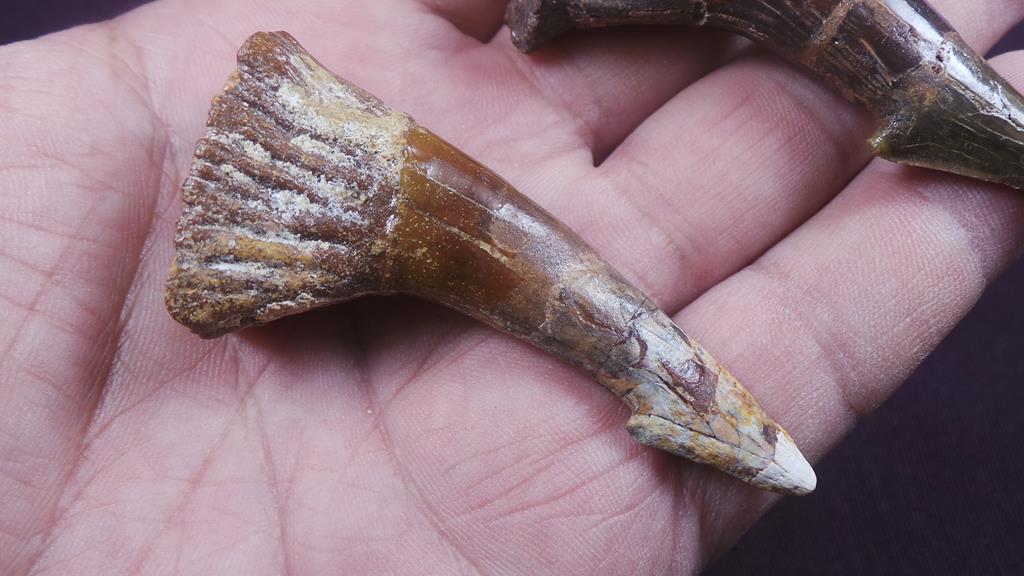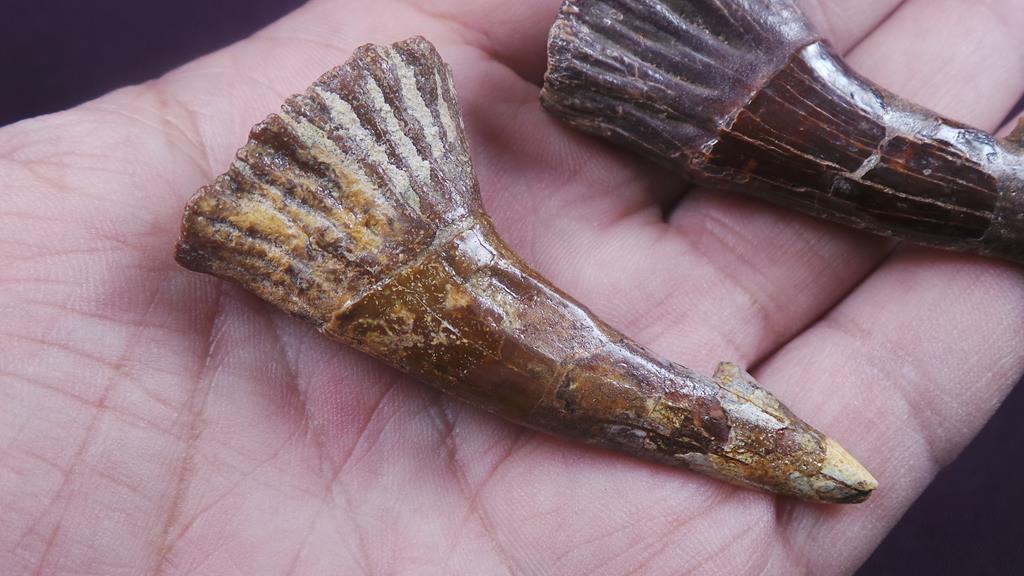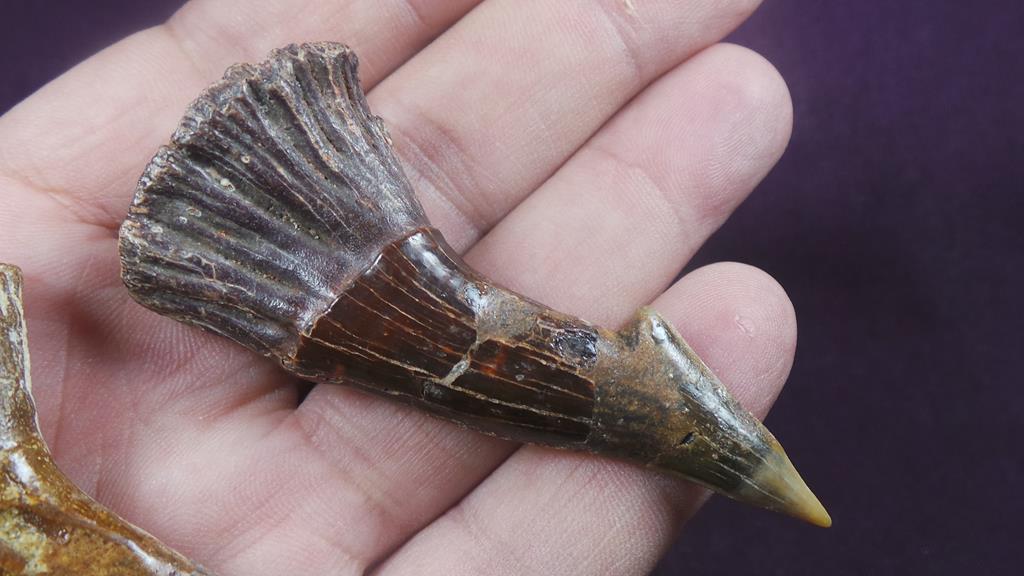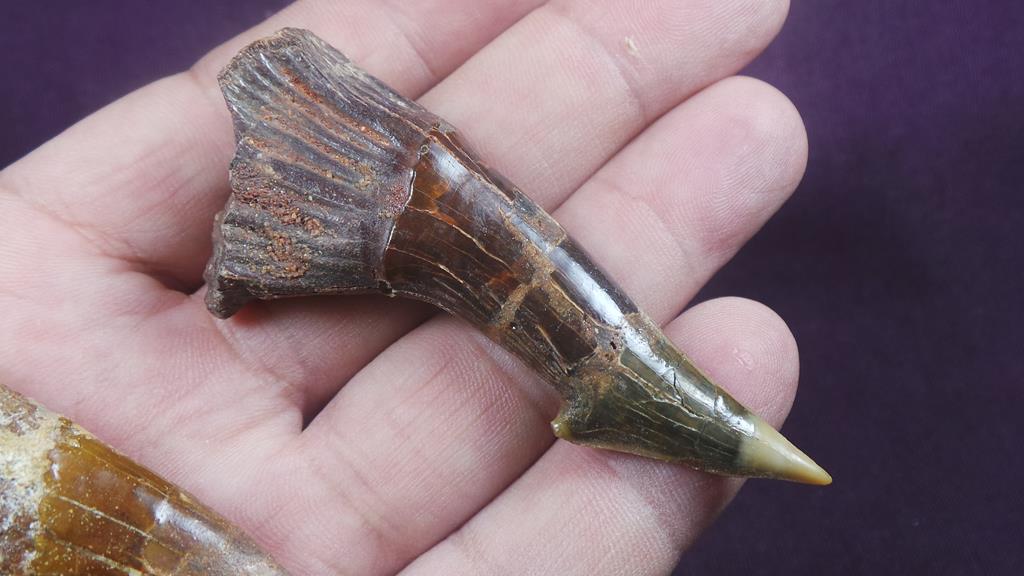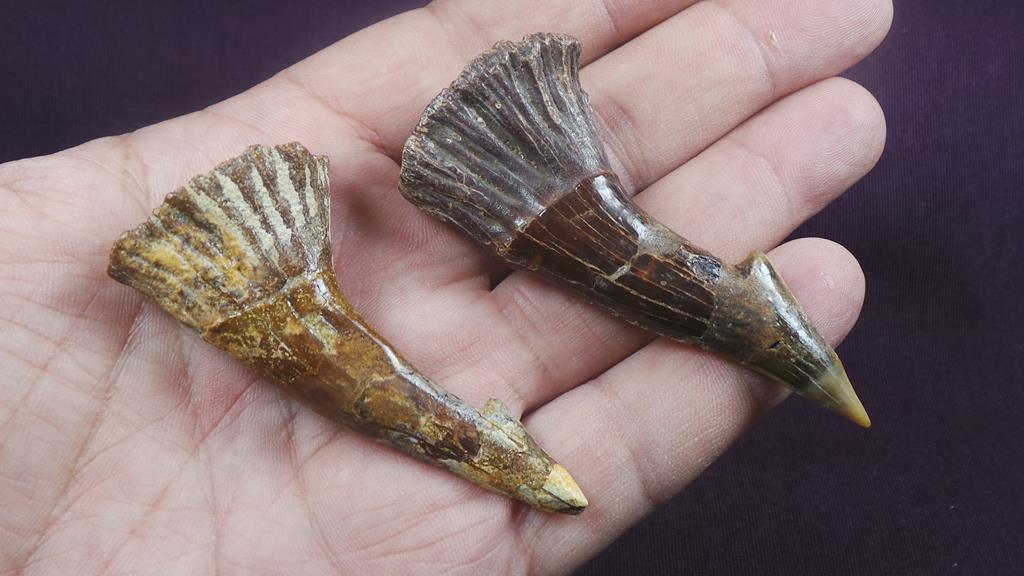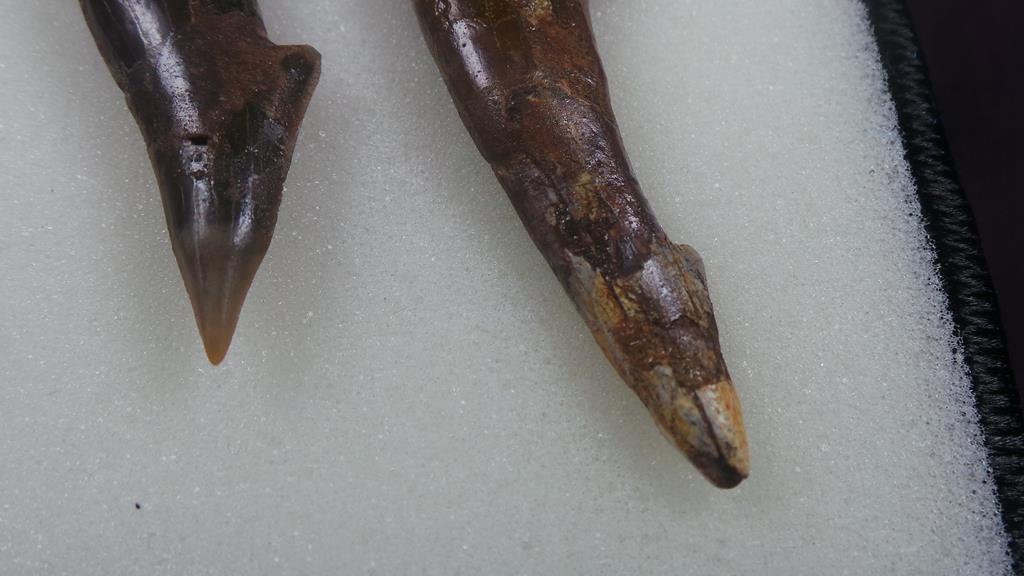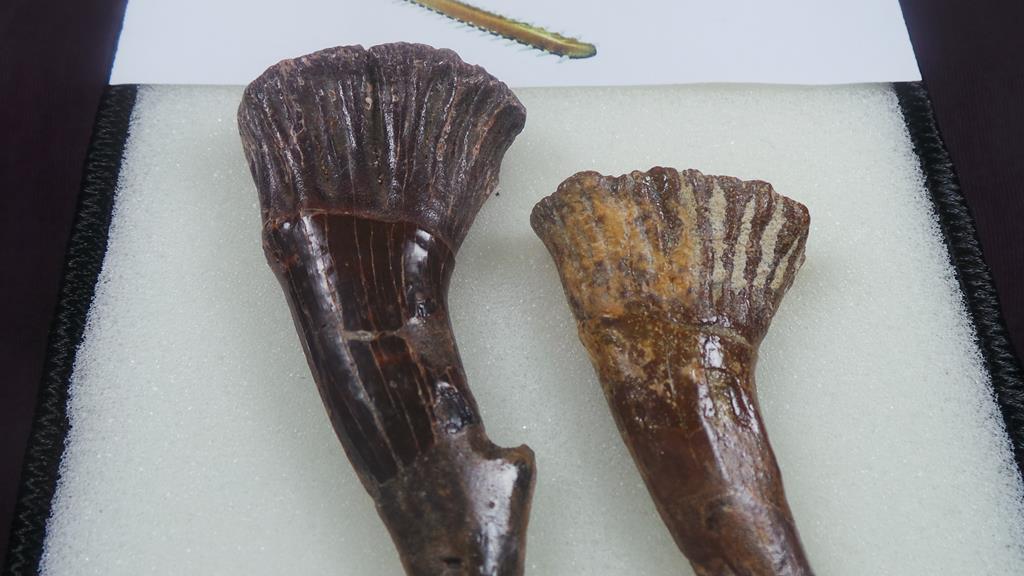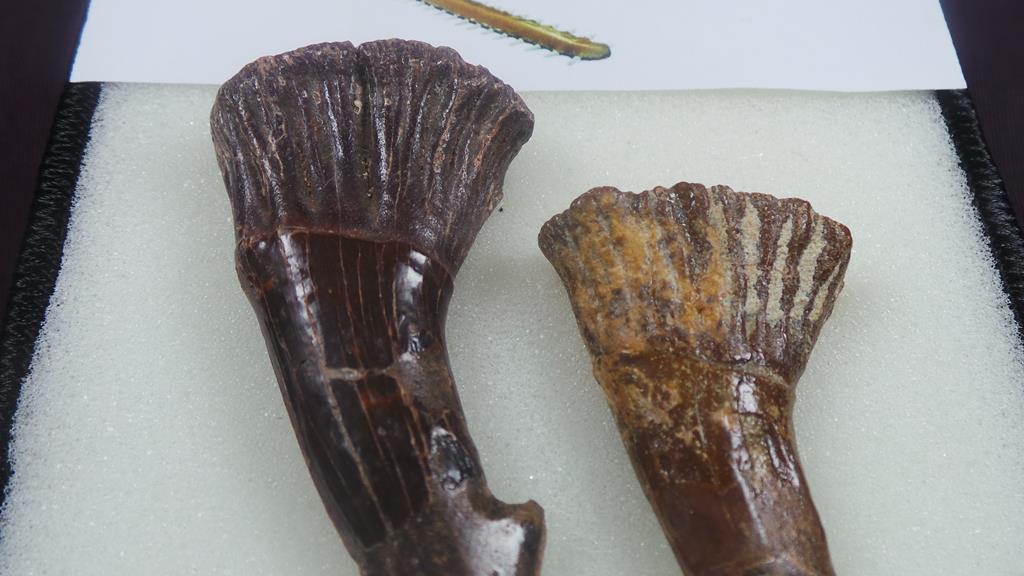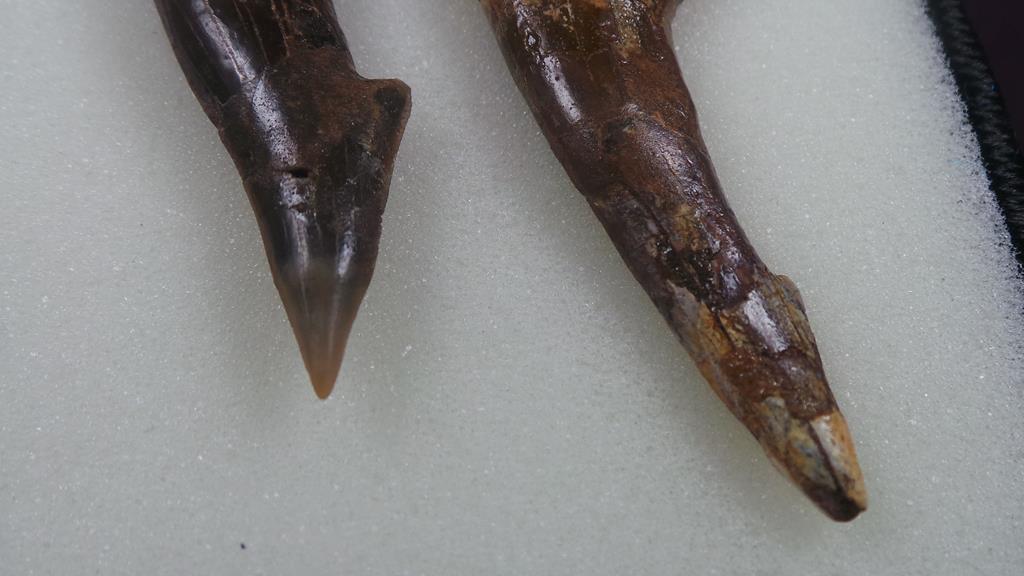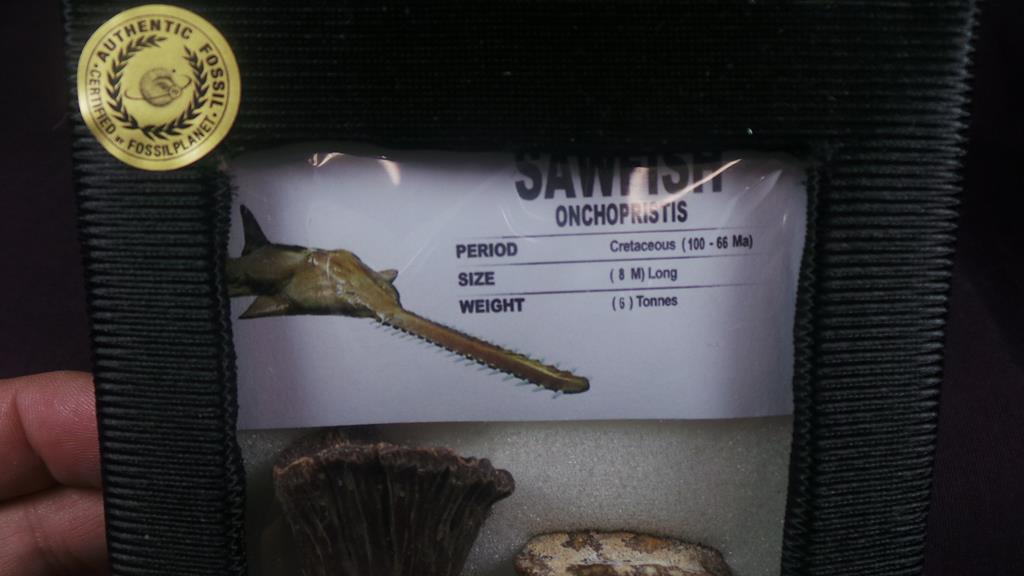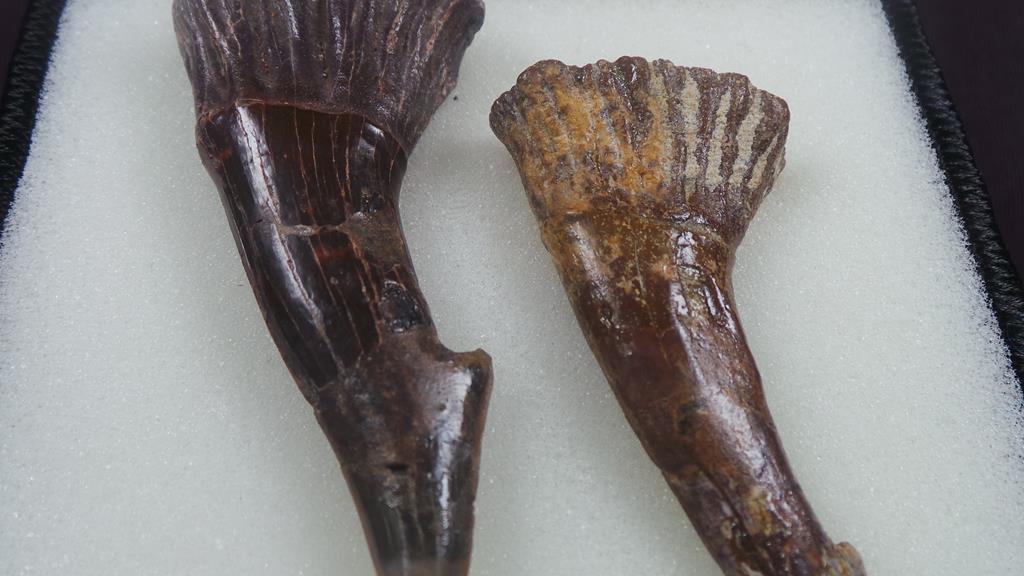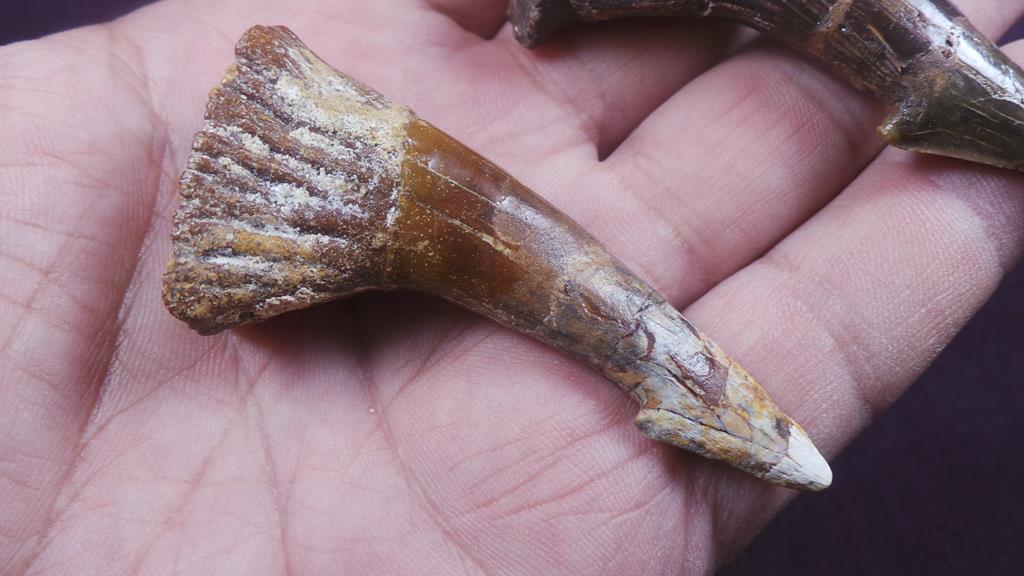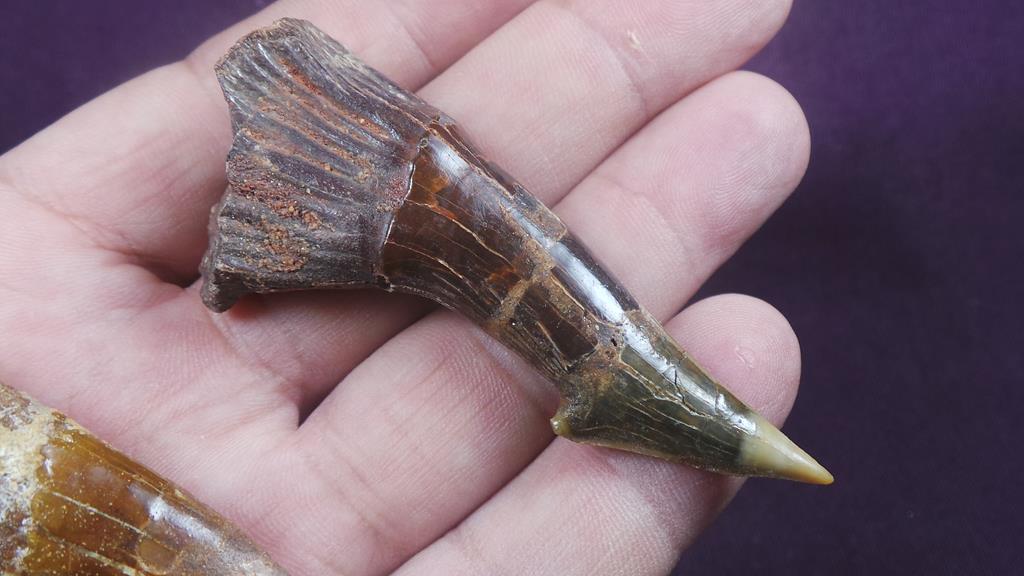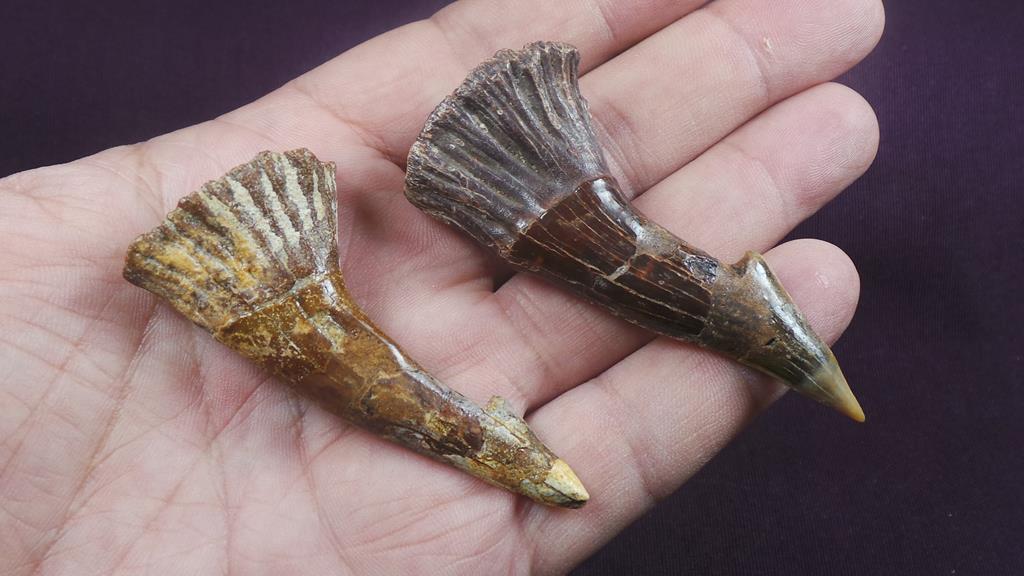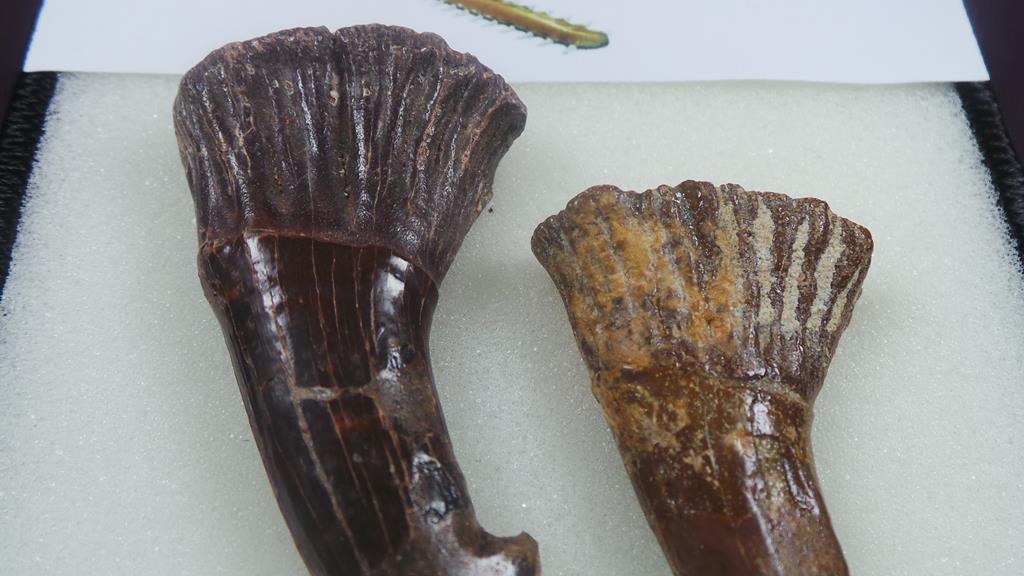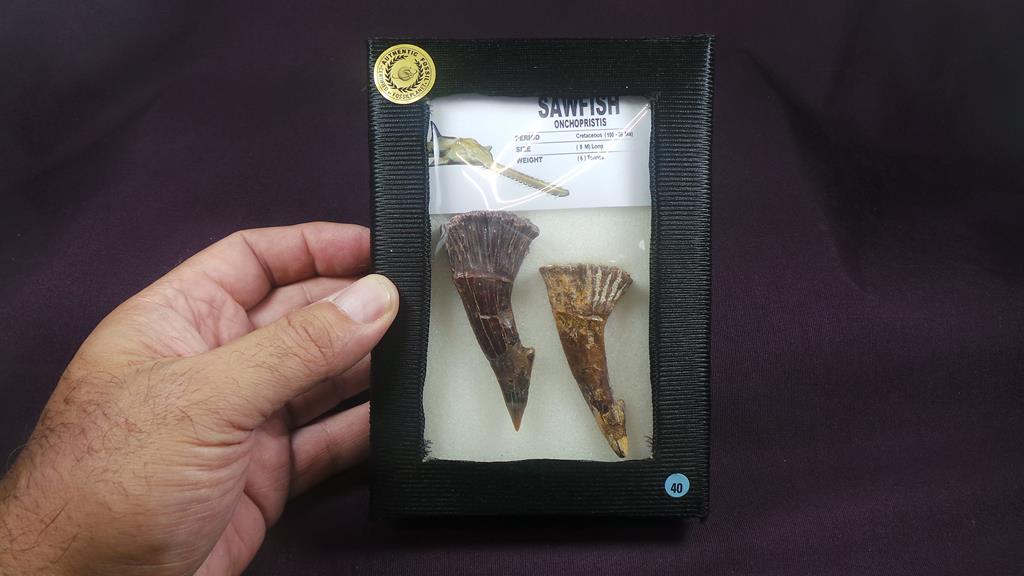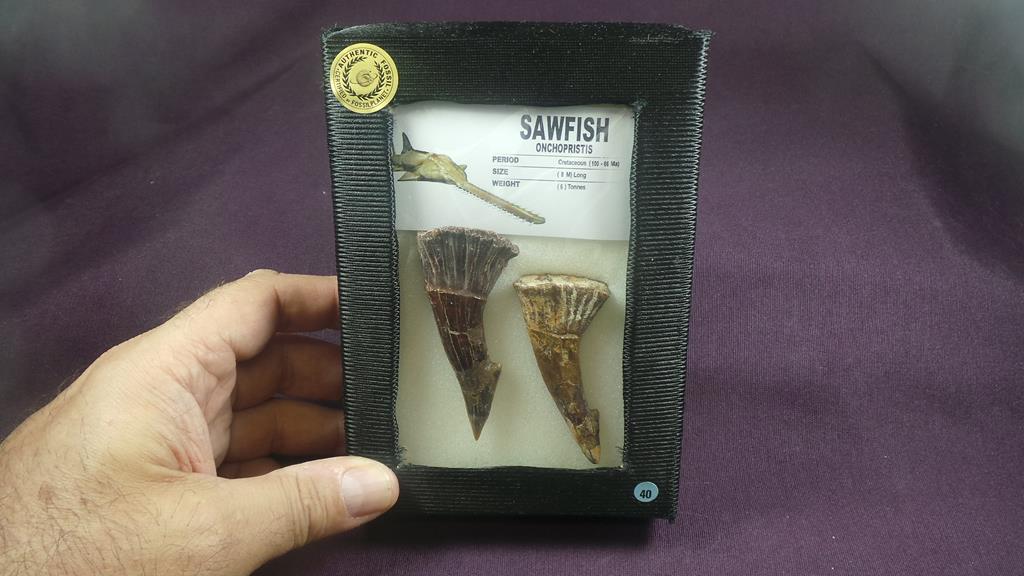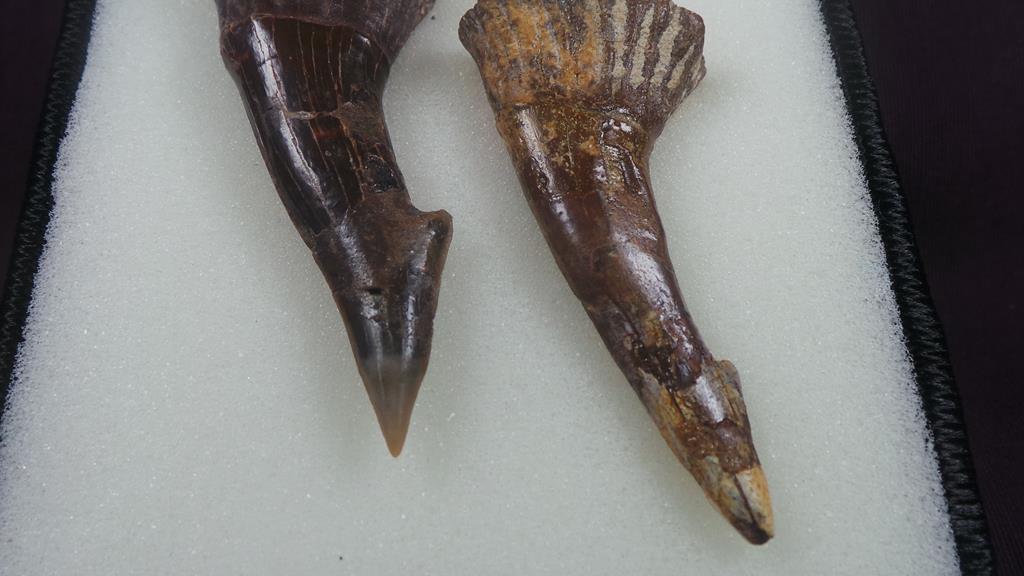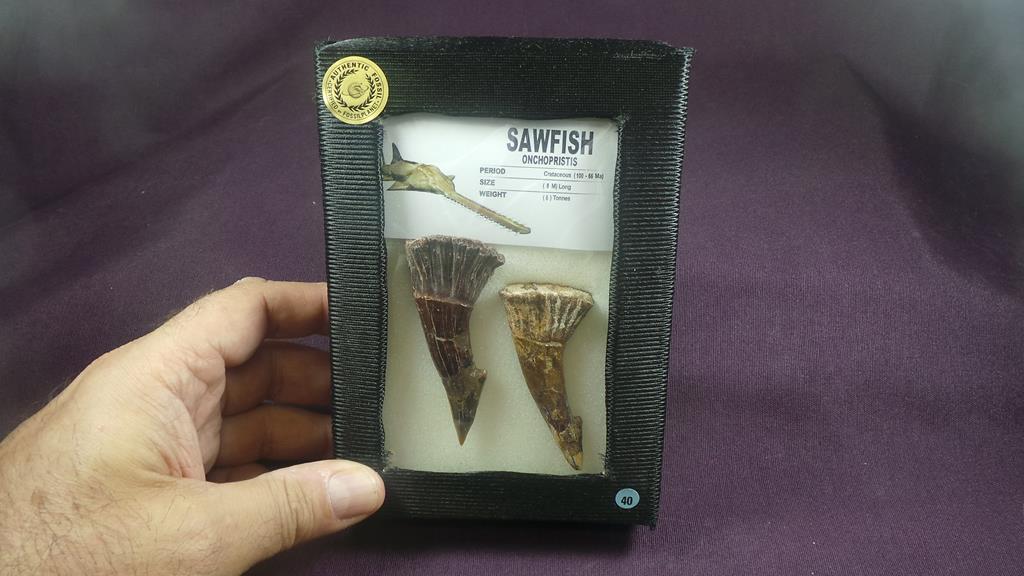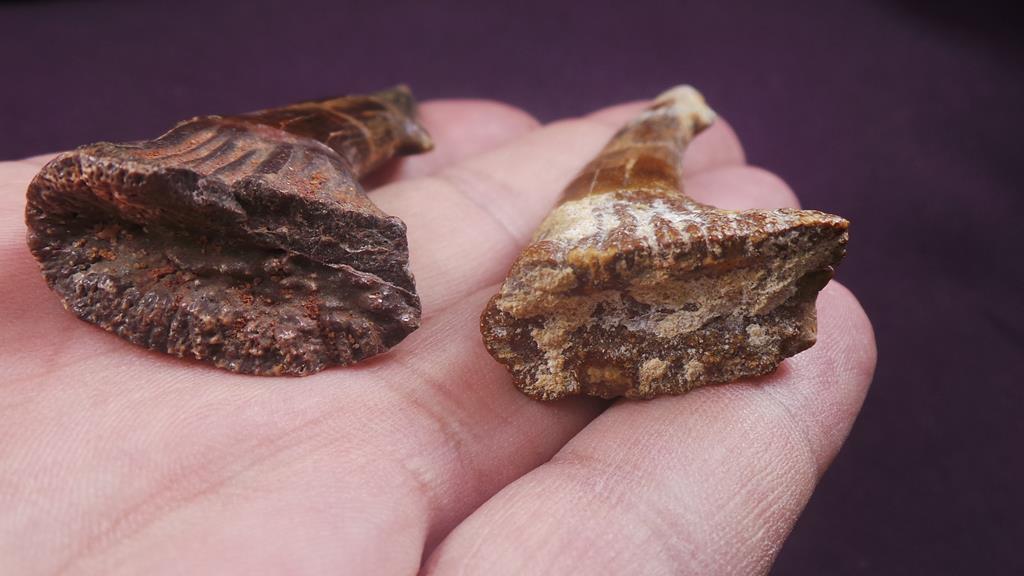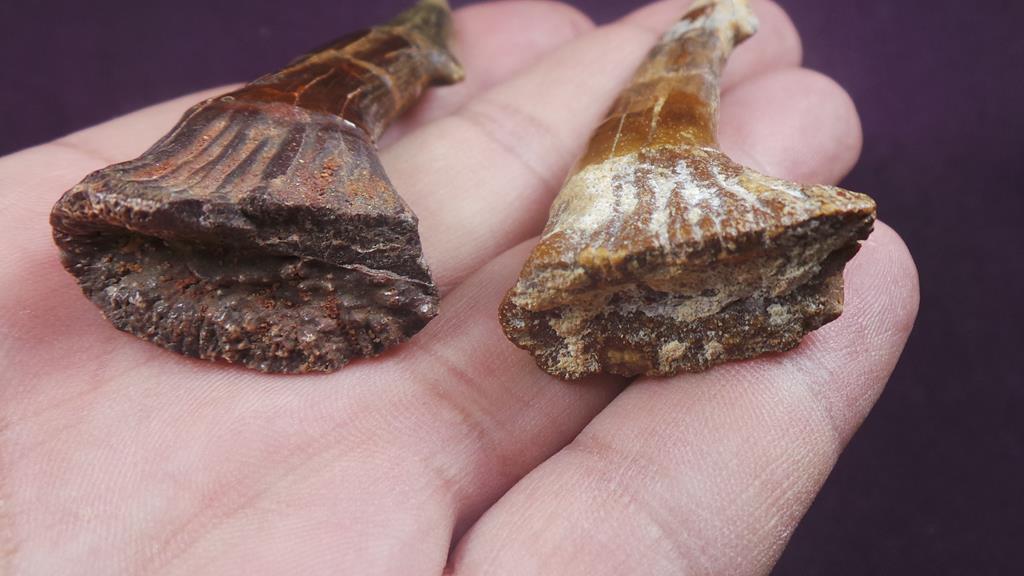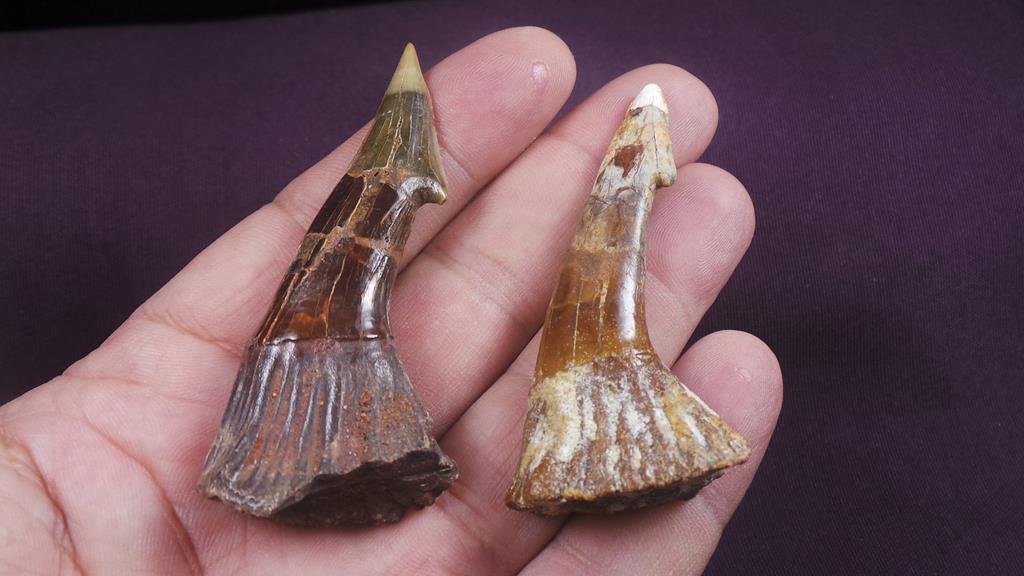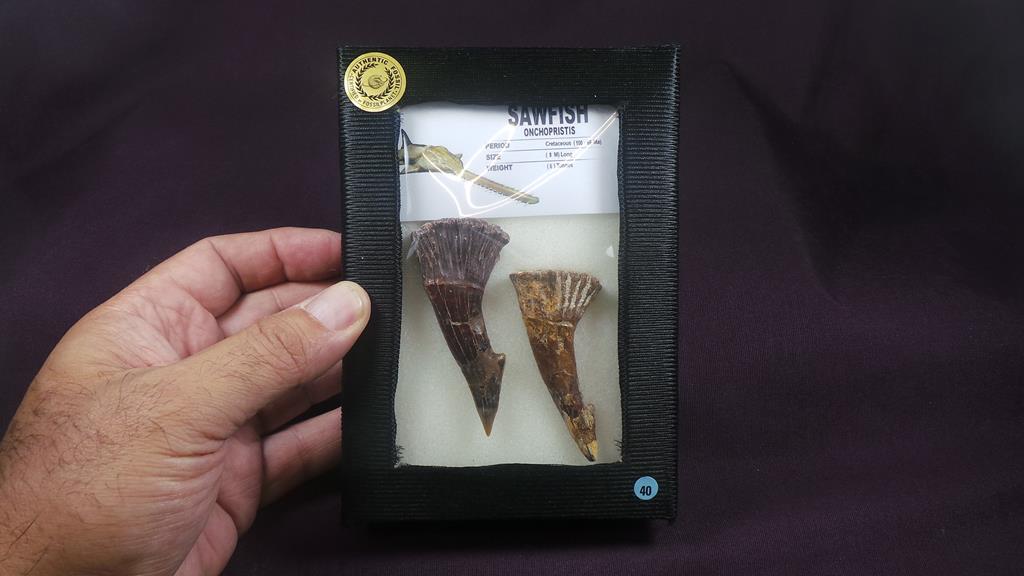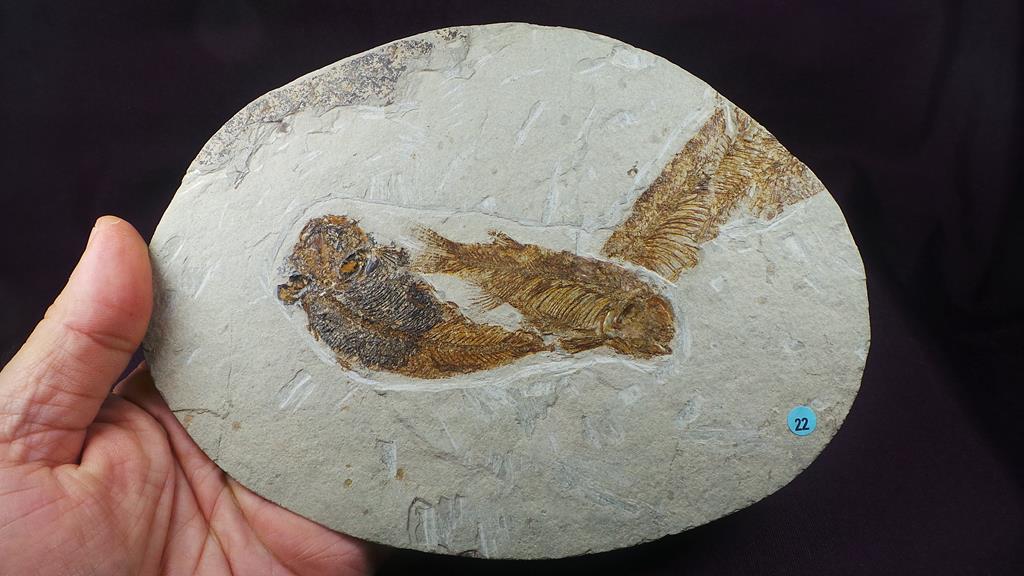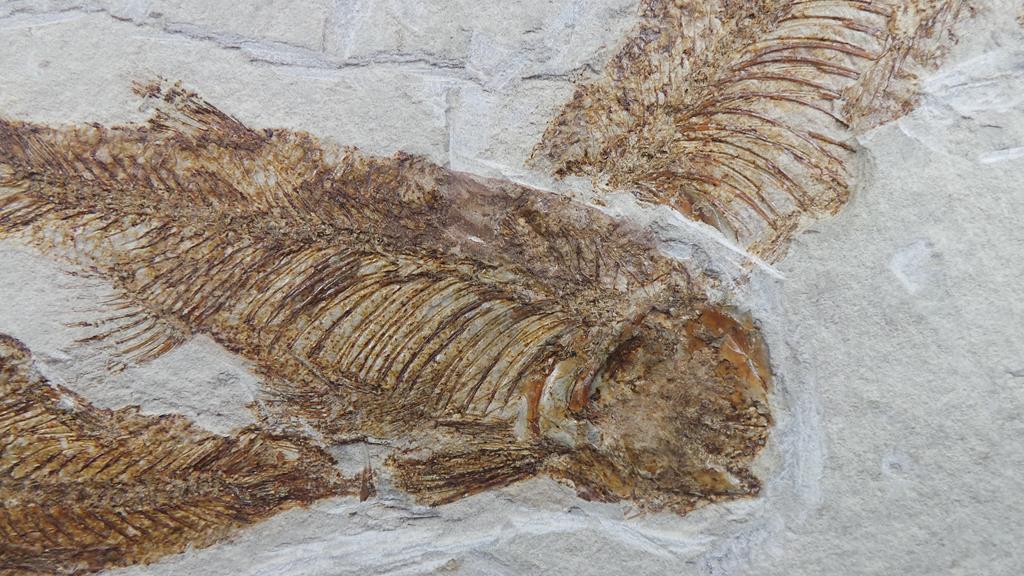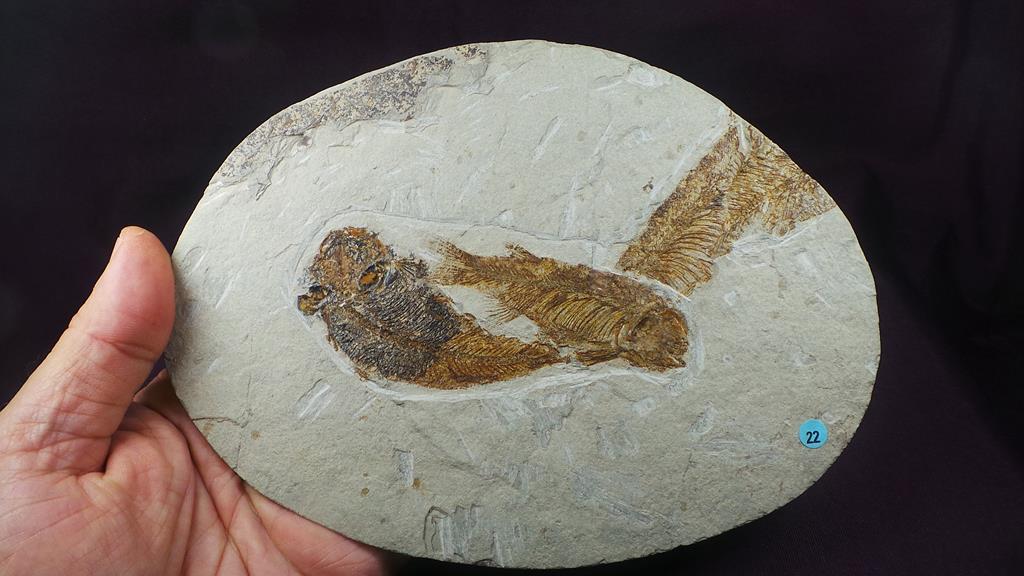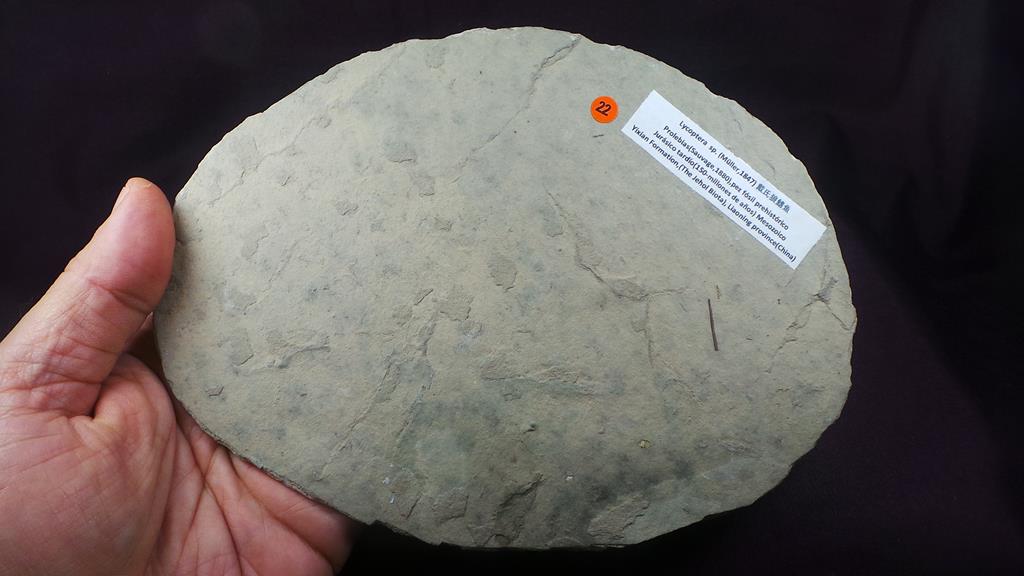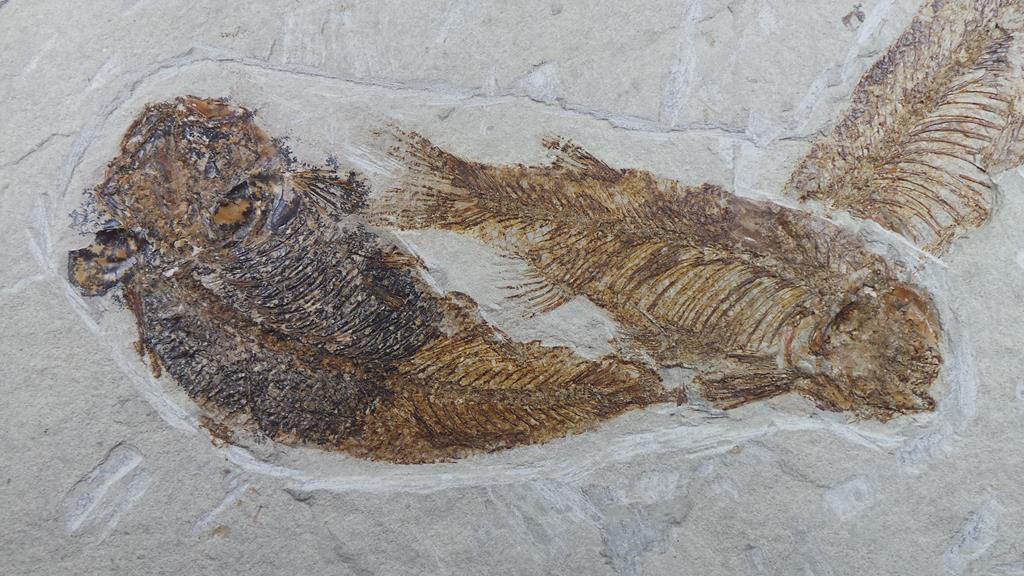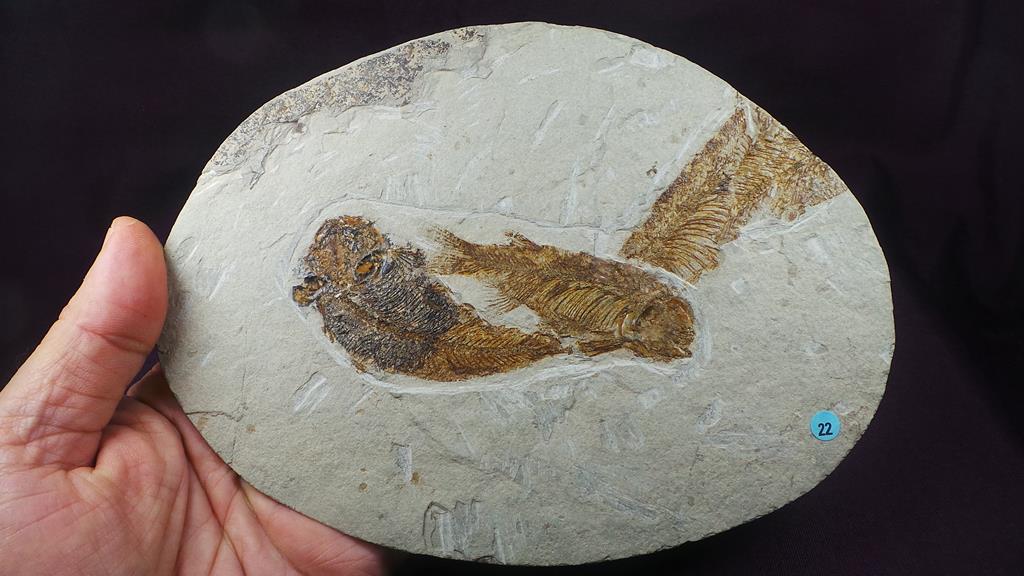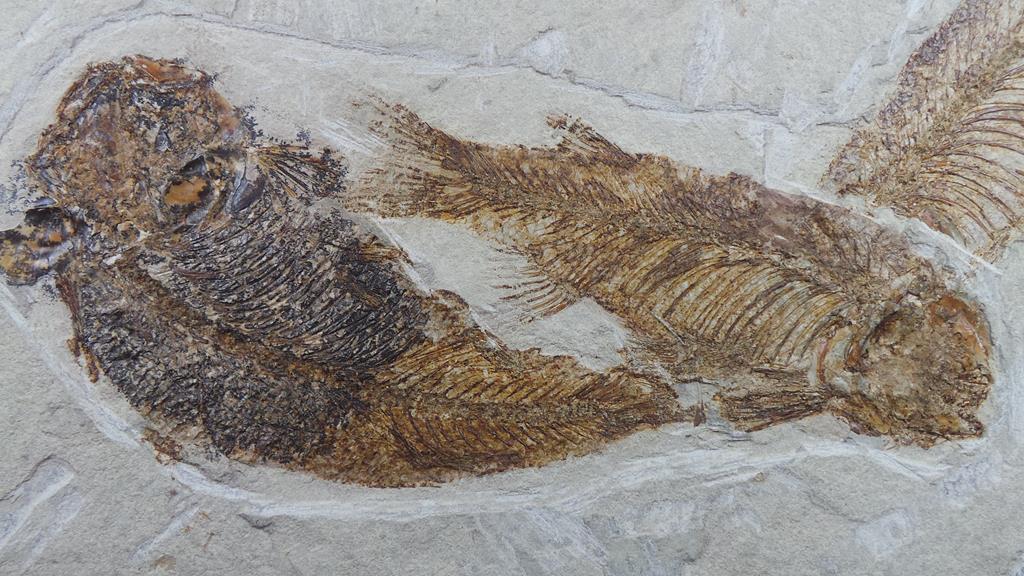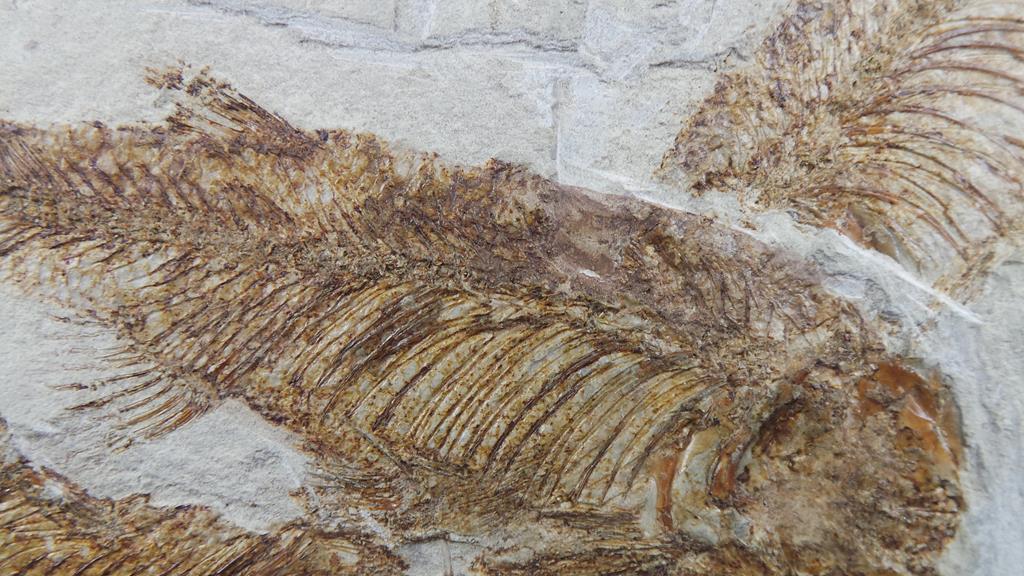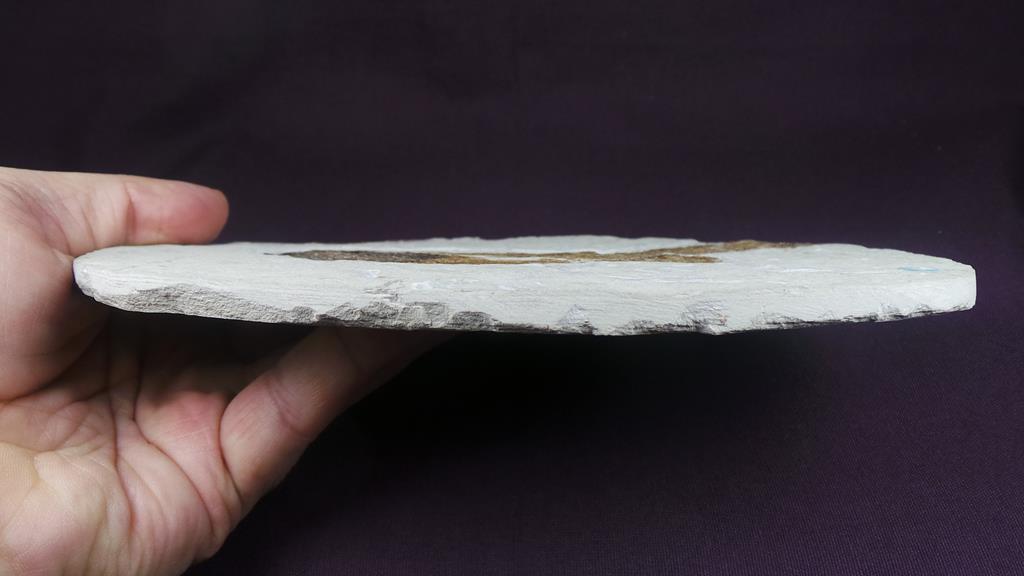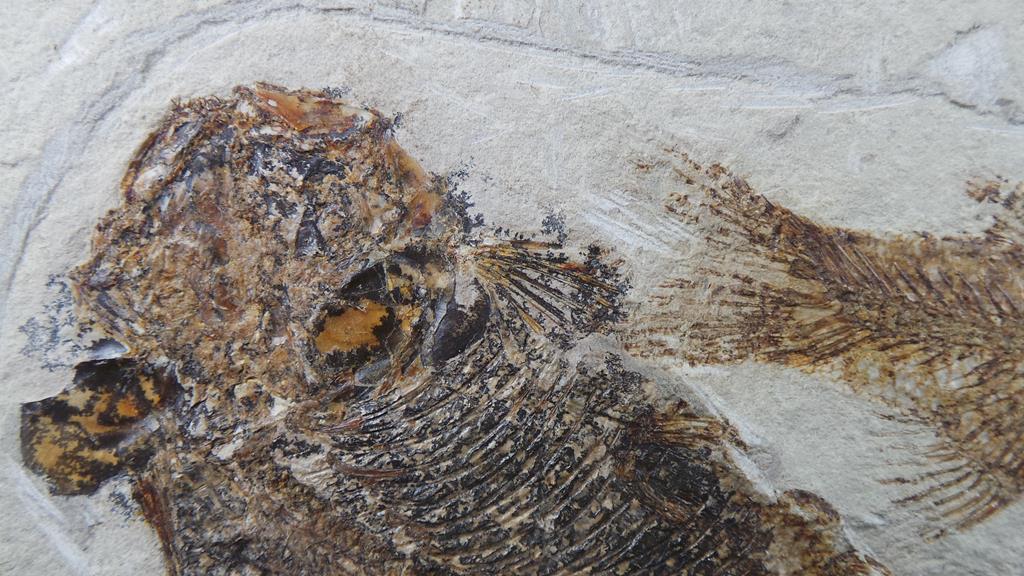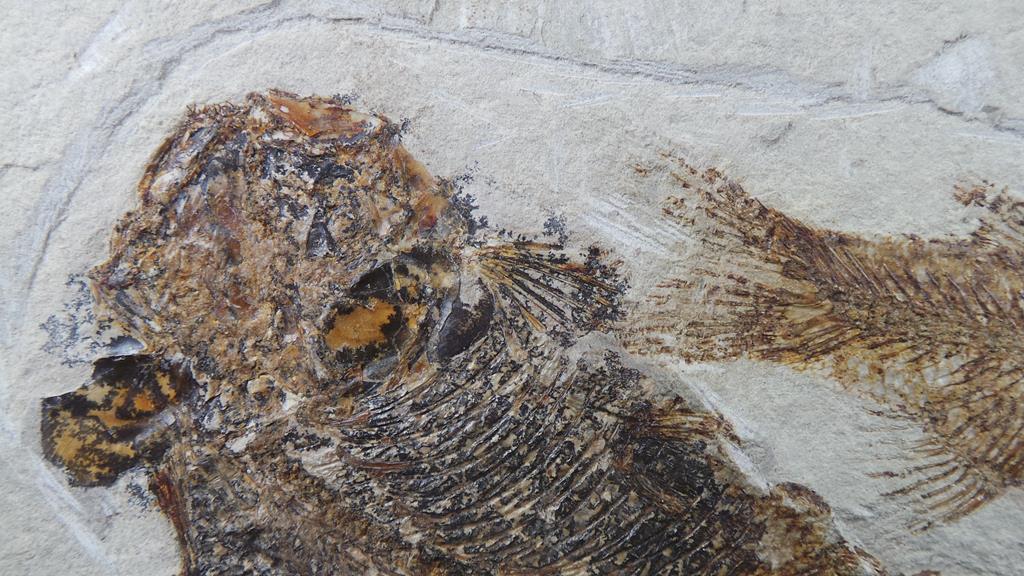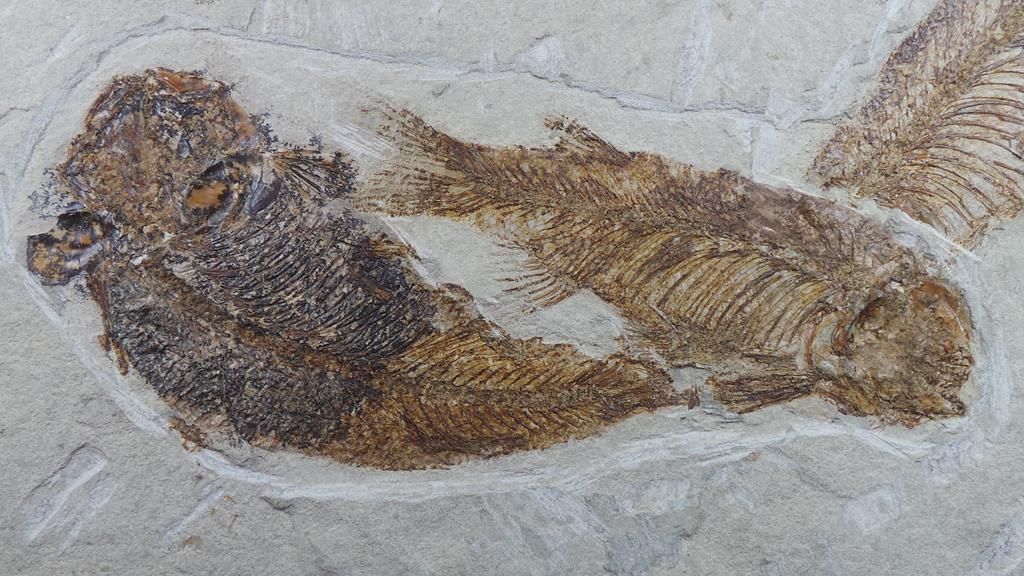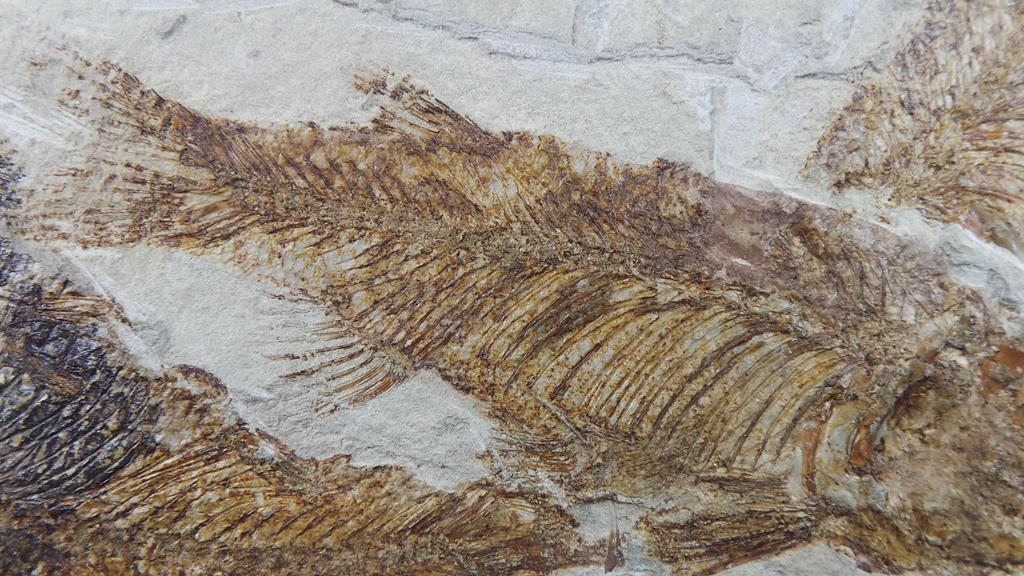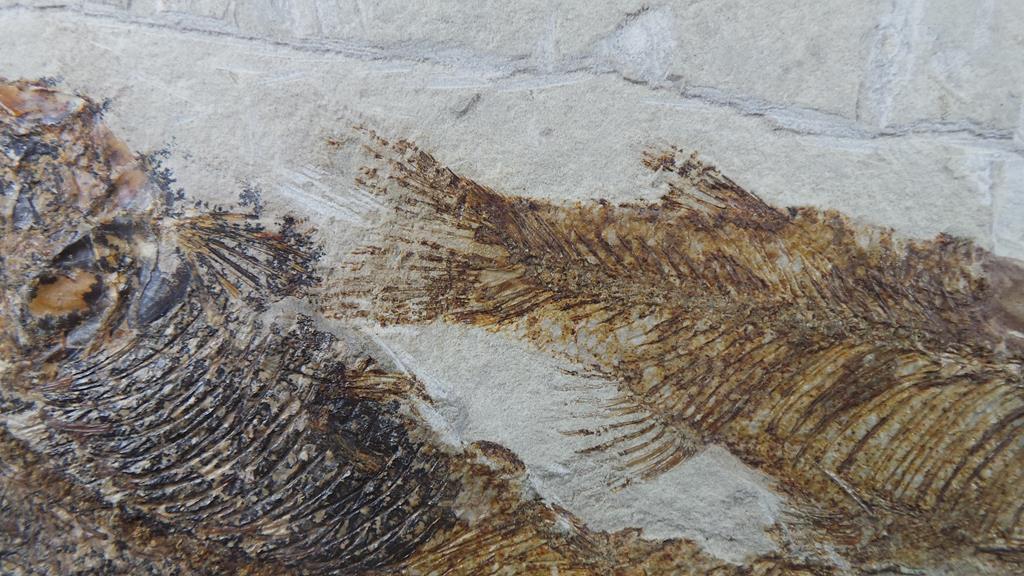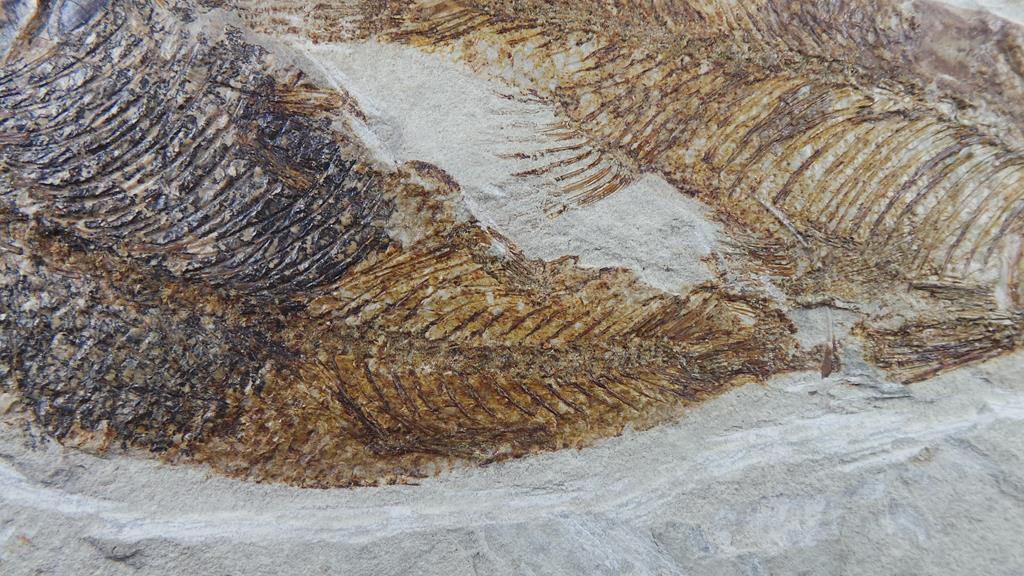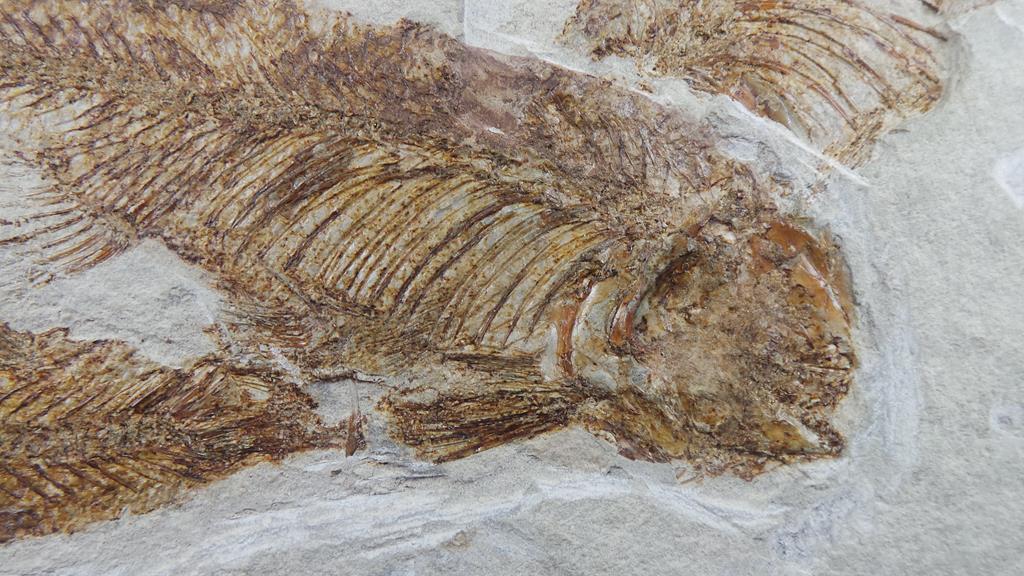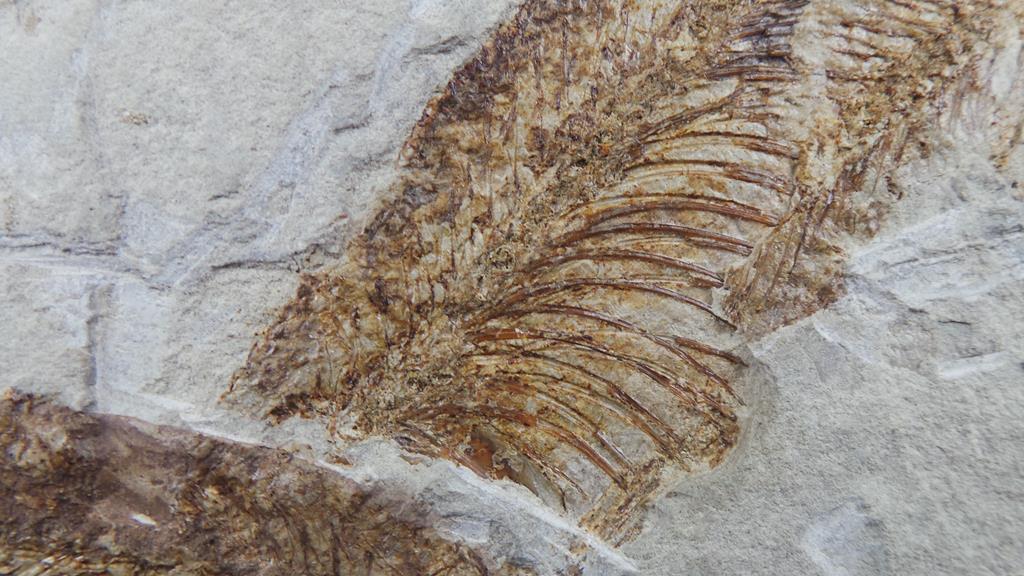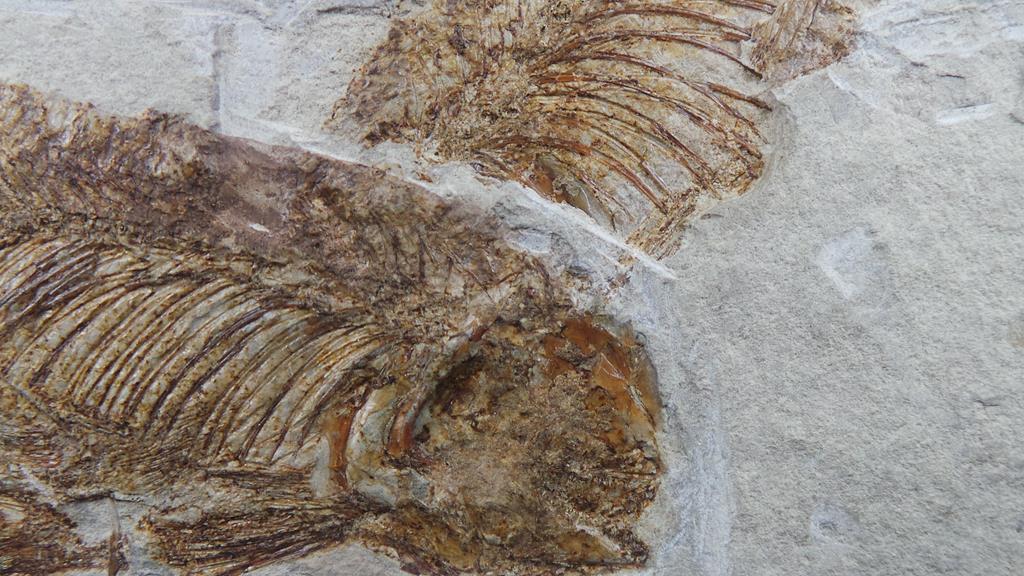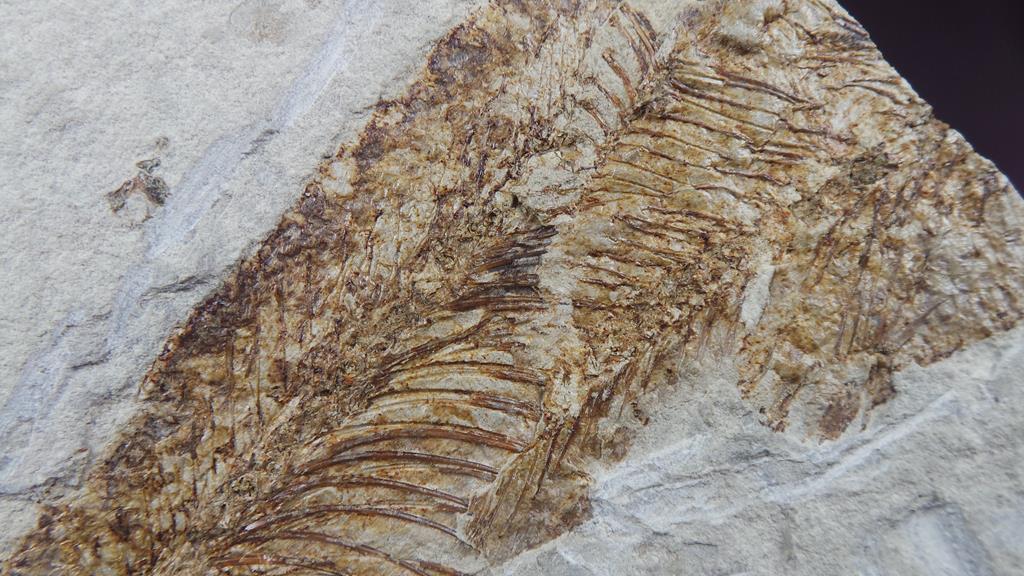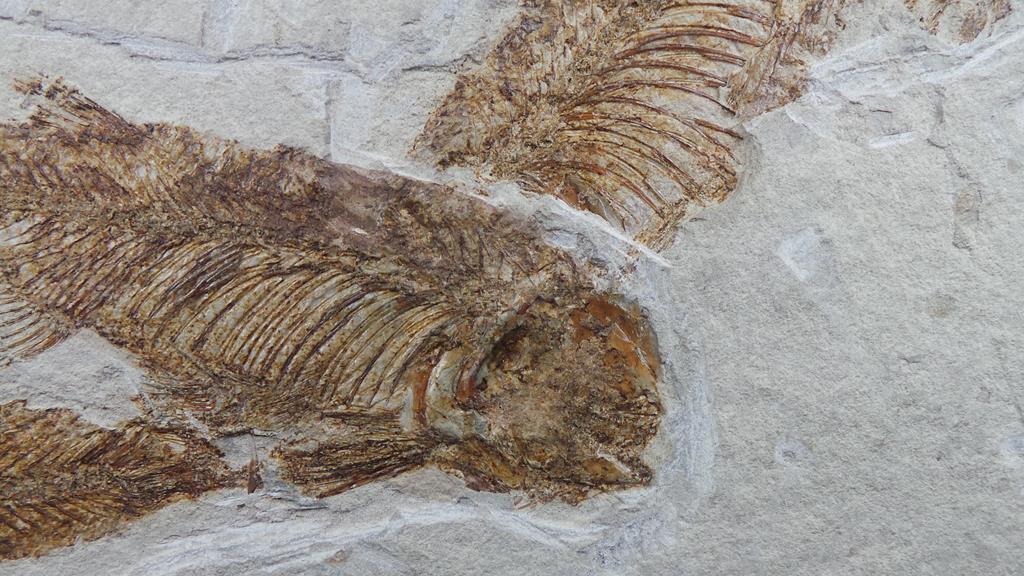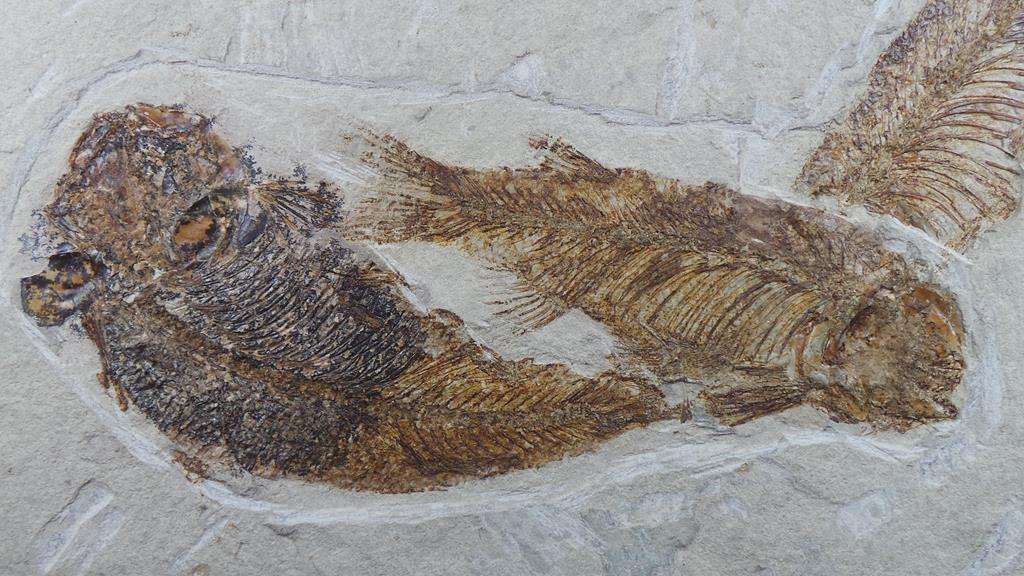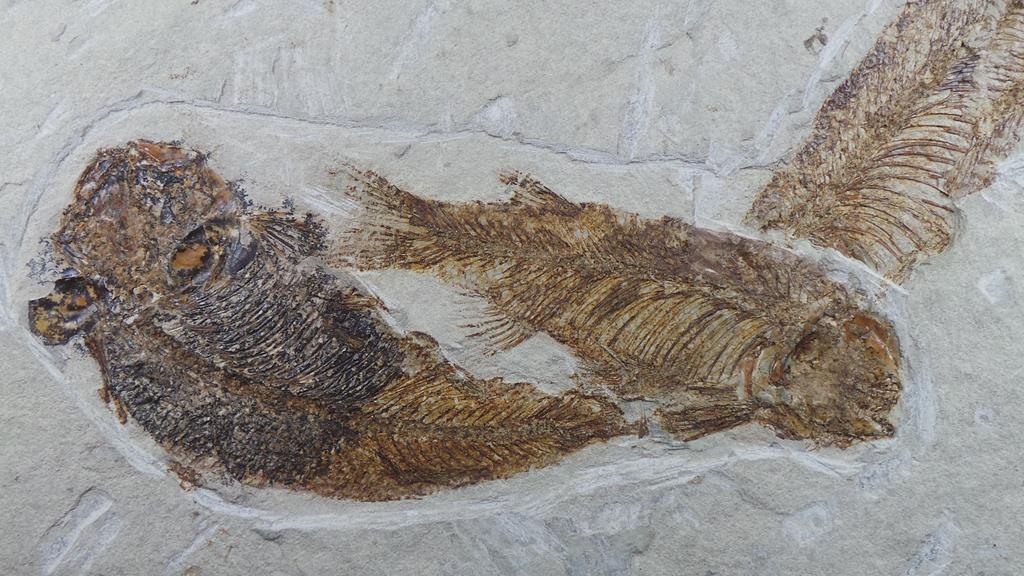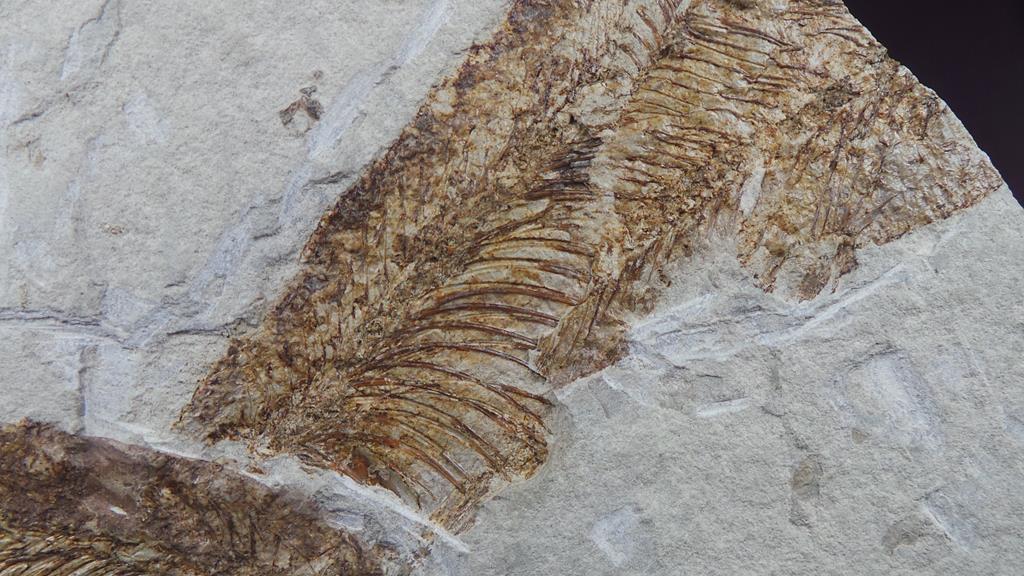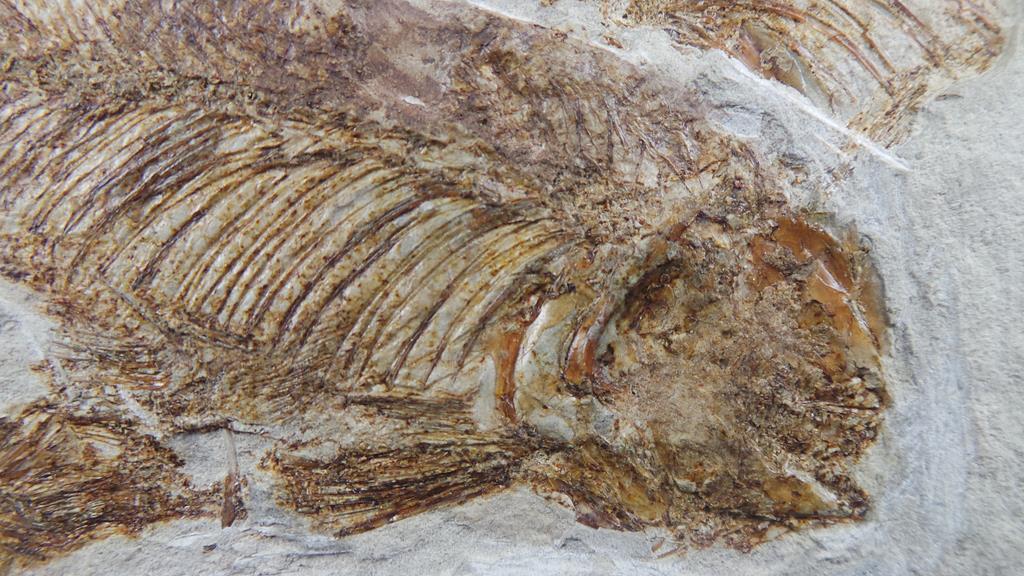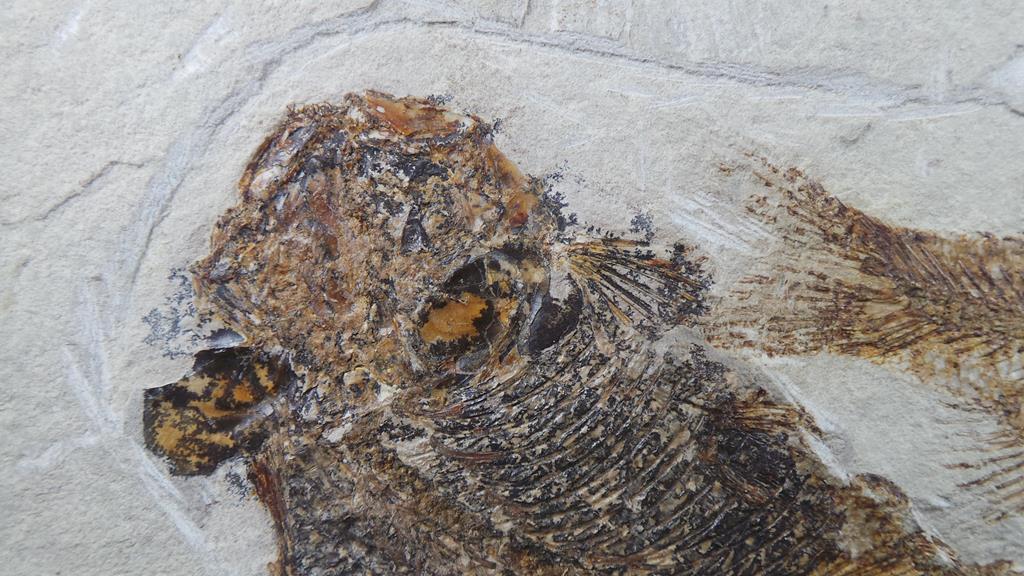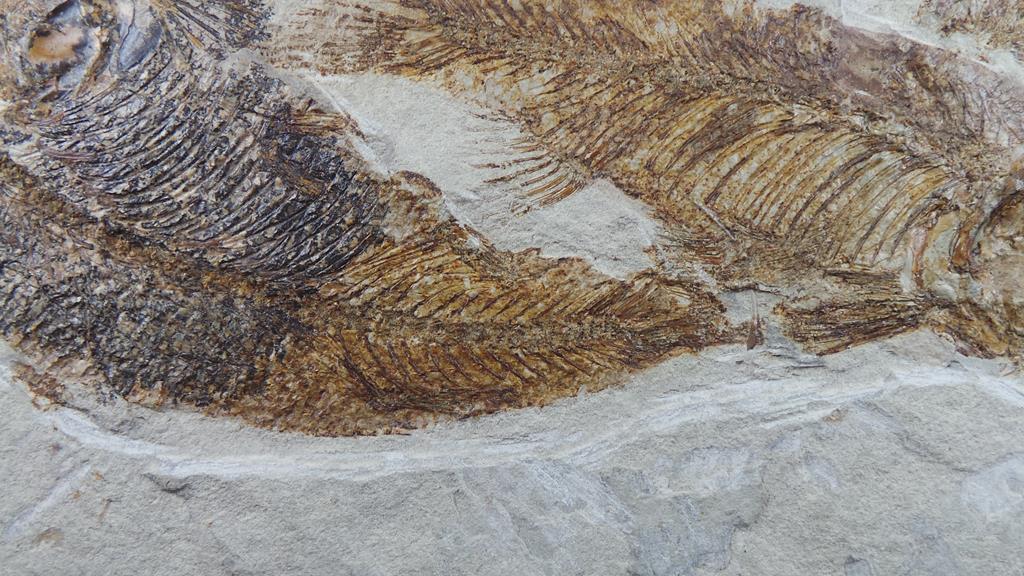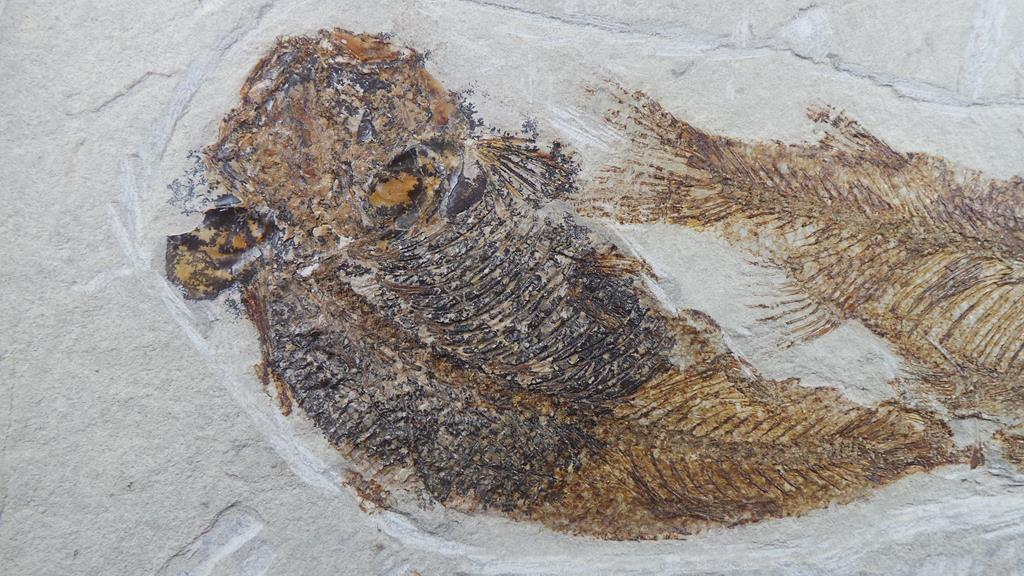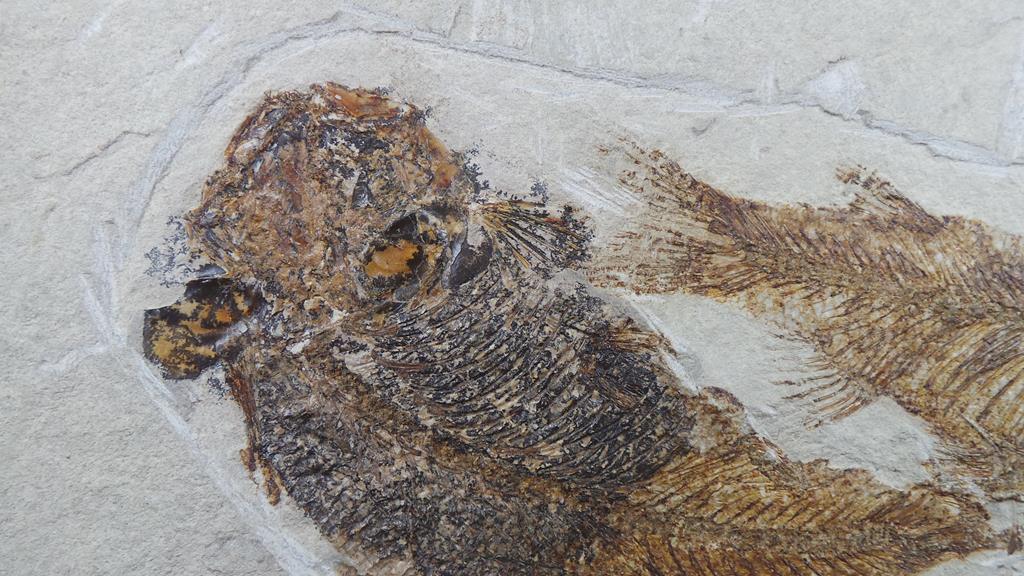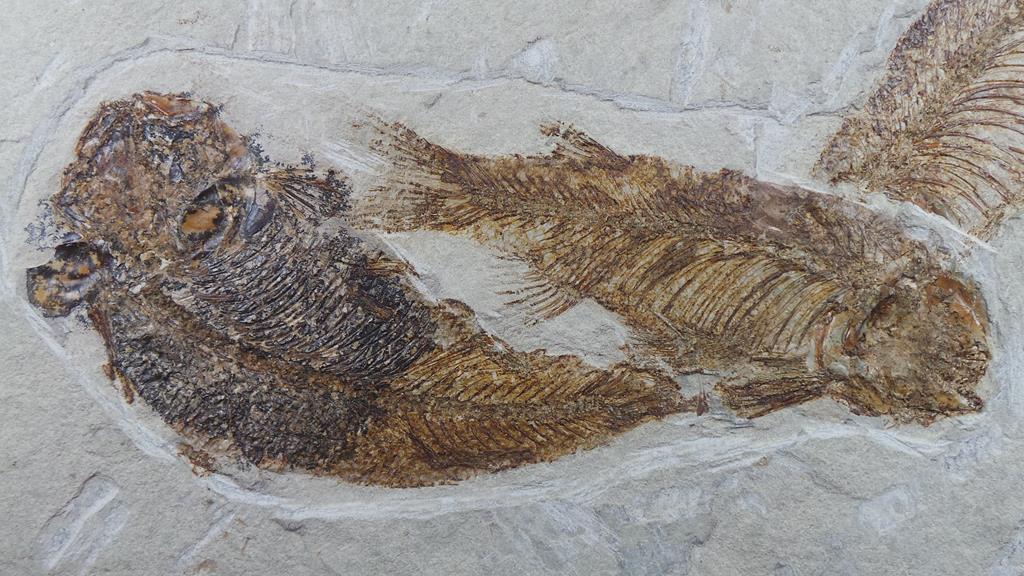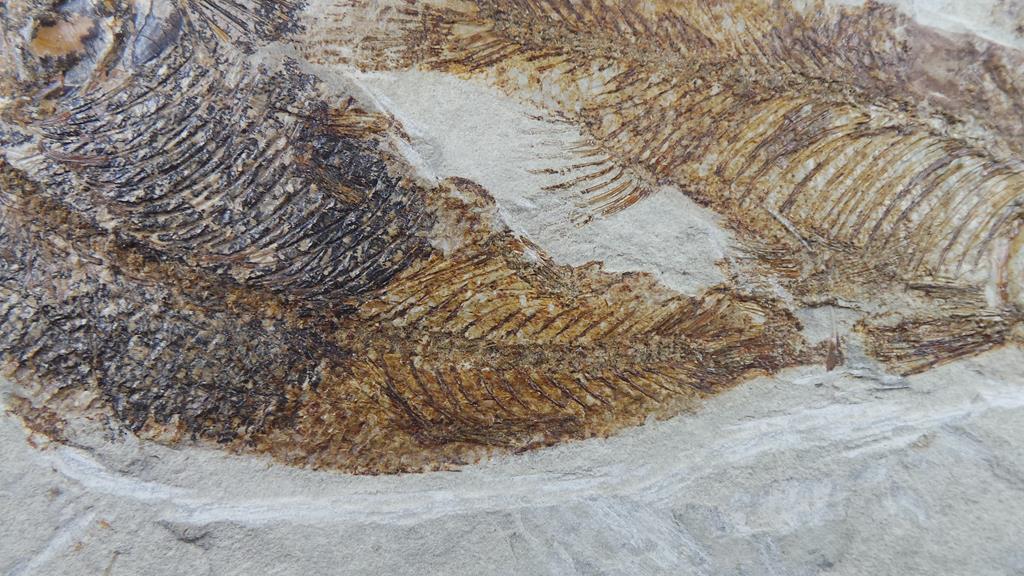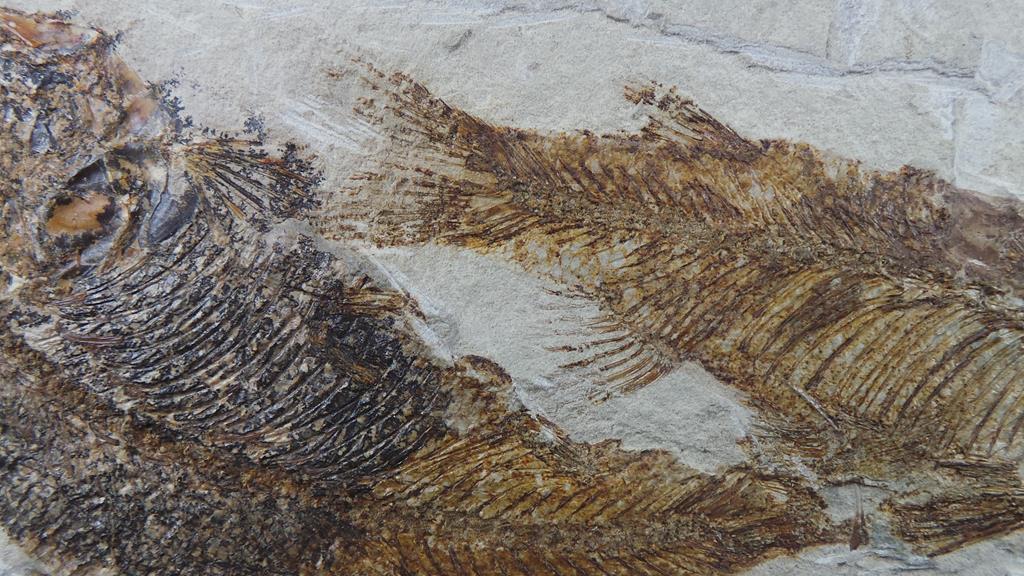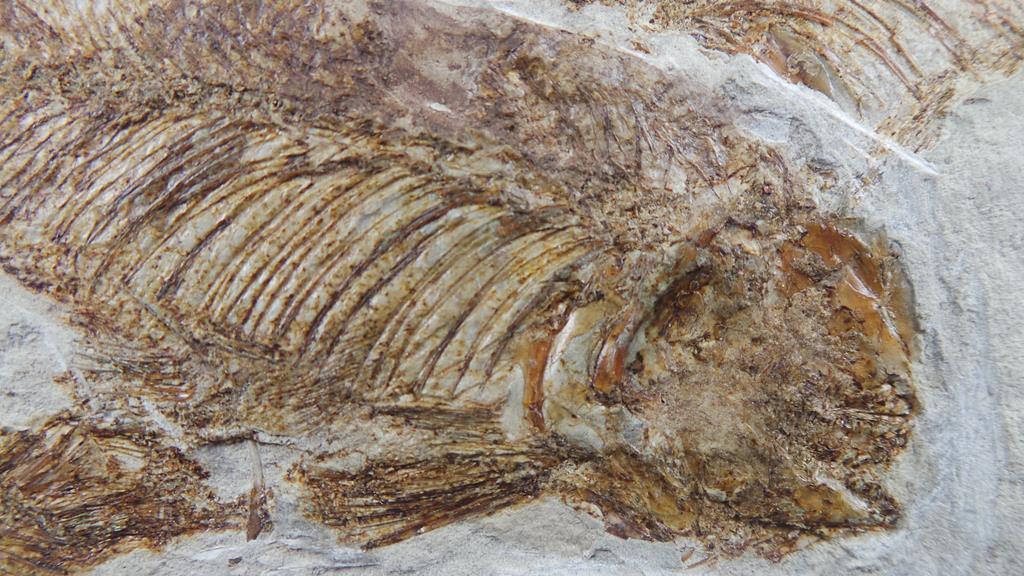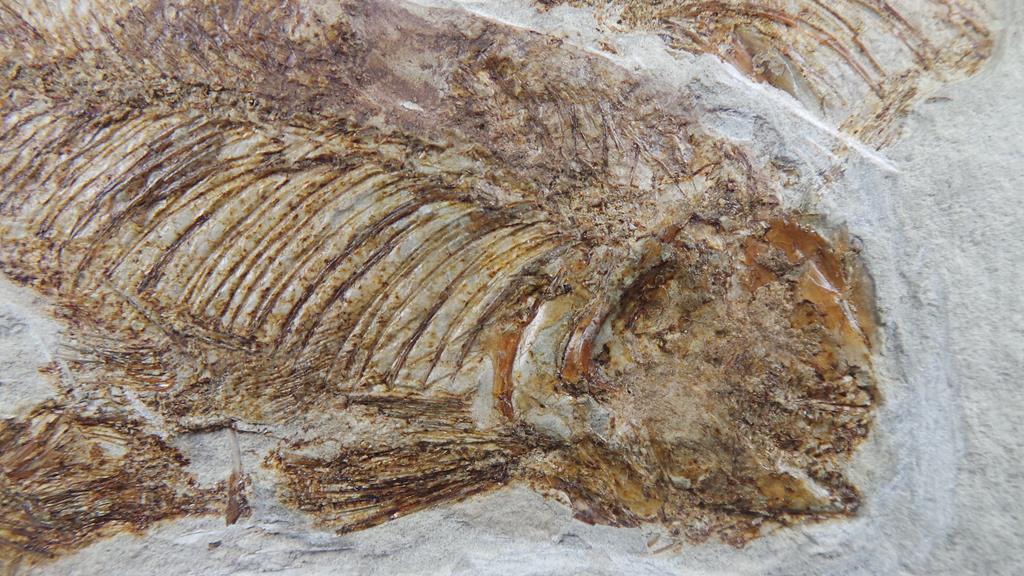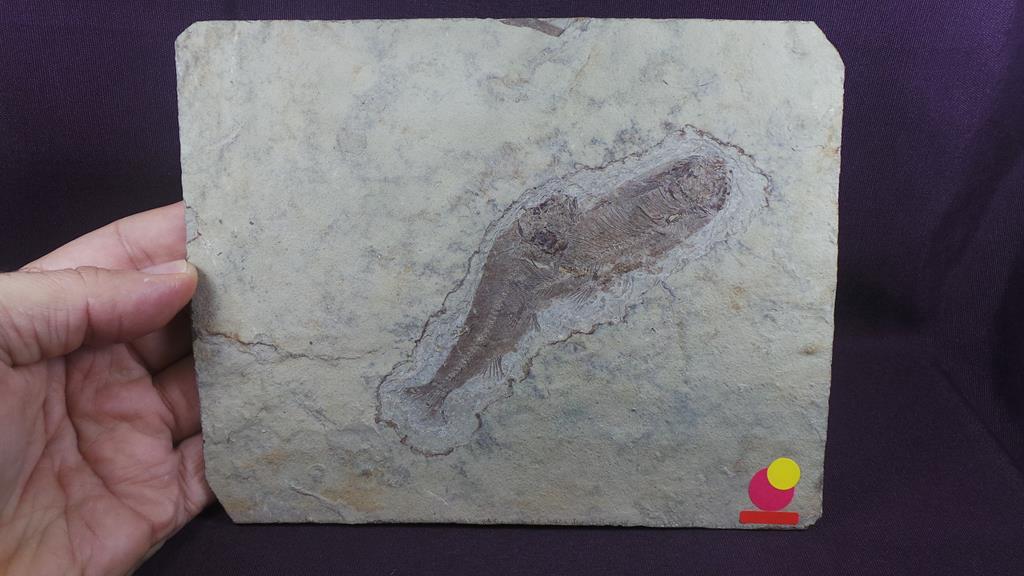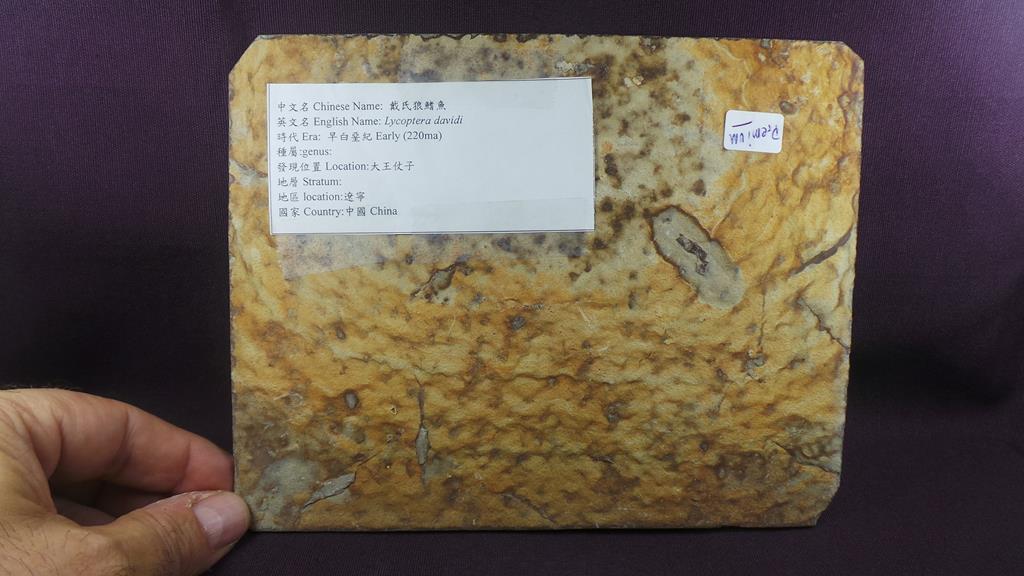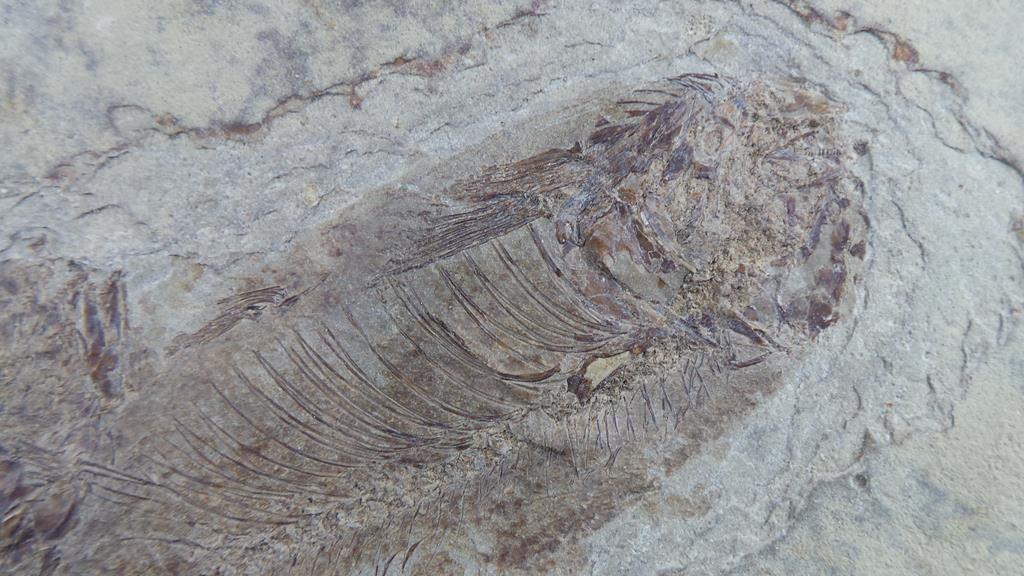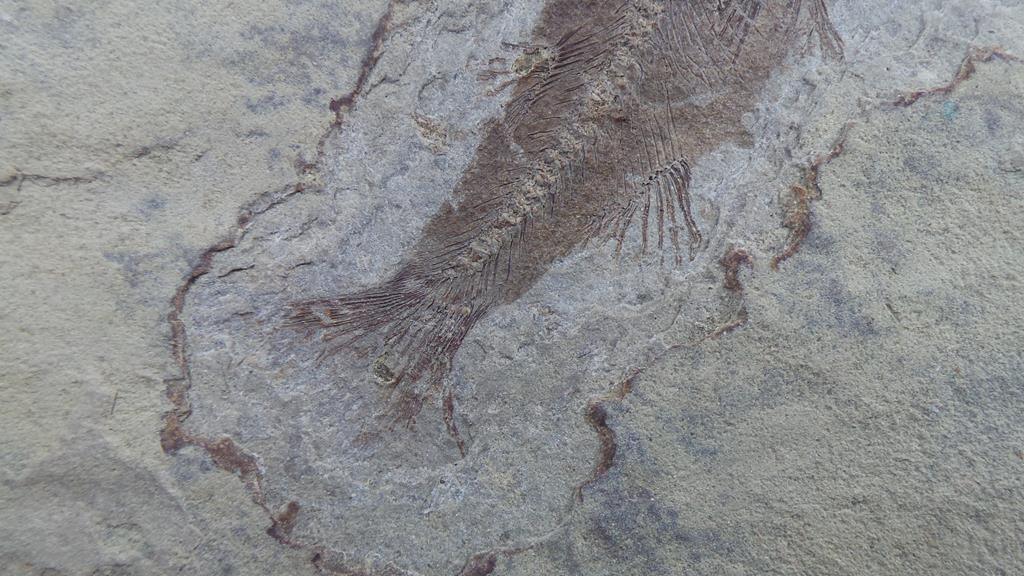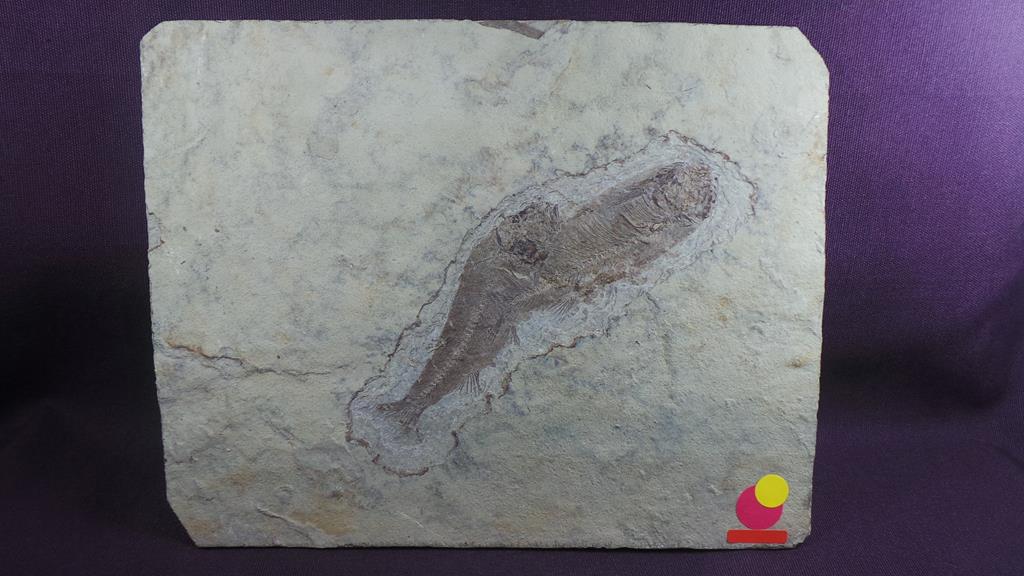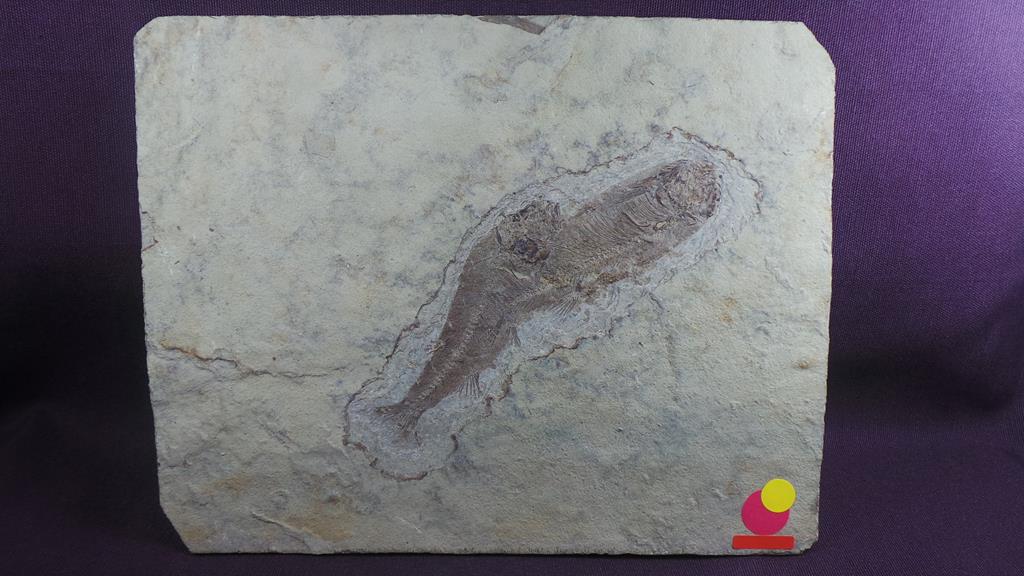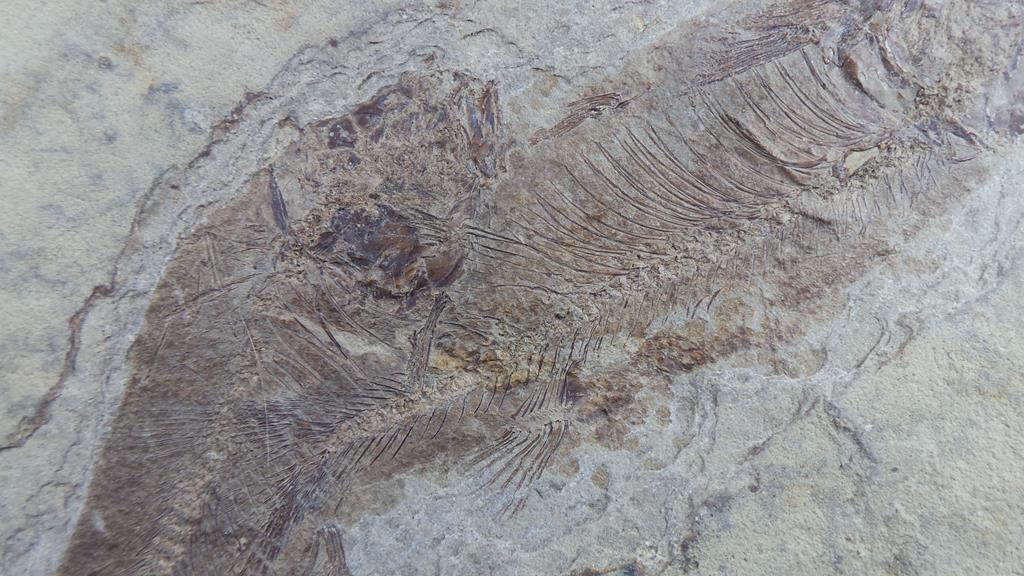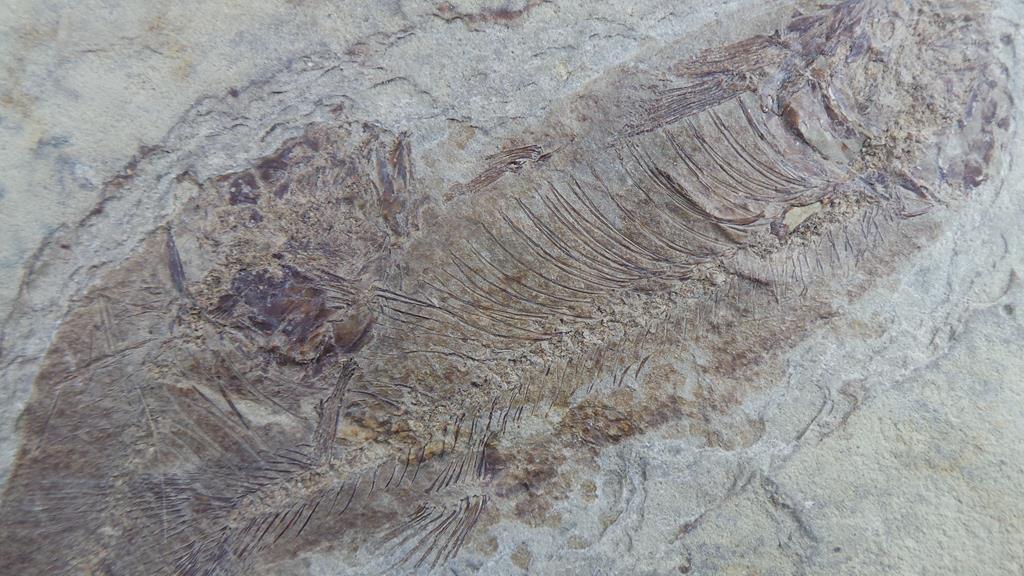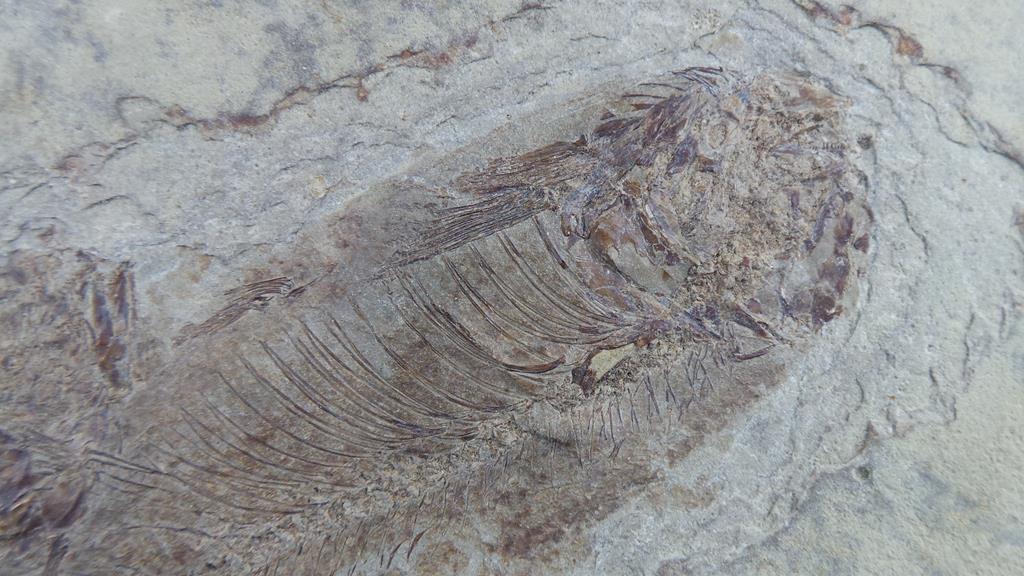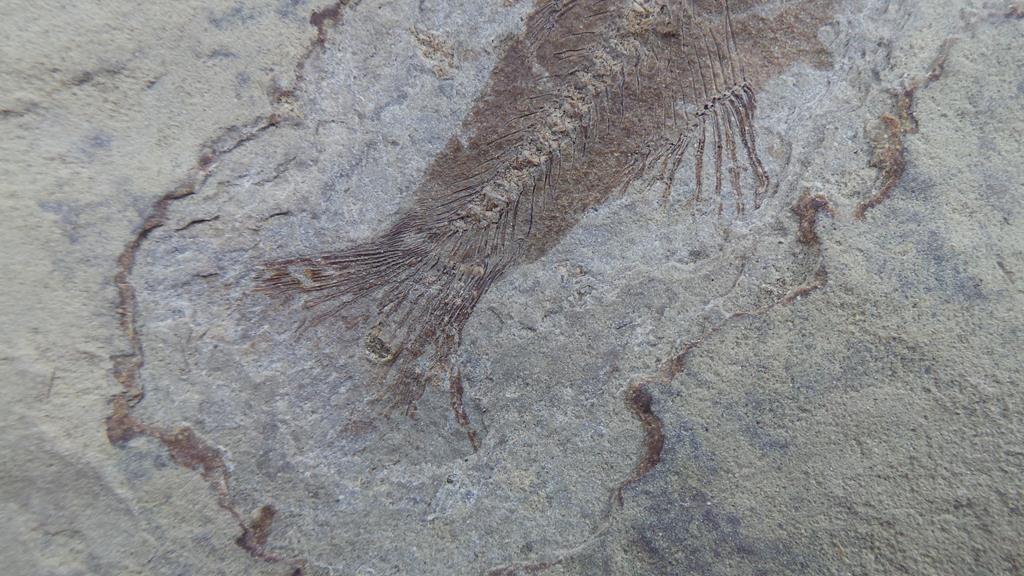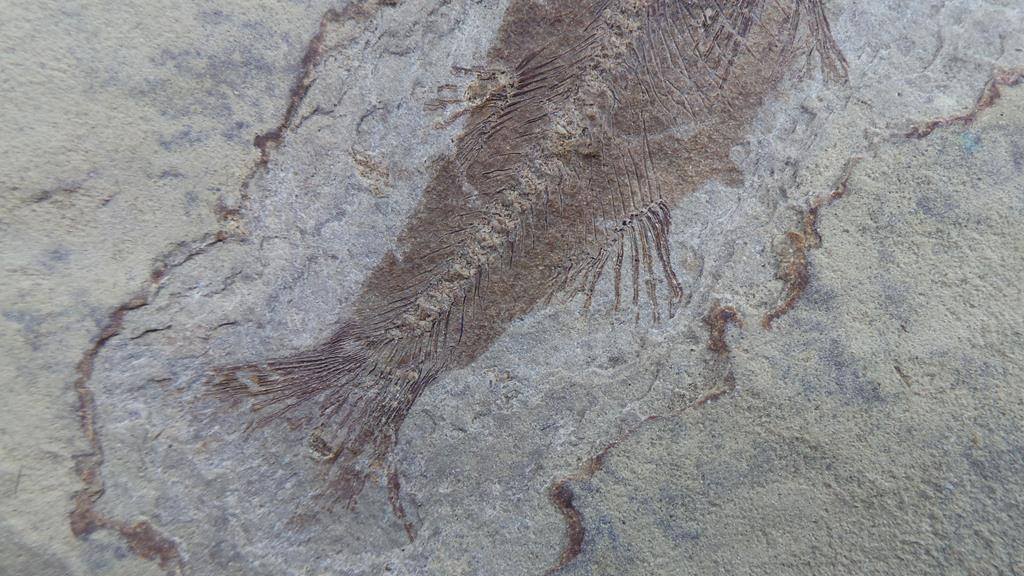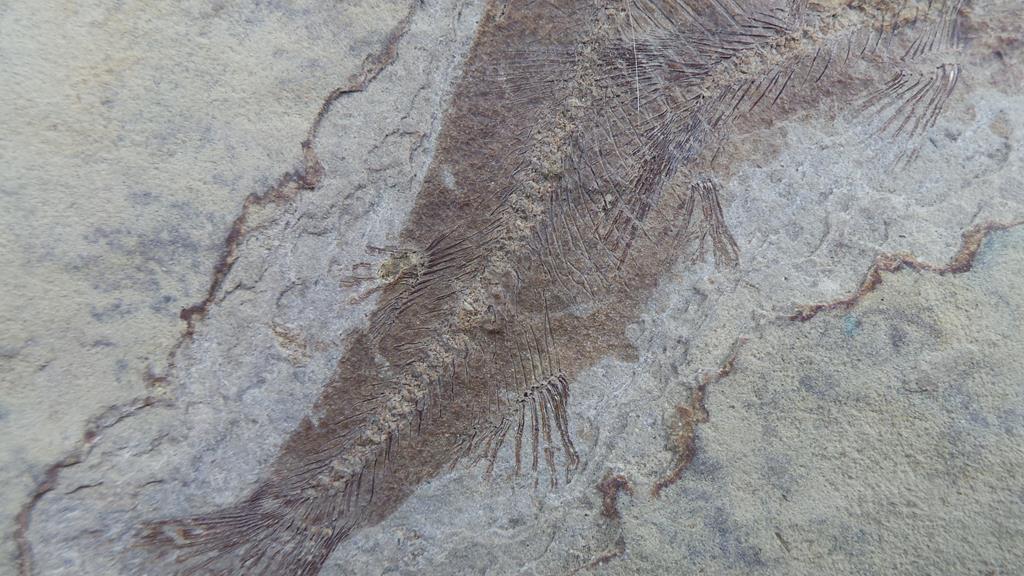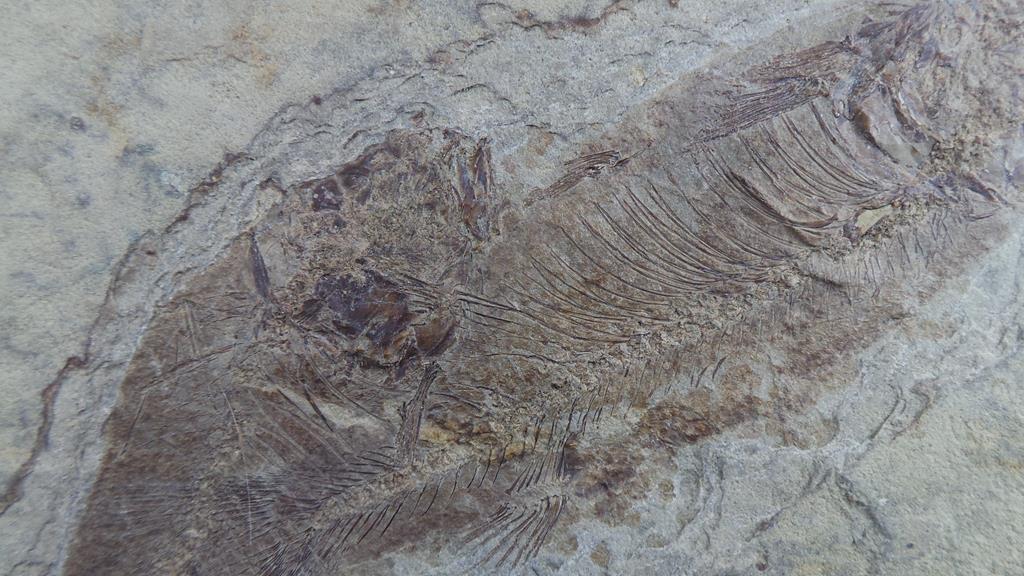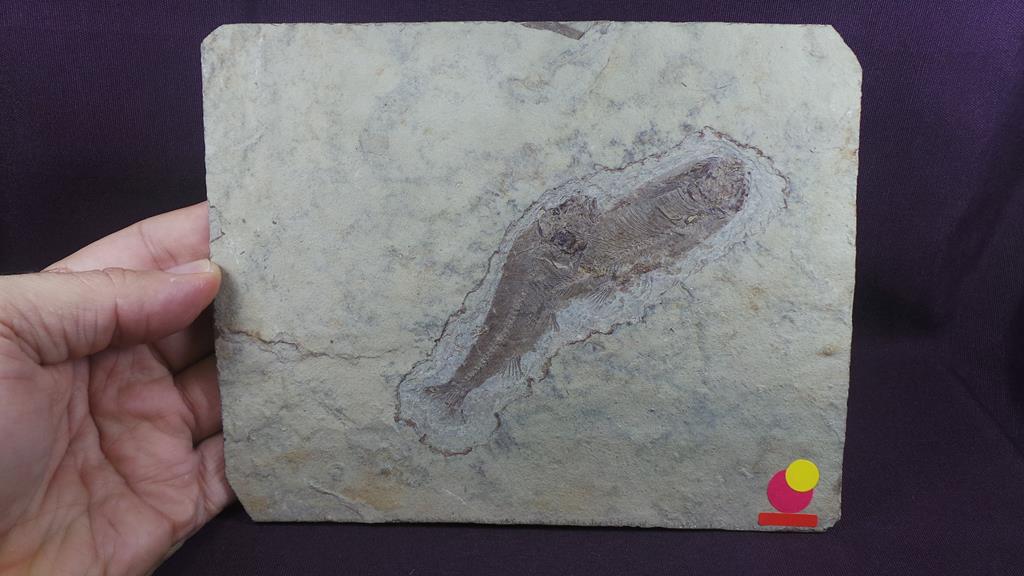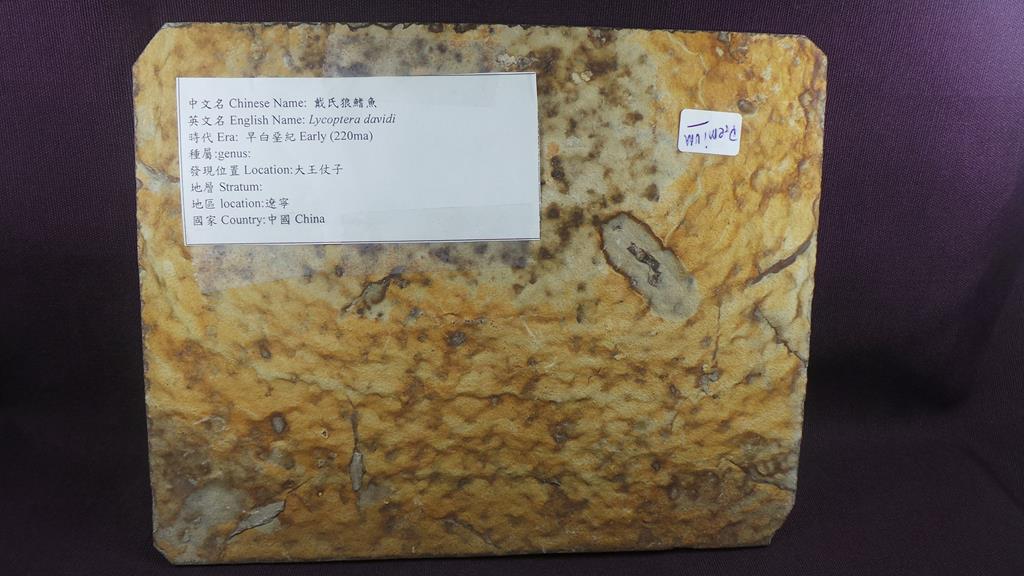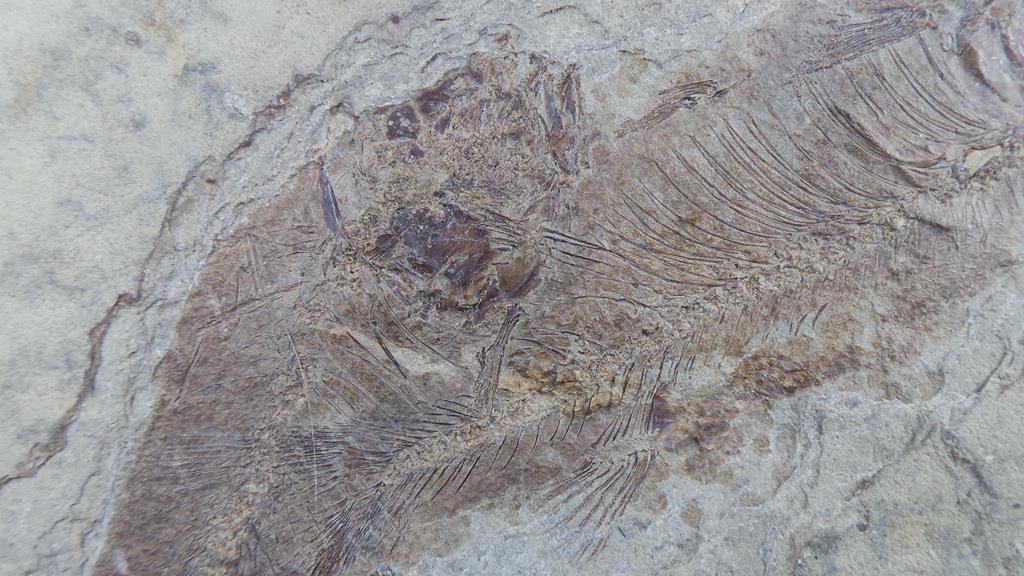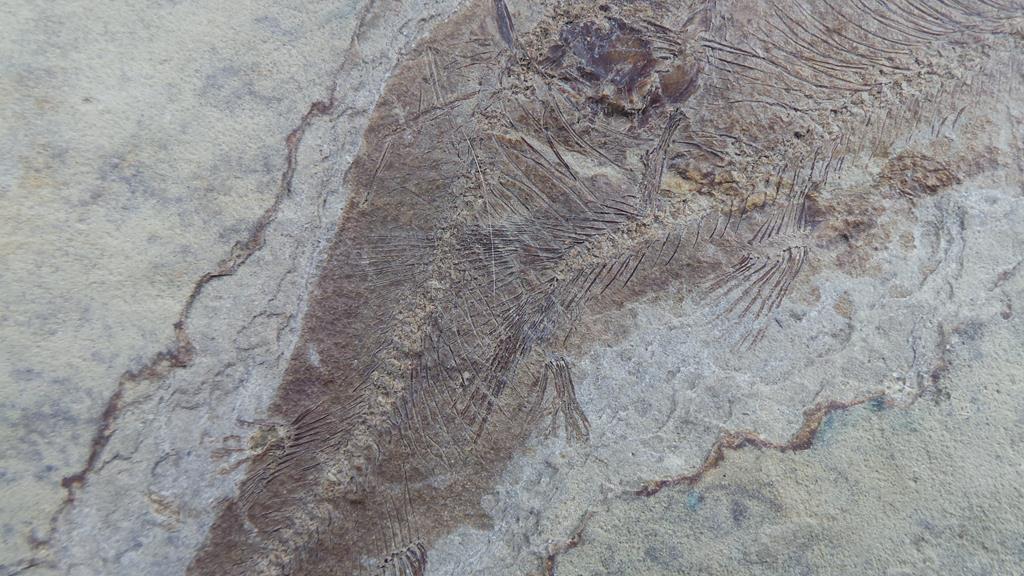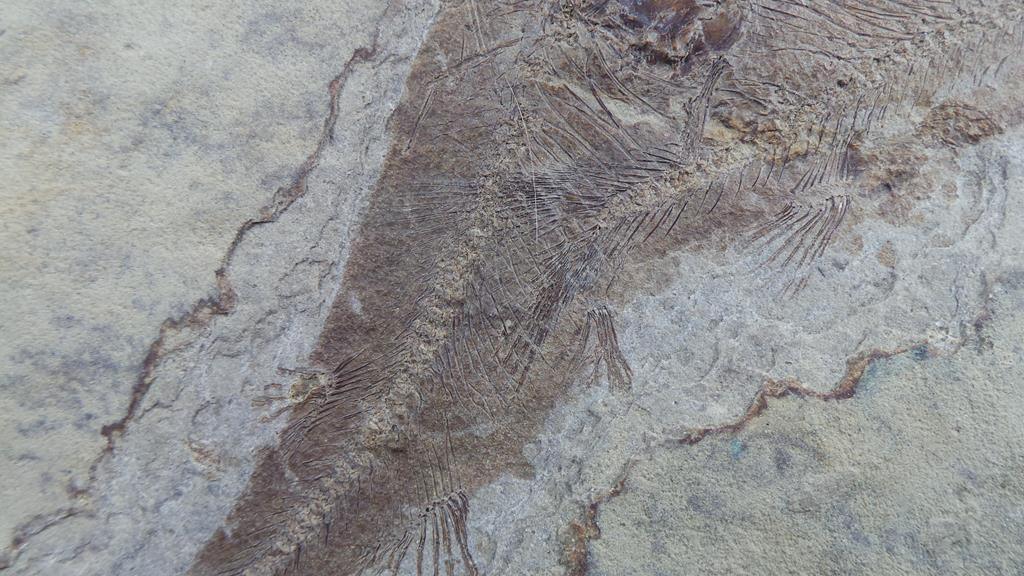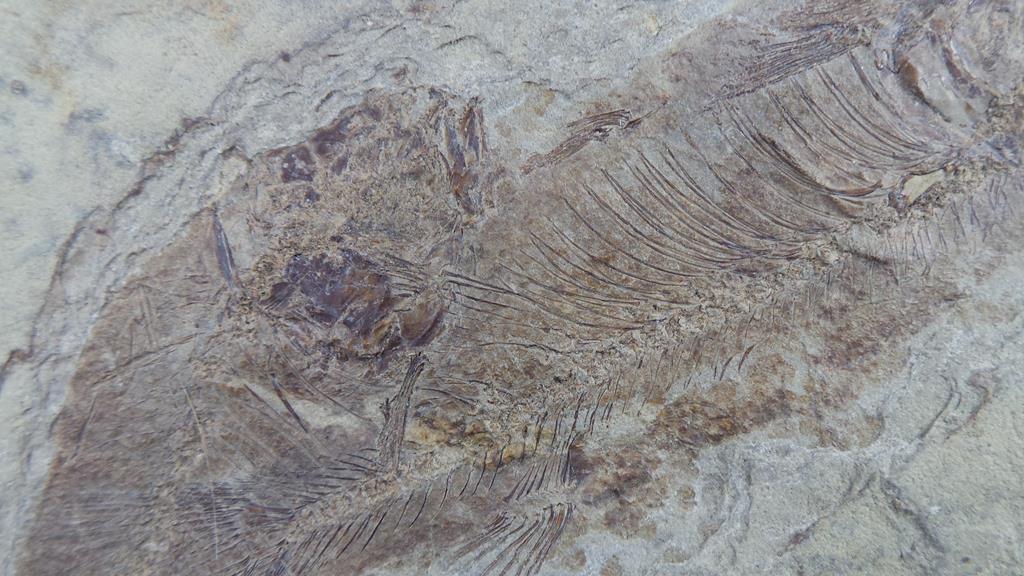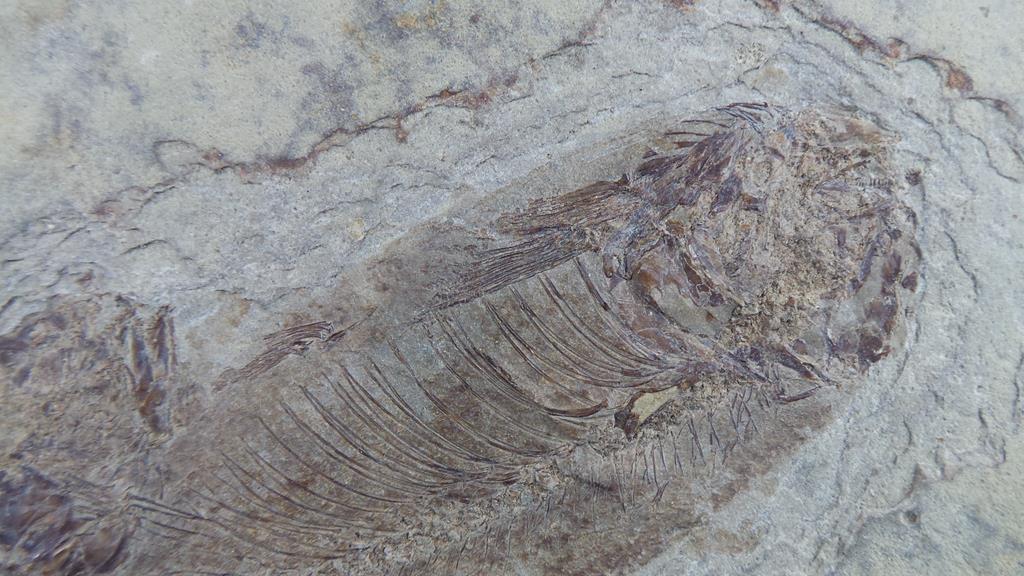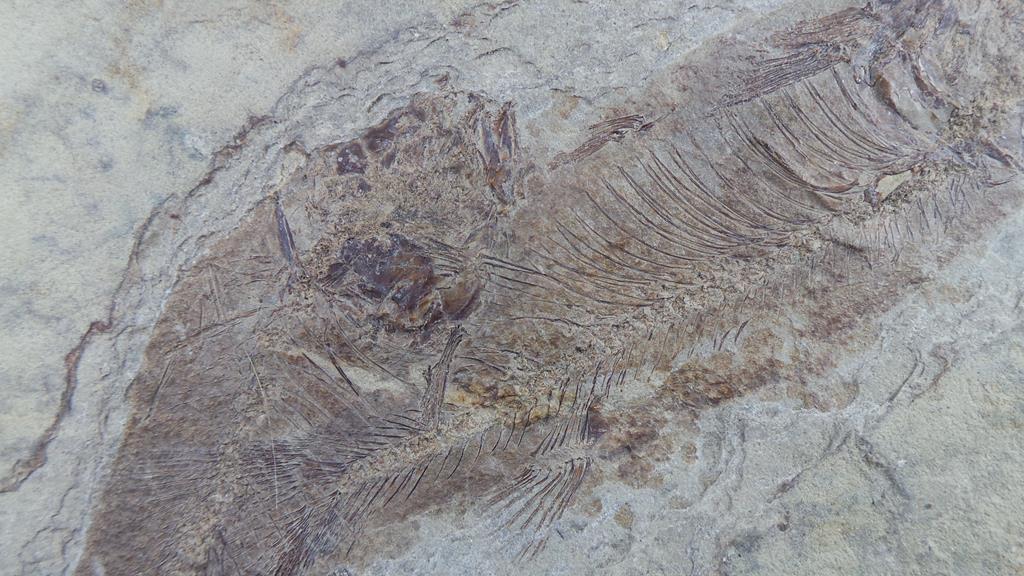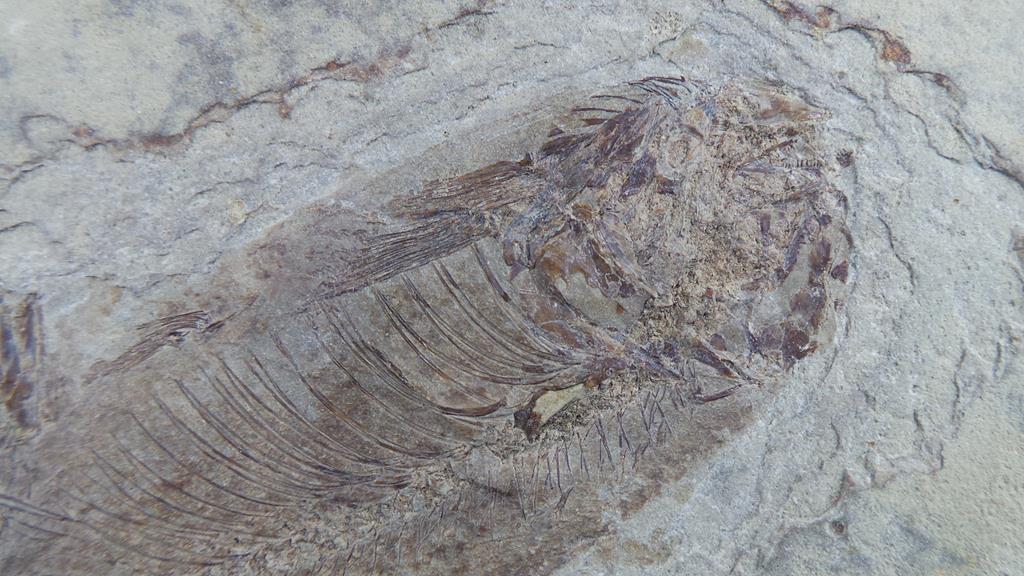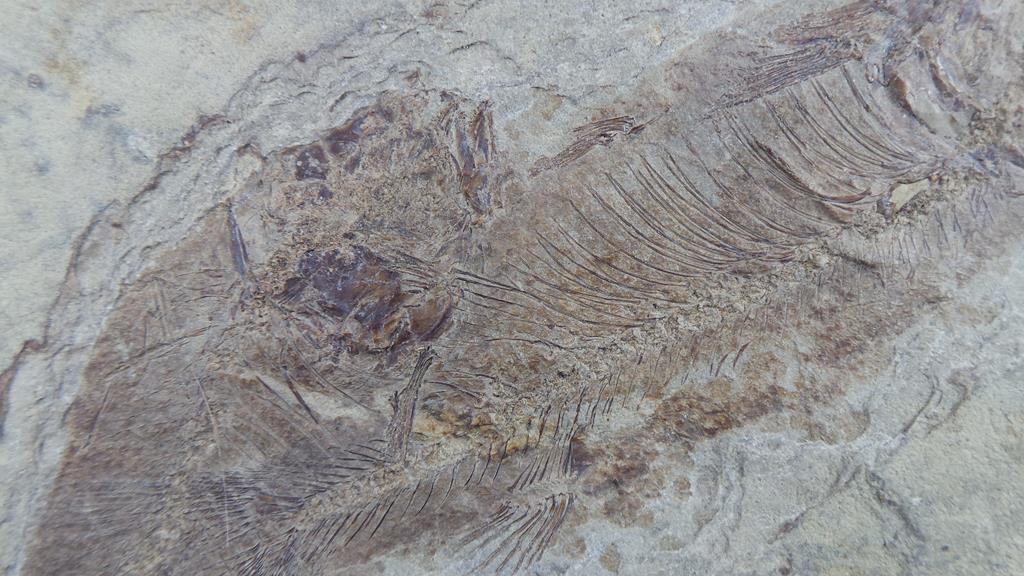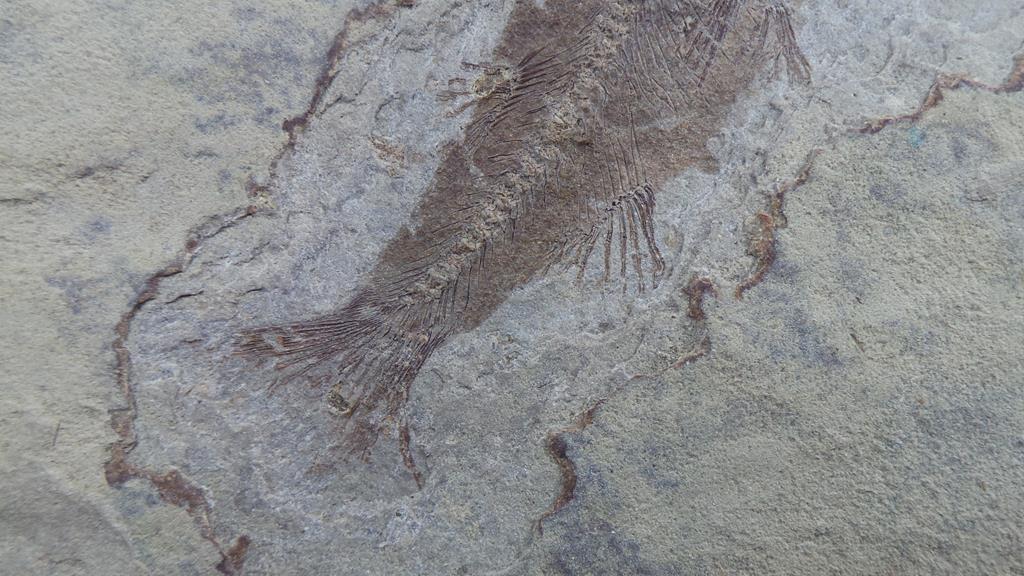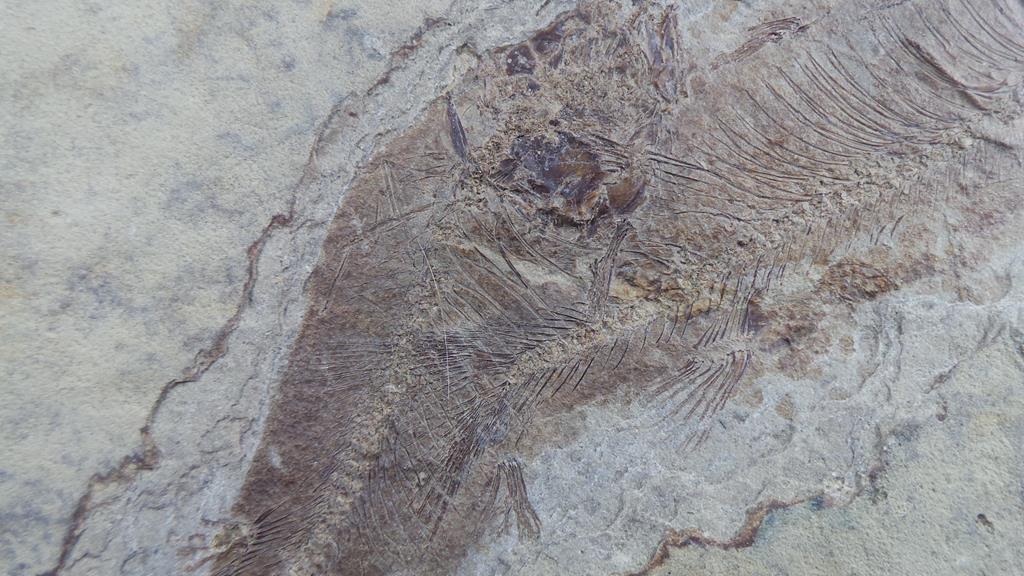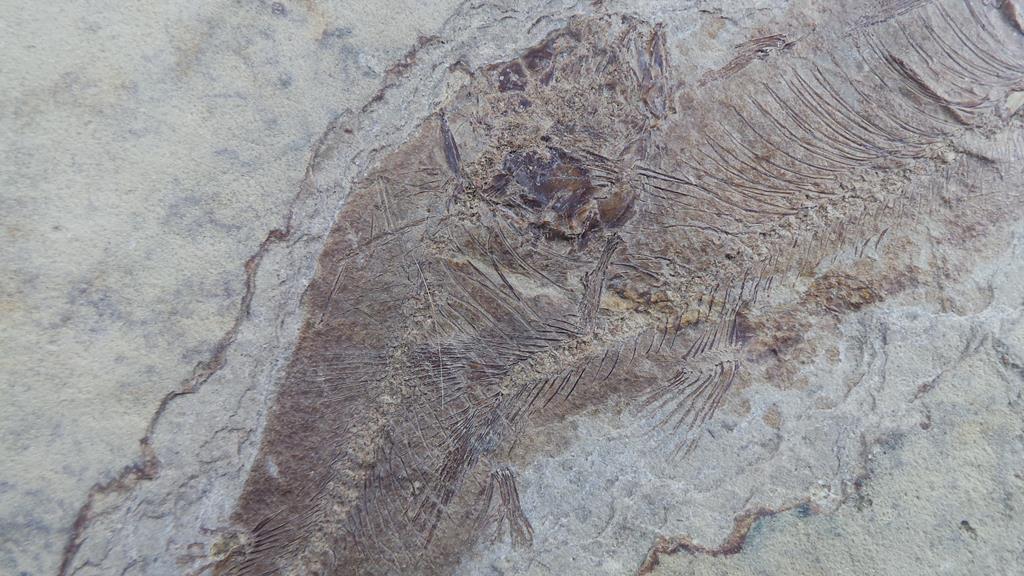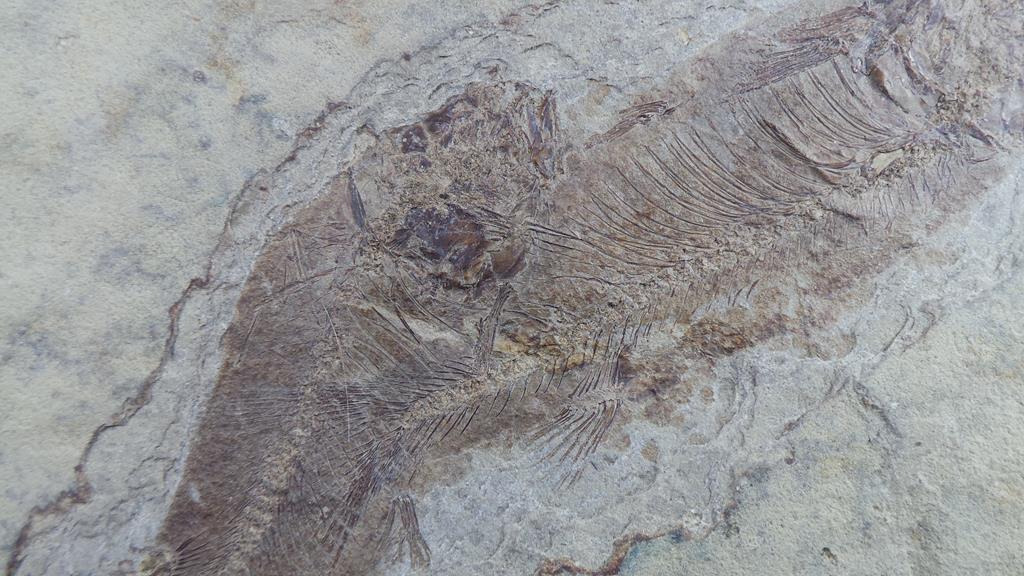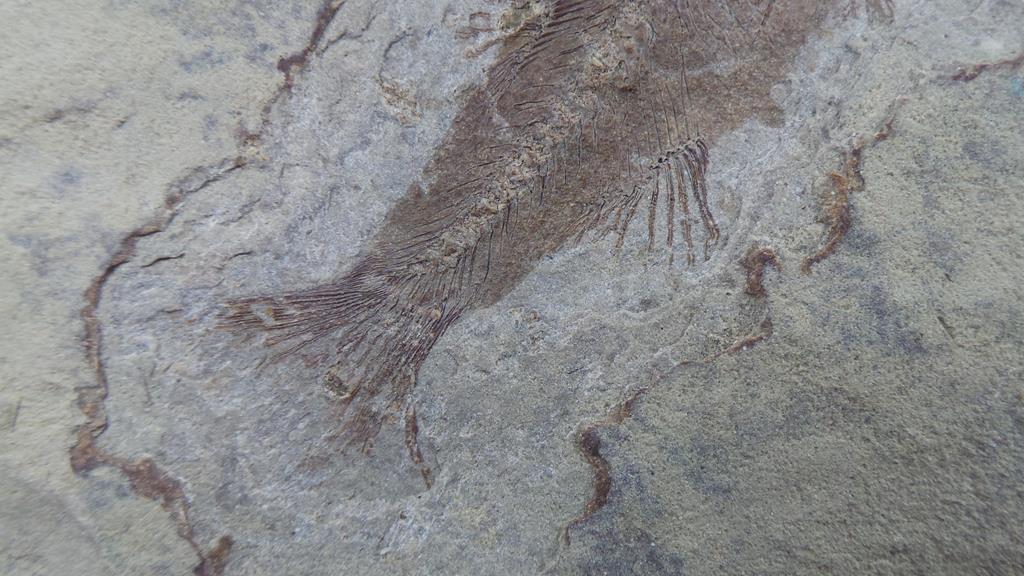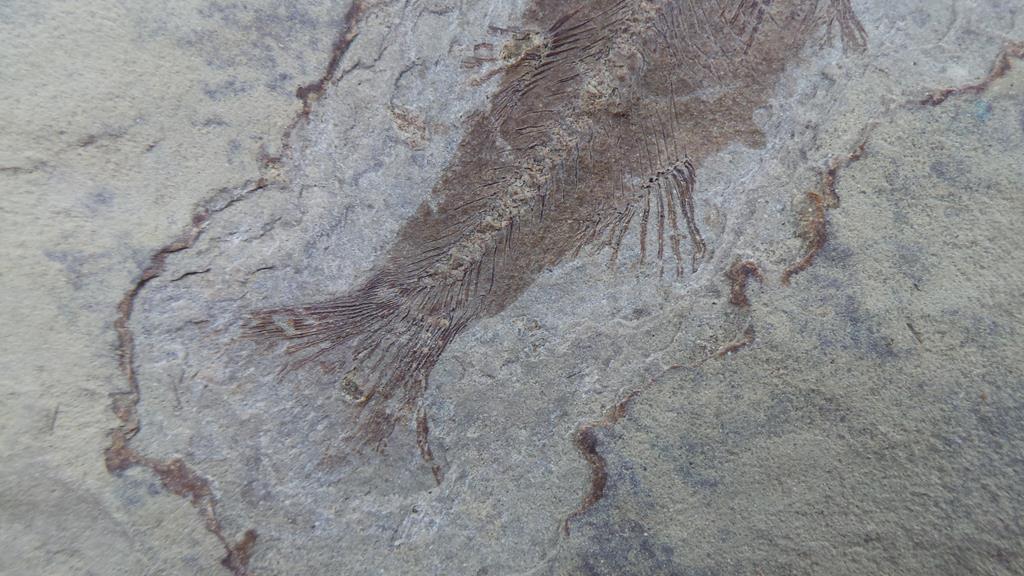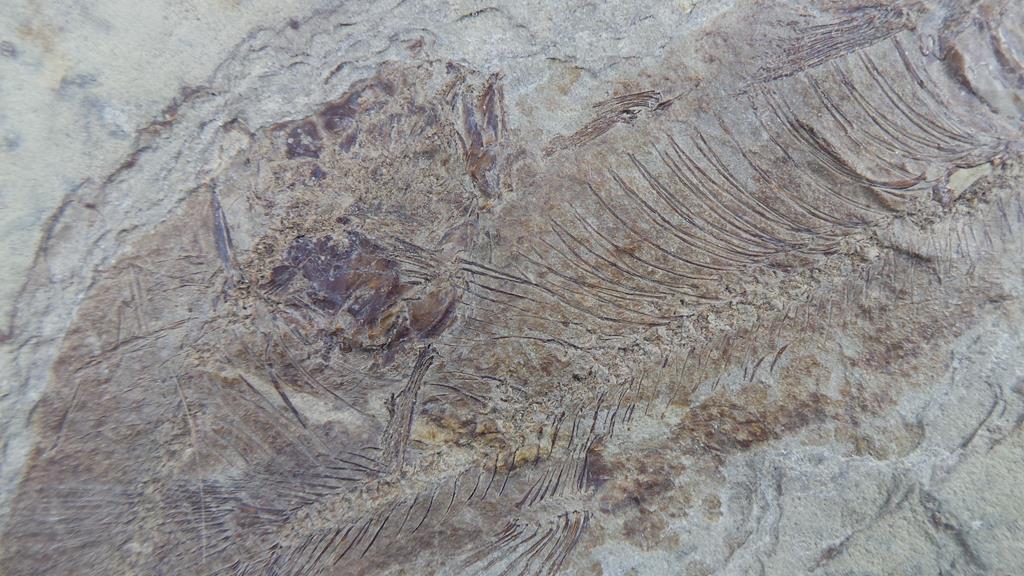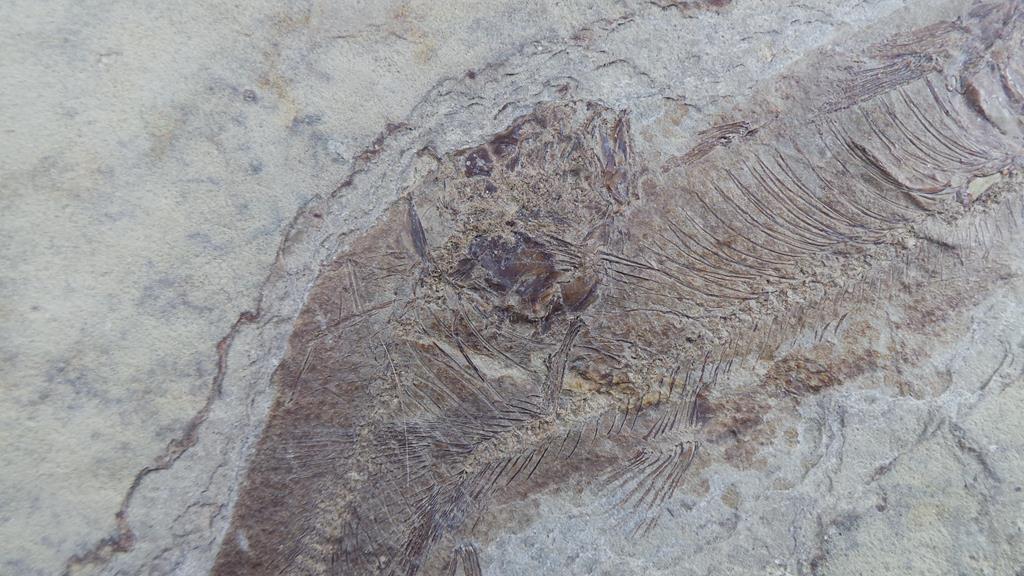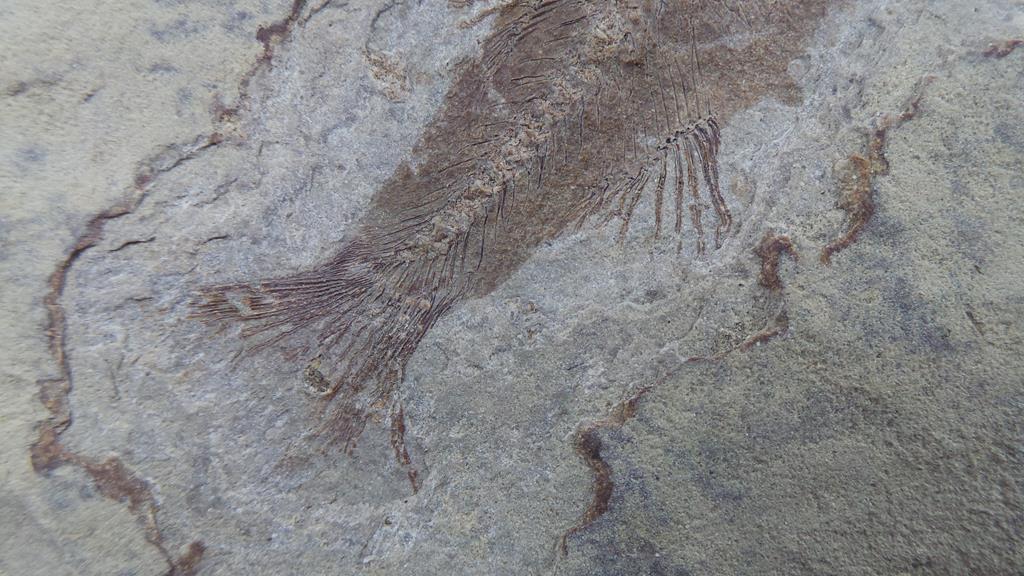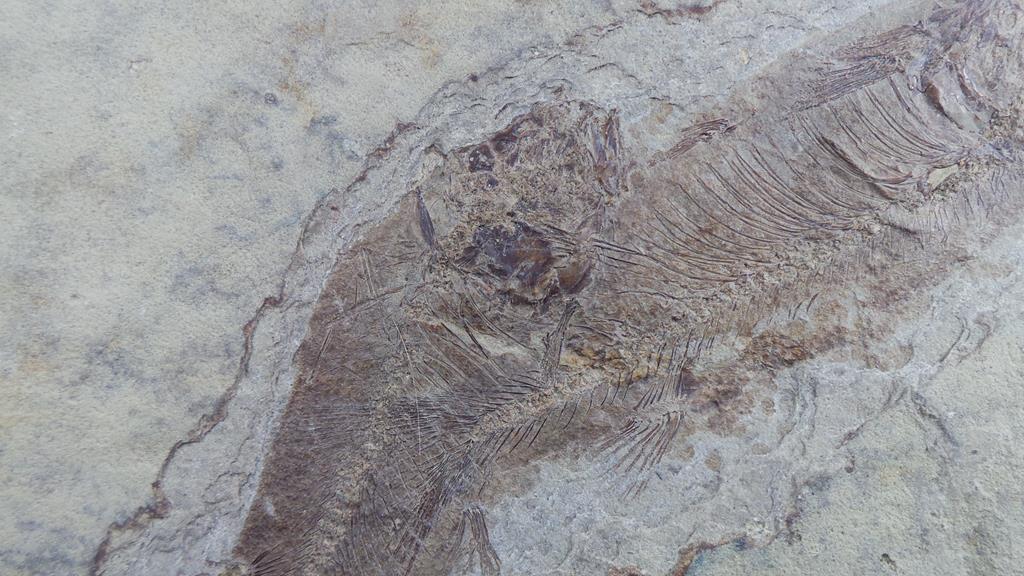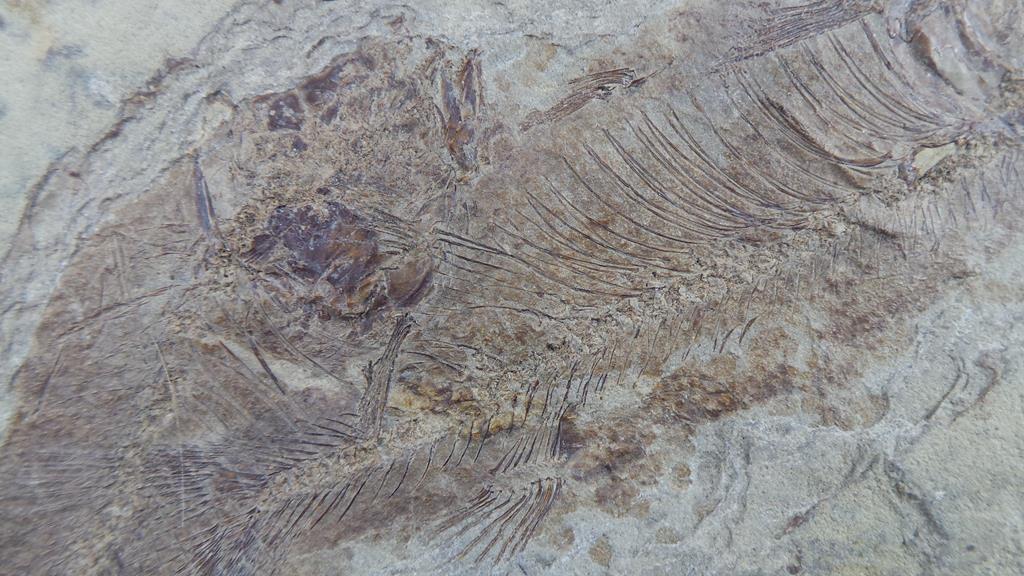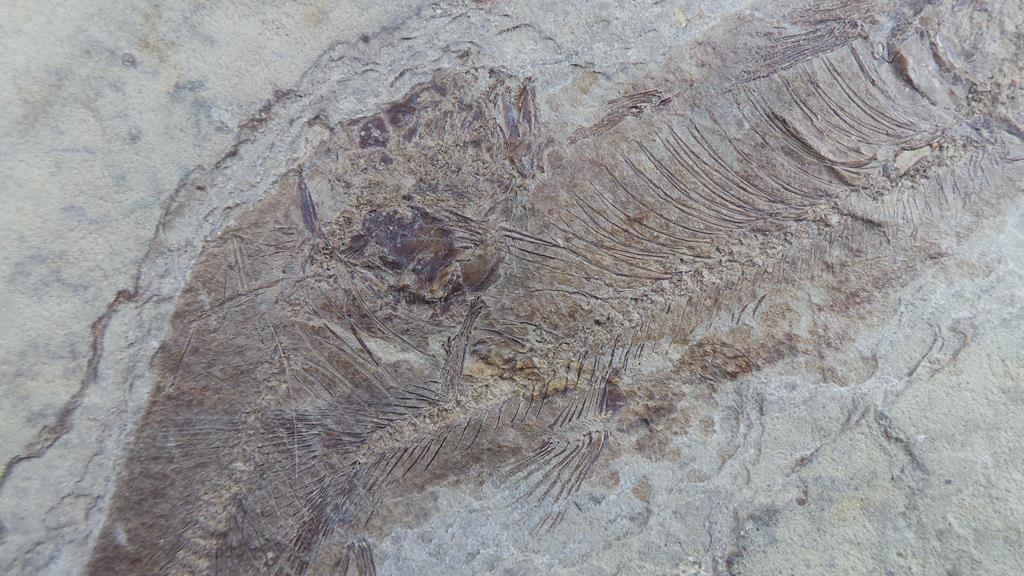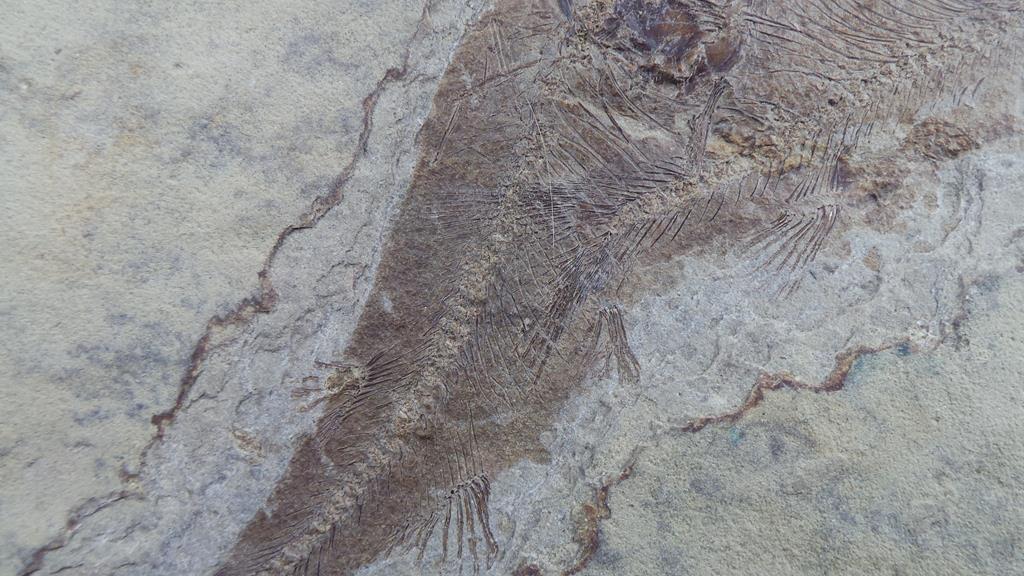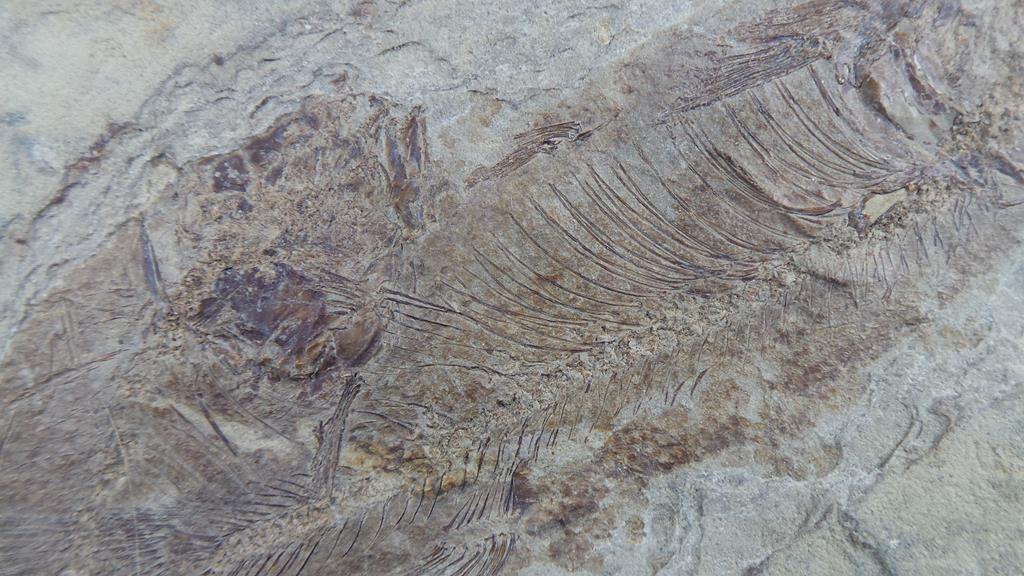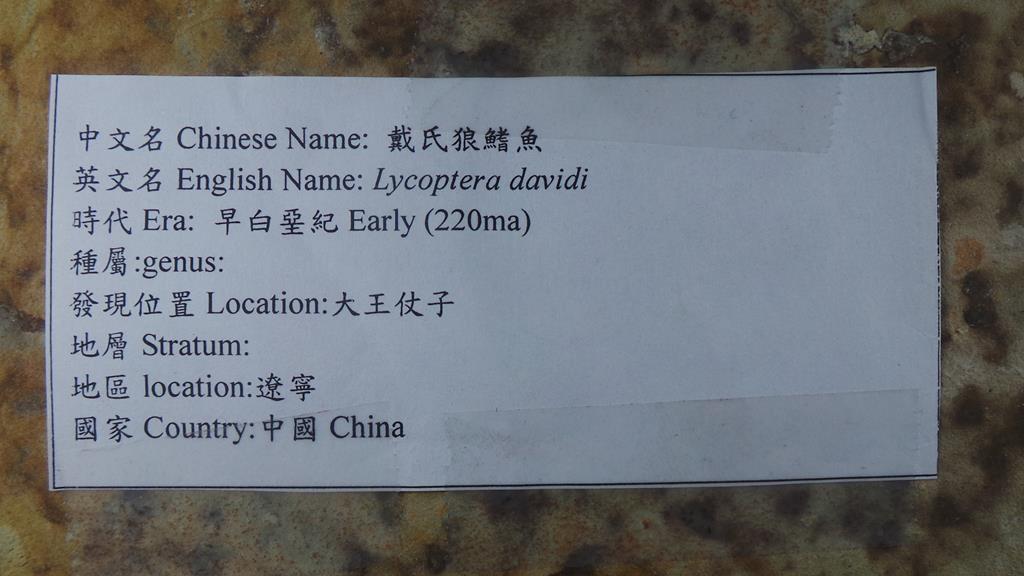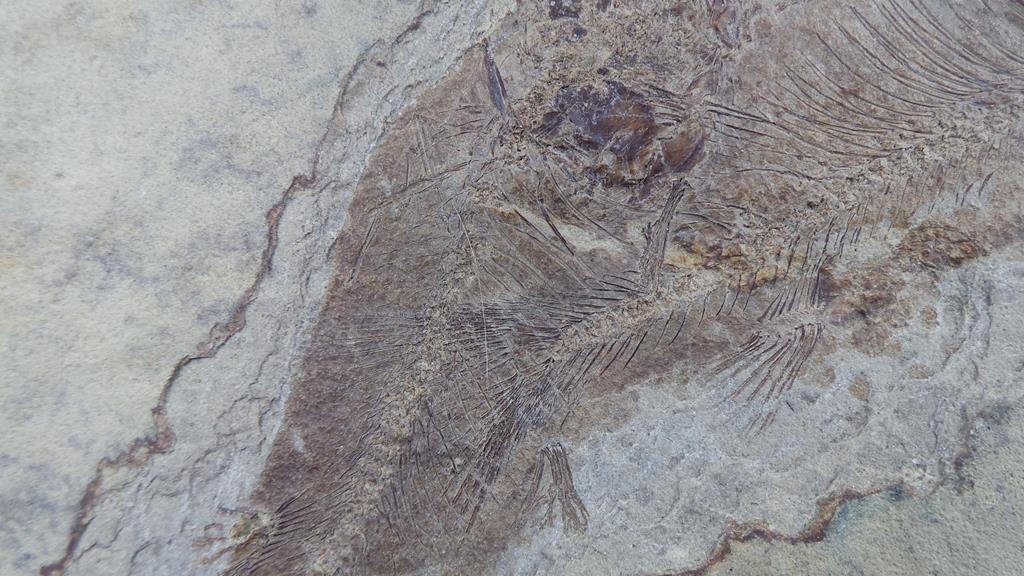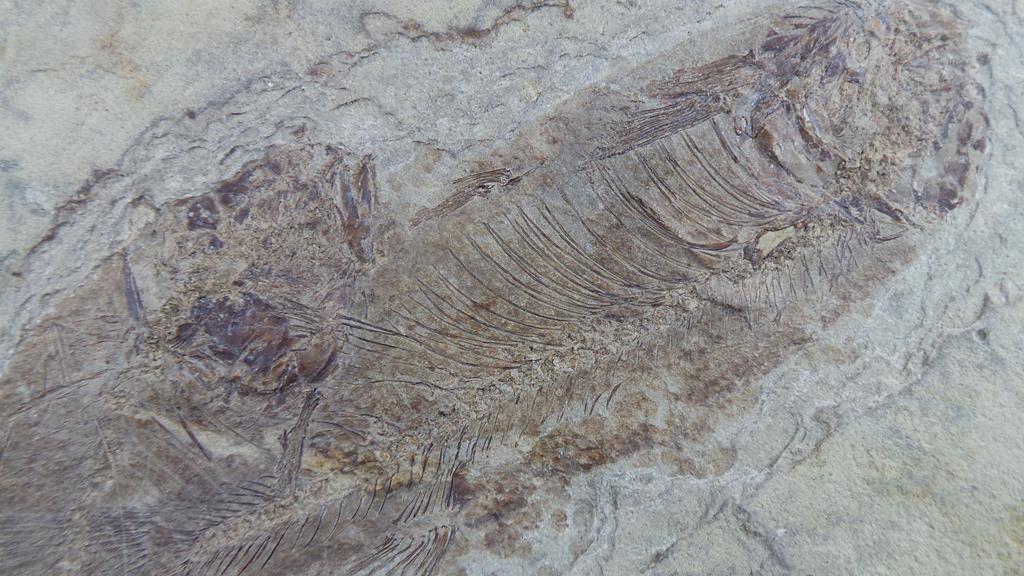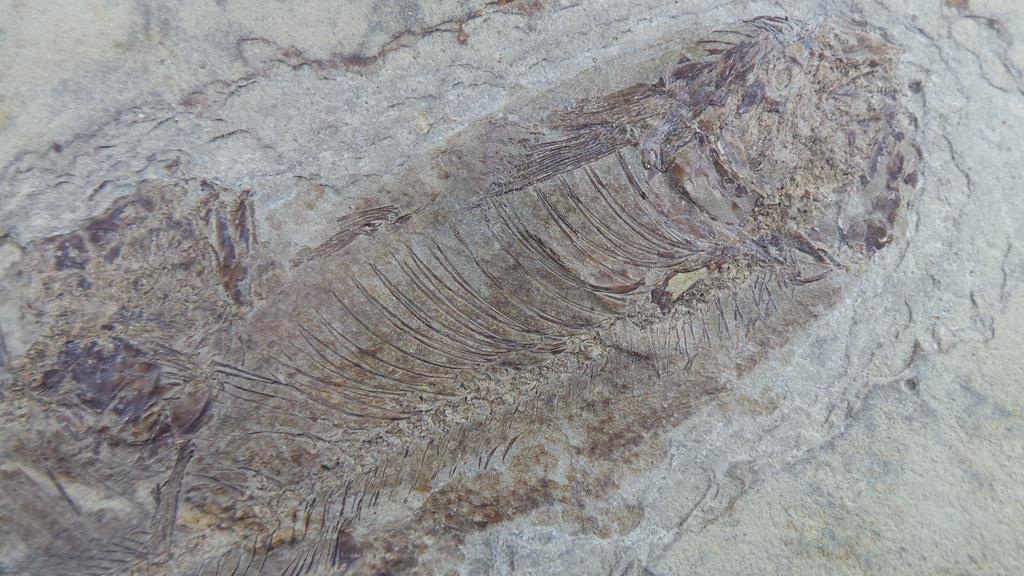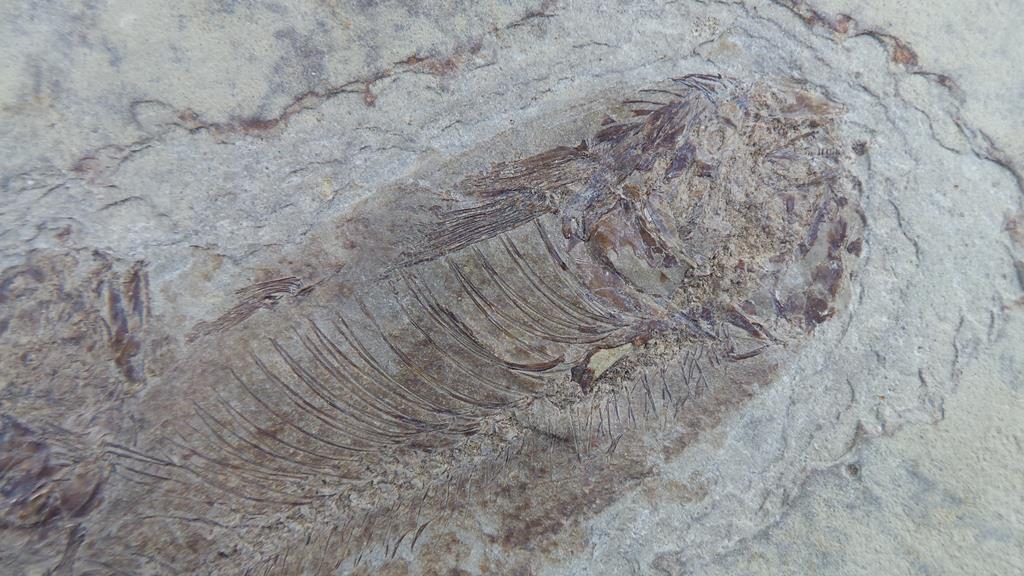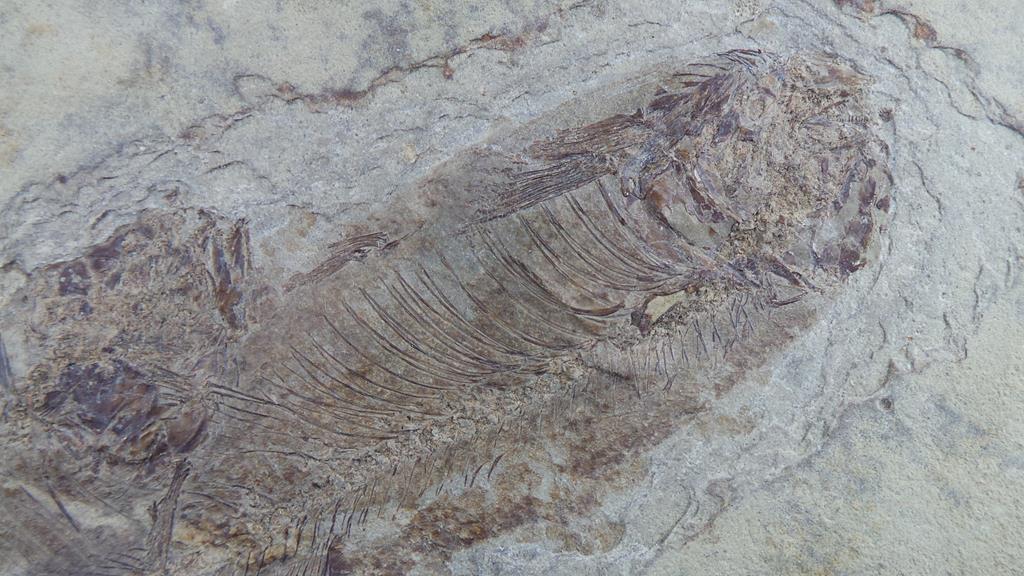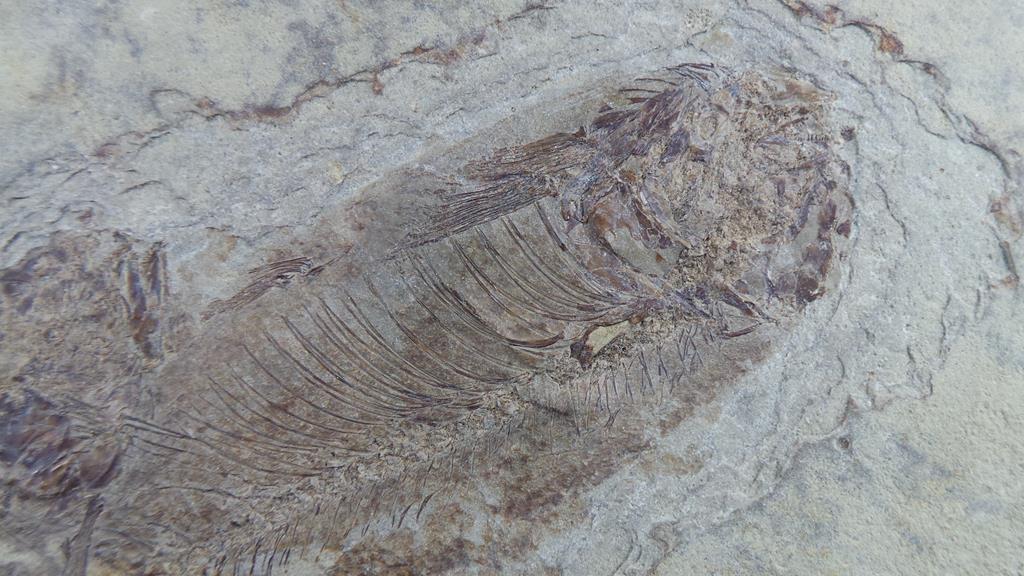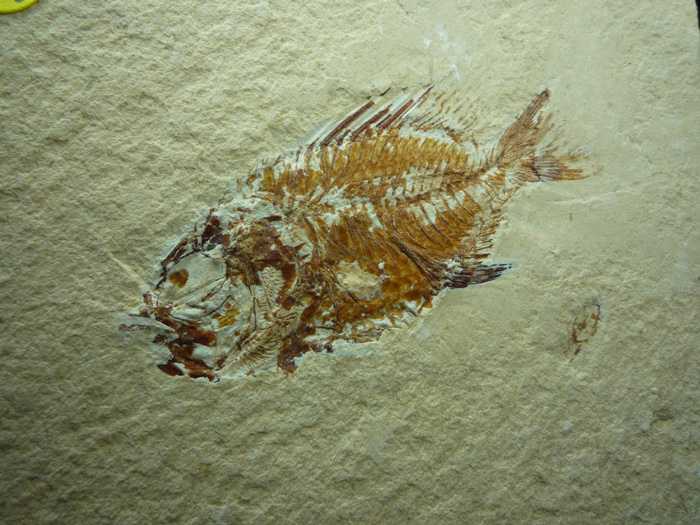
FOSSIL PLANET
Fossils for sale
Fossil Fish

Stichocentrus elegans (GAUDANT,1969) Stichocentrus (PATTERSON,1967)
Reference: P118
Genus - Specie: Stichocentrus elegans (GAUDANT,1969) Stichocentrus (PATTERSON,1967)
Description: fossil fish
Period: Cretaceous
Epoch-Stage-Strata: Upper Cretaceous
Era: Mesozoic
Age: Cenomanian (93-100 million years approx)
Common name: fossil fish
Comments: excellent, complete, all-natural quality, no paint, no restoration or repair, or composite, magnificent conservation, good size, plate measures 78 x 75 x 19 mms fish measures 45 x 21 mm, weight: 194 grams, uncommon , rare and very rare
Location: Mont Liban (Hadjoula) Libano
Price: 179 E
Tharrhias araripis(JORDAN & BRANNER,1908)
Tharrhias araripis(JORDAN & BRANNER,1908)
Reference: P88
Genus - Specie: Tharrhias araripis(JORDAN & BRANNER,1908)
Description: prehistoric fossil fish in nodule
Period: Cretaceous
Epoch-Stage-Strata: Early Cretaceous
Era: Mesozoic
Age: Albian(about 100-113 million years)
Common name: primitive fossil fish, prehistoric fossil fish
Comments: Actinopterygii, Semionotiformes, extint. Fins tail and head intact, complete specimen, large size for the species, genuine, and authentic fossil, completely natural piece, fossilized in nodule, positive and negative mold,no restoration , no repair, no paint, no composite, complete fish , large, measures nodule: 265 x 108 x 80 mm, measures fish : 23 x 49 mm , weight: 3.085 grams, excellent museum quality, prepared by professionals, amazing , collector's choice , rare and uncommon ,from old collection. It is delivered and shipped with authenticity certificate. Worldwide Shipping.
Location: South America
Price: 350 E
Schizorhiza stormeri(WEILER,1930)
Schizorhiza stormeri(WEILER,1930)
Reference: P64
Genus - Specie: Schizorhiza stormeri(WEILER,1930)
Description: fossil sawfish teeth, rostral teeth of fish saw
Period: Cretaceous
Epoch-Stage-Strata: Upper Cretaceous
Era: Mesozoic
Age: Campanian-Maastrichtian (83-66 million years)
Common name: fossil sawfish teeth, rostral teeth of fish saw
Comments: Phylum: Chordata. Class: Chondrichthyes ,Subclass:Elasmobranchii, Superorder: Batoidea, Phylum: Chordata, Family:Sclerorhynchida. Rostral tooth fish stripe, extinct genus, the Schizorhiza presented a similar to the current sword fish bump taking on both sides had placed more than smaller teeth.Schizorhiza is a fossil genus of cartilaginous fishes, containing a single species dated: Schizorhiza stromeri, their fossils are found in rocks dating from the Campanian up to the Maastrichtian is estimated to have lived approximately 83.6 and 66 million years. Schizorhiza fossils have been found in North and Central Africa, Iraq, Italy, Texas and Mexico. S.stormeri was an approximate length of one metre and a half long and is believed to have lived in coastal waters of the Tethys Sea, its habitat were shallow seas or epicontinental (large areas of water but with little depth in the continental shelf). It has come to this conclusion According to the studies of its fauna associated as the cartilaginous fishes Pseudocorax, Scapanorhynchus and Serratolamna and the molluscs Ethmocardium, Cymprimera, Eutrephoceras, Platyceramus vanuxemi, Sphenodiscus and Turritella.
Natural, intact , very well preserved , no restoration, no repair, no glue, no composite, authentic fossil , prepared by profesionals, measures matrix: 150 x 55 x 155 mm , measures teeth width: 75 mm , weigth : 1.169 grams, excellent , museum quality, gorgeous , unique, very rare.
Location: Benguerir-Khouribga(Phosphate Deposits) Morocco
Price: 300 E
Cocodus insignis(PICTET,1850)
Coccodus insignis(PICTET,1850)
Reference: P49
Genus - Specie: Coccodus insignis(PICTET,1850)
Description: teeth crusher fish , chewing fish, fossil fish
Period: Cretaceous
Epoch-Stage-Strata: Upper Cretaceous
Era: Mesozoic
Age: Cenomanian (about 93-100 million years)
Common name: fossil fish , chewing fish, prehistoric fossil fish.
Comments: Order: Pycnodontiformes , Class:Actinopterygii Family:
Coccodontidae , Genus: Cocodus. Extint. Cocodus has a bare body. The back of the head is tightly bound in a sort of armor constituted by the pectoral girdles and continue posteriorly in a large lateral spine. It also has a strong somehow finely indented spine, situated at the back of the skull, but often still not clearly visible because of frequent preservation of the animal in dorsal or ventral view. Coccodus is one of the most desired fish and sought by collectors for its extraordinary morphology, originality and archaic and primitive appearance. Unlike the other genera for its extraordinary armored head to the rest of the fish found in the deposits, the Cenomanian of Lebanon is one of the scarcest and in particular this specimen is unique because both parts are conserved and for the exceptional state of conservation . Coming from the legendary deposits of the Cenomanian of Lebanon, some of the richest and most important in the world, their pieces are highly valued for the complete variety of fish fossils found with great quality, detail and conservation. In addition to fish, other invertebrates and plants have been located in this extraordinarily preserved formation, along with Green River and Monte Bolca are the most important in the world. Genuine and original authentic fossil, fossil fish, plate prepared and cut by professionals in the quarry of origin, completely natural piece, no restoration , no repair, no paint, no glue, complete fish, extraordinary piece of museum with the two parts: with the positive and negative mold, measures plates: 164 x 125 x 15 mm and 164 x 120 x 10 mm, measures fish : 110 mm ( long ), weight: 1.280 grams, excellent museum quality, very rare , collector's choice , gorgeous. Difficult. Museum quality. It is delivered and shipped with authenticity certificate. Black and White photo : François Jules Pictet de la Rive (1809–1872), Swiss Paleontologist and zoologist, author who classified the genus and species.
Location: Hgula (Byblos) Lebanon
Price: 600 E
Onchopristis numidus(HAUG,1905)Gigantichthys numidus(HAUG,1905)
Onchopristis numidus(HAUG,1905) Gigantichthys numidus(HAUG,1905)
Reference: P40
Genus - Specie: Onchopristis numidus(HAUG,1905)Gigantichthys numidus(HAUG,1905)
Description: fossil fish, giant sawfish, carnivorous
Period: Cretaceous
Epoch-Stage-Strata: Upper Cretaceous
Era: Mesozoic
Age: Cenomanian(about 93-100 million years)
Common name: giant sawfish
Comments: Genus: Onchopristis(STROMER, 1917), Phylum: Chordata, Class: Chondrichthyes, Order: Sclerorhynchiformes, Suborder: Sclerorhynchoidei, Family: Sclerorhynchidae. Extinct genus. The Onchopristis is a close relative of the current sawfish, but with a much larger size and span. His diet was formed by fish that he hunted with the saw and that he crushed with his sharp teeth. It was one of the favorite prey of the giant Spinosaurus, with which it is often believed that they had fierce encounters for being the favorite food of this giant who also possessed powerful defense weapons like his mountain range to defend himself, although that did not help him much. Complete tooth, prepared by professionals in the fields of origin, free of matrix , very well preserved , minimal restoration, original fossil , authentic , no fake, large size, measures tooth : 80 x 40 mm and 74 x 31 mm, total weight: 97 grams , nice brown color, selected and chosen from among many specimens, presented in display box , excellent museum quality, Great value for the price. It is delivered and shipped with authenticity certificate. Worldwhide shipping
.
Location: Hammada-Du-Draa(
Morocco)
Price: 75 E
Lycoptera sp. (Müller,1847) 戴氏狼鰭魚 Prolebias(Sauvage,1880)
Lycoptera sp. (Müller,1847) 戴氏狼鰭魚 Prolebias(Sauvage,1880)
Lycoptera sp. (Müller,1847) 戴氏狼鰭魚
Prolebias(Sauvage,1880)
Reference: P22
Genus - Specie: Lycoptera sp. (Müller,1847) 戴氏狼鰭魚
Prolebias(Sauvage,1880)
Description: fossil fish, ray-finned fish, prehistoric fossil fish
Period: Jurassic
Epoch-Stage-Strata: Late Jurassic
Era: Mesozoic
Age: (about 150 million years)
Common name: fossil fish, ray-finned fish, prehistoric fossil fish
Comments: Phylum: Chordata, Class: Actinopterygii, Superorder: Osteoglossomorpha, Order: Lycopteriformes , Family: Lycopteridae, Genus: Lycoptera. Extint. The more than fifteen species dating from Lycoptera correspond to small freshwater fish. The majority of species were based on their diet, tiny organisms and plankton and were endowed with numerous tiny teeth. From the legendary deposits of the Jurassic and Cretaceous of Liaoning in China recognized worldwide for the complete variety of fish fossils found with great quality, detail and conservation. Fins tail and head intact, complete specimen, large size for the species, genuine, and authentic fossil, completely natural piece, no restoration , no repair, no paint, no composite, two complete fishes, extraordinary two complete specimens fossilized on the same plate and remains of another individual with almost complete spine, , large, measures plate-slab: 153 x 250 x 7 mm, measures fishes : 75 x 22 mm and 80 x 31 mm, weight: 351 grams, excellent museum quality, prepared by professionals, presented in a collection stand, collector's choice , more scarce than other more common species of Lycoptera, from old collection. It is delivered and shipped with authenticity certificate.
Location: Yixian Formation,(The Jehol Biota), Liaoning province(China)
Price: 90 E
Lycoptera davidi, Prolevias davidi (H.E.SAUVAGE,1880) Lycoptera(Müller,1847) 戴氏狼鰭魚
Lycoptera davidi, Prolevias davidi (H.E.SAUVAGE,1880)Lycoptera(Müller,1847) 戴氏狼鰭魚
Reference: P3
Genus - Specie: Lycoptera davidi, Prolevias davidi (H.E.SAUVAGE,1880)
Lycoptera(Müller,1847) 戴氏狼鰭魚
Description: fossil fish, ray-finned fish, prehistoric fossil fish
Period: Jurassic
Epoch-Stage-Strata: Late Jurassic
Era: Mesozoic
Age: (about 150 million years)
Common name: fossil fish, ray-finned fish, prehistoric fossil fish
Comments: Phylum: Chordata, Class: Actinopterygii, Superorder: Osteoglossomorpha, Order: Lycopteriformes , Family: Lycopteridae, Genus: Lycoptera. Extint. The more than fifteen species dating from Lycoptera correspond to small freshwater fish. The majority of species were based on their diet, tiny organisms and plankton and were endowed with numerous tiny teeth. From the legendary deposits of the Jurassic and Cretaceous of Liaoning in China recognized worldwide for the complete variety of fish fossils found with great quality, detail and conservation. Fins tail and head intact, complete specimens, large size for the species, genuine, and authentic fossil, completely natural piece, no restoration , no repair, no paint, no composite, complete fishes , large, rare two copies superimposed one on top of the other, measures plate-slab: 195 x 154 x 4 mm, measures fishes : 80 mm ( long ) x 25 mm, weight: 315 grams, excellent museum quality, prepared by professionals, presented in a collection stand, collector's choice , from old collection. It is delivered and shipped with authenticity certificate.
Location: Yixian Formation,(The Jehol Biota), Liaoning province(China)
Price: 160 E
2018 FOSSIL PLANET ©
